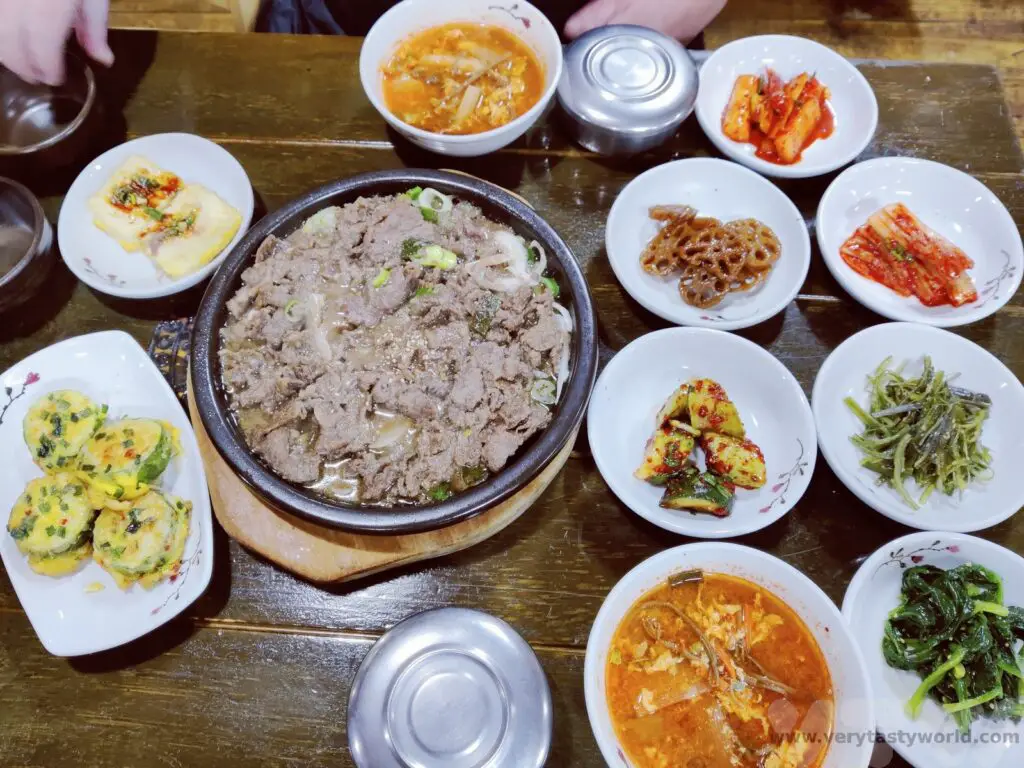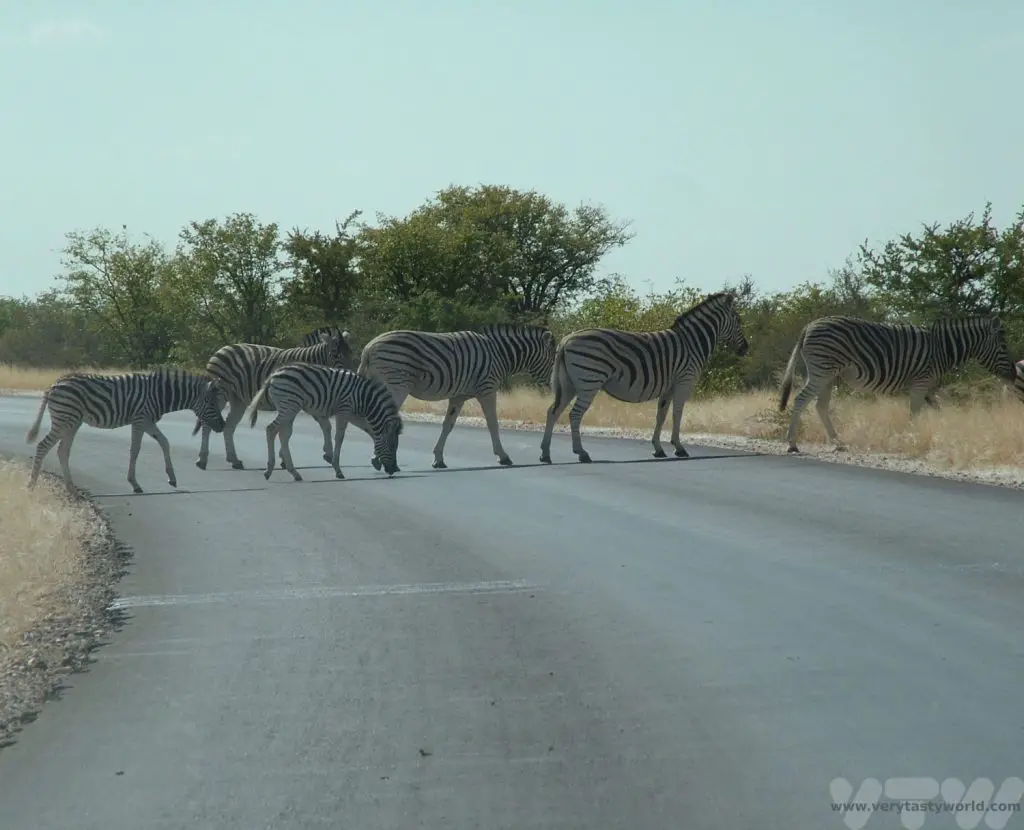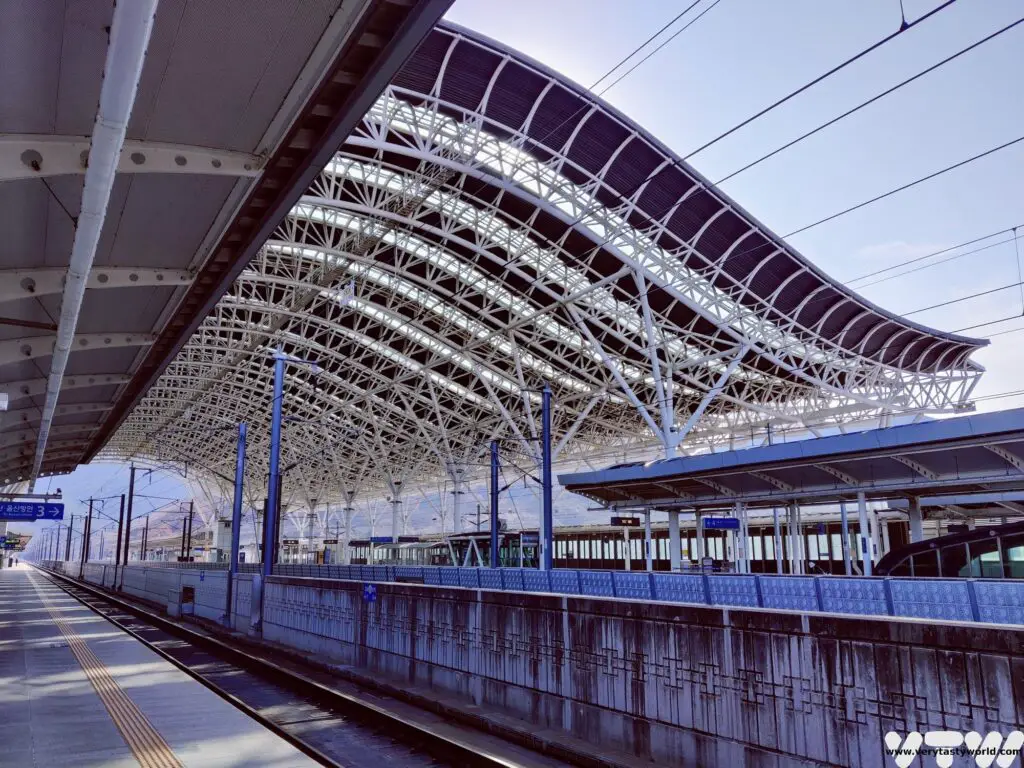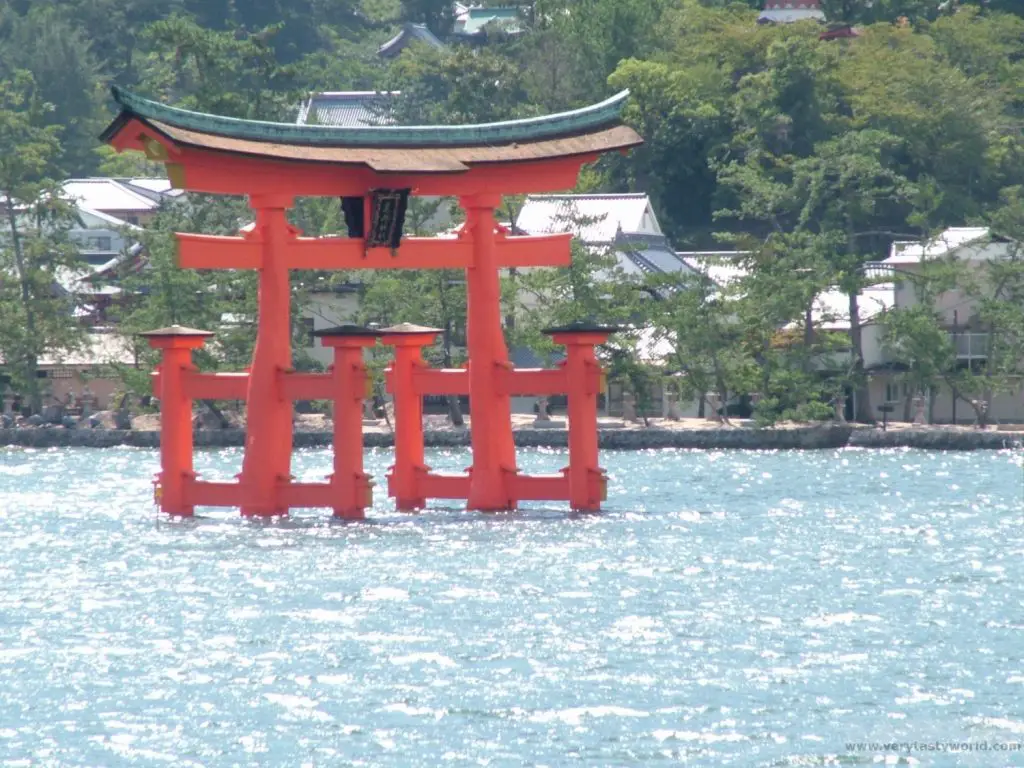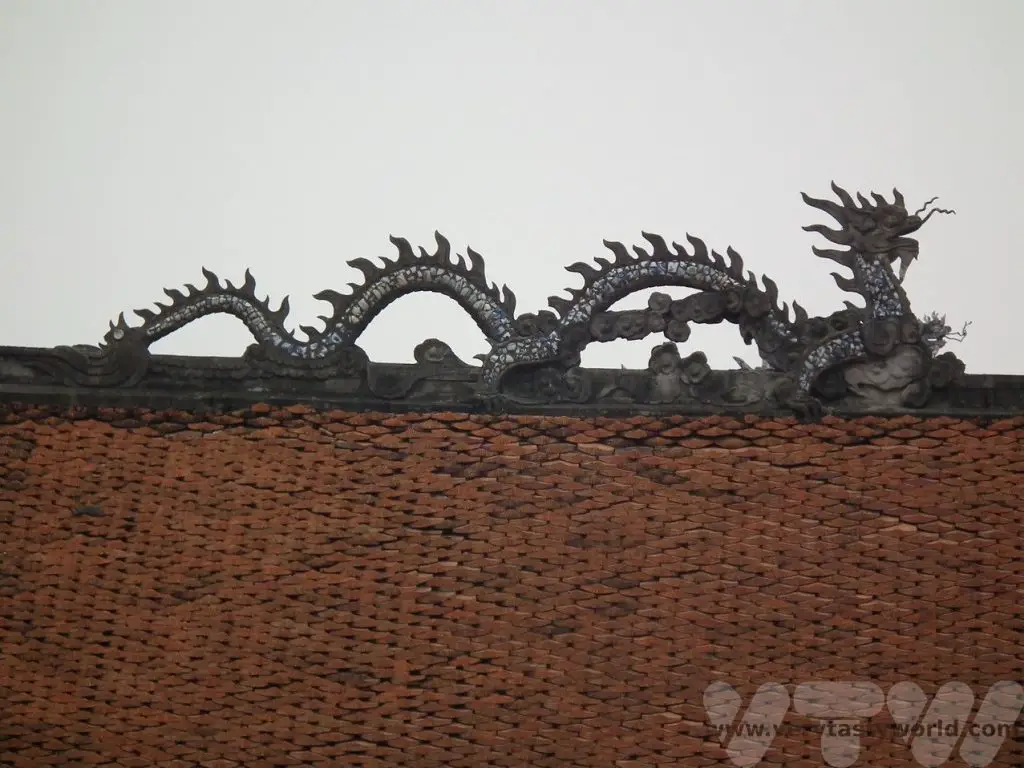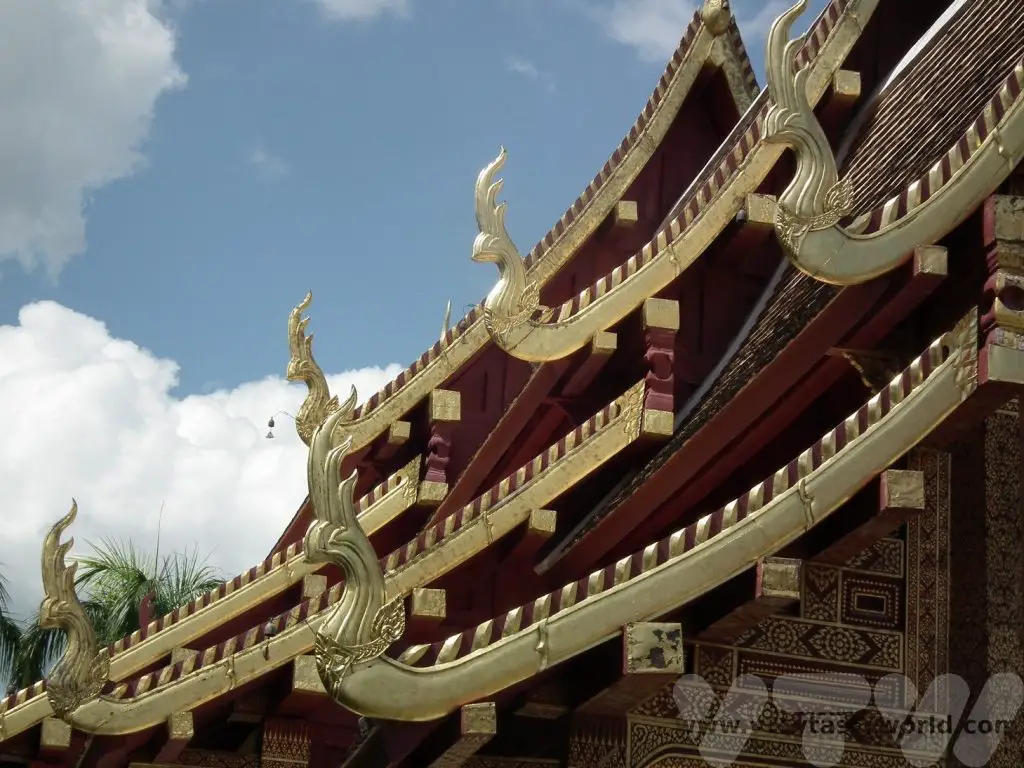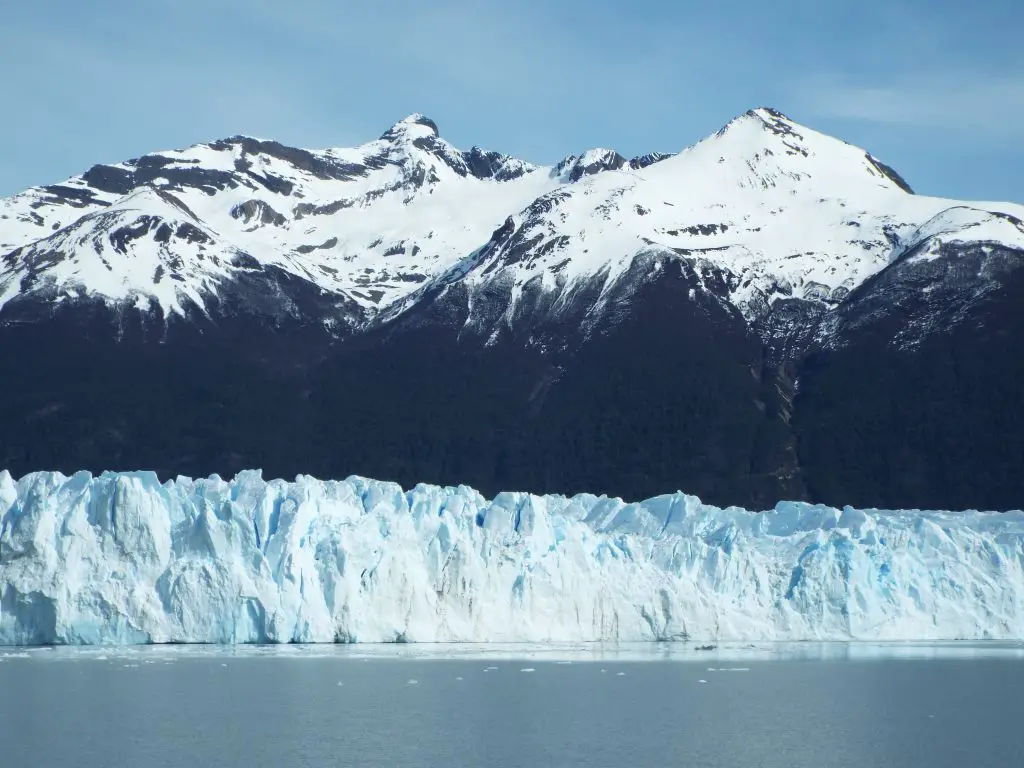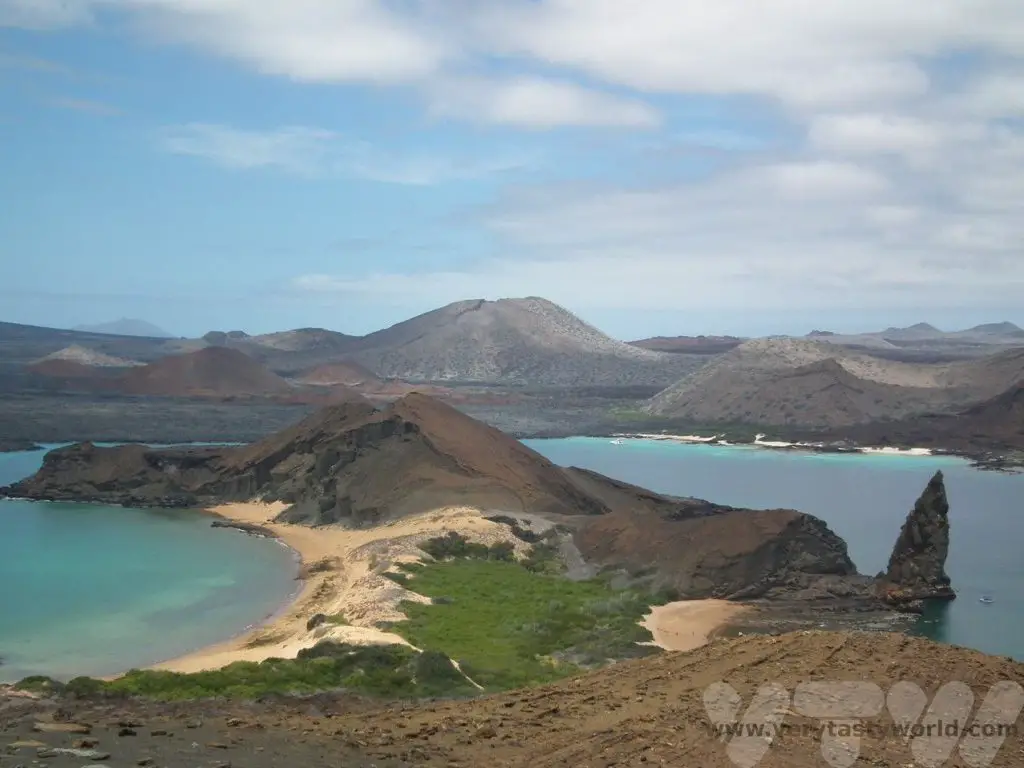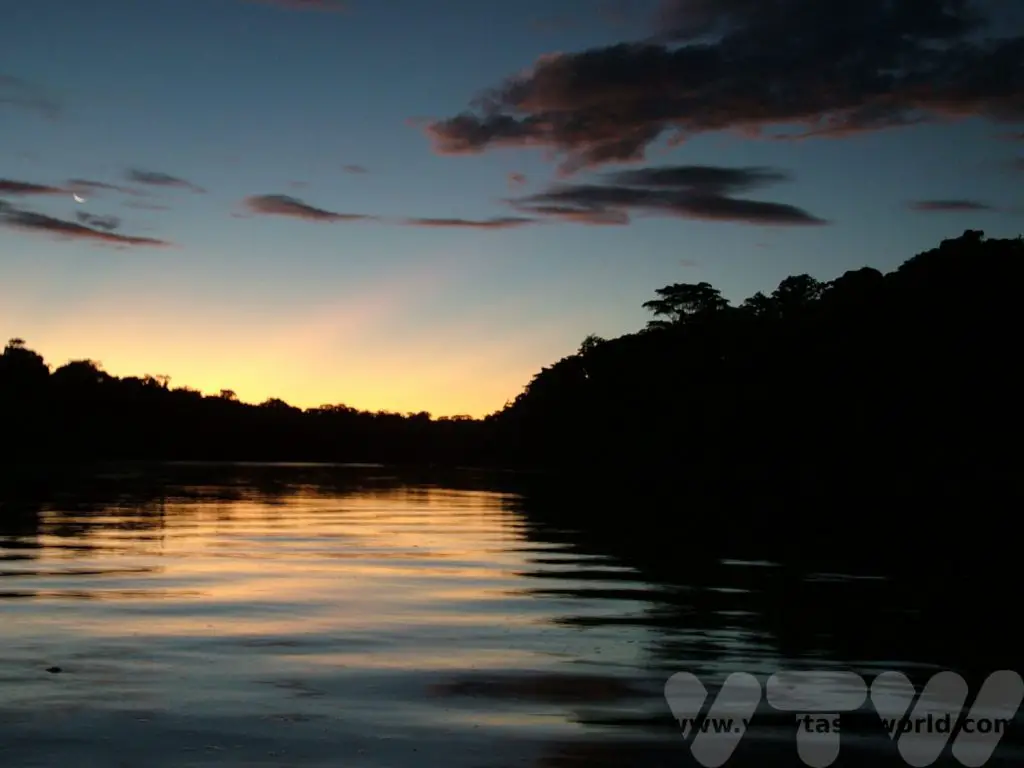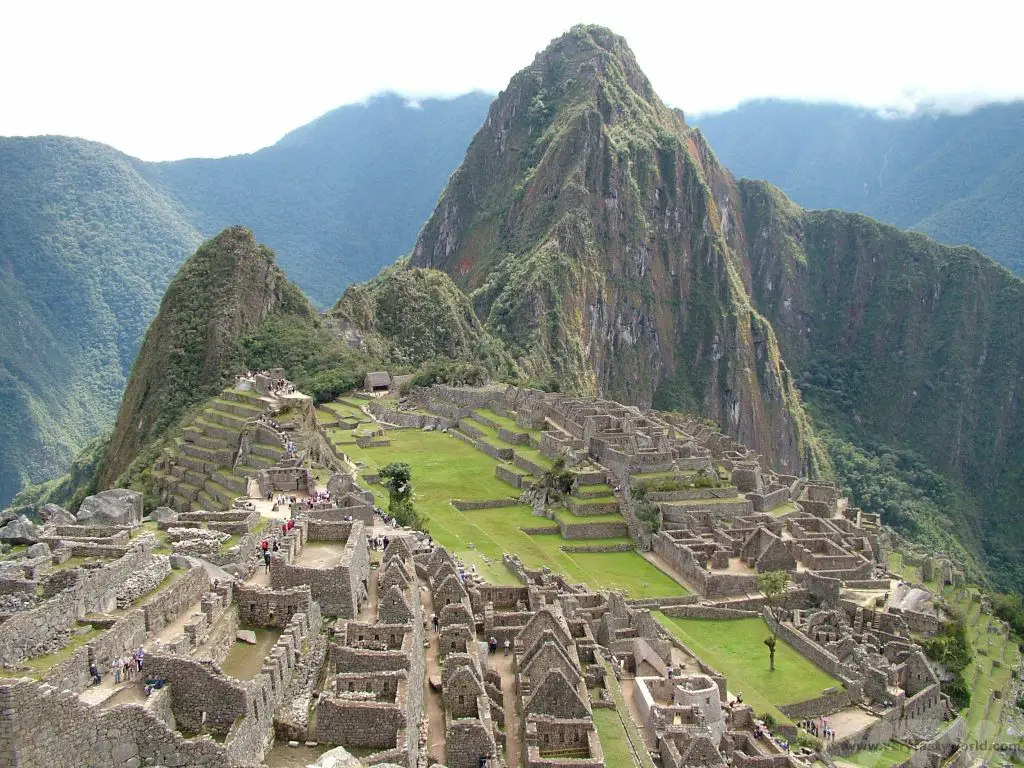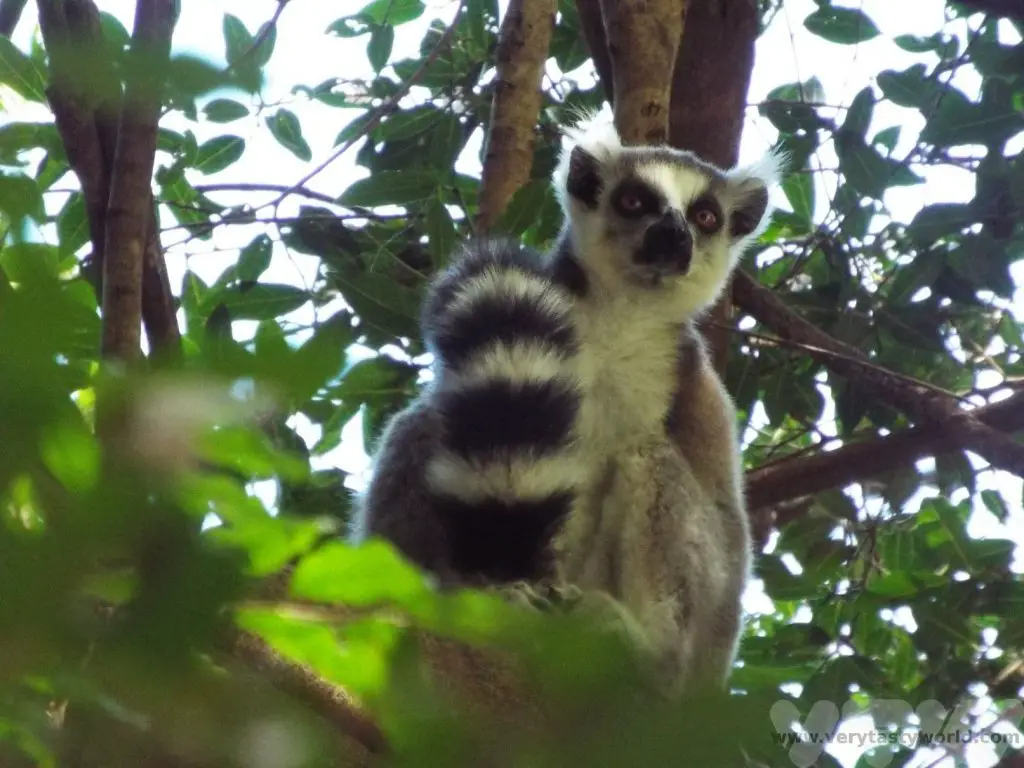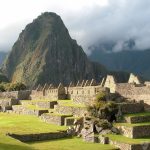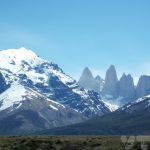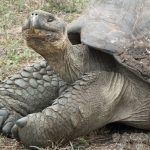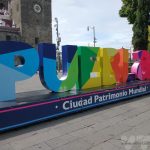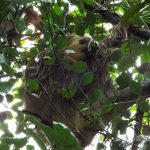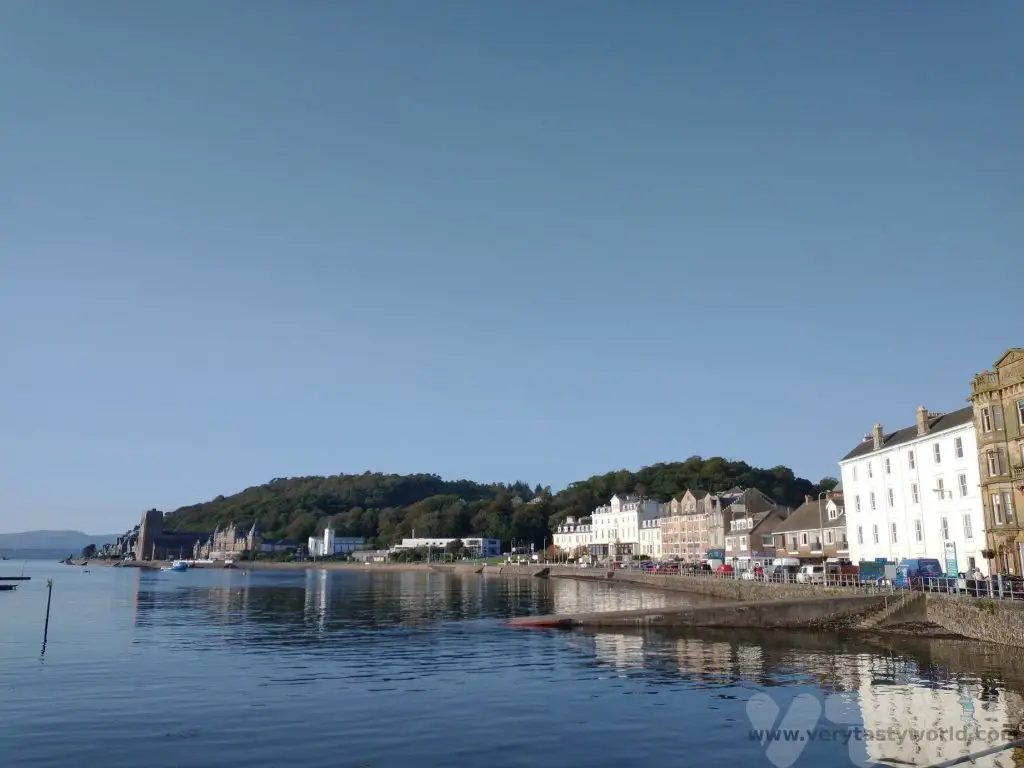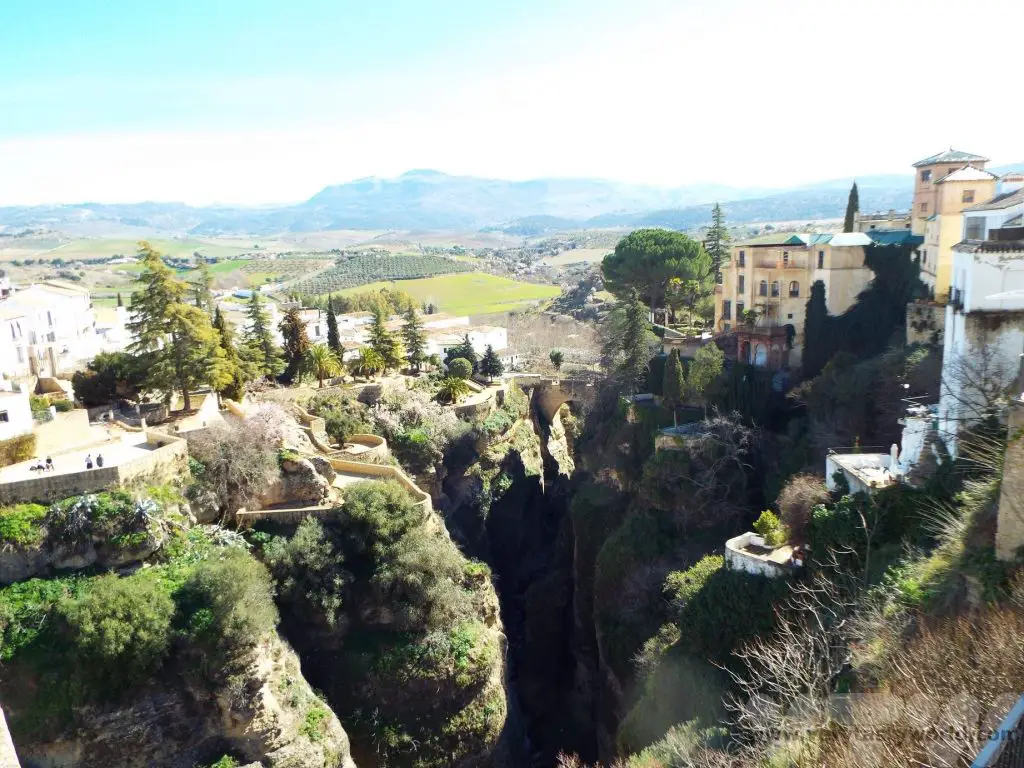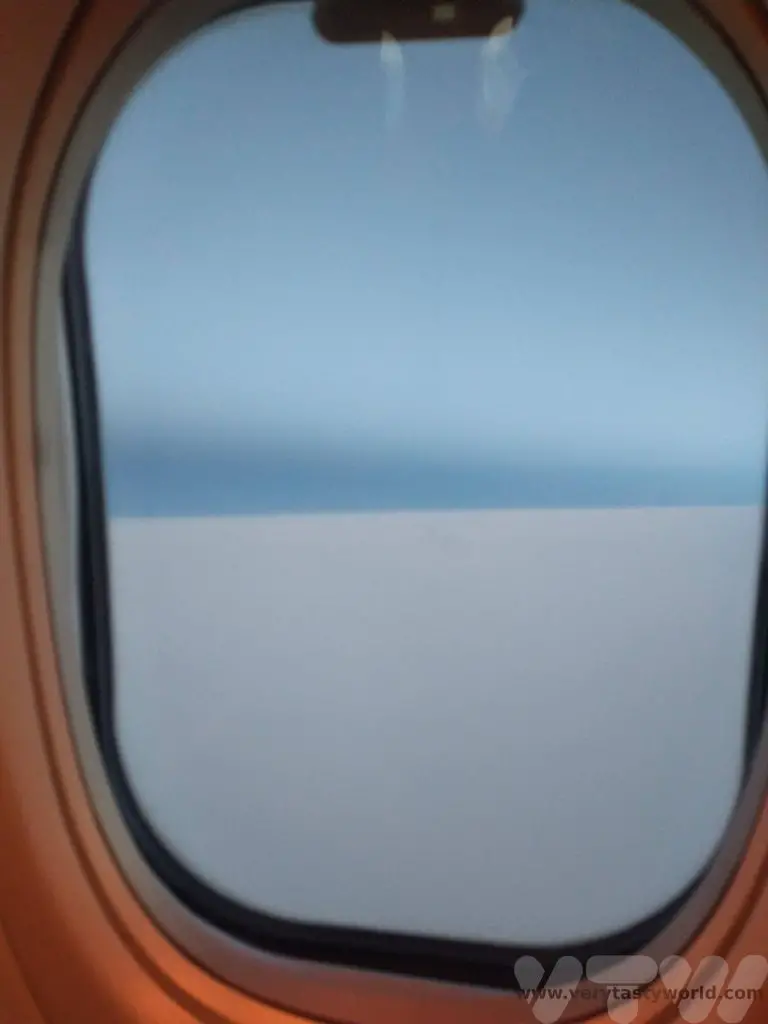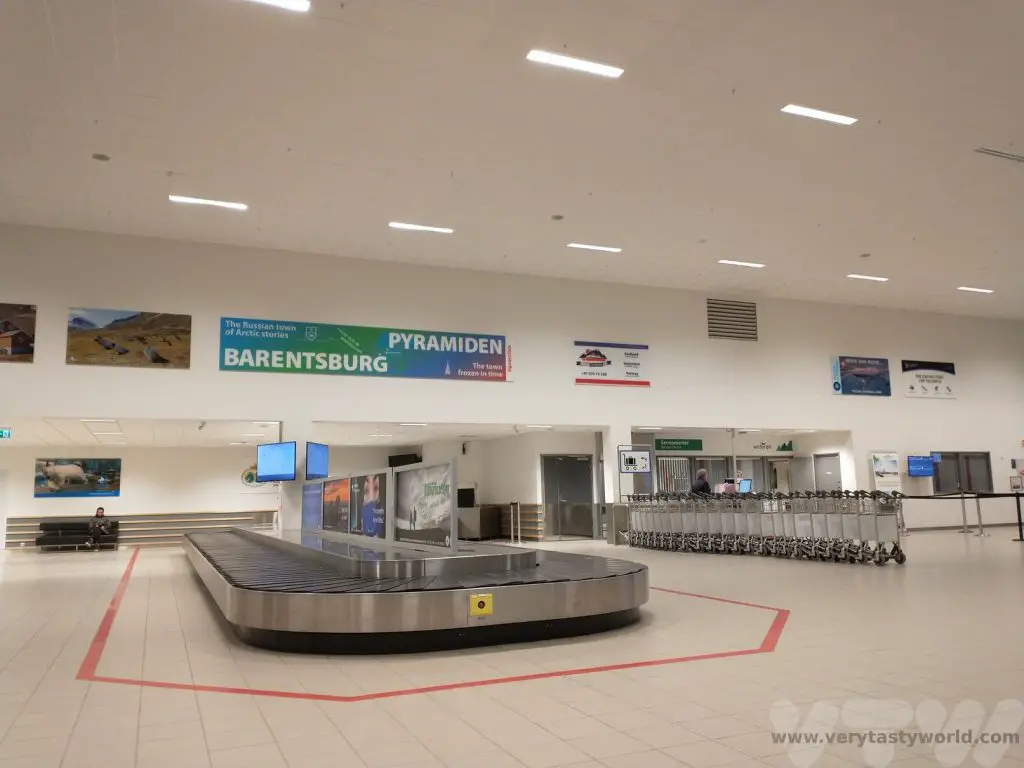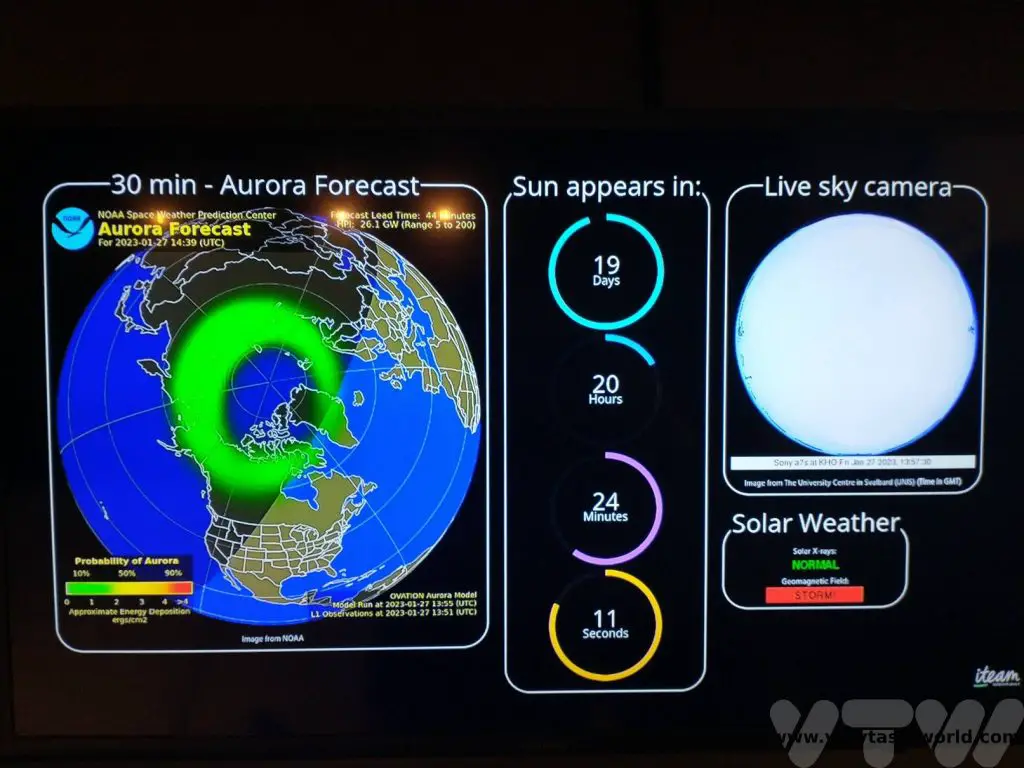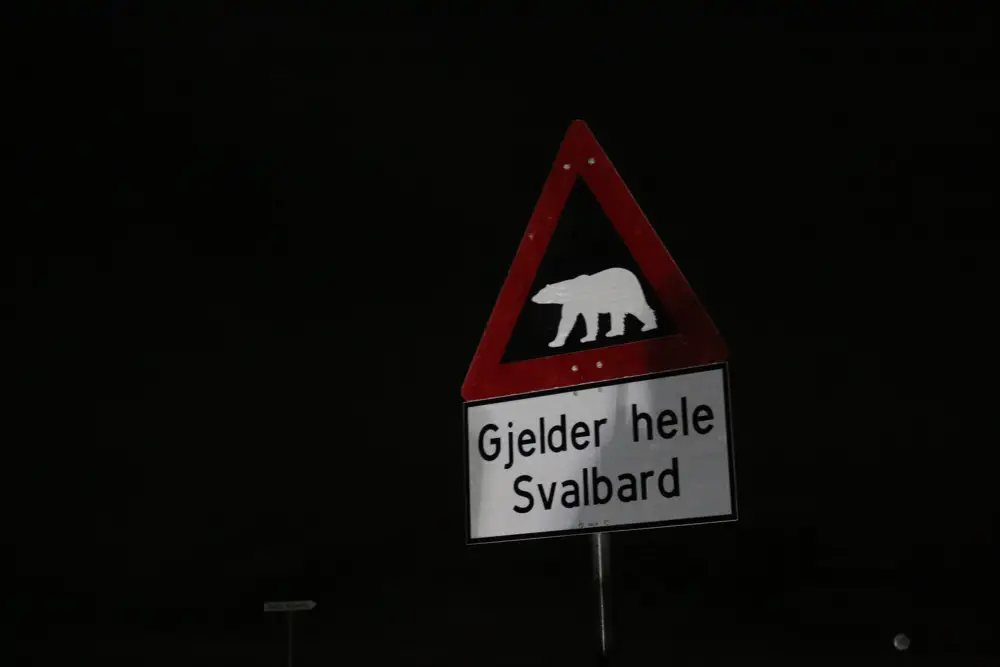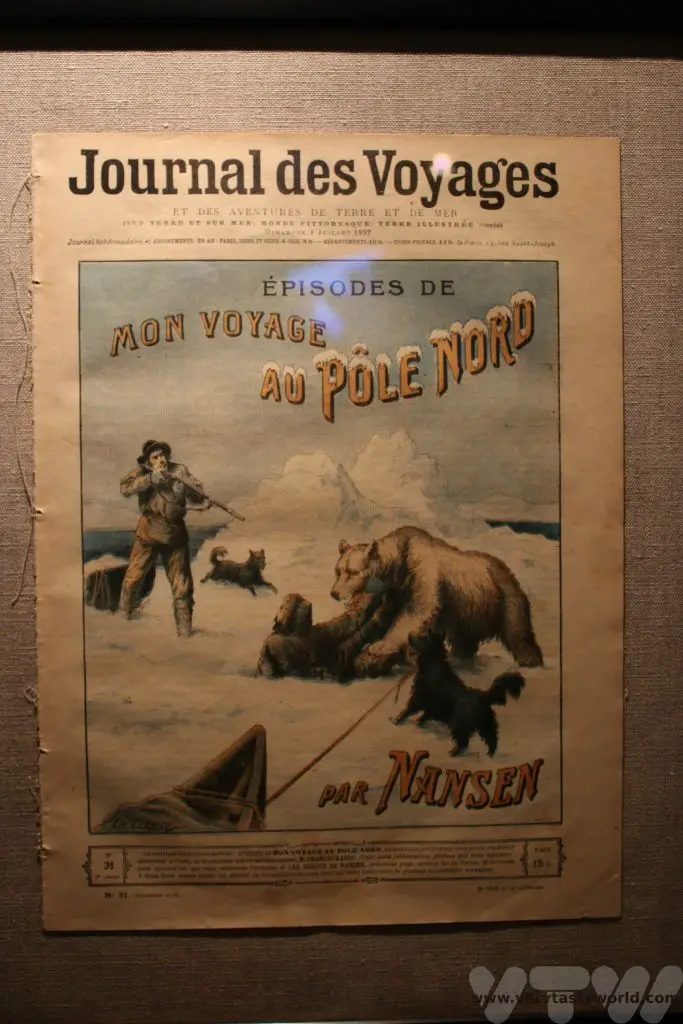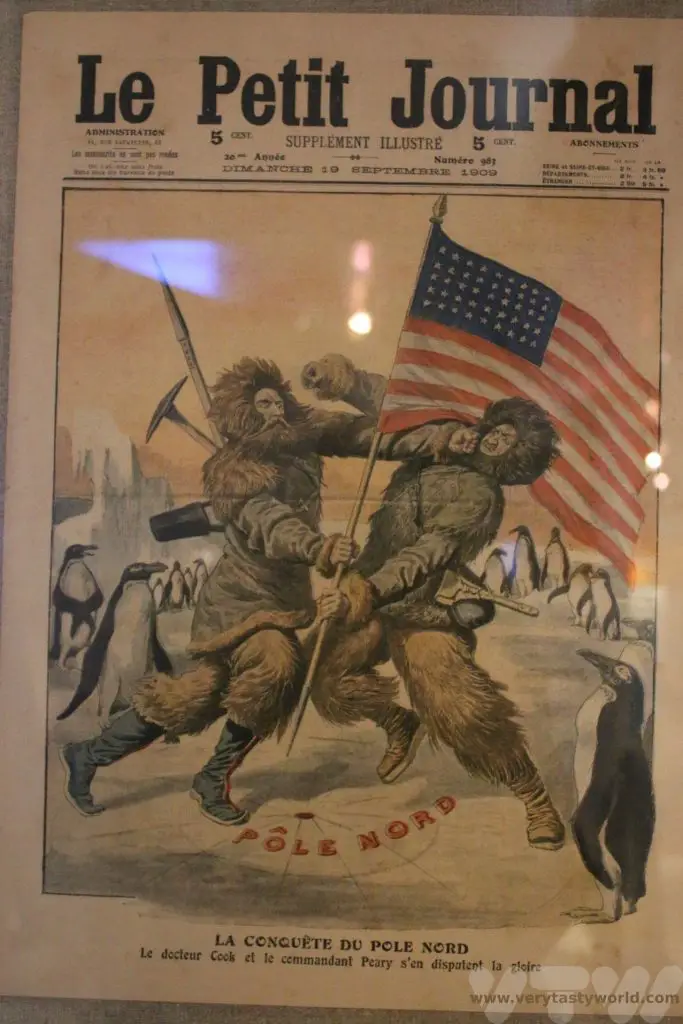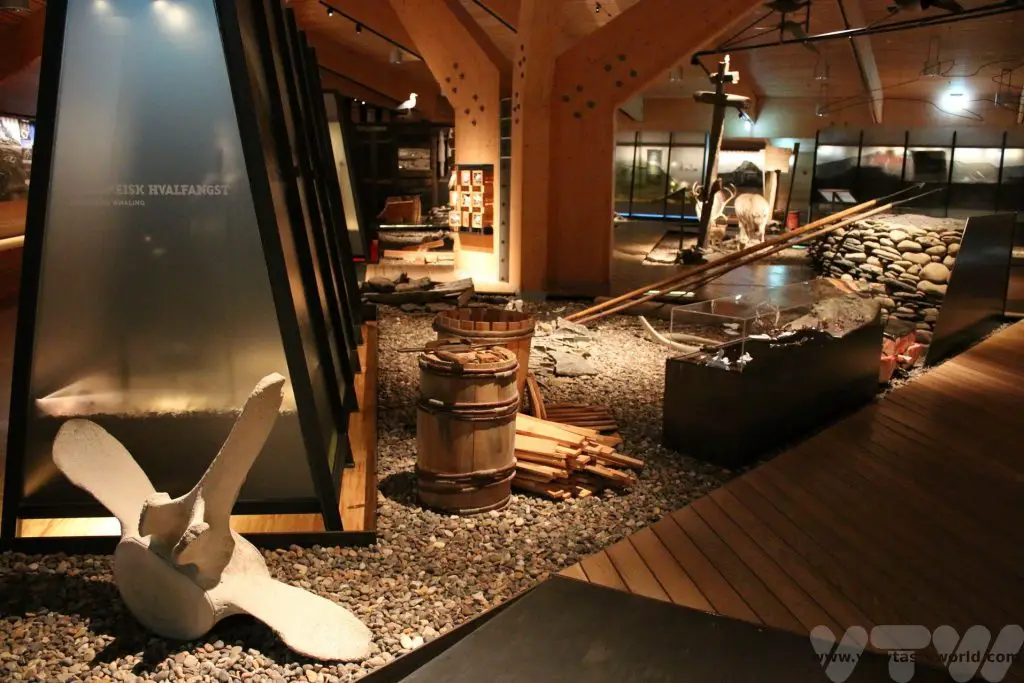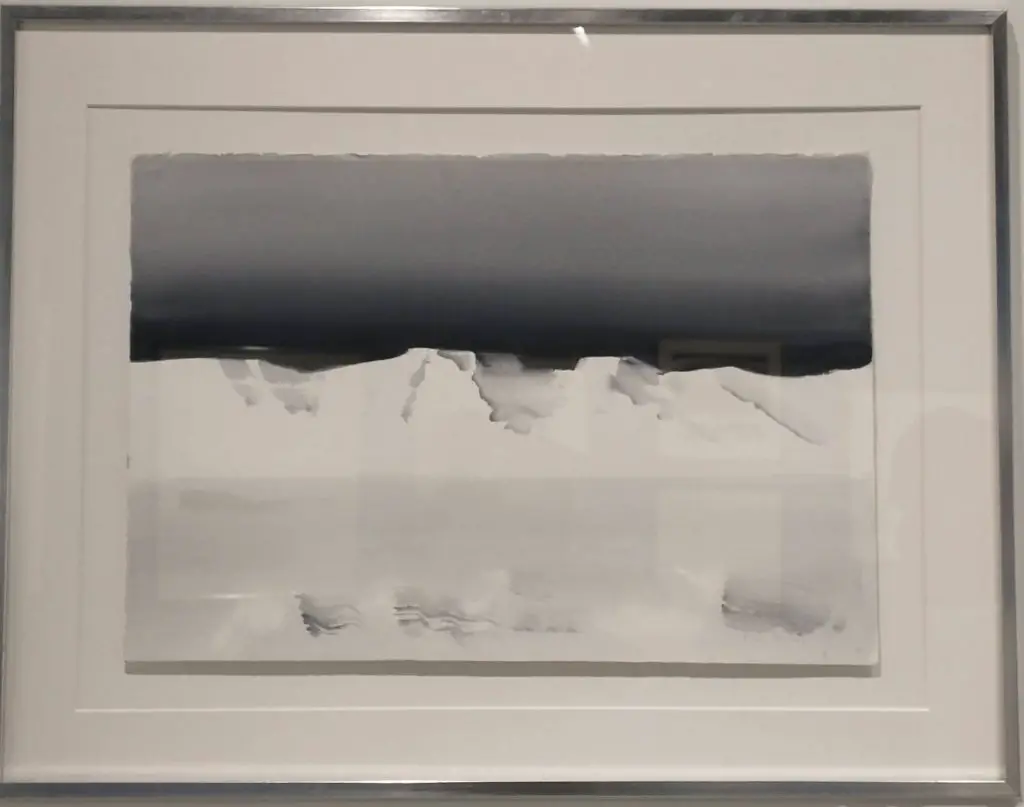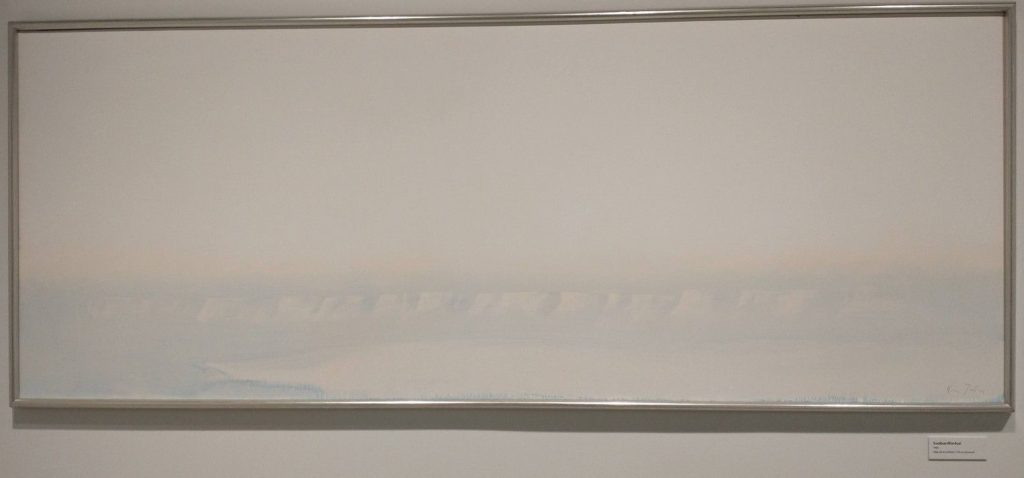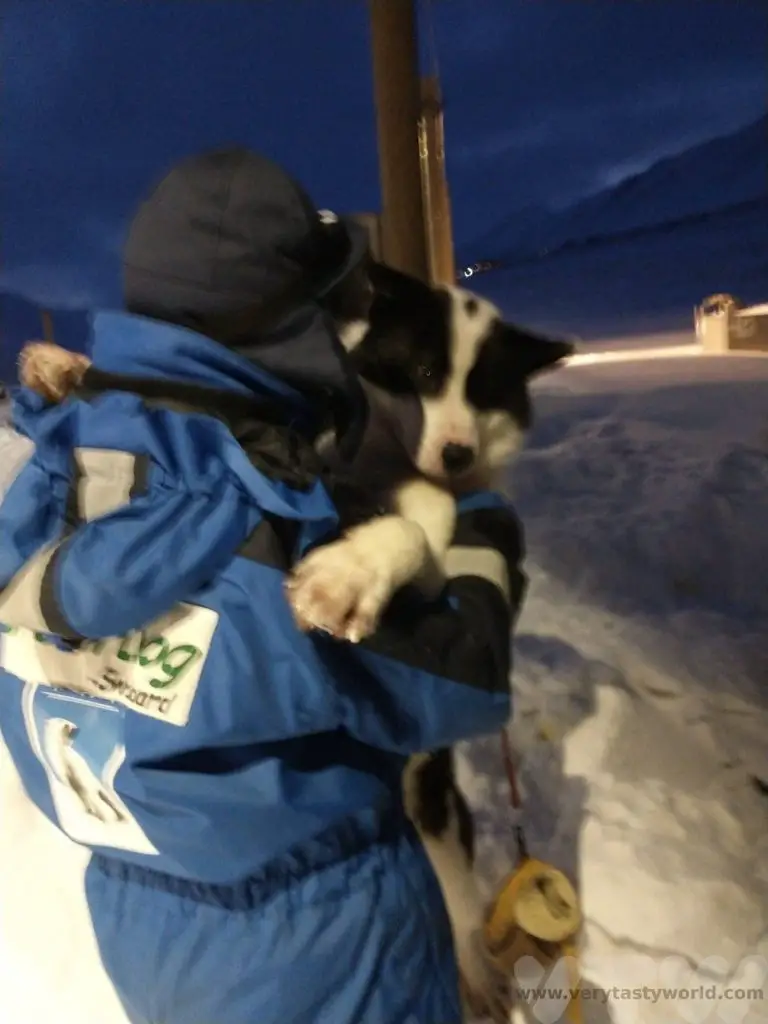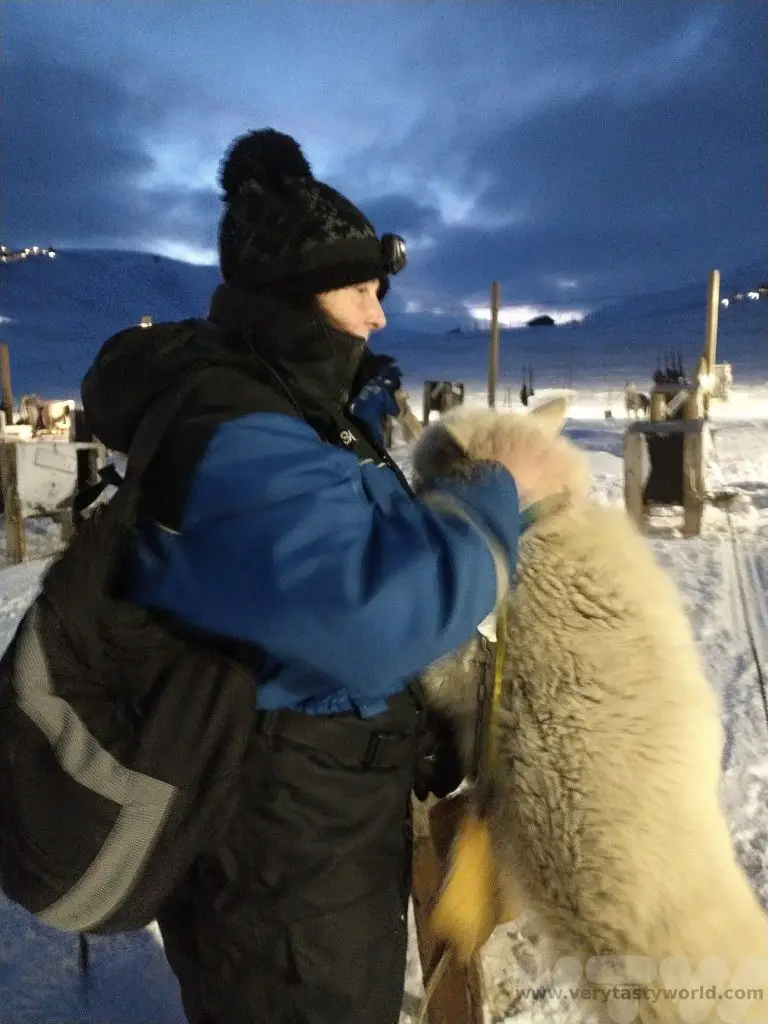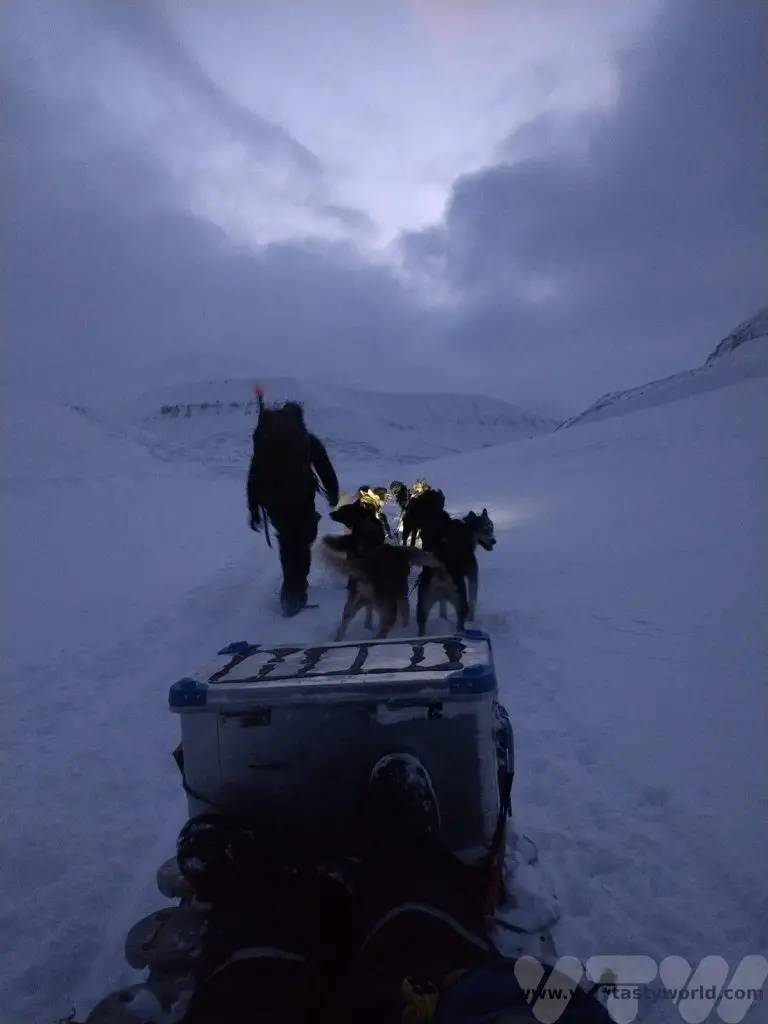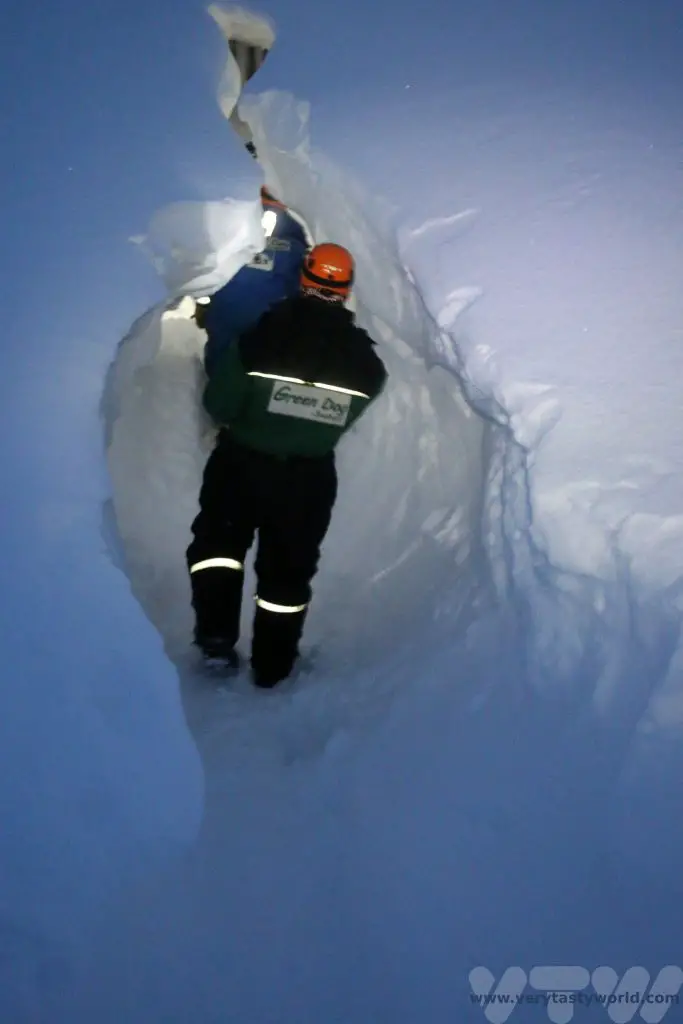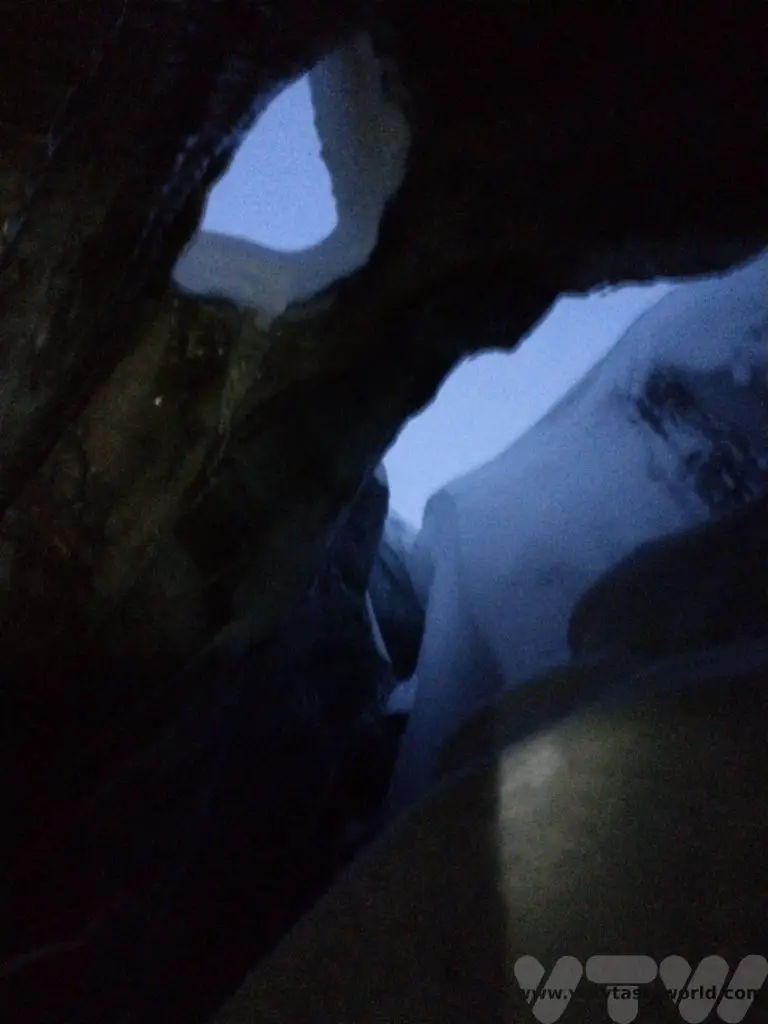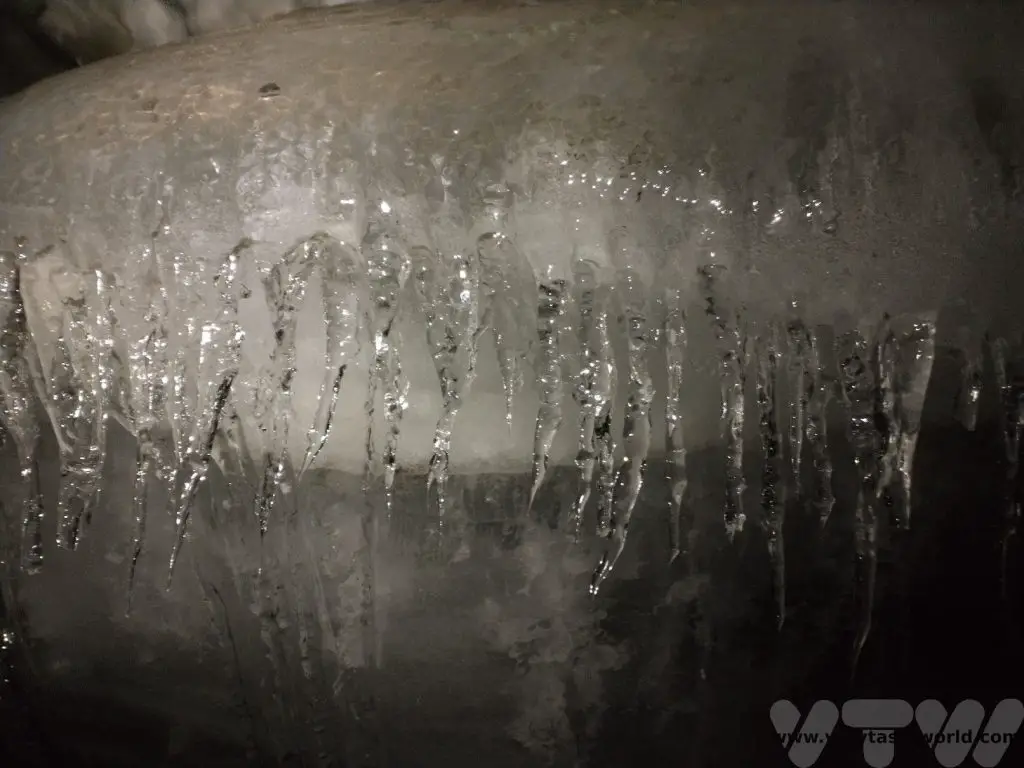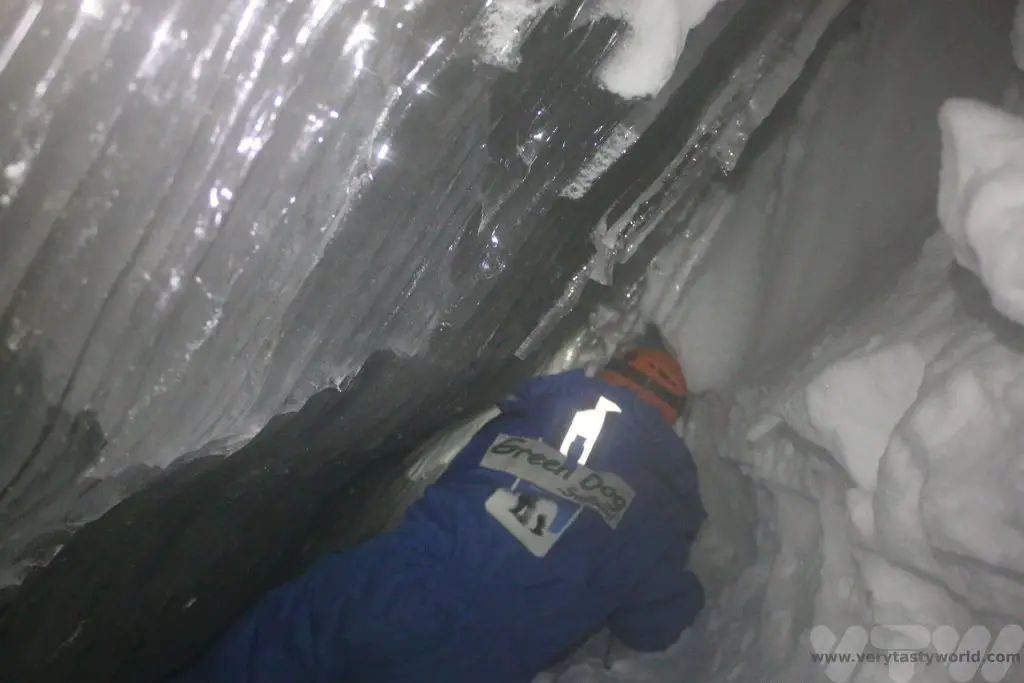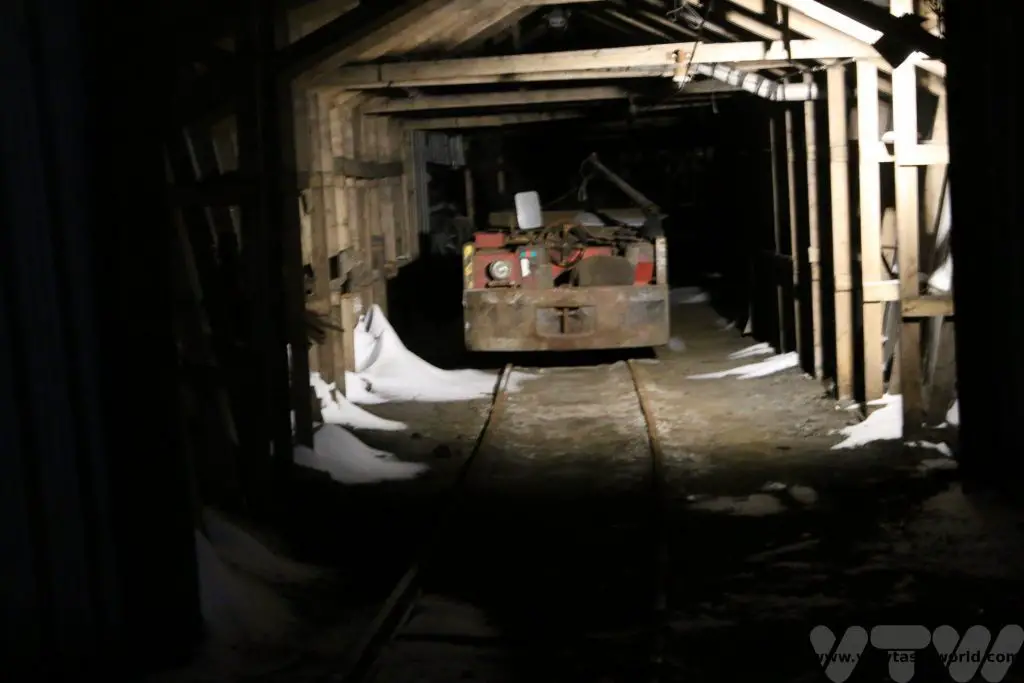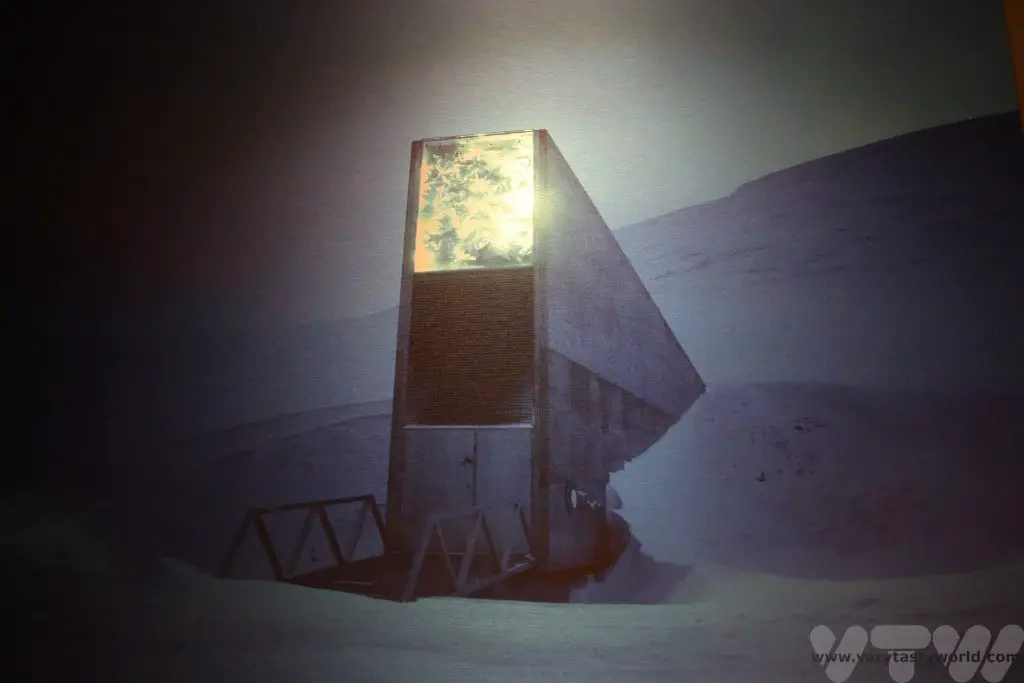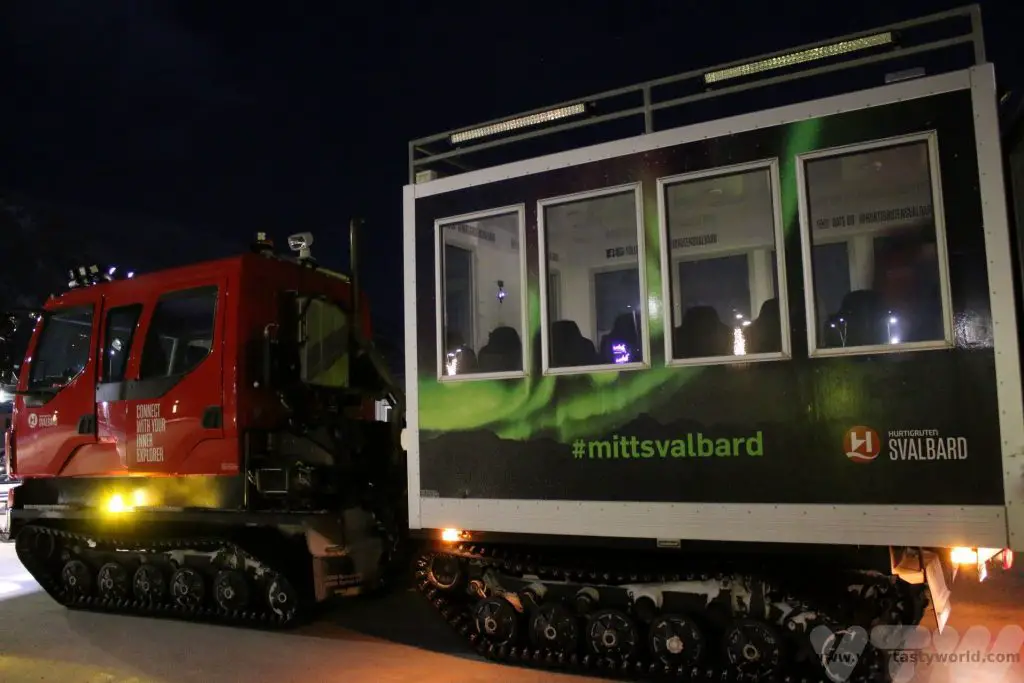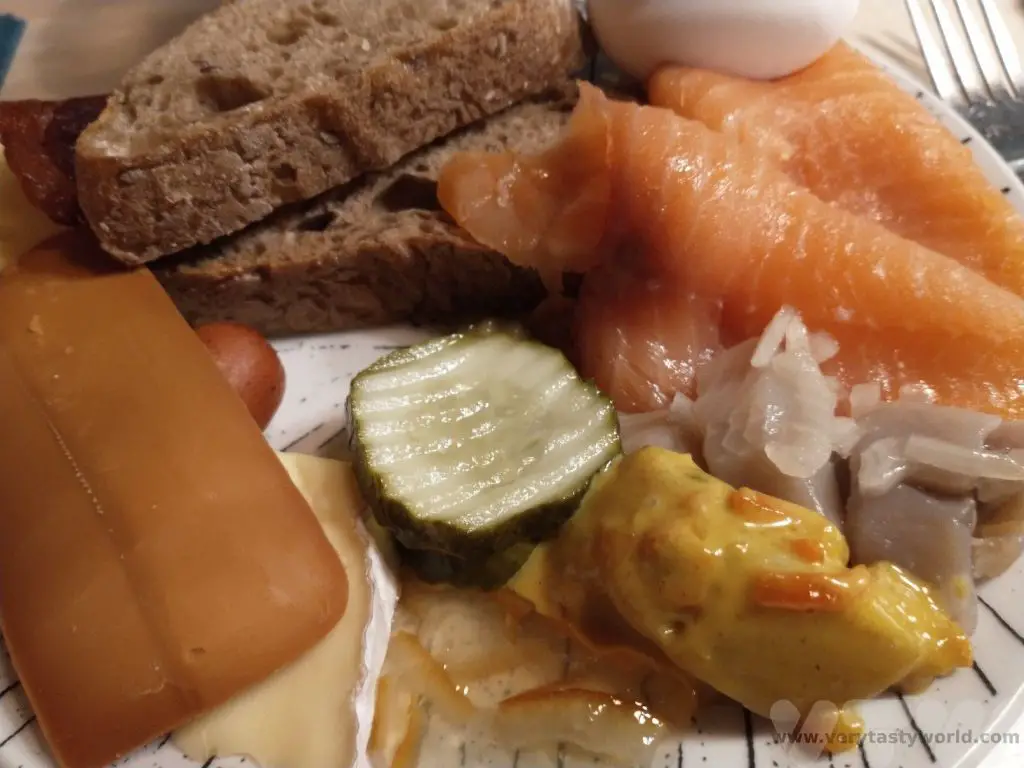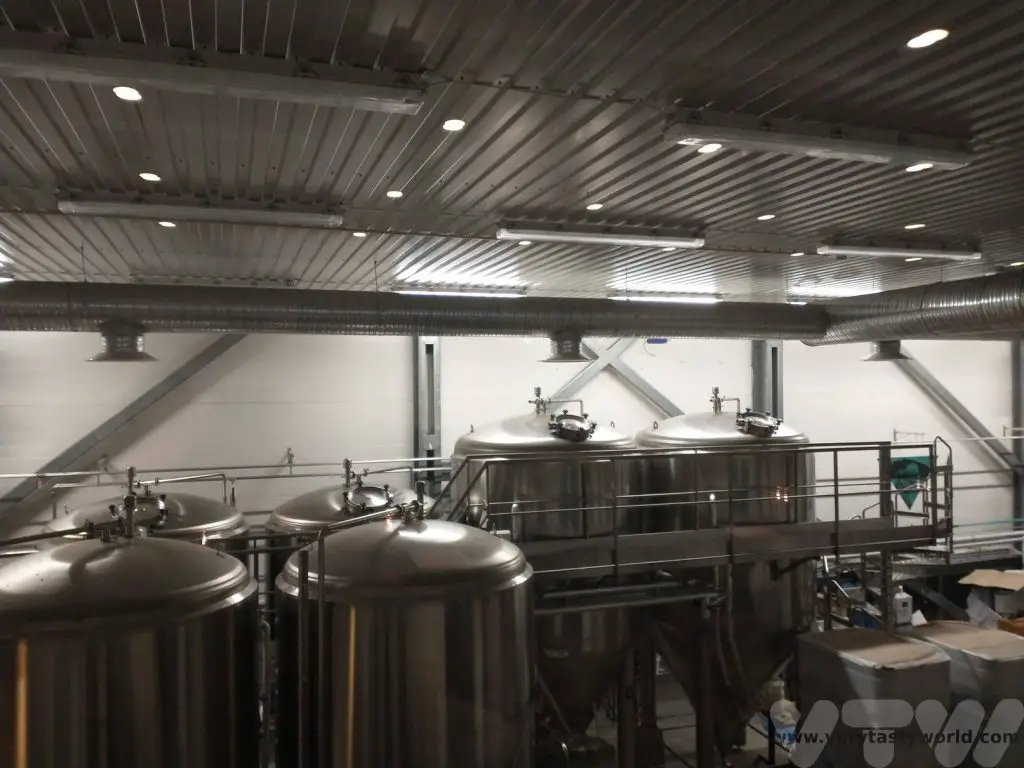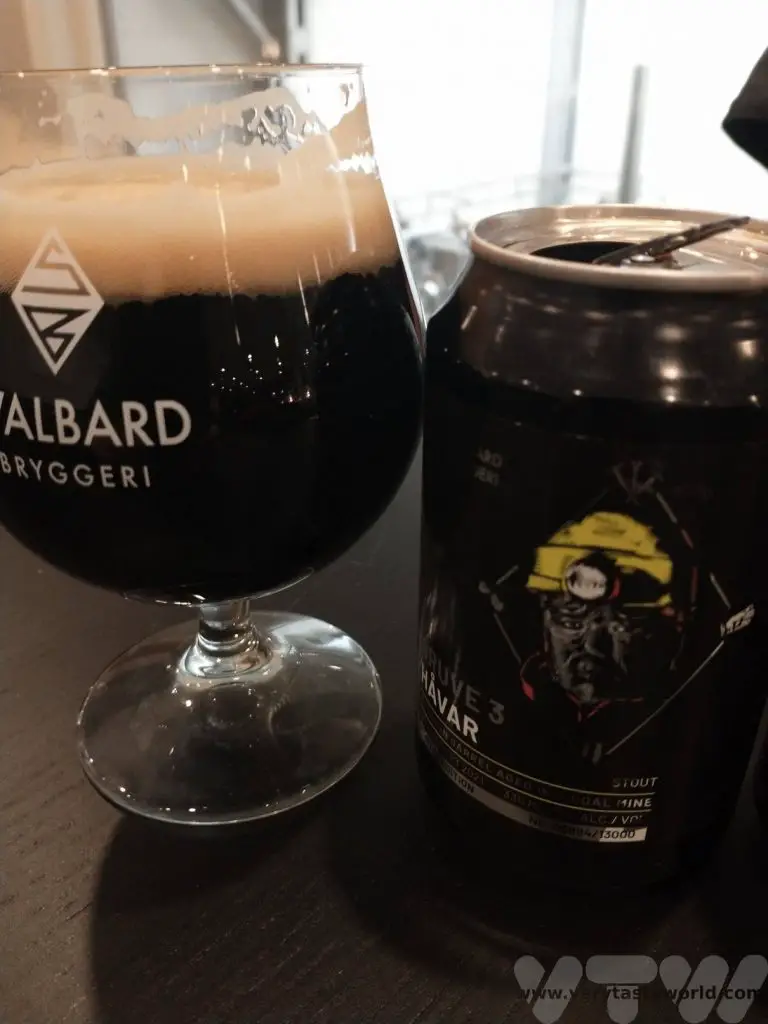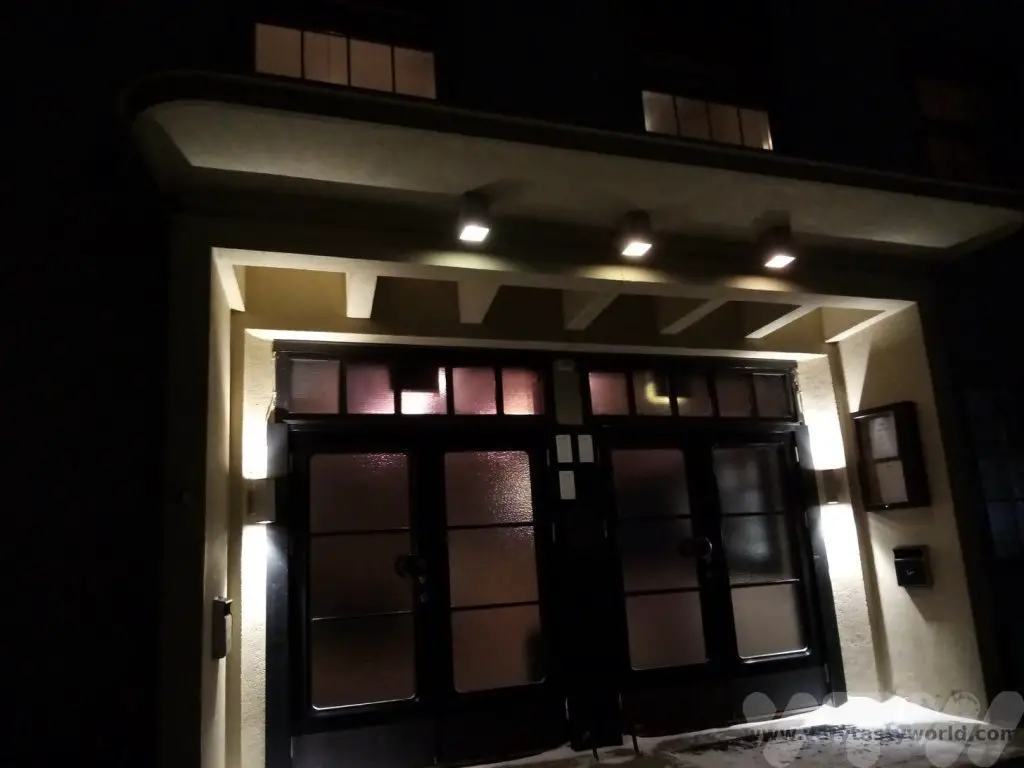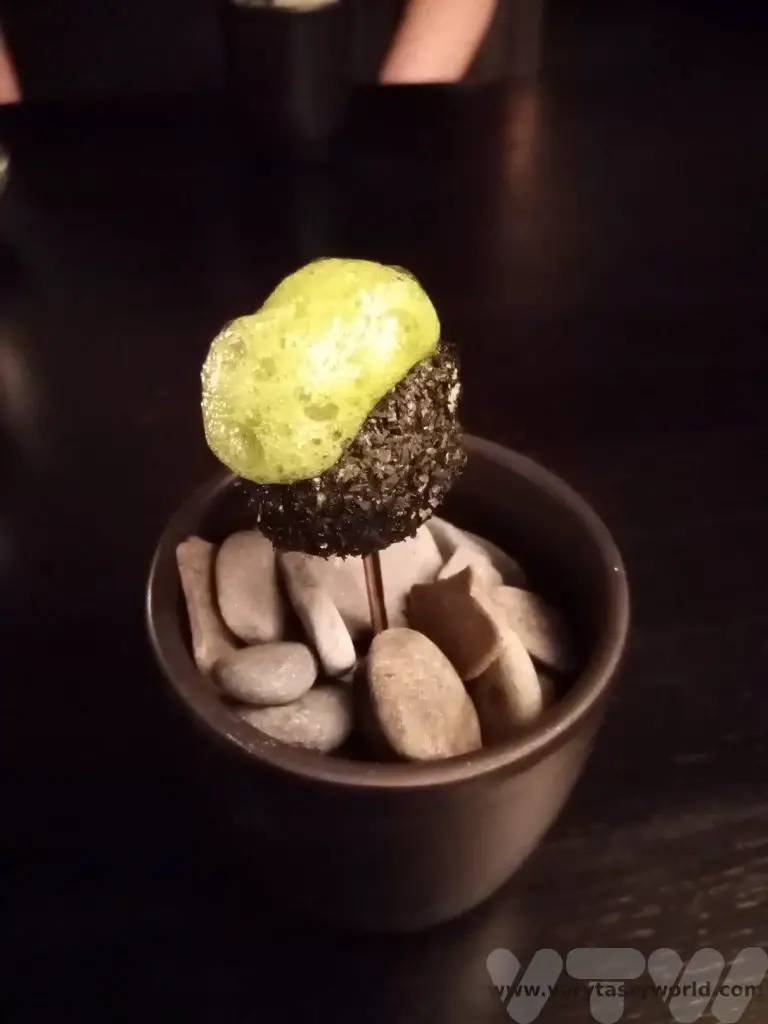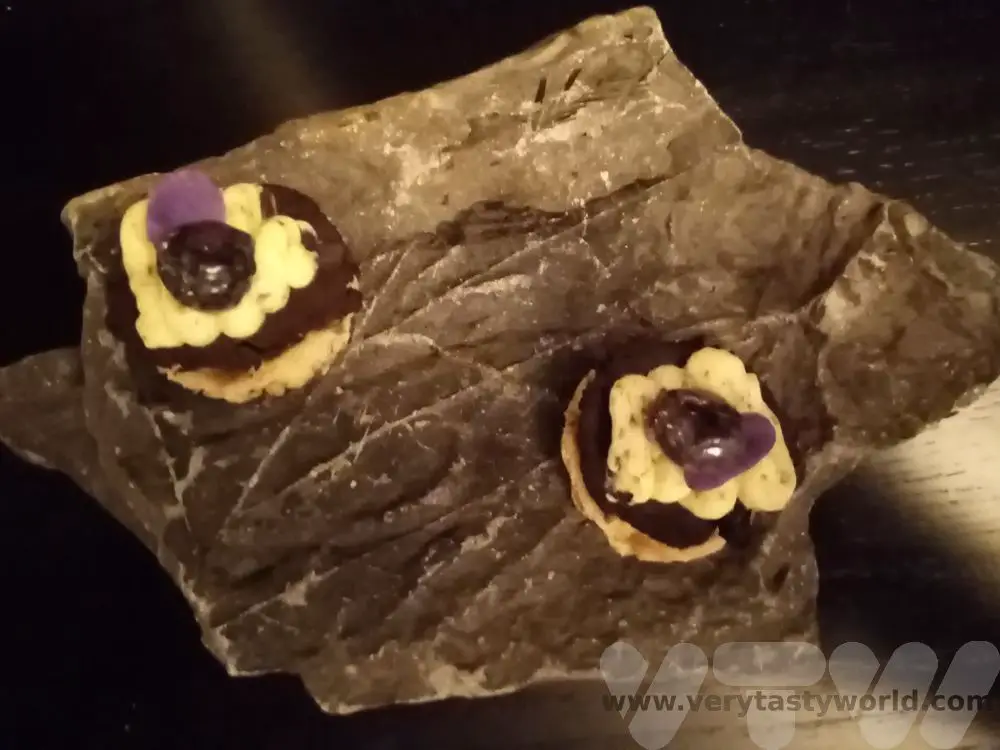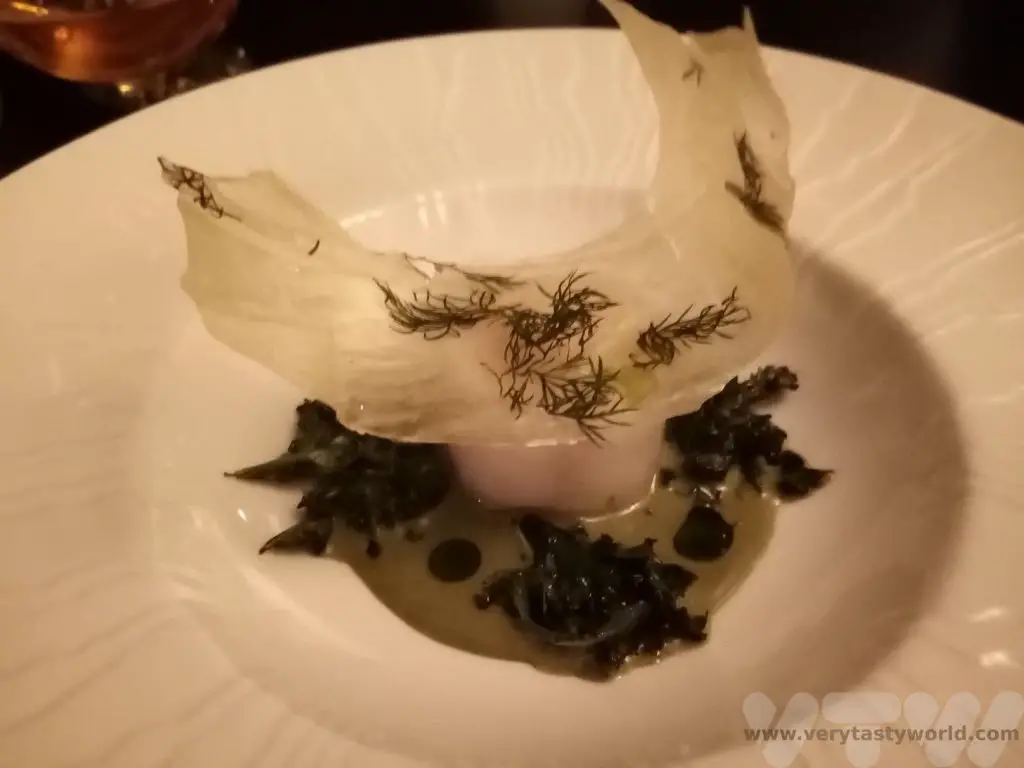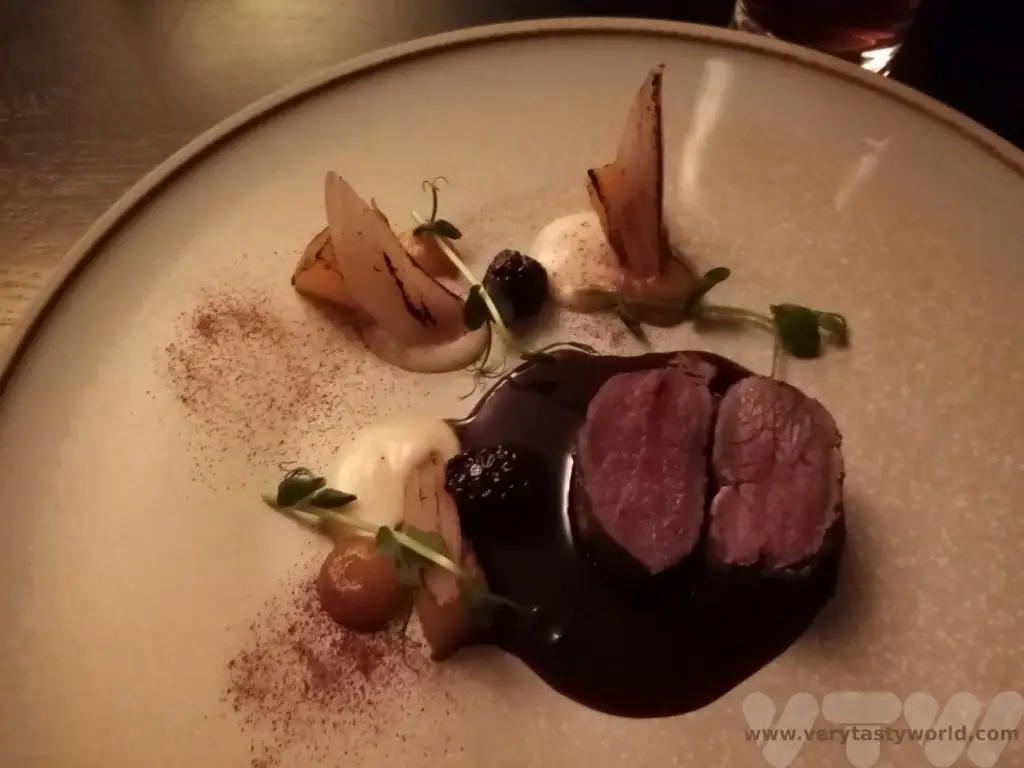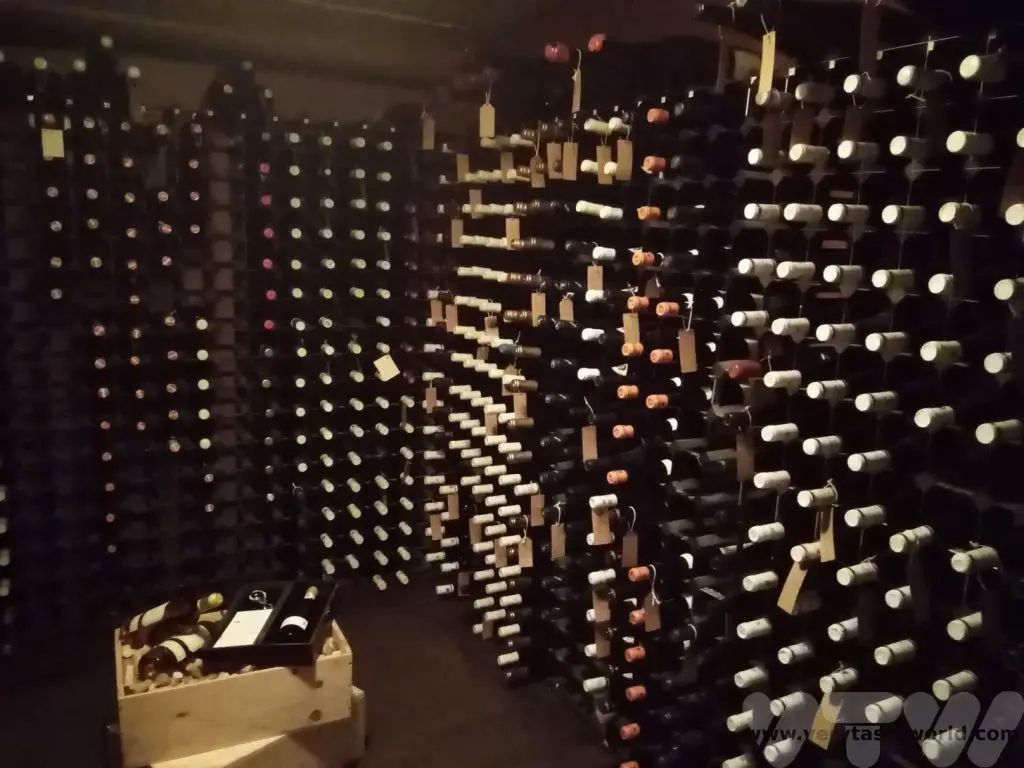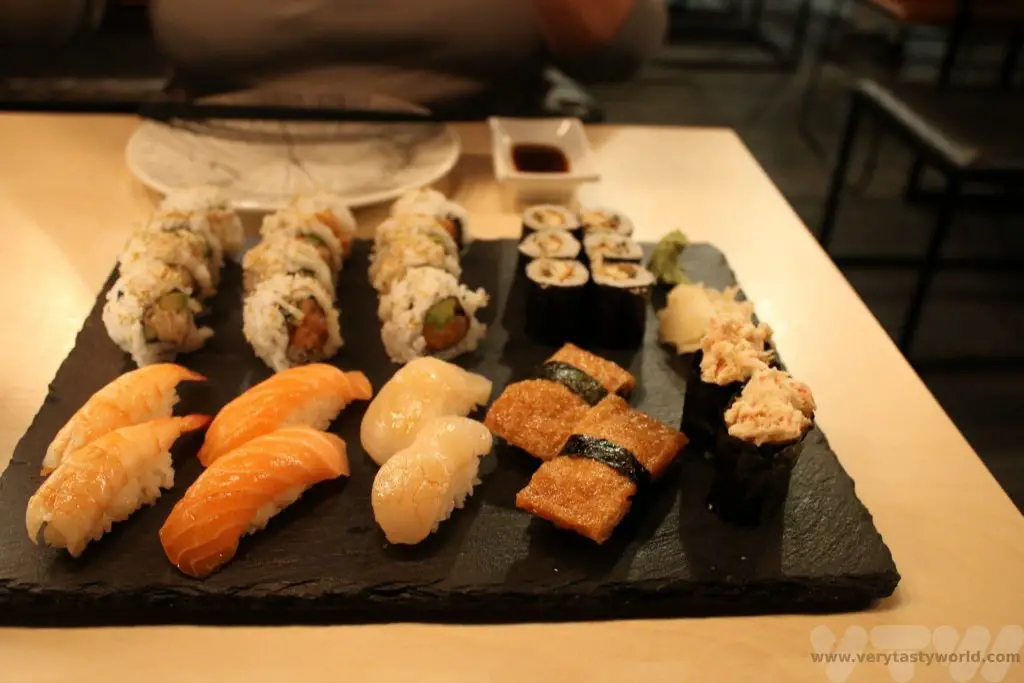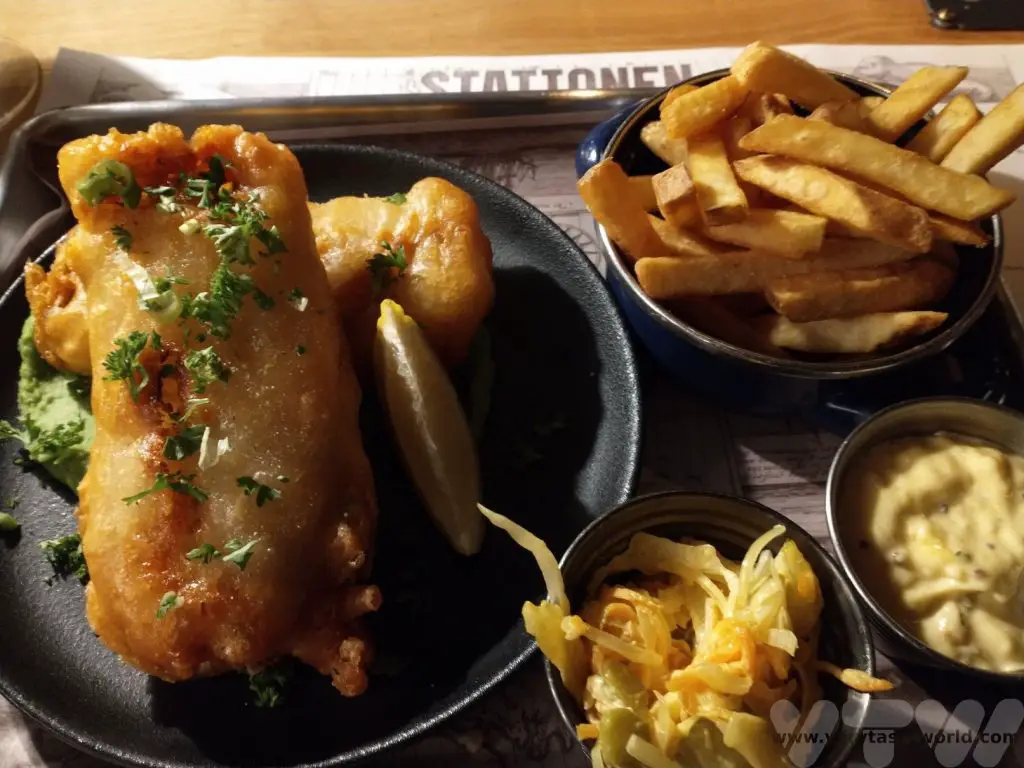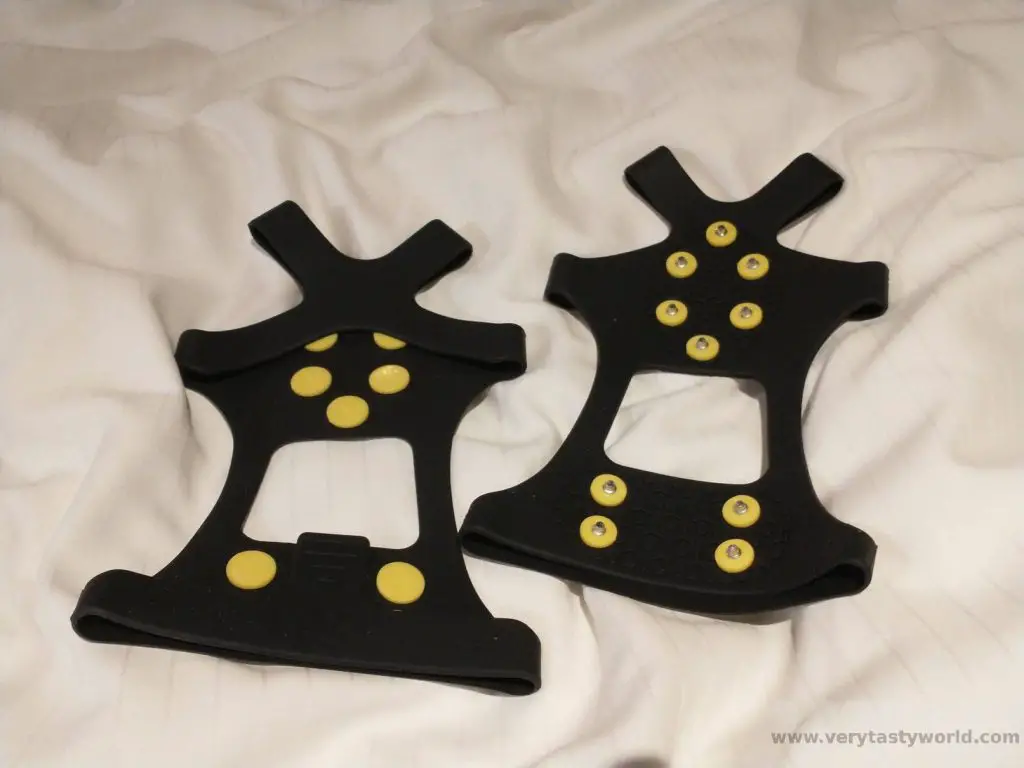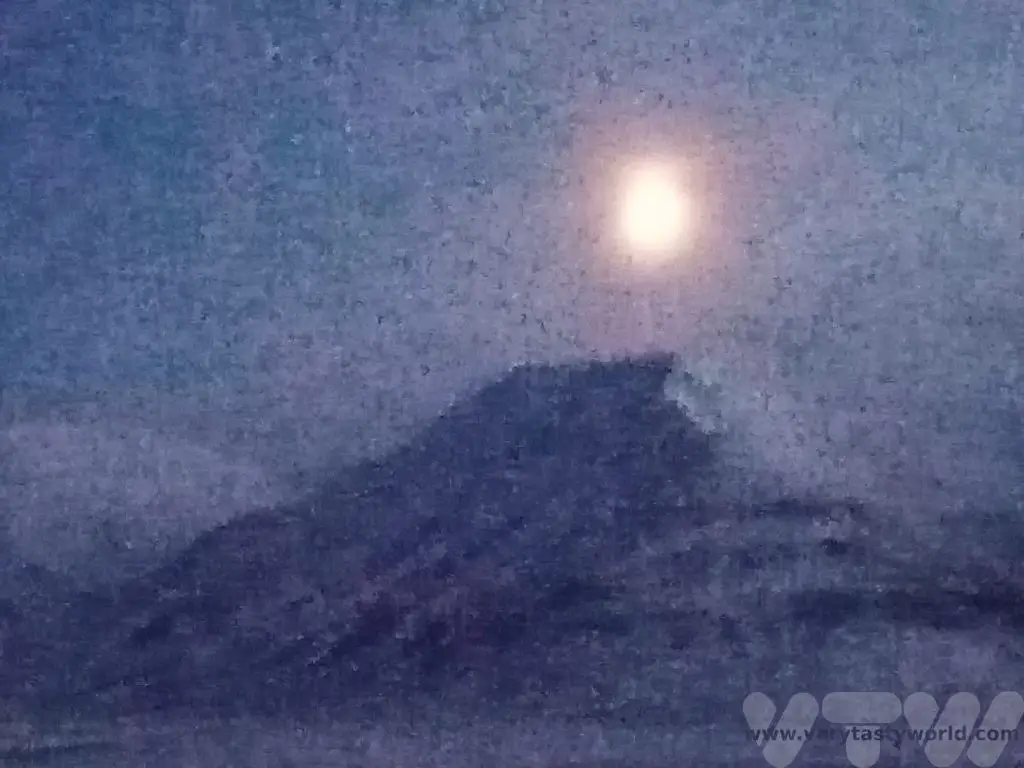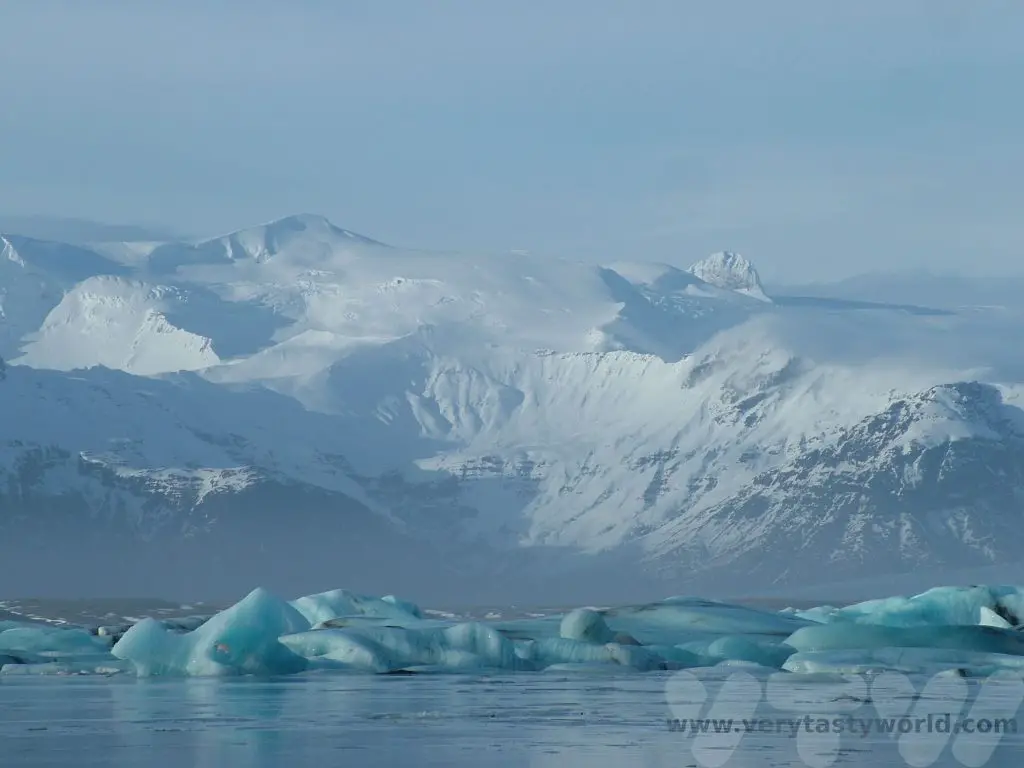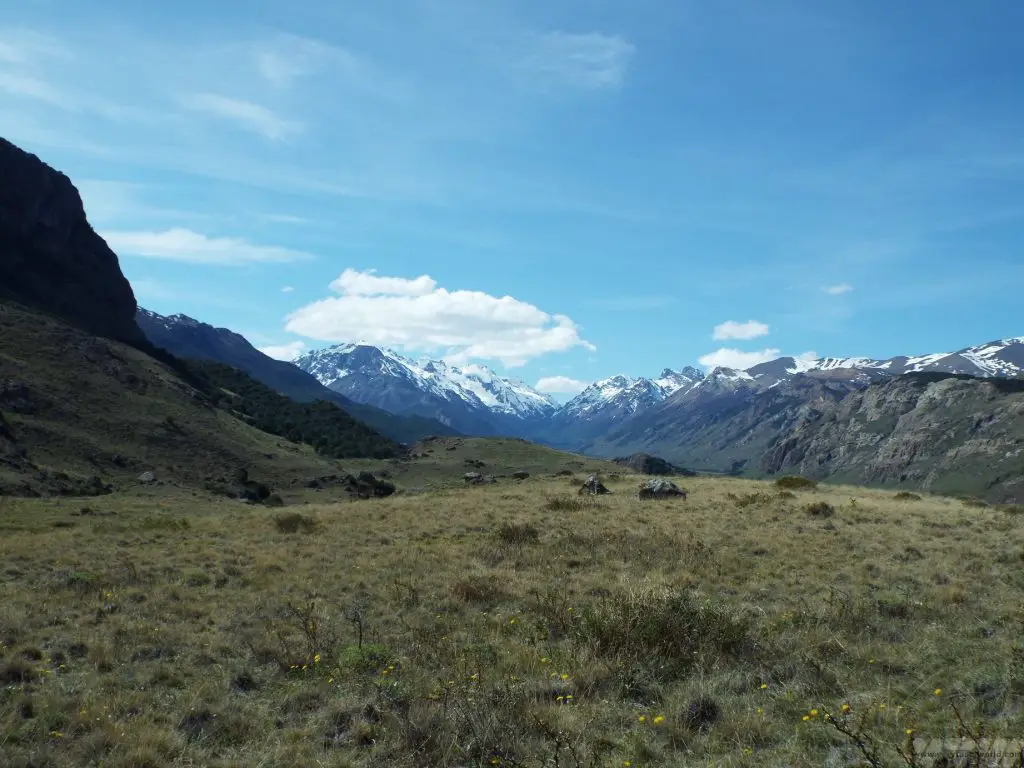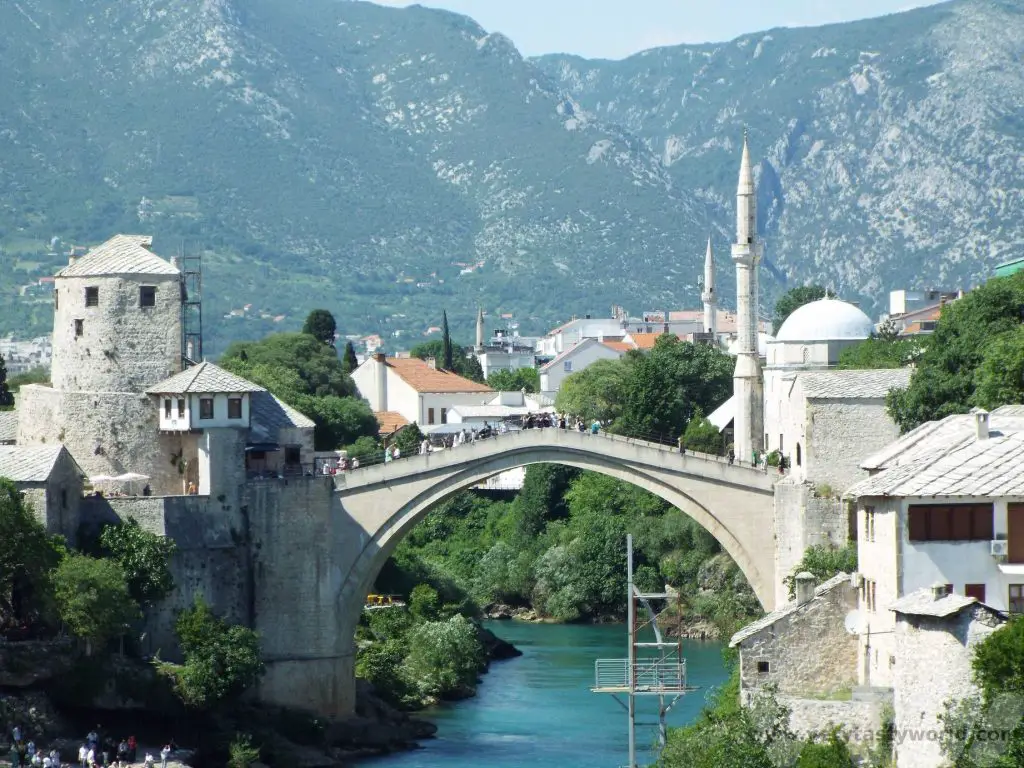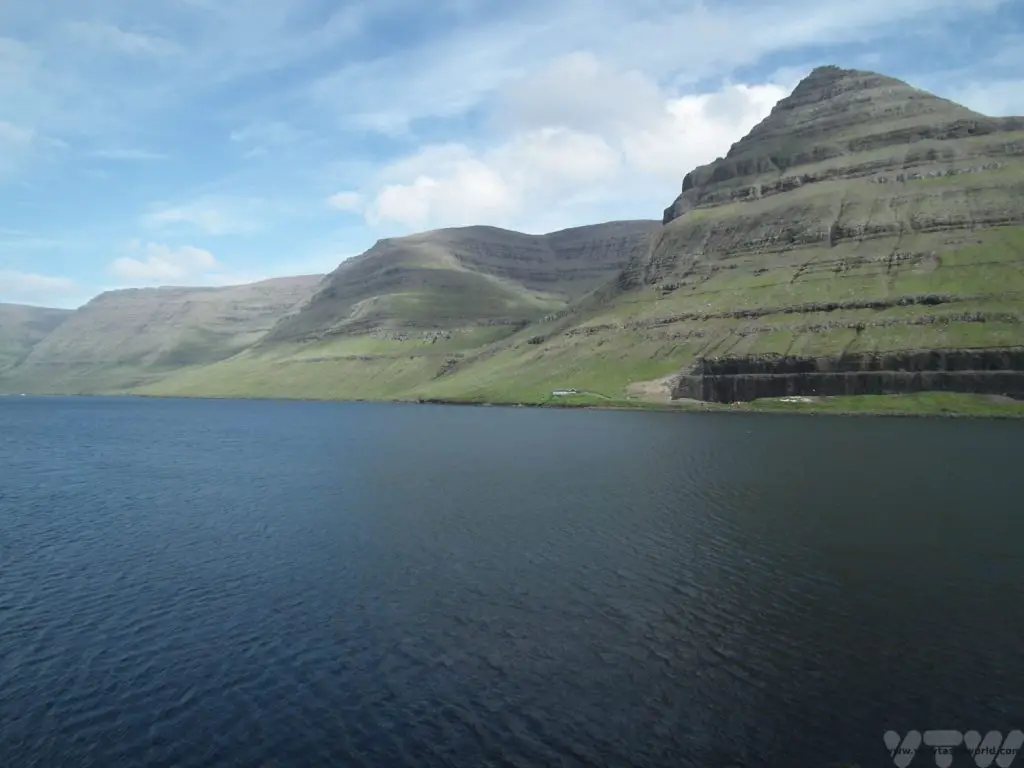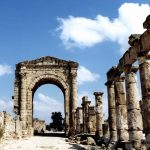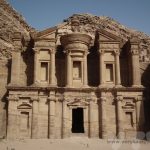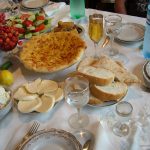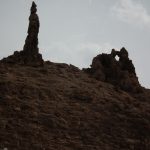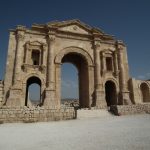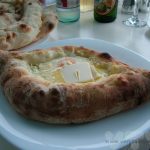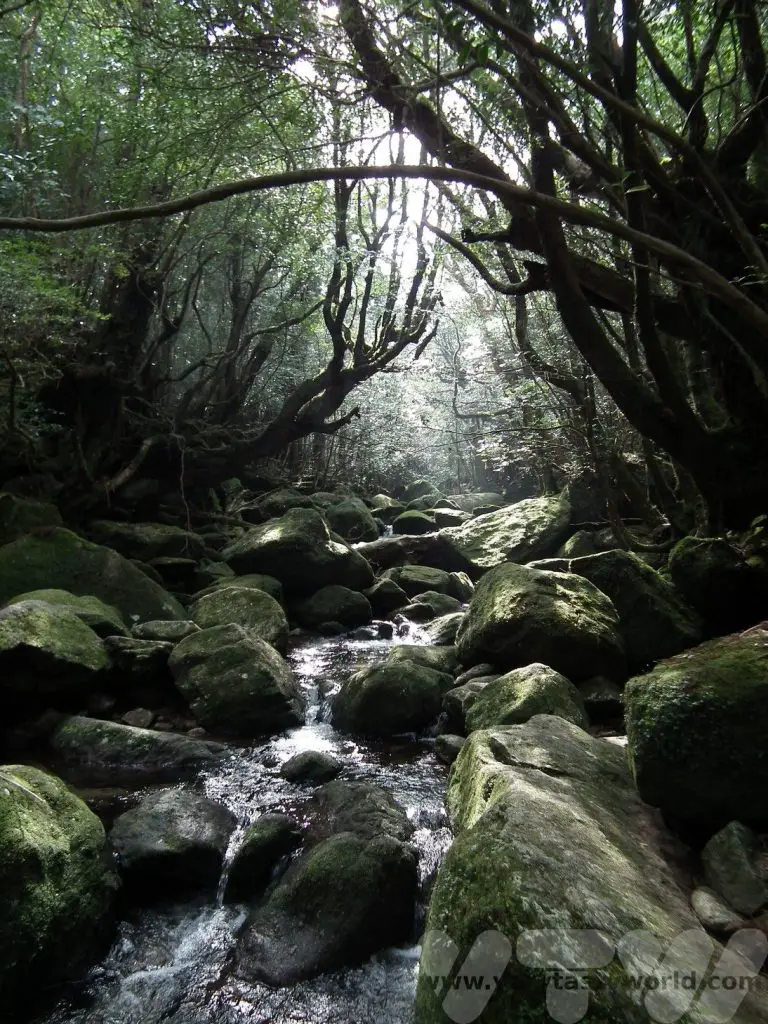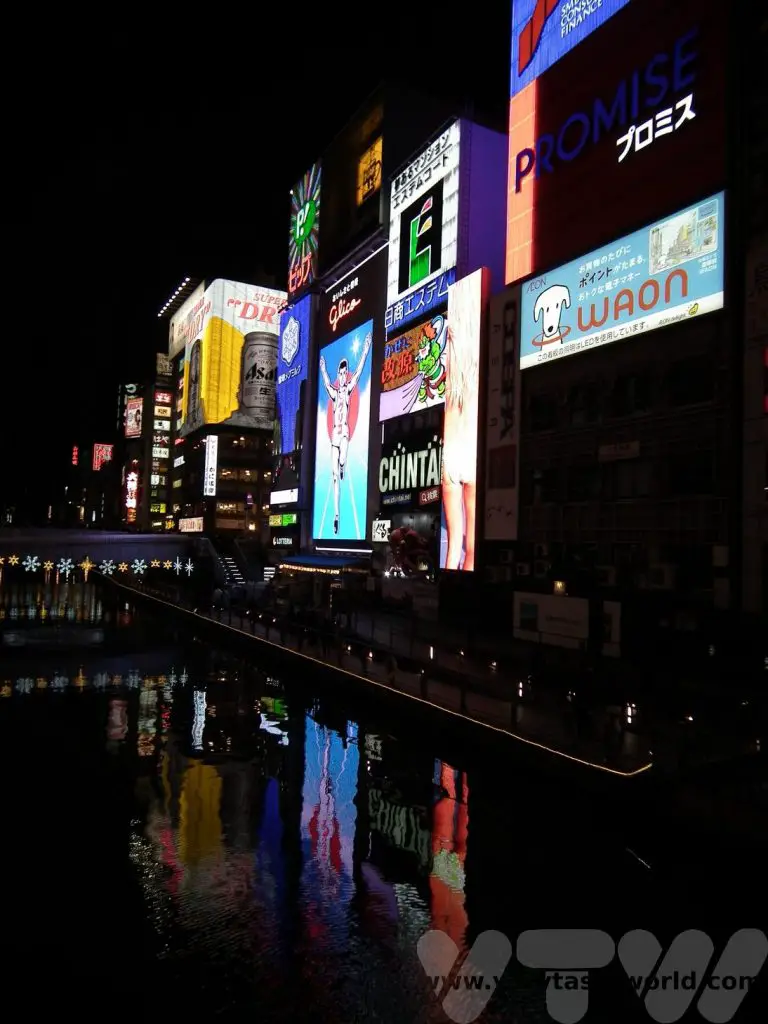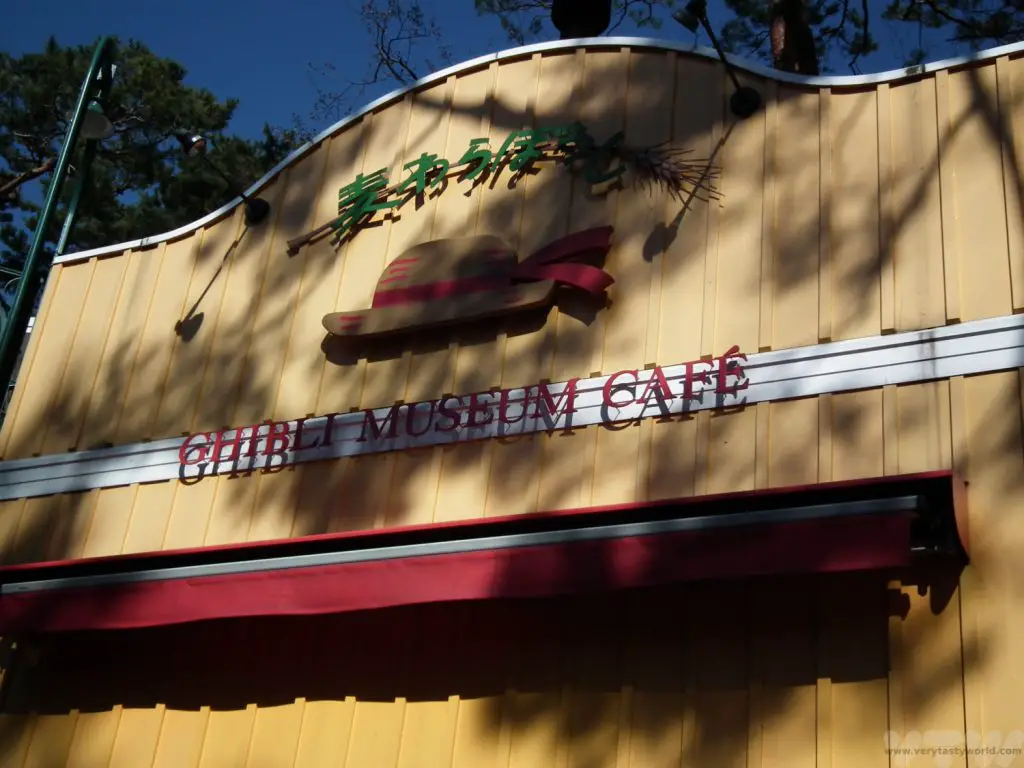Kobe Beef in Kobe – Is It Worth It?
One of the very best things about travelling is tasting the local food. And one local food we had particularly wanted to try on our travels was Kobe beef. But this beef, reputedly amongst the best in the world, is not only known for its deliciousness, it’s also famous for its extremely hefty price tag. We were keen to try this most exclusive of meats when we visited this region in Japan. So is eating Kobe beef in Kobe worth the hype? (With apologies to vegetarians.)
Where is Kobe?
Kobe is located in the Kansai region of Japan (the same region as Kyoto and Osaka) in the southern central area of the main island Honshu, and it is the capital of the Hyōgo Prefecture. It is a port, and one of the cities that opened up to the world in 1868, after Japan’s long period of isolation, and just before the Meiji restoration. It is a lively and cosmopolitan city with plenty of things to see and do.

What Is Kobe Beef?
Kobe beef is one of the world’s most luxurious meats. It’s characterised by the high level of fat content, marbled through the flesh, which means that the meat has both flavour and a sublime melt-in-the-mouth texture.
Like many foods of distinct origin, there are a number of very strict rules to ensure that only cattle bred in a specific region and to the highest standards can bear the name Kobe beef.
The Kobe Beef Marketing and Distribution Promotion Association was established in 1983 with the aim of defining and promoting Kobe beef as a trademark. They were hugely successful – the Kobe beef brand is known worldwide.
The beef is graded using a letter and number system. The letter (A to C) relates to the ratio of meat/fat to the carcass weight of the cow (i.e. the yield) and the numbers (1-5) represent different elements, notably marbling, colour, fat, firmness and texture, 5 being the greatest amount of fat and therefore the tastiest. Remember, fat means flavour! So, A5 beef is the best quality – and the most expensive – that you can get.
Why Is Kobe Beef So Expensive?
The cattle are raised in a way that to give them a stress-free life – the more relaxed the cow, the more tender the meat. It’s a slow process and they are fed a top-quality diet. They are raised naturally over a period of two to three years, which takes time. The cows often have names and usually have a pasture to graze in. Sometimes they are given a brush massage to increase circulation. There are even stories about them drinking beer, but this is a myth.
And, given the success of the branding, you are also paying for the name.
Where to Eat Kobe Beef in Kobe?
We figured that if we were visiting Kobe we really should try Kobe beef while we were there. There are a number of official restaurants in the area close to Sannomiya station. You will see promoters with leaflets wandering the streets and offering deals on meals at specific restaurants.
The Kobe Beef Association has a guide to official restaurants.
We decided to have lunch at Kobe Beef Yazawa Hankyu Sannomiya ten (and not just because Spider-man was clinging precariously to the wall).
The menu was eye-wateringly expensive. Most restaurants in Japan prefer cash to credit cards but the Kobe beef restaurants will happily take cards. We had prepared for a splurge, so closed our eyes, ordered and figured we’d worry about the credit card afterwards – well, within reason!
So What Does Kobe Beef Taste Like?
We wanted to try a variety of dishes, so as to taste the different ways the Kobe beef could be prepared.
You buy the beef by weight and the restaurant has a set of helpful models which indicate quite how much steak you get in each portion. The answer is… that you don’t get much. And 120g of top-grade beef can cost from 9000 to over 29000 Yen ($50-$140) depending on the cut of meat.

The restaurant offered a set menu and we ordered a couple of extra dishes. The beef ‘sushi’ comprised slices of seared raw beef draped lovingly across seasoned sushi rice with just a dab of condiment.

Then a plate of sliced wagyu, decorated somewhat over-fancifully with a dressing and garnishes.

The set menu comprised beef served steak teppanyaki (cooked on an iron griddle) style accompanied by a number of small dishes – including a beef stew with rice and salad and, of course, ubiquitous miso soup.

We were surprised at the western flavours of the beef stew – carrots and broccoli lying atop some braised beef in a rich gravy just didn’t feel Japanese at all. But the beef had been slow-cooked and was so soft you could cut it with a spoon.
The teppanyaki grilled steaks were served more simply. They had been cooked medium rare. We normally like to eat our steak rare but with Kobe beef you need the fat marbled throughout the flesh to melt into lusciousness, so medium rare is the minimum amount of cooking.


Although the dish was plated with sauces, we wanted to taste the meat without any sauce. Soy sauce or salt are flavour enhancers, and wasabi was served as well. Garlic is a popular accompaniment.
How To Keep Costs Lower
We figured that eating Kobe beef in Kobe would at least cut down on transportation/export costs, so we looked for local restaurants.
If you want to go for the all-out Kobe experience, lunch menus are usually much cheaper than dinner. Some restaurants may even include a service charge at dinner time, which is very unusual for Japan. Service charges and tipping are generally not part of the culture.
Also, some of the prices on the menu may not include sales tax, so bear this in mind when ordering.
An alternative Kobe beef restaurant which is a much cheaper option is the Gyu Tan restaurant. This is beef tongue – but from Kobe cattle. It doesn’t have the melt-in-the-mouth lusciousness of steak because the tongue does not contain fat, but it is a lot cheaper and a very tasty meal in itself. Although as soon as we entered the restaurant, the staff were very keen to make sure that we knew we weren’t going to get a steak. It was fine, we had planned to visit this restaurant anyway.

A gyu tan rice bowl accompanied with a delicious consommé was a reasonable price. The tongue is soft and full of delicate flavour.

Alternatives To Kobe Beef in Japan
With Kobe beef you are paying for the name and the fame. But while Kobe beef is the most famous, other delicious varieties of beef are produced in Japan. Matsusaka Ushi from Mie prefecture and Omi beef from the Shiga prefecture are also highly prized.
In the central region, the Japanese Alps, the lovely mountain town of Takayama is a centre for Hida beef. Hida is derived from kuroge wagyu – black cattle. But the meat still has a high level of fat marbling.


It’s very delicious indeed and a lot cheaper, although it is not a cheap eat, we would still class it as a posh meal. The restaurant Maruaki Hida Restaurant in the centre of town, which is attached to a butchers, offered a BBQ. You are presented with a plate of raw beef and veggies and you cook them on the grill.
The only essential condiment was salt – a sprinkling of salt crystals on top of the meat before cooking. Our friendly server showed us how to do this. Salt is a flavour enhancer – it opens your tastebuds and really maximises the flavour of the meat. We found that the unpretentious atmosphere and grilling the meat ourselves (with help if we had wanted it) was much more to our taste and the meat was flavourful without all the fancy garnishes and sauces.
Other Foodie Fun in Kobe
Steamed Pork Buns in Chinatown
Kobe has a large Chinatown. It is here that you can visit Rosyoki and scoff their stunningly good pork buns which are at the opposite end of the pricing spectrum. You will easily find Rosyoki – there’s usually a long, but relatively fast-moving, queue outside.

Their steamed pork buns are a delight – light and fluffy with a juicy pork and flavoursome spring onion filling.


At just 100 Yen for a bun – and we suggest getting a minimum of three – you can help offset any busted budgets from a Kobe beef splurge.
As you enter the restaurant you can see the buns being made on a grand scale. It’s a swift service – order your required number and then pay.

There are seats inside but they are likely to be occupied. However, the restaurant is located in a nice square which has some areas to sit, so it’s okay to munch outside. (Normally in Japan people don’t eat while walking around or standing in the street, but it was fine here.)

Sake Brewing in the Nada District
Kobe is also famous as a centre for sake brewing. Sake is rice wine brewed by fermenting polished rice. A combination of great quality rice, clean local water and a good climate makes the area ideal for brewing this delicately refined alcoholic drink.

There are a number of breweries located in the Nada district. The Hakutsuru Sake Brewery has an adjoining museum which displays exhibitions that show the sake brewing process.



Sake samples are available so that you can taste the different grades of sake. And of course there’s a shop where you can indulge in some bottles of the local brew.
You can also buy a tub of sake ice-cream. This was definitely worth investigating – and was delicious.
Kobe Herb Garden
Kobe has an extensive herb garden located in the Chuo Ward on the slopes of Mount Rokko. You can take the rope-way up the mountainside and walk through the gardens. The slopes are pretty steep, so it’s best to take the cable car all the way to the farthest station at the top and then walk downhill to the bottom rope-way station.

A visit makes for a pleasant afternoon and you can learn about the different uses of Japanese herbs and vegetables that are used for medicinal and culinary purposes.


So, Is Kobe Beef Worth It?
Honestly? While eating Kobe beef was undoubtedly an experience and a delicious one at that, it is extremely expensive. Part of the problem lies with the marketing – your expectations are inevitably incredibly high.
And, although we very much enjoyed our meal, it wasn’t the sublime gastronomic joy we were hoping for, especially given the cost. If you are looking for a good quality meal that is also good value (although that doesn’t mean cheap), Hida beef would be our preference.
And, as Kobe’s pork buns prove, sometimes you don’t need a large, showy establishment with all the high-end posh-restauranty trimmings to enjoy down-to-earth, simple food that is both cheap and utterly delicious.
Related Posts You May Enjoy

- Kobe Beef in Kobe – Is It Worth It?

- World’s Best Breakfasts -Breakfast of Champions!
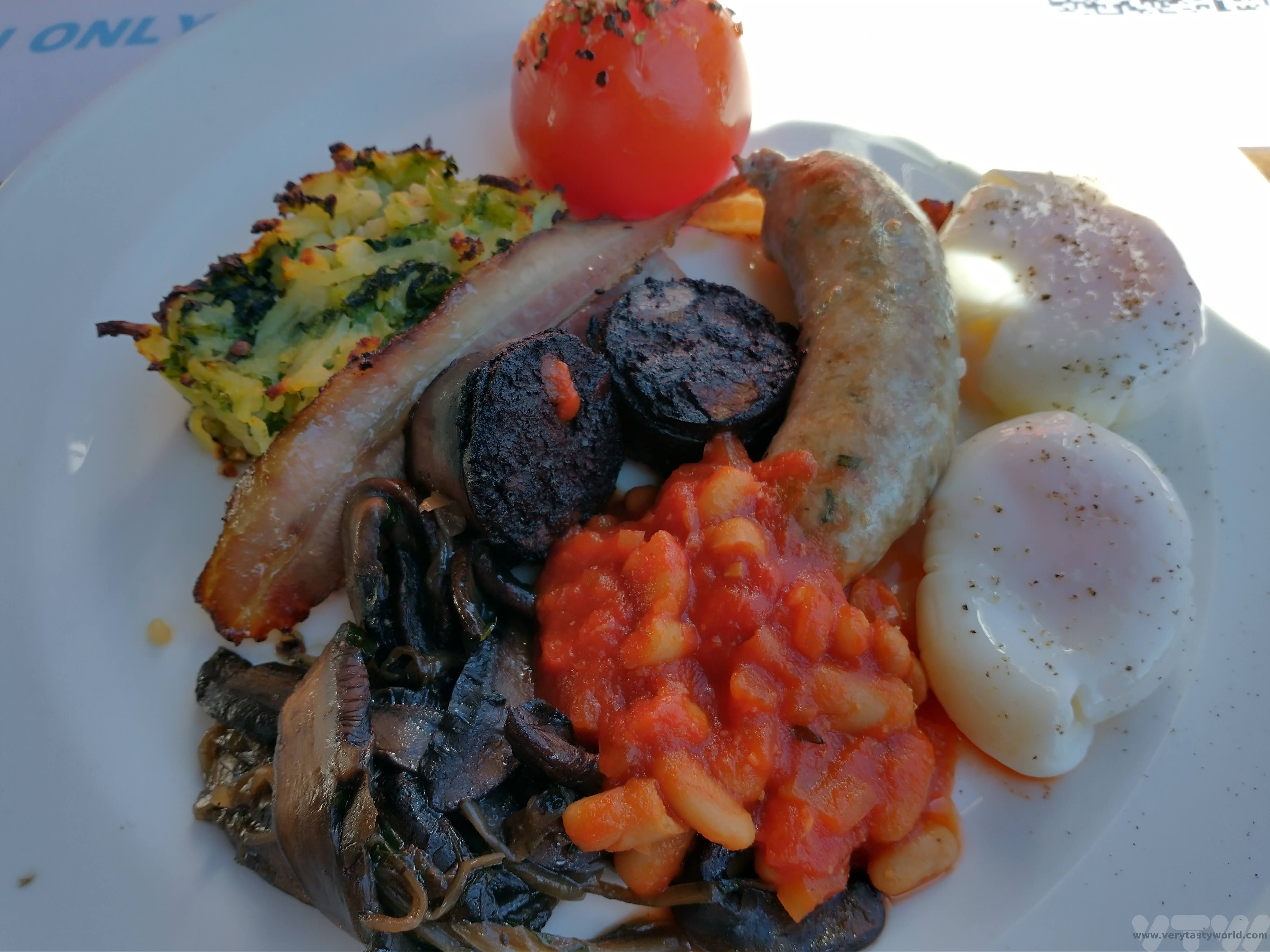
- Recipe: Simmered Shiitake Mushrooms

- How to Use Public Transport in Japan

- RECIPE Oyakodon Donburi

- Planning a Trip to Japan

- The Makanai: Cooking for the Maiko House
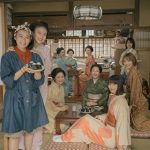
- Setsubun Food – Bean Throwing Day

- The Gassho Farmhouses of Rural Japan


- World’s Best Breakfasts -Breakfast of Champions!
- A One Day Hanoi Itinerary
- Mekong Meanderings
- A Chiang Rai Temple and A Country Retreat
- A Chiang Mai Tour in Northern Thailand
- Sunrise at Angkor Wat & Other Temples To Explore
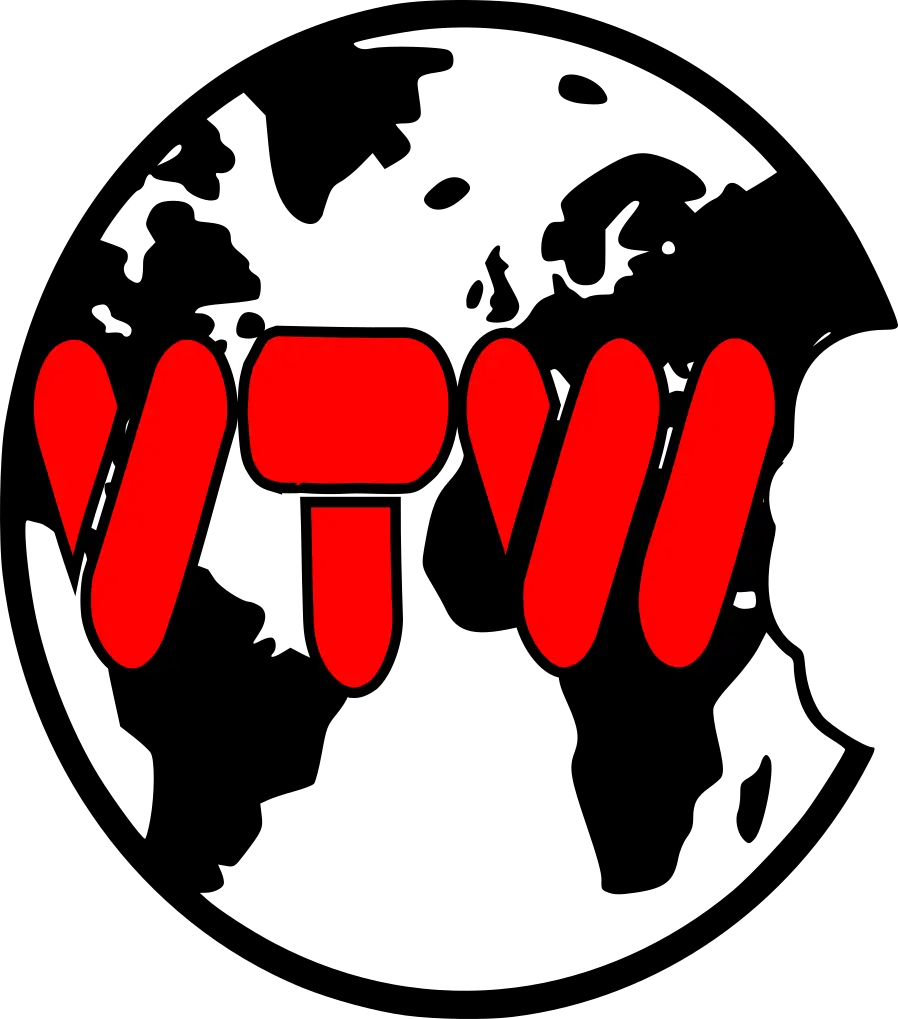
Thanks so much for reading. We hope you enjoyed this article. If you’d like to keep up to date with new posts and recipes, please subscribe to our newsletter or follow us on social media – X, Facebook or Instagram. We always love hearing from you and would be delighted to read your thoughts about this article.
Skeleton Coast Self Drive in Namibia
Namibia is a perfect country for a fly-drive holiday. The roads are wide and, outside the towns and cities, virtually empty, which makes for really easy driving. You can drive for thousands of kilometres across spectacular scenery, encounter amazing wildlife and even take yourself on safari. The country’s Atlantic coastline, known as the Skeleton Coast, is wild and desolate. Here is our guide to a Skeleton Coast self drive itinerary – what you need to know and what to expect.
Please note that this post contains affiliate links. If you click through and decide to make a purchase we will make a small commission, at no extra cost to you, which will help towards the costs of running this site.
We particularly wanted to explore the Skeleton Coast, where the Namib Desert meets the South Atlantic. It is a place that is truly wild and lives up to its name – where the skeletons of animals and shipwrecks are scattered across the desolate sandy beaches. The coastline is incredibly long and large parts of it totally inaccessible.
Swakopmund
Swakopmund is located on the wild Atlantic coast in the very west of Namibia. It is the major city on the Skeleton Coast and its name means ‘mouth of the Swakop’, a reference to the river that flows out to sea. Swakopmund was founded in 1892 by Captain Curt von François as a German colonial city. Originally a trade port it has since become a tourist destination. It still retains much of its colonial architecture although many of the street names have changed since Namibia’s independence in 1990.
It is very much a resort town and there are plenty of activities to enjoy. It is also the gateway to exploring the Skeleton Coast.
How to Get to Swakopmund and the Skeleton Coast
The city is located around 350km west of Namibia’s capital Windhoek. Public transport options are available if you just plan to visit Swakopmund but if you want to explore the Skeleton Coast, it is better to rent a car. A 4-wheel drive isn’t needed as Namibia’s roads are well-made, easy to navigate and are usually clear of traffic. Some of the roads are constructed from gravel but they are broad and well maintained. And the scenery along the route is guaranteed to be wonderful.
Activities in Swakopmund
We recommend spending a couple of days in Swakopmund. The city has some museums and an art gallery and there are a plethora of activities, from nature tours to adrenaline-fueled adventures, such as hot-air ballooning or even skydiving. Swakopmund has a long and extensive beach but, while it is theoretically possible to go swimming in the sea, it’s not really a place for a traditional beach holiday. The Atlantic is cold and the currents can be strong and potentially dangerous and you should never swim unless there is a lifeguard on the beach.

We had driven to Swakopmund from Windhoek via the amazing red sand dunes of Sossusvlei and spent a couple of days in town, taking part in all sorts of adventuresome activities.
There are loads of tour operators in town that offer activities and you can make bookings with them directly. Some activities, such as the hot-air ballooning need some notice, for others you may be able to book on the day. If there is an activity you particularly want to try we recommend booking in advance.
Kayaking on Walvis Bay
One of the best things to do is to visit nearby Walvis Bay and see the seal colony. Walvis Bay is a natural harbour located a short 45 minute drive straight down the coastline to the south of Swakopmund. It’s also possible to rent a kayak and paddle amongst the friendly seals.
The sea is calmer in the morning, so it’s worth making an early start. You drive to a pickup point and are then driven to Pelican point in a 4WD.
It was a touch foggy when we visited – this often happens when the warm air from the desert clashes with the cool temperatures of the coast – but it gave the bay an ethereal feel.
Bring swimwear, water, sunscreen and a hat – you might get lucky with the sunshine! It’s also worth bringing a towel and change of clothes in case you get wet.
Up to 50,000 Cape fur seals, also known as African fur seals, live in the area. They can be incredibly curious and it is lovely to be able to kayak amongst them. They are happy to swim alongside the kayak.

If you don’t wish to go kayaking there are boat trips to Walvis Bay from Swakopmund.
Exciting Activities In and Around Swakopmund
There are a plethora of companies that offer a range of exciting activities. We indulged in a few. Most operators offer a pickup from your accommodation
We couldn’t miss the chance to go hot-air ballooning over the Namib desert. An early start at the crack of dawn, we were picked up and taken to a quiet location a few kilometers out of town. Our host assembled and inflated the balloon.

The sun was glowing gently in the sky by the time we clambered into the basket and took off. The view of the vast and lonely desert from above was sublime. We climbed high then glided low, skimming the desert just a few feet above the sands before soaring skyward again. There was nothing to hear but silence, occasionally interrupted by the whoosh of the gas burner.

We also enjoyed some other exciting activities including parasailing and quad biking.


Swakopmund For Foodies
Being right on the coastline, Swakopmund is a fantastic place to enjoy seafood. One of the best restaurants is The Tug, where we enjoyed our most decadent meal. The Tug restaurant is located on a jetty right on the coastline and, as its name suggests, was constructed around a Danie Hugo tug-boat. Naturally the restaurant specialises in seafood. And you can look out to the wild Atlantic as you dine.

We ordered a sharing dish – the seafood extravaganza, an indulgent seafood feast. It comprised rock lobsters, kabeljou and kingklip fillets, juicy prawns cooked in their shells and the softest melt-in-the-mouth calamari we had ever eaten. All washed down with a crisp white wine.
Exploring The Skeleton Coast
Having dosed up on adrenaline we then packed up our car and headed north along the remote Skeleton Coast.
This is one region that we particularly wanted to explore. It is a place that is truly wild. It was going to be a full day’s journey along an isolated road through the Skeleton Coast National Park.

Our plan was to drive up the C34 and D2302 (basically the same road) from Swakopmund, exploring the coast along the way, and arrive 350km later at Terrace Bay for an overnight stay. We would then leave the park the following morning at the Springbokwasser gate on the D3245 to drive inland and explore Damaraland and eventually Etosha.
Preparation For The Skeleton Coast Self Drive
You need to buy an entry permit. If you are simply driving through the park you can get the permit at the gate. But if you wish to stay you must get an overnight permit beforehand. If you are planning to lodge at Terrace Bay you must pre-book and get your confirmation permit which you will need to show at the office when you enter the park at the main gates. You can get one at the office in Swakopmund (located near the Woermann & Brock Arcade). Permits are also available in Windhoek.
You need to arrive at the gate before 3pm, otherwise you will not be allowed into the park.
You don’t need a 4WD to drive the C34 but you should stay on the road if you’re not driving one – or if you are driving one but don’t know how to engage the four-wheel drive.
We also recommend hiring a car with at least one spare tyre. Punctures on gravel roads can happen quite frequently and this area is very remote, so you may need to change a tyre yourself should you get a flat tyre.
Accommodation Options
There aren’t many options for accommodation in this area. The Namibia Wildlife Resorts website has details of some of the resorts available.
Torra Bay – about 100km from the gates, which offers camping facilities. It is only open at certain times of the year, so you will need to check availability.
Terrace Bay – continue for a further 60km on the D2302 to this resort on the coast which offers basic accommodation in chalets.
Shipwreck Lodge – you can drive beyond Terrace Bay for a further 82km to Mowe Bay and arrange a pickup (strict times apply) to Shipwreck Lodge. This private lodge offers more luxurious accommodation and a number of activities.
The Drive From Swakopmund to Terrace Bay
We decided to spend a night at Terrace Bay. It is a four and a half to six hour drive from Swakopmund, so we recommend leaving early.

If you are renting a 2WD, stay on the road. If you’re renting a 4WD you may be able to drive along some of the side tracks.
We passed by the smelly Cape Cross seal colony and onto the park.
The gates are excitingly ominous. You need to register on arrival.

Once we had entered the park we saw just one other car during the entire day.
We were driving a two-wheel drive car so kept to the road but our plan was to break up the drive by stopping off at various points along the way to explore the wild, windswept beaches, observing shipwrecks and other skeletons. The area is quite often misty but it enhances the enigmatic nature of the stark landscape.



Our final destination was the Terrace Bay resort, near the Uniab River Delta. It’s very remote and popular with anglers and there aren’t a huge number of things to do when you get there.

Travelling along the Skeleton Coast is more about the journey than the destination. But if you like wild, wide and desolate regions there is plenty of walking along the beach and across the dunes. It’s possible to encounter a variety of local seabirds in the area.

Facilities At Terrace Bay
The accommodation in chalets was pretty basic but perfectly adequate.

The car was filthy. We didn’t have a choice with car colour when we rented it, but white really wasn’t the best colour to travel along the coast with. (The terms of our rental stated that we needed to refuel and ensure the car was clean. It was very easy to find a local garage on our way back to Windhoek where we could get the car cleaned – but we did this the day we returned the car!)
Food at Terrace Bay was taken in a communal dining hall. Because the area is so remote, we weren’t expecting a brilliant meal. It may have been a far cry from The Tug’s seafood extravaganza that we’d enjoyed the night before, but our dinner was good old fish and chips and they were absolutely great.
There aren’t many facilities at Terrace Bay but, importantly, there is a petrol station. We recommend keeping your fuel topped up while on your trip. Throughout our trip we made of point of stopping at every petrol station we came across, to make sure we always had enough in the tank.
There is also a small shop that will sell essentials for your journey.
It is possible to explore further along the coast up to Mowe Bay and from there you could be picked up and transferred to Shipwreck Lodge (although this would have to be pre-arranged). Any further north and you would have to fly. We decided not to do this leg of the trip, so headed south and then inland towards Damaraland, stopping to admire the famous Welwitschia plant, some of which can live to be over a thousand years old, and eventually on to the Etosha National Park.
The Skeleton Coast is remote and evocative. As a destination, it isn’t for everyone, but if you like wide, open spaces and landscapes that are strangely beautiful – in a wild and desolate kind of way – a Skeleton Coast self drive trip is a worthy addition to a Namibia itinerary.
Related Posts You May Enjoy

- Skeleton Coast Self Drive in Namibia

- Malagasy Cuisine – The Food of Madagascar

- Mora Mora on the RN7 Madagascar – A Road Trip

- Tree Climbing Lions, Hippo Hordes and Safari Shenanigans in Uganda

- Tourist Attractions In Ethiopia

- Uganda Chimpanzee Trekking in Kibale


Thanks so much for reading. We hope you enjoyed this article. If you’d like to keep up to date with new posts and recipes, please subscribe to our newsletter or follow us on social media – X, Facebook or Instagram. We always love hearing from you and would be delighted to read your thoughts about this article.
An Essential 2 day Gyeongju Itinerary
Gyeongju in South Korea is often described as a ‘museum without walls’ which may sound like a cliché but it couldn’t be more appropriate. It is a city with an enormously rich history that has so many fascinating sites to explore. We spent some time in Gyeongju on our recent trip to South Korea. We could easily have spent longer. Here’s our essential 2 day Gyeongju itinerary which will ensure that you see the highlights of this amazing city and leave you with a desire to see much more.
Please note that this post contains affiliate links. If you click through and decide to make a purchase we will make a small commission, at no extra cost to you, which will help towards the costs of running this site.
History of Gyeongju
Gyeongju has a long history that dates back over two thousand years. It was established in 57 BCE as Saro-guk when a number of villages in the area were united by leader Park Hyeokgose, the founding monarch of the Silla, one of the Three Kingdoms of Korea.
The city expanded over the years and eventually became the capital of the region, home to the court of the Silla people, who were the wealthy elite of the kingdom. They ruled for nearly 1000 years. Silla was known as the region of gold, and many gold objects have been found, reflecting the status of the kings.
By 668 CE the Silla had established a legal code and had adopted Buddhism to consolidate its political foundations. Gyeongju had a thriving society, prosperity was at its peak and it is estimated that the city’s population may have reached as many as one million people.
Sadly the city’s fortunes declined in later years during the Goryeo dynasty and then the Joseon Dynasty when the country’s administration moved further north. The city also suffered losses during the Mongol invasion in the 13th century and during the Imjin War with the Japanese (1592–1598). But a wealth of remarkable historic buildings and architectural treasures remain.
Naturally, the city has received UNESCO world heritage status. In UNESCO’s words: Gyeongju Historic Areas contain a remarkable concentration of outstanding examples of Korean Buddhist art, in the form of sculptures, reliefs, pagodas, and the remains of temples and palaces from the flowering culture of Silla dynasty, in particular between the 7th and 10th century.
How To Get To Gyeongju
The city is located in south-eastern Korea and can be reached in around 2.5 hours from Seoul and 1 hour from Busan using the fast and efficient KTX train services. However, you don’t arrive in the city centre, but at the new station Singyeongju which is located around 10km away. We have a post about how to travel to Gyeongju.

Although there are a vast number of historic sites to visit in the region, many of Gyeongju’s attractions are within walking distance of the city centre.
Most sites are free to enter but some have a small charge, usually around 2000 Won (about $2). Many sites can be visited throughout the day and into the evening but some have opening hours, which vary from location to location. The itinerary has a fair amount of walking, although you could use buses 10 and 11 which run on a loop and stop by some of the main attractions. Taxis are also available.
There are tourist information booths at many of the main sites. You can pick up leaflets and brochures which not only have handy maps and information about the site, but you can also collect stamps at various locations. Look out for the huts with the inkpad and stamp. Gotta collect ‘em all!
We got chatting to many of the people who were manning the booths – all had great English – and they were very keen to give us information about the site and advise on other historic areas to visit.
2 day Gyeongju Itinerary: Day 1
The first day’s attractions are within walking distance of the city centre, although you will certainly get the steps in. The main sites lie to the south of the city centre.

Day 1 Morning
The Daereunwong Tomb Complex
This complex is the site of ancient Silla burial mounds. They are tumuli that form a distinctive part of the landscape. They are considered sacred and should be treated with respect. This complex is free to enter and you can wander around. It contains the tombs of some 50 Silla Kings, including King Michu.
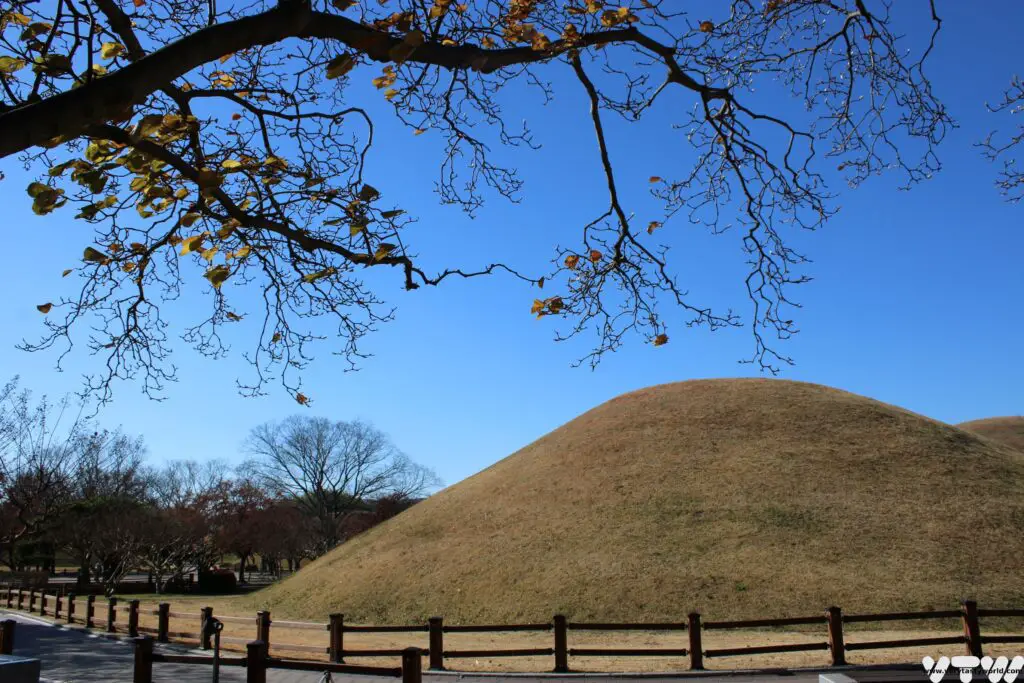
You can enter the Cheonmachong Tomb (a small fee applies). It is known as ancient tomb 155 and was excavated in 1973. Inside was a body wearing a gold crown which had been buried with a variety of artefacts.
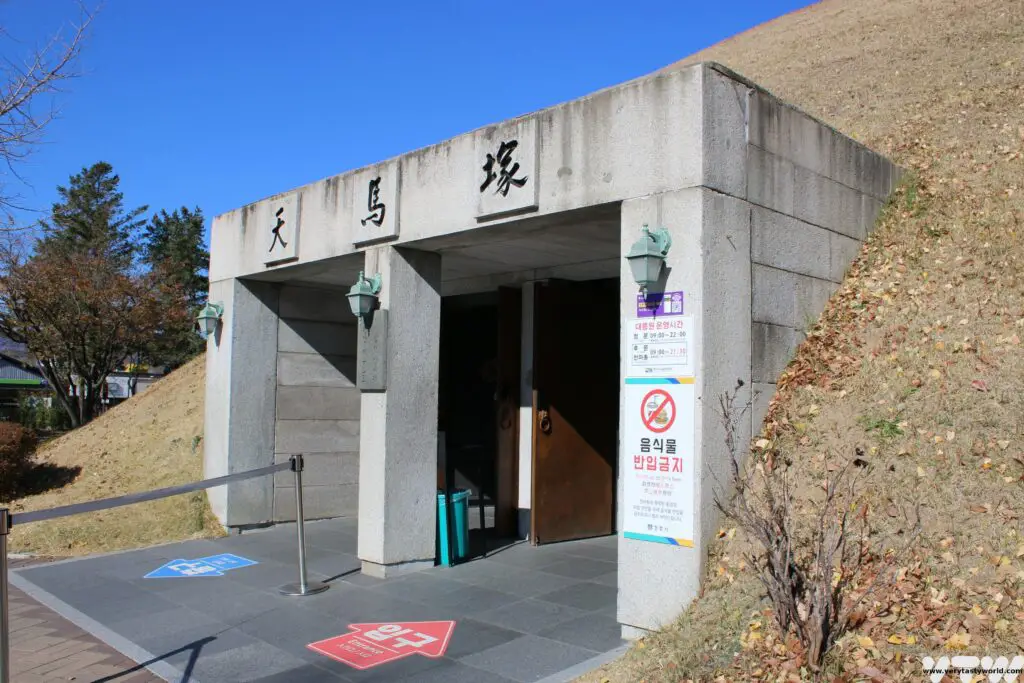
Many Silla artefacts are displayed inside the tomb and you can marvel at the craftsmanship of the intricate and delicate goldsmiths. The Silla were clearly a wealthy people and the crowns and jewels they wore reflected their status.
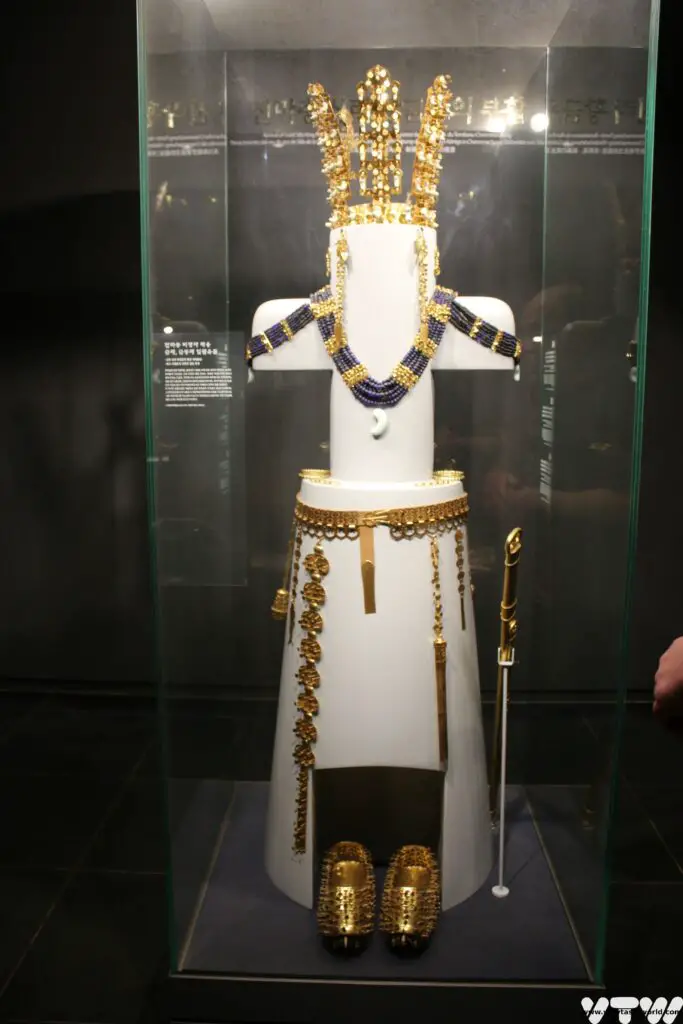
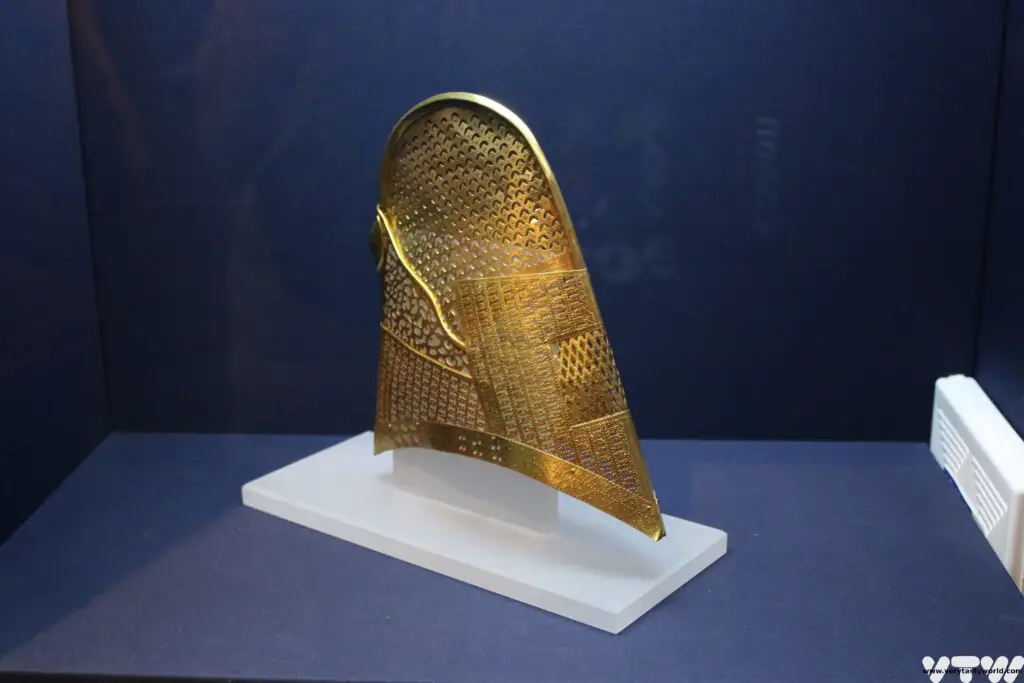
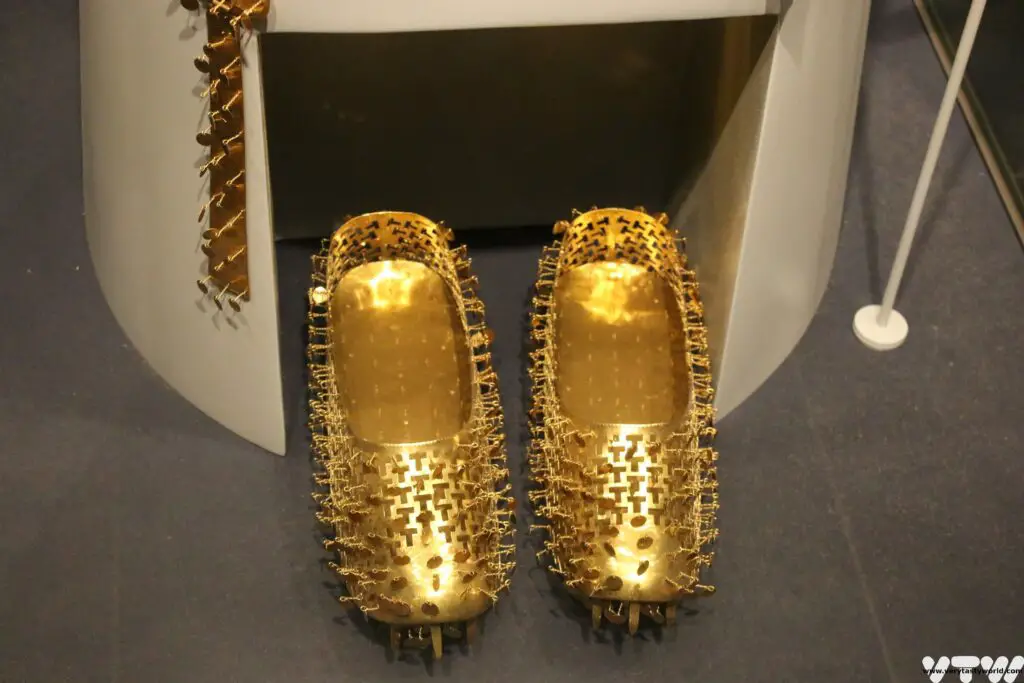
Exit this site to the south to visit the Gyeongju Eastern Historic Site
If you are feeling peckish, there are a number of restaurants in this area, located between the Daereunwong Tomb Complex and the Eastern site, where you can enjoy a snack or a light meal.
Gyeongju Eastern Historic Site
There are a vast number of fascinating sites to explore in this area, most of them are eminently walkable.
Cheomseongdae
This is the oldest surviving observatory in Asia (possibly even the world), constructed by the Silla in the 7th century. It is nearly 10 metres high and would have been used for astronomical observations. The square window halfway up the tower was also the entrance. The tower is comprised of 365 stones to represent each day of the year. It is thought that the number of the stones, and their placement, in the tower may represent astronomical figures but no one really knows what these might be so this theory isn’t certain.
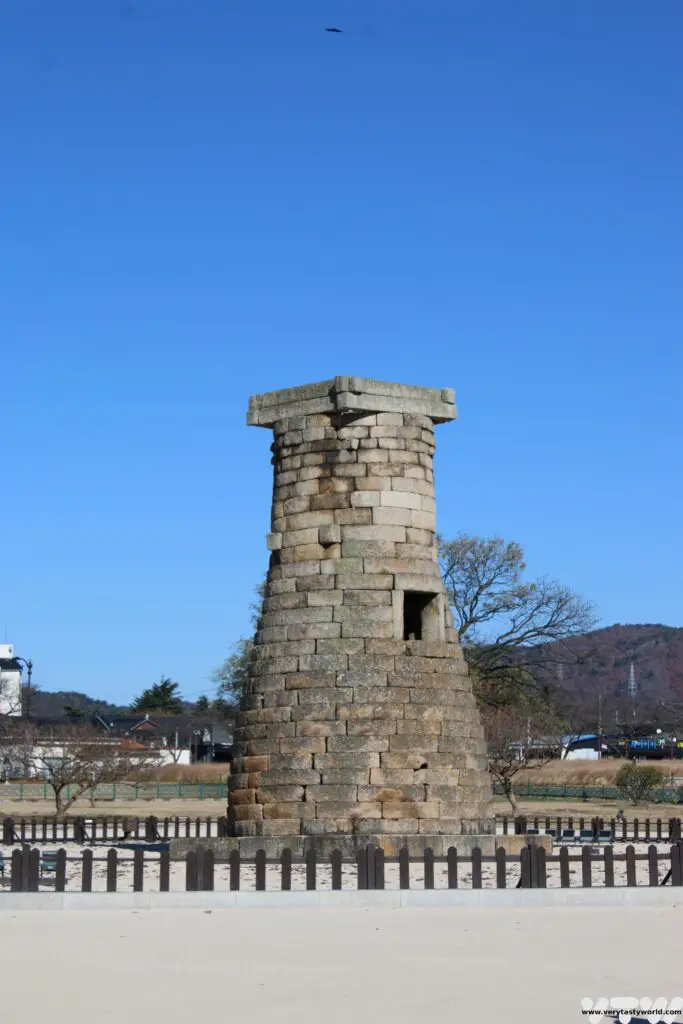
As you follow the main track, take a right turn just past Cheomseongdae to walk through a pleasant path to reach the…
Gyeongju Gyochon Traditional Village
This small village has a number of houses built in traditional style, some of which are residential properties but some are accessible to enter. Many of these date from the Joseon dynasty (1392 – 1897) rather than Silla. Of particular interest is the Confucian school which is still in use to provide education of Confucian practice.
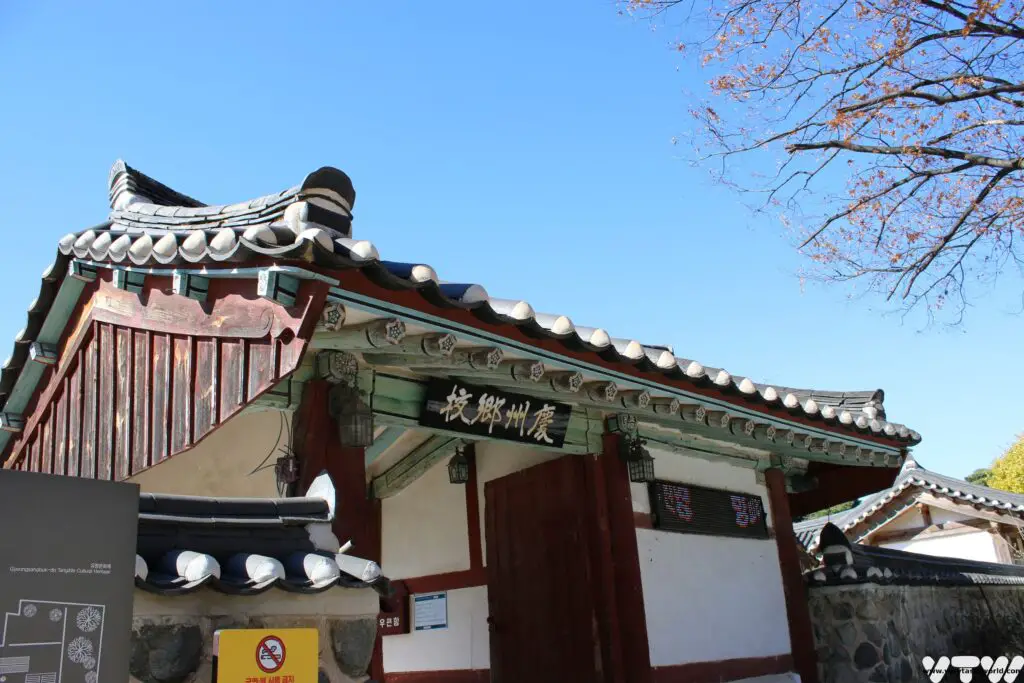
The Historic House of Rich Man Choe is a house dating back to approximately 1700, although is it is a reconstruction. The Choe family were rich through 12 generations and this house is representative of the buildings of the nobility of the Joseon Dynasty. Nearby the traditional village is the Jaemaejeoung well, situated by General Kim Yusin’s house. Next to the well is a tombstone dedicated to King Gojong (a Joseon king).
There are a number of cafes and restaurants here if you fancy having a bit of a rest from sightseeing. This is a good place to enjoy a spot of lunch.
Day 1 Afternoon
Woljeong Bridge
Moving further south from the traditional village, you will arrive at the river and the spectacularly beautiful Woljeong Bridge. This is a reconstruction of a Silla bridge that was originally built during the reign of the 35th Silla King, King Gyeongdeok.
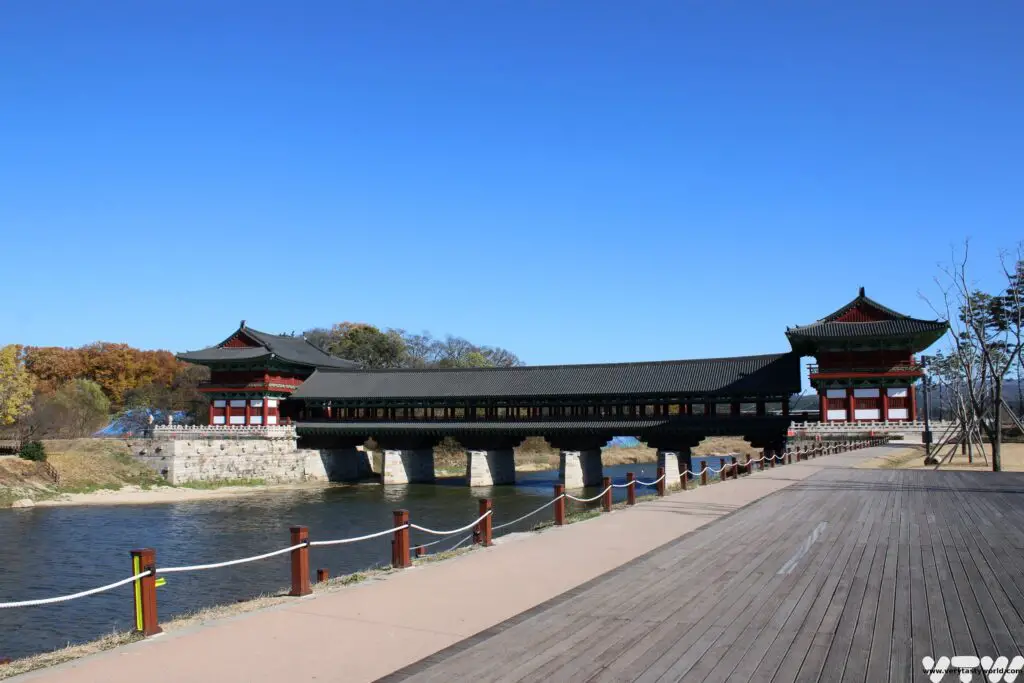
The bridge is covered all the way across, its pillars and roof highly decorated in red, green and blue.
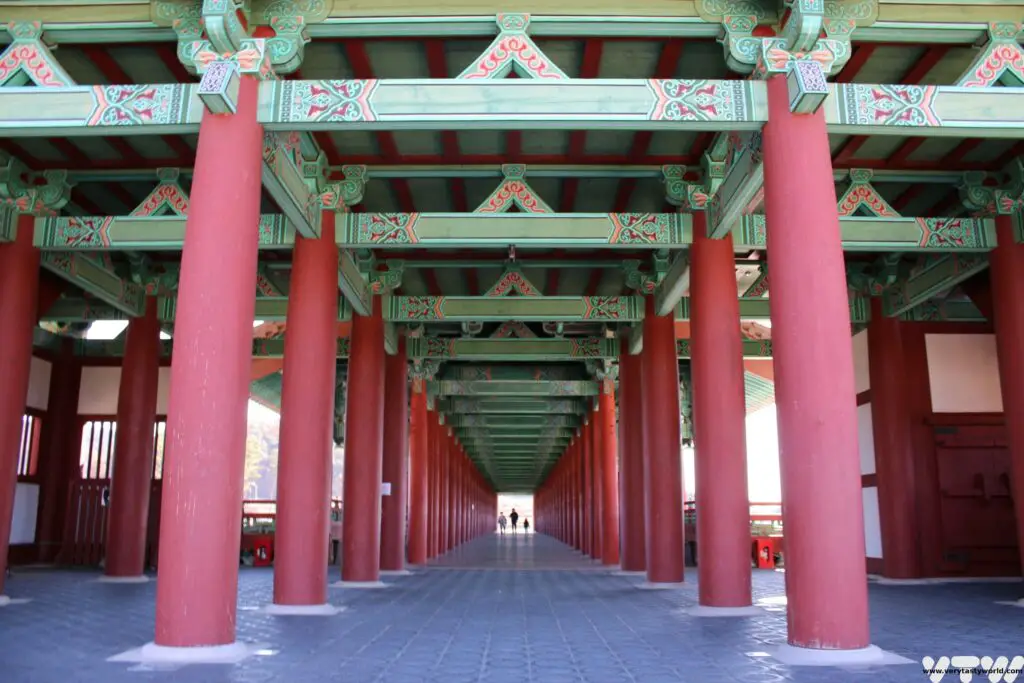
You can also climb the steep steps into the bridge towers to view exhibitions which include a number of historic artefacts.
Oleung Five Tombs Site
Beyond the bridge you can turn right and walk along the riverside until you arrive at a walled complex. Follow the wall along the river and turn left along the main road and follow the wall to reach the entrance. This site has a small fee to enter. It has four earthen mounds and a round grave. They are the tombs of a single king, King Park Hyeokgeose, who founded the Silla Dynasty.
He apparently ruled for 62 years and after he died, according to a legend, his body was ripped into five pieces and fell back to earth from heaven. His people tried to bury him in a single tomb but a giant snake prevented them from doing this, so five tombs were constructed. The tombs have not been excavated.
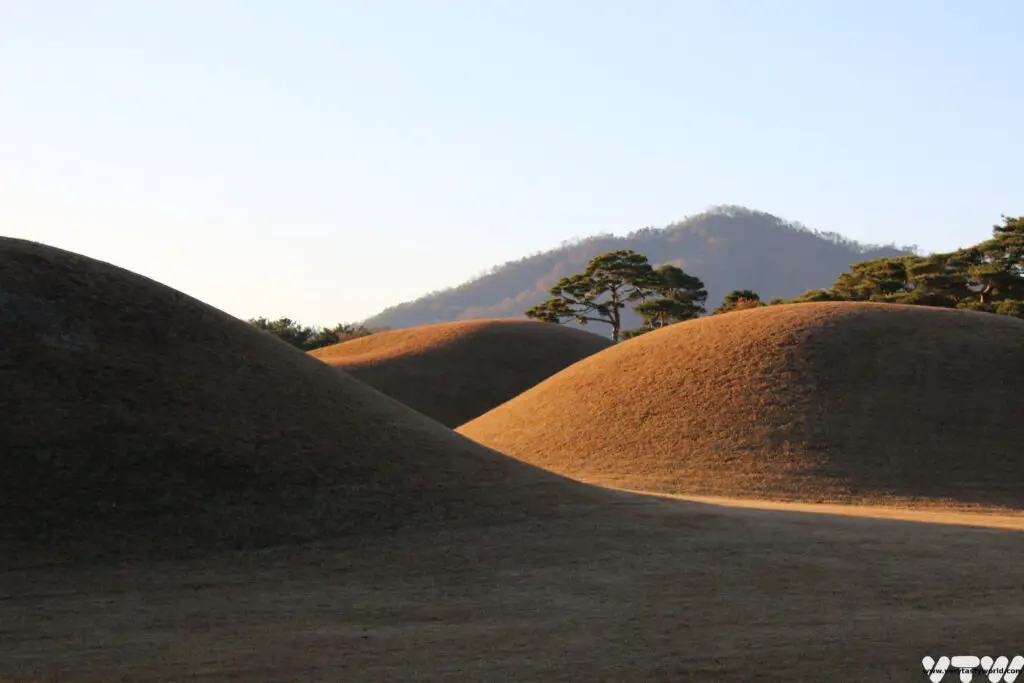
A lovely foodie moment happened after had left the site and were making our way back to the bridge. We were beckoned by a man who wanted us to meet his family and show us how they made kimchi. We were invited into his courtyard and he showed us a bathtub of cabbages which had been halved and brined. He, his sister and 84 year old mother were washing the cabbages. The following day each cabbage leaf would be smothered in a deliciously spicy paste and fermented. It was such an honour to be invited to this delightful family’s home and to see the kimchi making process.
Wolseong Palace
You can walk back along the river, cross the bridge and turn right at the traditional village to go across the park and see the remains of Wolseong. This was a Silla palace that was originally constructed in the 2nd century. No buildings can be seen, save a small ice-house, but the moat has recently been restored.
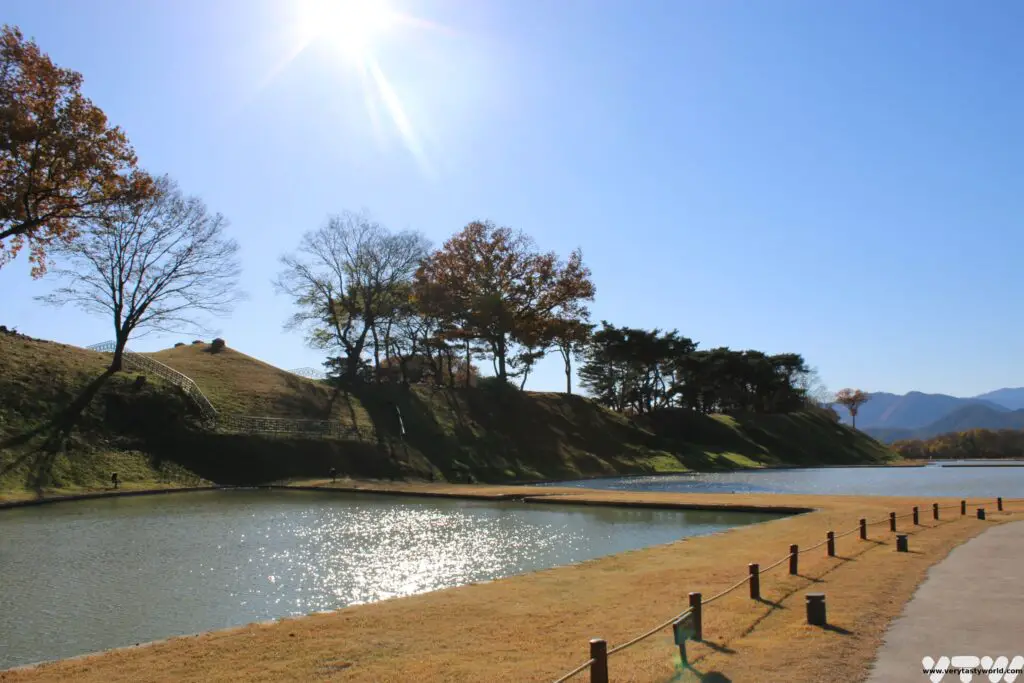
Donggung Palace and Wolji Pond
Follow the moat around and bear right. After exiting the park turn right and walk along the road, then cross to the Donggung Palace and Wolji Pond. This was a palace that was used by the Silla crown prince. The site has a beautiful pond (Wolji means “pond that reflects the moon”) which was constructed in 674 CE and is set in a lovely garden.
There is a small fee to enter the grounds. It’s possible to walk round the lovely lake to view its three islands. There are also some reconstructed lakeside buildings. It’s easy to imagine this as a place of leisure for the crown prince. It was extremely pretty, even in winter.
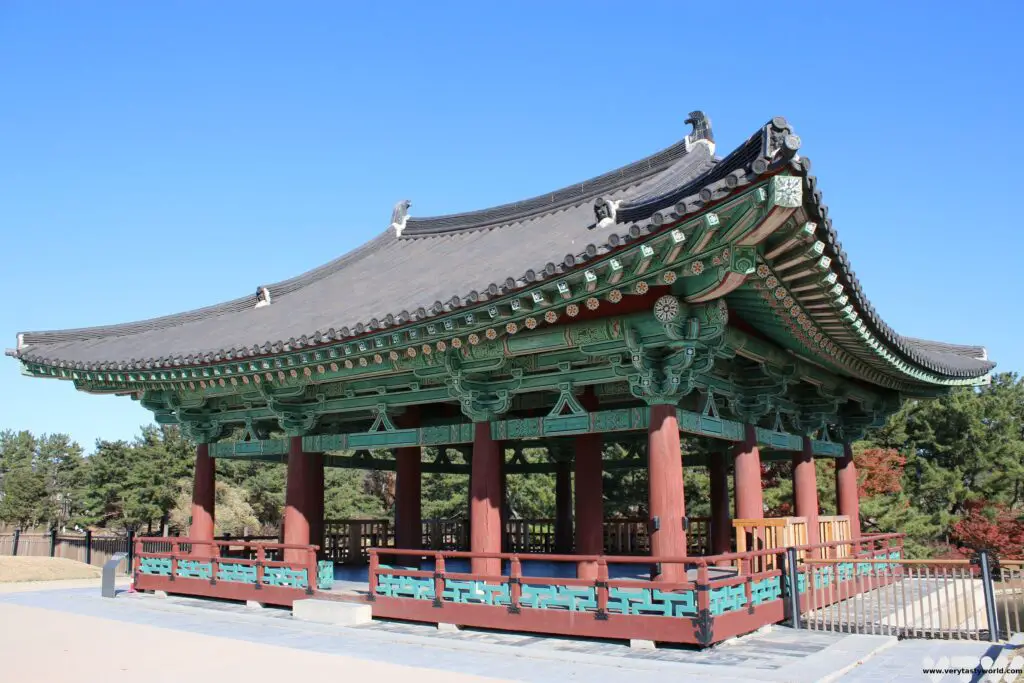
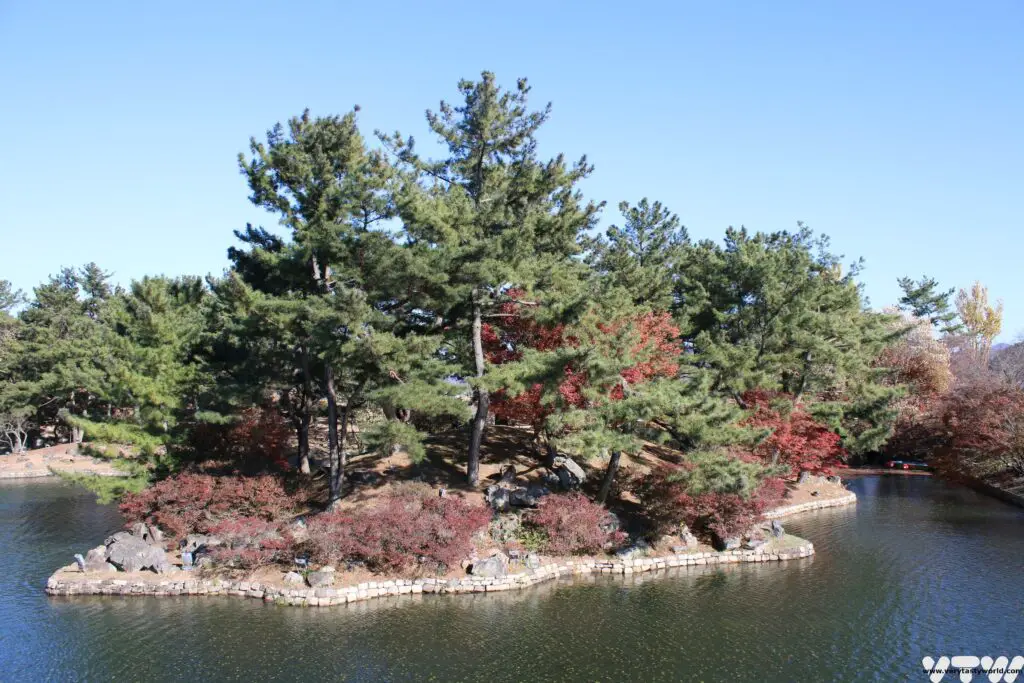
2 day Gyeongju Itinerary: Day 2
On the second day we suggest exploring some of the important historic sights outside the city.
Day 2 Morning – Bulguk-sa and the SeokGuram Grotto
You can catch a bus to visit the UNESCO sites of Bulguk-sa and the SeokGuram Grotto.
Bus numbers 10 and 11 go to Bulguk-sa (number 11 from the city centre is the quickest route) on a loop route.
Bulguk-sa is a historic temple complex set in a beautiful garden and is a triumph of Silla architecture. It was originally built between 751 and 774 and served as the centre for Silla Buddhism and was a place for prayer to protect the country from foreign invaders.
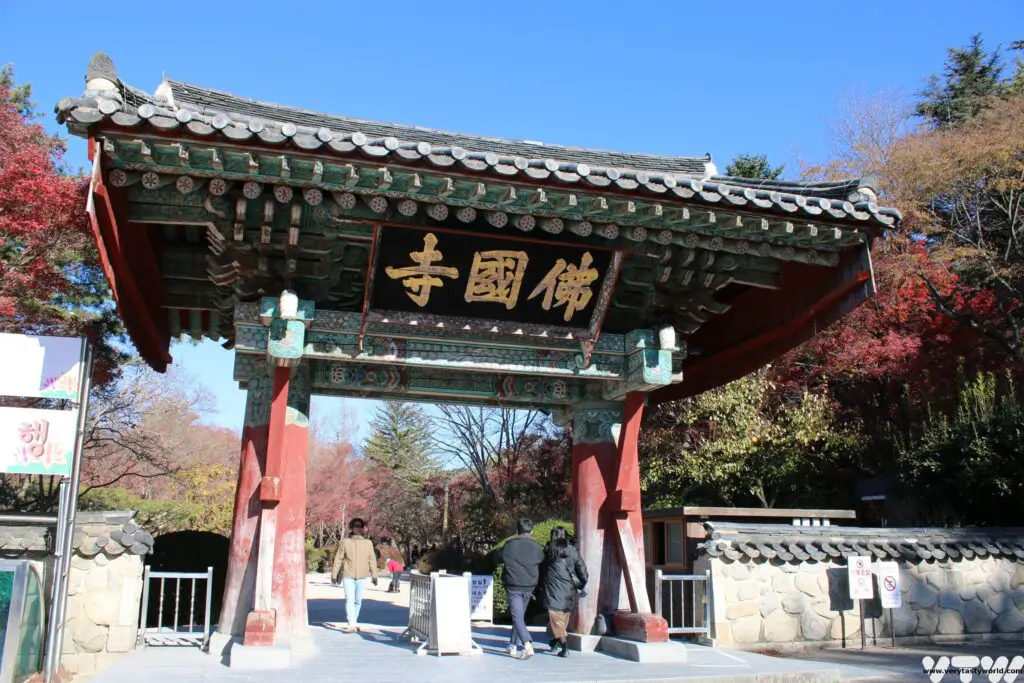
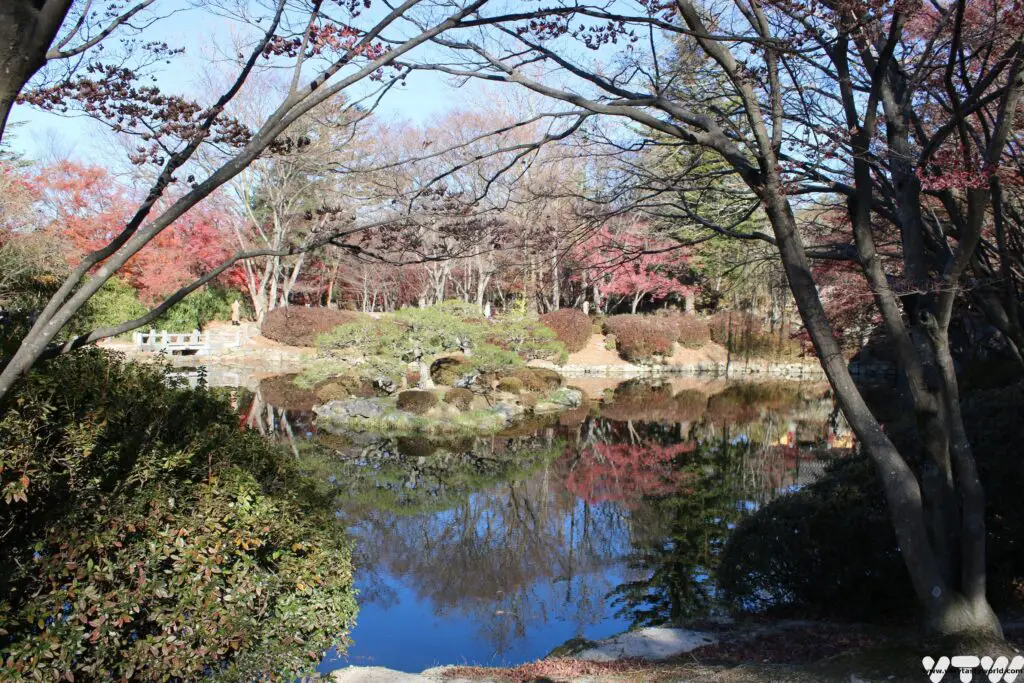
Unfortunately the buildings were destroyed by Japanese invaders in 1593 and have been rebuilt. The main Buddha hall was rebuilt in 1765.
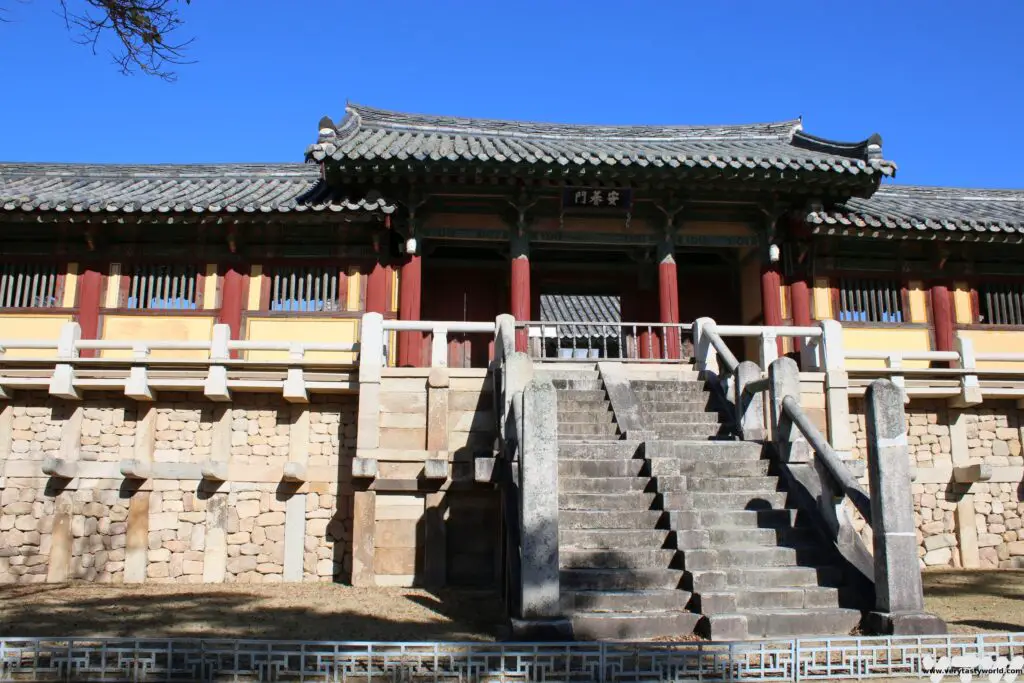
In front of the hall are two pagodas which survived the destruction are considered to be national treasures.
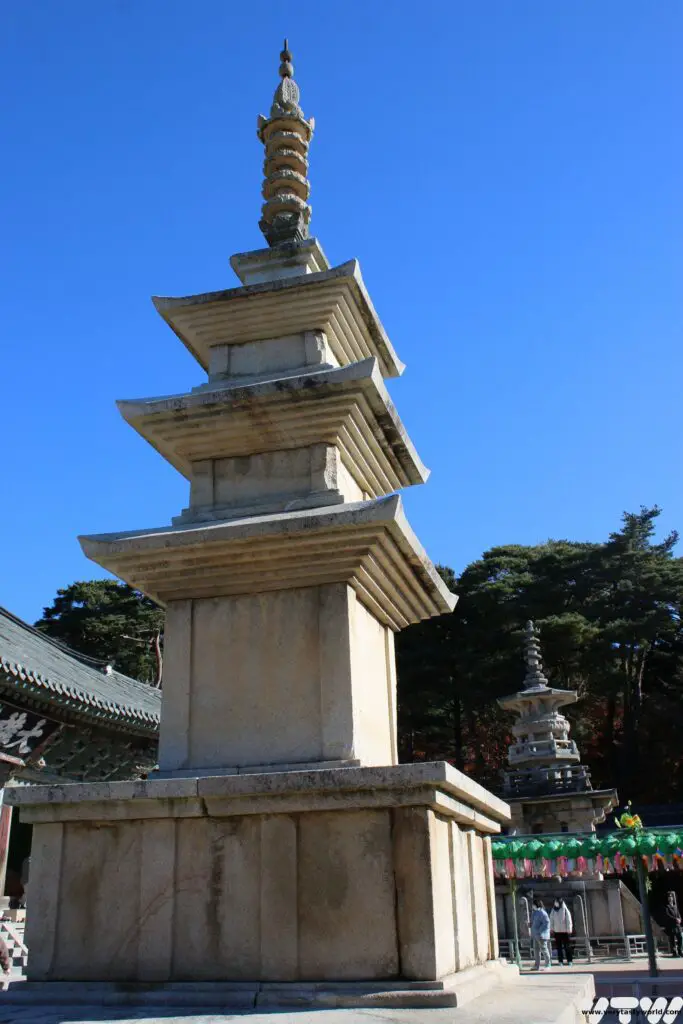
Dabotap , the Many Treasures Pagoda, is a typical Silla construction. The more ornate pagoda is Seokgatap, the Sakyamuni Pagoda, and it’s more reflective of the architecture of the neighbouring Baekje kingdom. In 1966 archaeologists discovered a copy of a sutra inside the pagoda which is an absolute treasure, considered to be amongst the world’s oldest woodblock printed books.
There are numerous other temple buildings and gardens to explore.
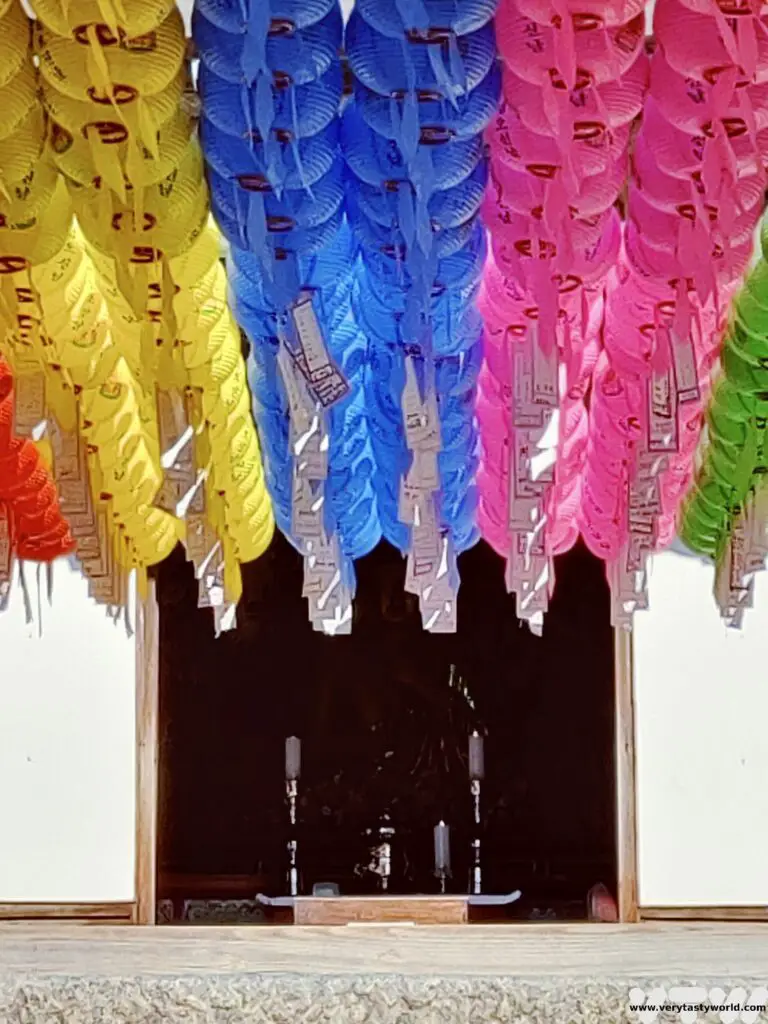
Bus number 12 will take you to the SeokGuram Grotto. If you’re feeling energetic, you can walk up the hill – it’s 2.2km to reach the grotto – but we’d recommend taking the bus as the road doesn’t have a great path for pedestrians. The bus stop to the grotto is at the bottom of the hill on the main road opposite the tourist information centre in the Bulguk-sa lower car park. The tourist centre will be able to give you a bus timetable.
The SeokGuram Grotto is another world heritage site. This is a cave temple, built in 751CE by the Silla people, which contains a Buddha. It is 3.23m tall, sculpted in granite and is considered to be one of the world’s most exquisite heritage carvings. The Silla cleverly designed the cave on a hillside where a stream runs underneath, perfectly regulating the humidity within the cave.
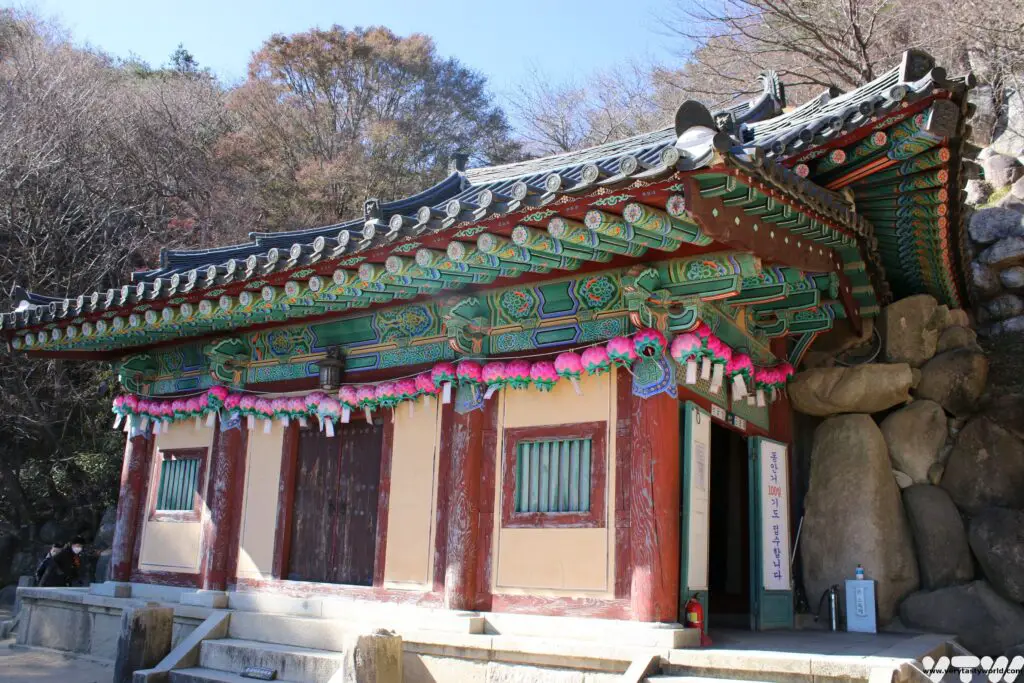
Visitors can walk into the cave and view the Buddha which is located behind a protective screen. There are deities that guard the main Buddha, two on each side. Photos are not allowed.
It is a short walk of around 1km along a pleasant, forested path to the SeokGuram Grotto from the entrance. At the very top of the stairs by the car park there is a traditional bell, which you can ring for a small fee of 1000Won. The money goes to charity.
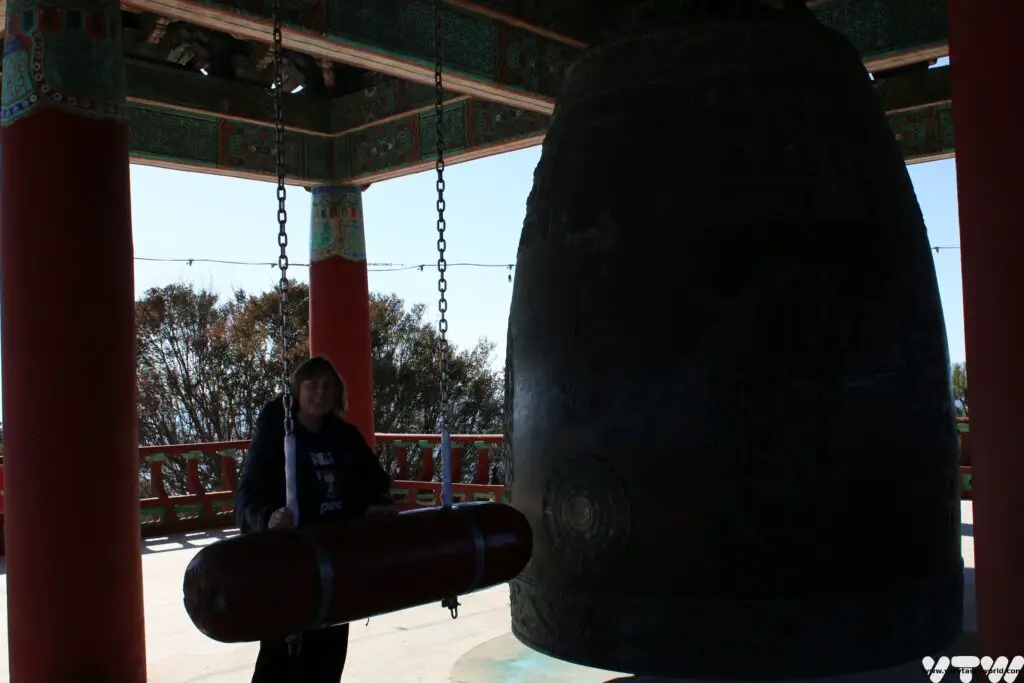
Day 2 Afternoon Choices
There are choices for how to spend the afternoon.
On the way back, the buses pass by the Lake Bomun resort area. If you looking for more modern activities Gyeongju has a popular theme park which is a major draw for younger people in particular. This area also has a K-Pop museum and a museum of contemporary art. You will pass by the park on the no 10 or 11 buses and they both stop there.
Alternatively you could spend the afternoon browsing the Gyeongju Museum (open 10m-6pm, free entry) which has extensive permanent and temporary exhibitions about the Silla.
The history gallery and Silla art gallery are notable highlights, both of which exhibit precious artefacts.
Evening at the Gyeongju Eastern Historic Site
We recommend revisiting the Gyeongju Eastern Historic Site in the early evening. It’s a place where locals and visitors spend time relaxing in the park. Kite-flying is a popular activity.
Many of the historic sites are lit up after nightfall and it is especially worth walking back to Cheomseongdae and the Woljeong Bridge.
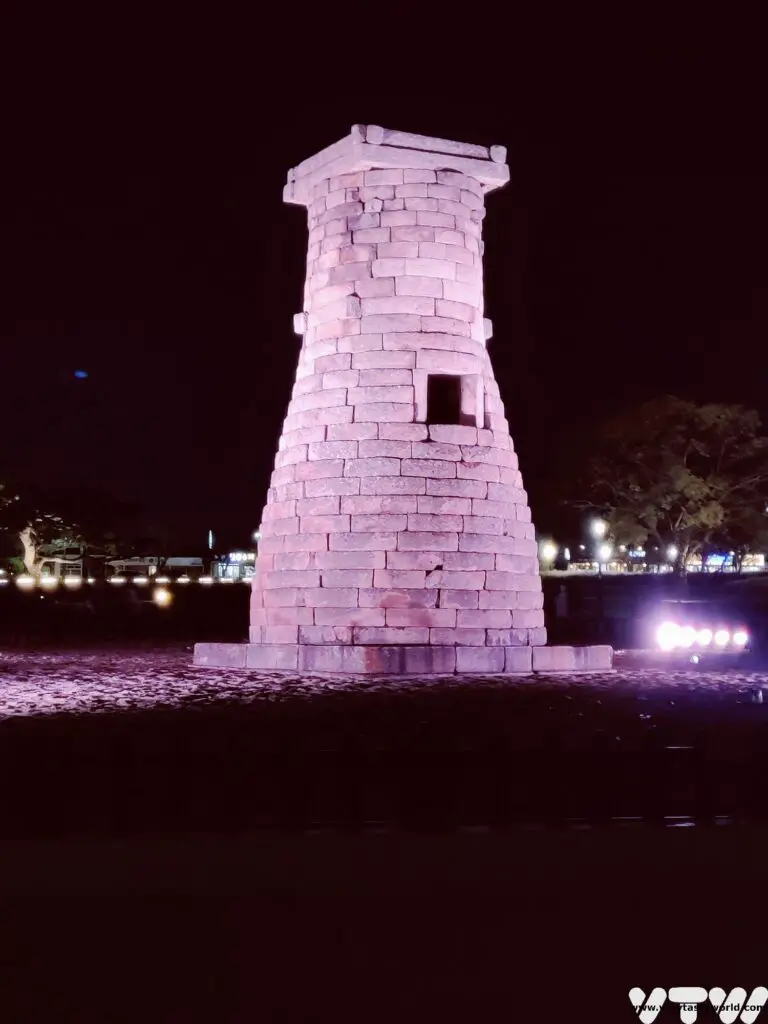
They are both impressive in the daytime but spectacular at night.
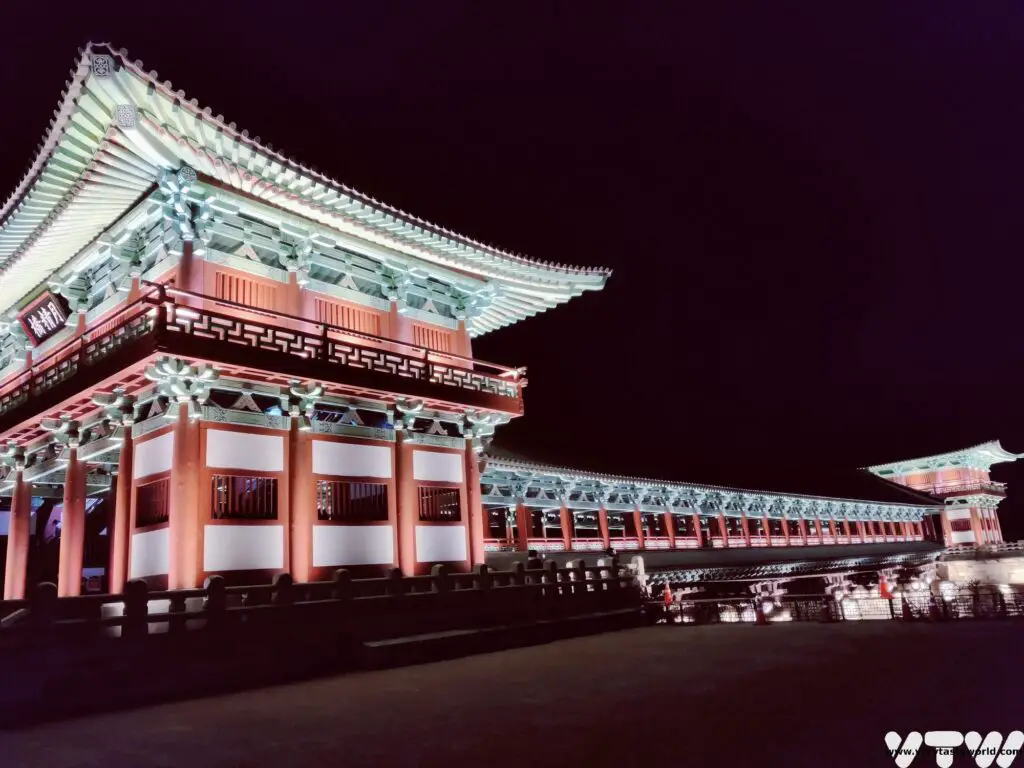
Gyeongju for Foodies
We ate very well all over Korea and the cuisine in Gyeongju was no exception. There are a plethora of restaurants in the city and around. Prices are very reasonable – most of the meals we enjoyed were around 10,000 Won (~$8) or less per person. There were a couple of excellent restaurants in the city centre or close to the Eastern Historic Site.
Sukyoung sikdang gyeongju on Gyerim-ro, opposite the The Daereunwong Tomb Complex, offered a home-cooked bibimbap (rice bowl) with lots of banchan side dishes and broth. This is a great option for vegetarians because all the dishes were vegetable based except for an additional order of fish (which we did order and enjoy). The sides comprised omelette, mushroom, water kimchi, radish kimchi, blanched vegetables, tofu. Barley tea was also served because it was a cold day. The proprietor also made his own makgeolli – a kind of rice wine.
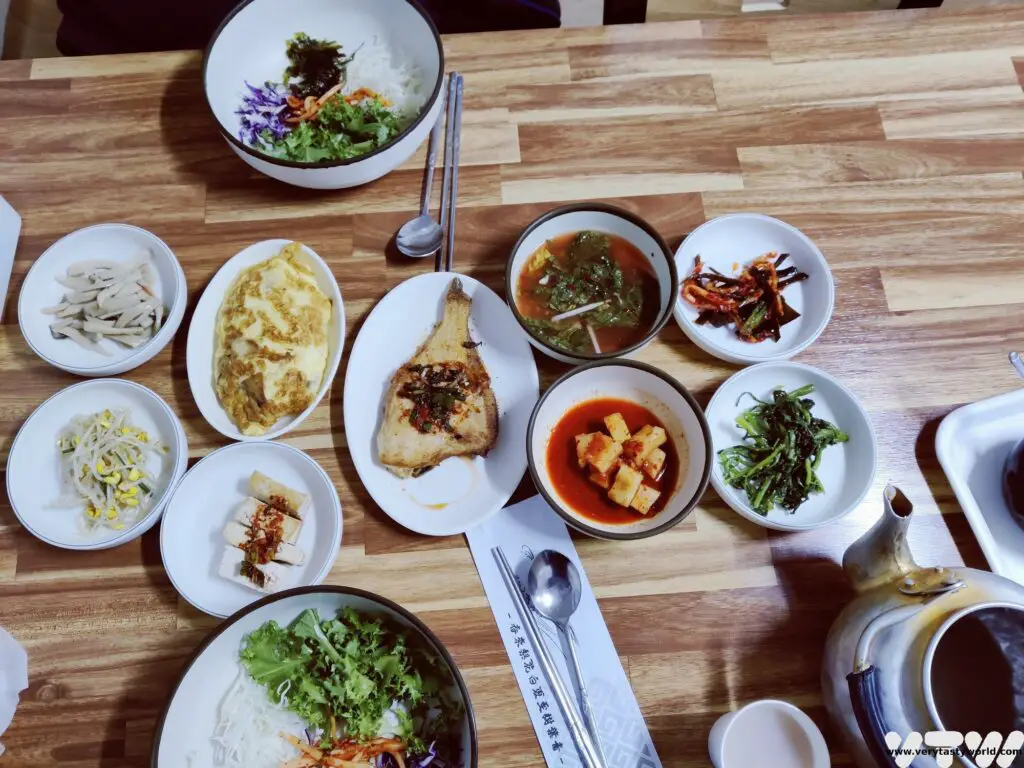
We stopped into 한식집 숟가락 젓가락 located on Taejeong-ro791 Becon-gil because we saw its sign with a huge number of dishes. This wonderful little restaurant offered a feast that was an absolute bargain. You choose a stew and then get rice, 11 side dishes and barley tea. All for 8000 Won each (about $6). And it was utterly delicious.
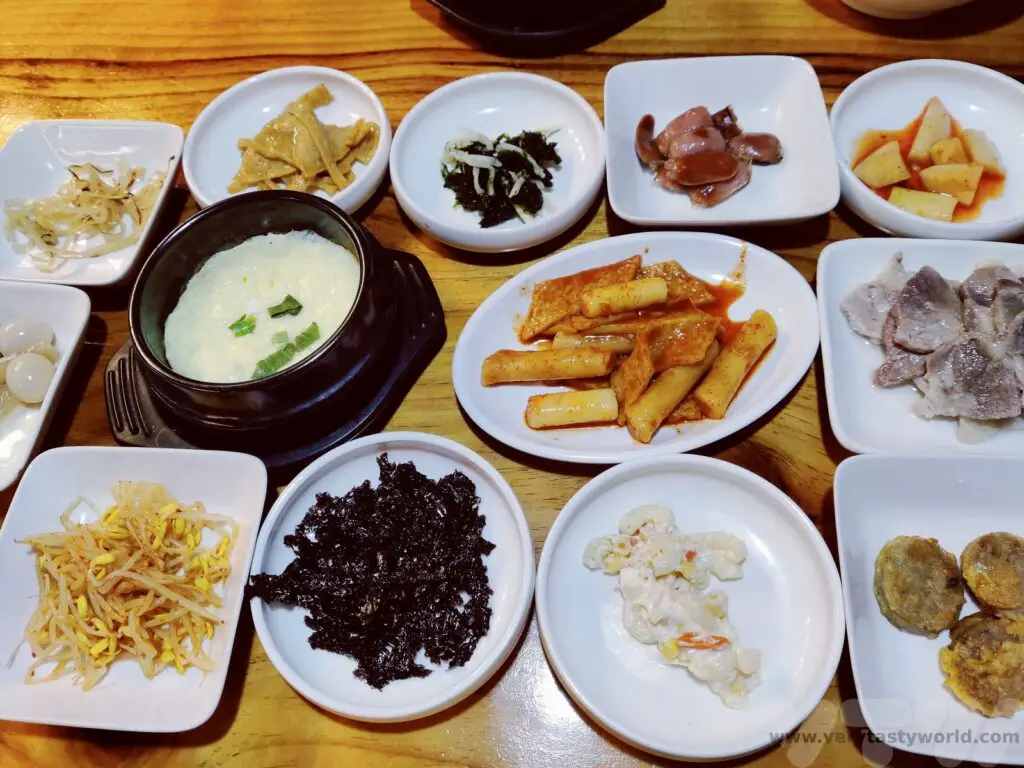
In town there is a dumpling restaurant 울타리없는만두 on Dongseoung-ro. The proprietor speaks good English and is delightful. We enjoyed two different types of dumpling. He steams them outside the shop – puts the dumplings in a basket, passes them through the window into the steamer, whereupon a rush of steam engulfs the side of the street and the dumplings cook in double quick time.
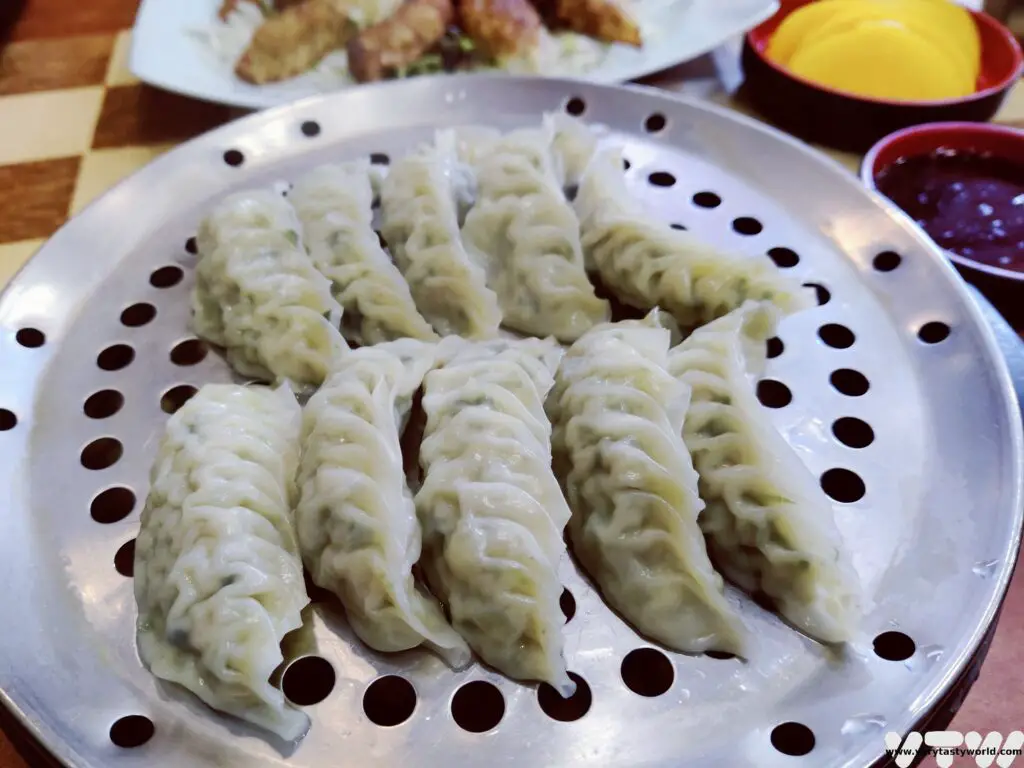
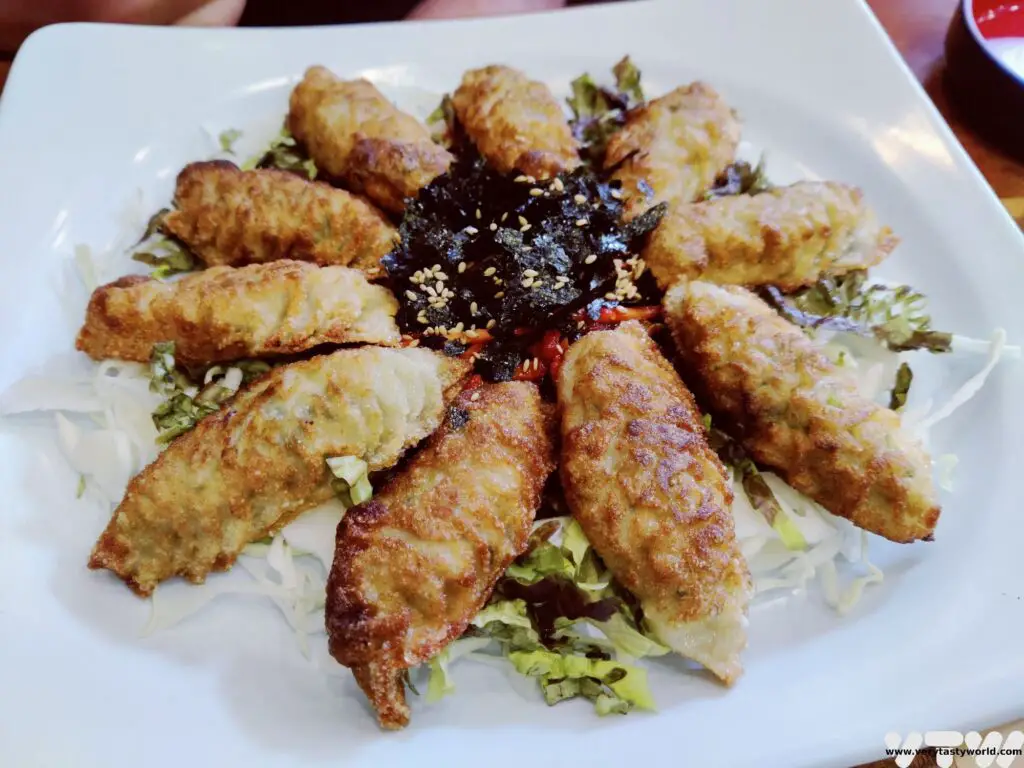
Seongdong Market, opposite the old railway station has a number of stalls if you are seeking street food. And we always advise seeking street food in South Korea – there are so many amazing dishes to try. The market also has an area with some restaurants that also serve a variety of banchan.
Gyeongju Specialty Food
Gyeongju has its own special bread known as hwangnam-ppan. We found it quite difficult to buy in individual portions as it is usually beautifully packaged in presentation boxes. (We were backpacking and didn’t feel that if we were carrying a beautifully packaged presentation box it would survive the rest of the trip!) However, one bakery sold us two single packs. Hwangnam-ppan is a sweet bread, which tastes like a scotch pancake. It’s soft and spongy in texture. The filling is a smooth, sweet red bean paste.
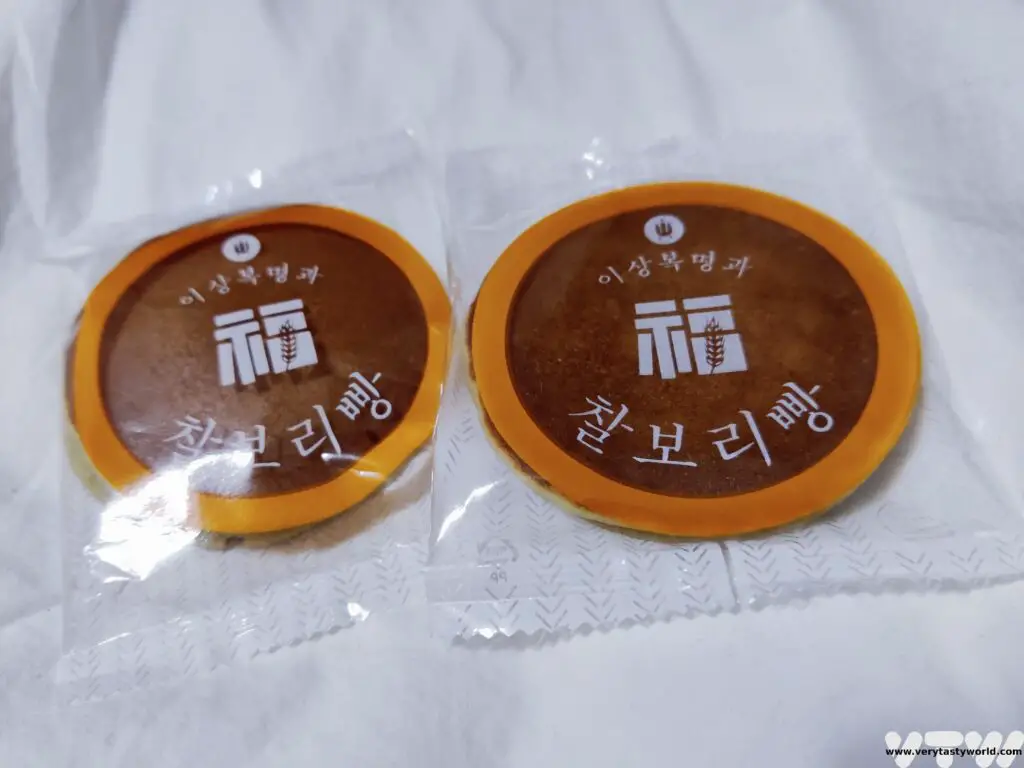
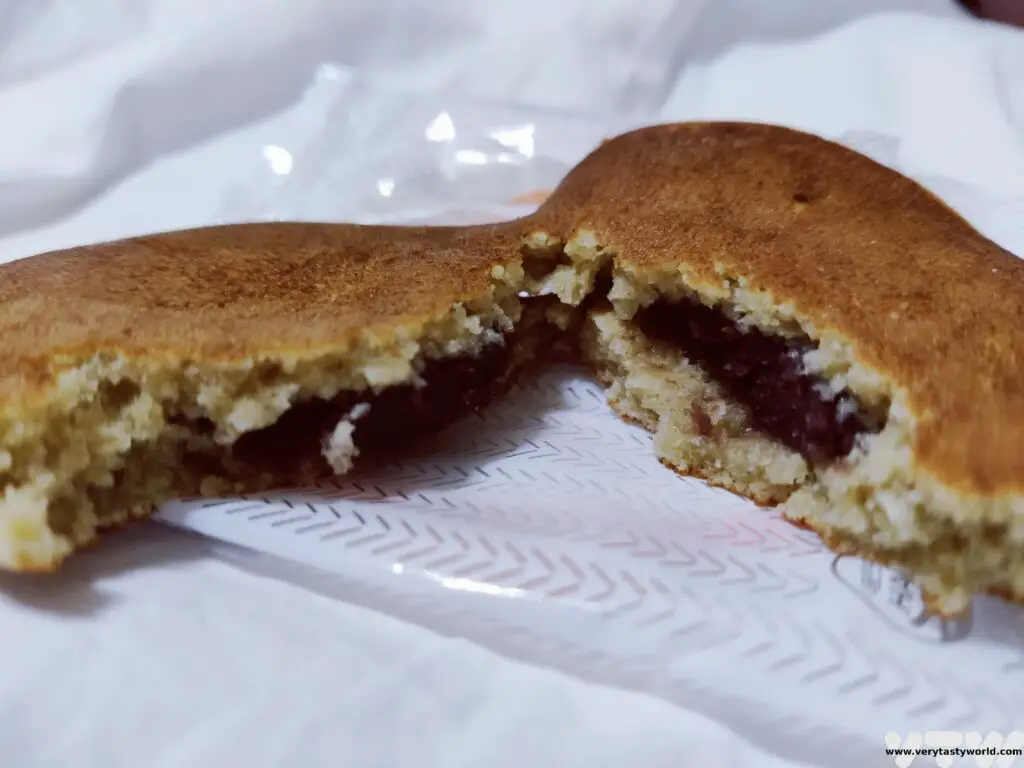
So, how did we do with collecting those site stamps? This is what we covered in two days.
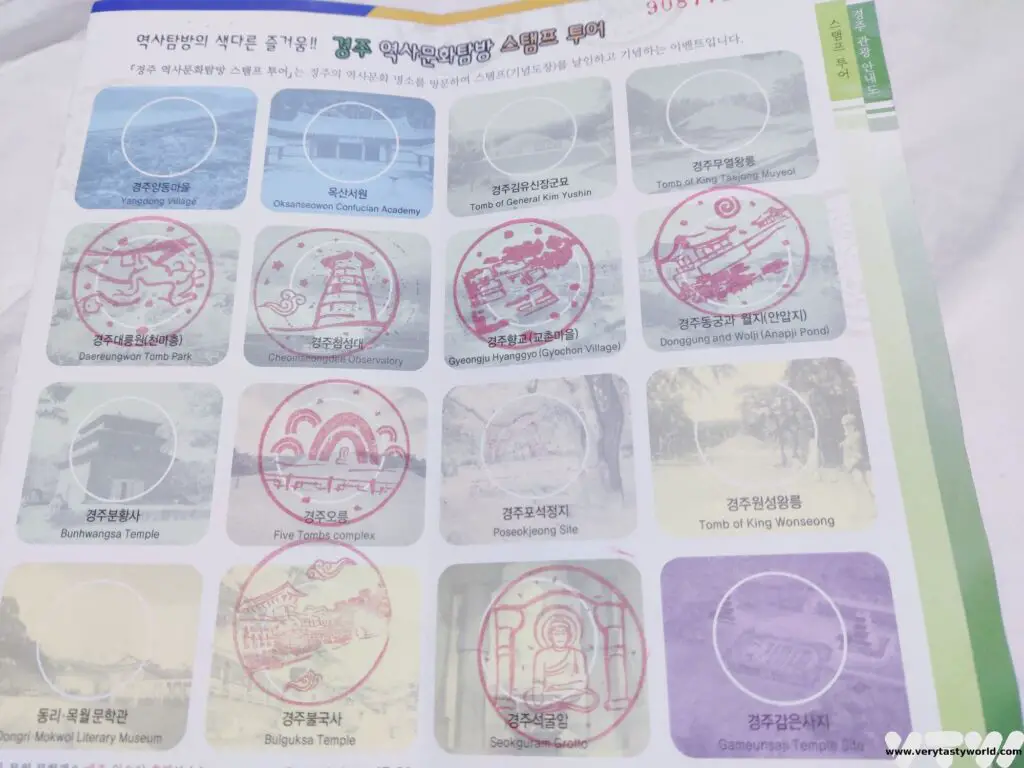
We can’t recommend Gyeongju highly enough. As you can see, our two day Gyeongju itinerary gave us a flavour of the highlights but there are many, many more places to see. We want to return and spend much more time exploring this remarkable region.
Related Posts You May Enjoy

- World’s Best Breakfasts -Breakfast of Champions!
- A One Day Hanoi Itinerary
- Mekong Meanderings
- A Chiang Rai Temple and A Country Retreat
- A Chiang Mai Tour in Northern Thailand
- Sunrise at Angkor Wat & Other Temples To Explore

Thanks so much for reading. We hope you enjoyed this article. If you’d like to keep up to date with new posts and recipes, please subscribe to our newsletter or follow us on social media – X, Facebook or Instagram. We always love hearing from you and would be delighted to read your thoughts about this article.
A 2 Week Patagonia Itinerary
Patagonia is a dream destination for many people and we had longed to visit this stark, beautiful and remote region for several years. The prospect of travelling to the far southern reaches of the American continent and exploring its wild and beautiful landscapes, gorgeous glaciers and, of course, meeting penguins was irresistible. But unless you live in South America, it is a very long journey to reach Patagonia. And when you get there, distances are long. But it is possible to see many amazing sights within a fortnight. Here is our 2 week Patagonia itinerary.
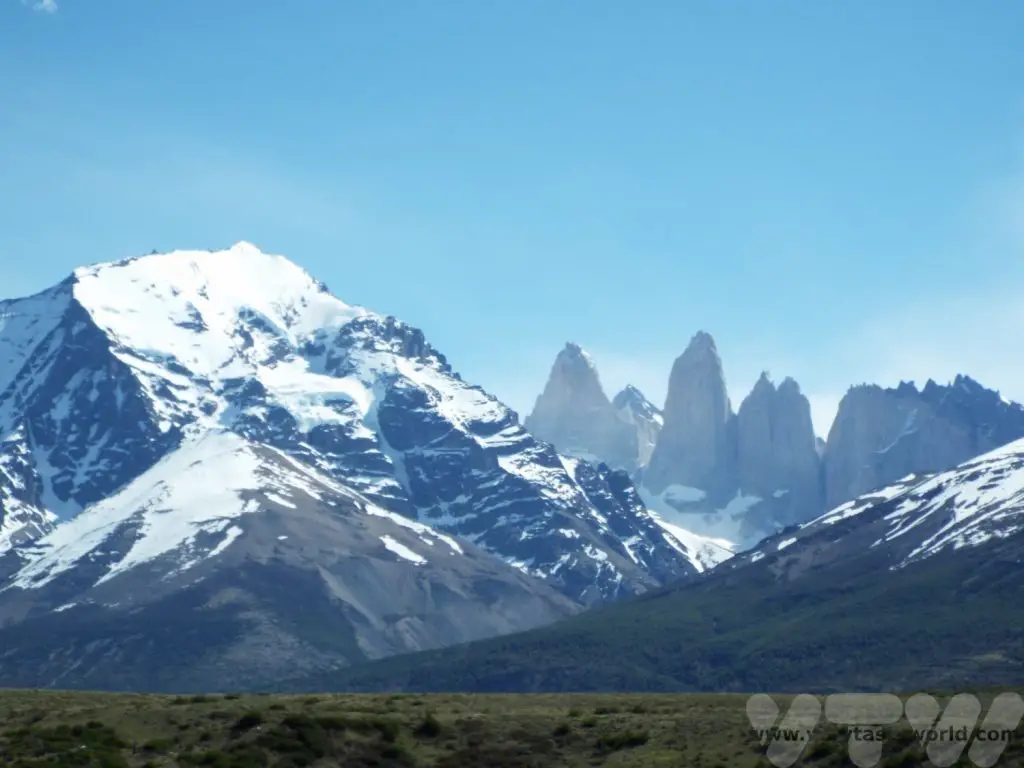
Patagonia 2 Week Itinerary
This Patagonia itinerary is quite full on. It starts in Santiago, Chile and finishes in Buenos Aires, Argentina as those are the best cities to connect with most international flights. There is a lot of travelling and we mainly travelled on buses. They are reasonably cheap and pretty comfortable. It’s a very relaxing way to travel and a great way of seeing the countryside. And, needless to say, the scenery was spectacular all the way.
Please note that this post contains affiliate links. If you click through and decide to make a purchase we will earn a small commission, at no extra cost to you, which will help towards the costs of running this site.
Day 1 Fly to Santiago
Day 2 Santiago
Spend a day exploring Santiago. We don’t recommend flying directly to Patagonia immediately after your international flight, just in case there are any delays.
There are lots of options for things to do in Chile’s capital city. It is lovely to wander through and the metro system cheap and reliable. You can buy a BIP card and share it between your travelling companions. Our hotel kindly lent us a card and we were able to charge it with exactly the right amount of money for the journeys we wanted to take. We just asked the nice lady at the metro ticket office, told her the routes we wanted to take and she charged up the card accordingly.
Set in a valley amidst the towering Andes Santiago is undulating and features a number of hills popping up from the urban sprawl, many of which have become parks. San Christobal park is the largest green space in the city. You can ride the teleferico or funicular and there are plenty of attractions including a zoo, a number of gardens, swimming pools and playgrounds.
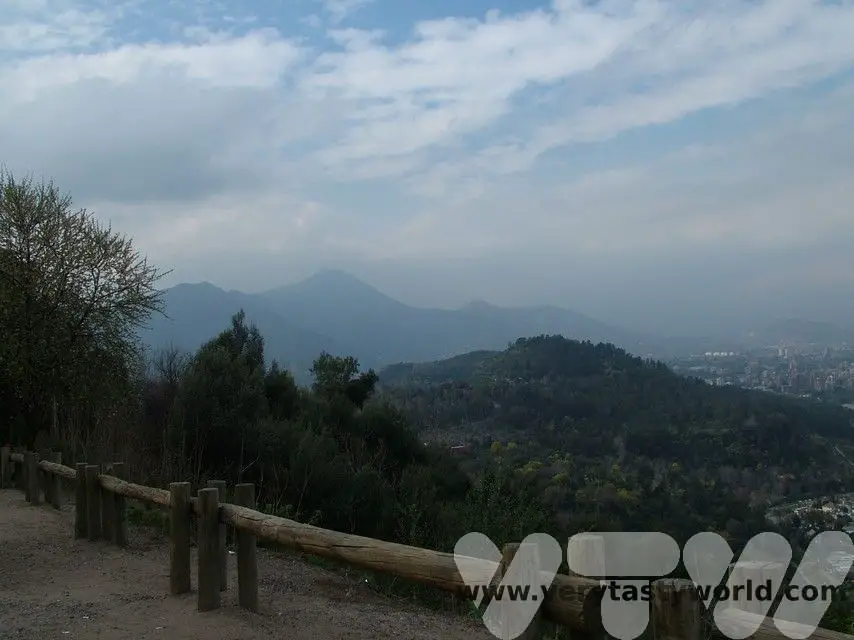
The city centre offers some interesting museums, including the national museum, which has some interesting historic objects including a large number of indigenous artefacts. The Museum das Bellas Artes is a grand building with interesting art exhibitions.
Foodie Recommendation: Make sure to visit the Mercado Central de Santiago – it’s the fish market which also has a number of restaurants. Avoid the big, flashy and expensive affair in the middle, there are loads of much smaller restaurants around the perimeter which offer great seafood at reasonable prices, although you may have to avoid the enthusiastic but not overly pushy touts.
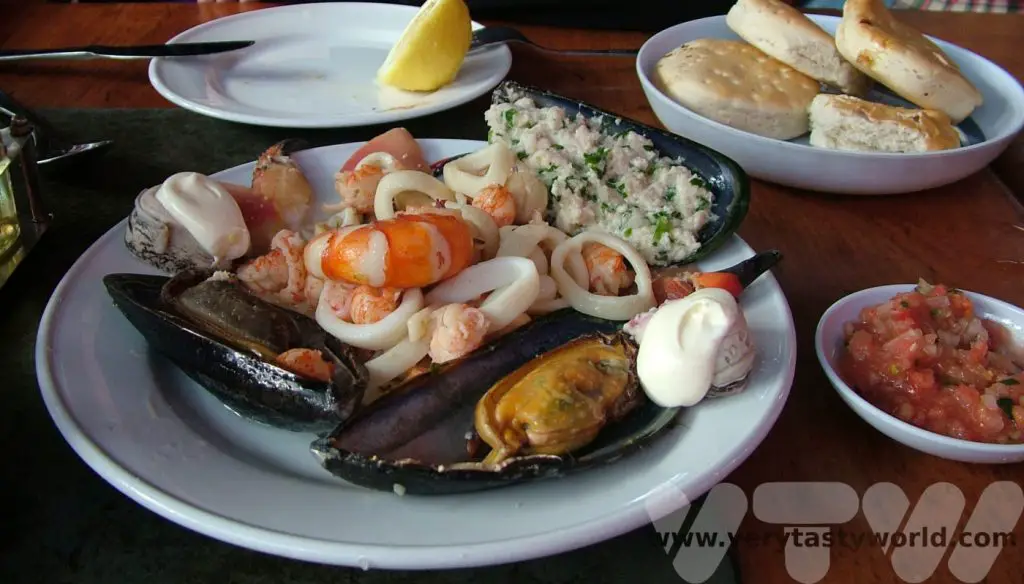
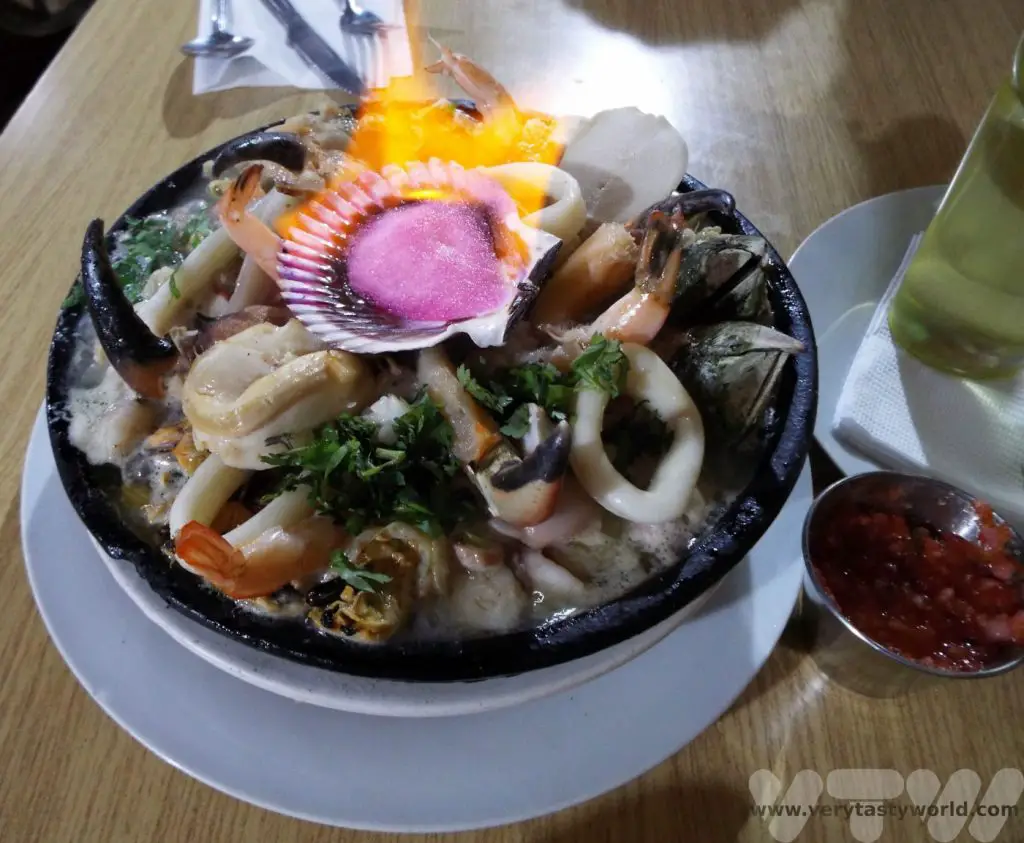
A slightly unusual option for Santiago is taking a day trip to wine country. Just a couple of hours’ drive from the bustling city is the Maipo Valley, where a lot of Chile’s splendid wine is produced. You can tour some of the wineries in the region and enjoy a tasting. Chile’s climate is suited to growing vines and the wines it produces are exceptional quality.
(NB – we didn’t do all these activities on the day before our Patagonia journey, we had visited Santiago on a previous trip. These are just some of the options for spending time in the city before travelling south.)
Day 3 Fly to Punta Arenas
Back to the airport for the five-hour flight to Punta Arenas. If the weather is clear you will see fantastic views of the Andes and will also fly over Chile’s ‘lake district’. Punta Arenas itself is around half an hour away from the airport and there are plenty of options for the 30-40 minute ride into town, including taxis and shared shuttle buses.
Located on the Strait of Magellan Punta Arenas has some interesting museums including Museo Naval y Marítimo, a maritime museum, Museo Regional de Magallanes, a grand mansion.
There are a number of monuments in the city, including Monumento A Tripulantes Galeta Ancud which commemorates the Strait of Magellan becoming part of Chile on 21st September 1843.
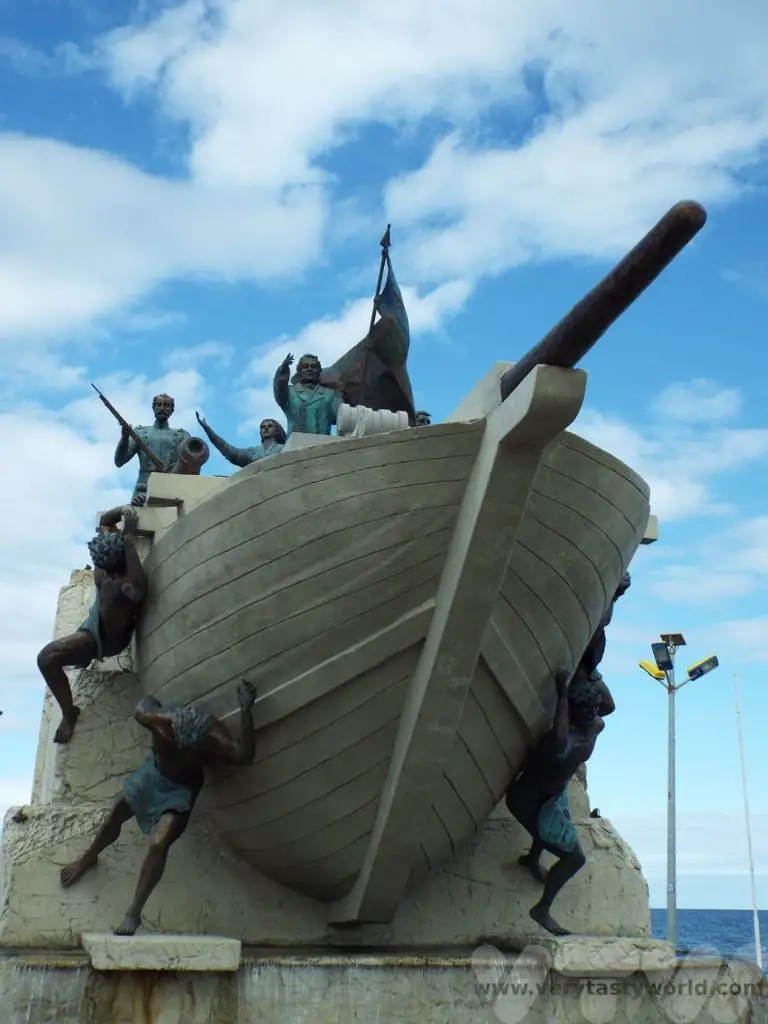
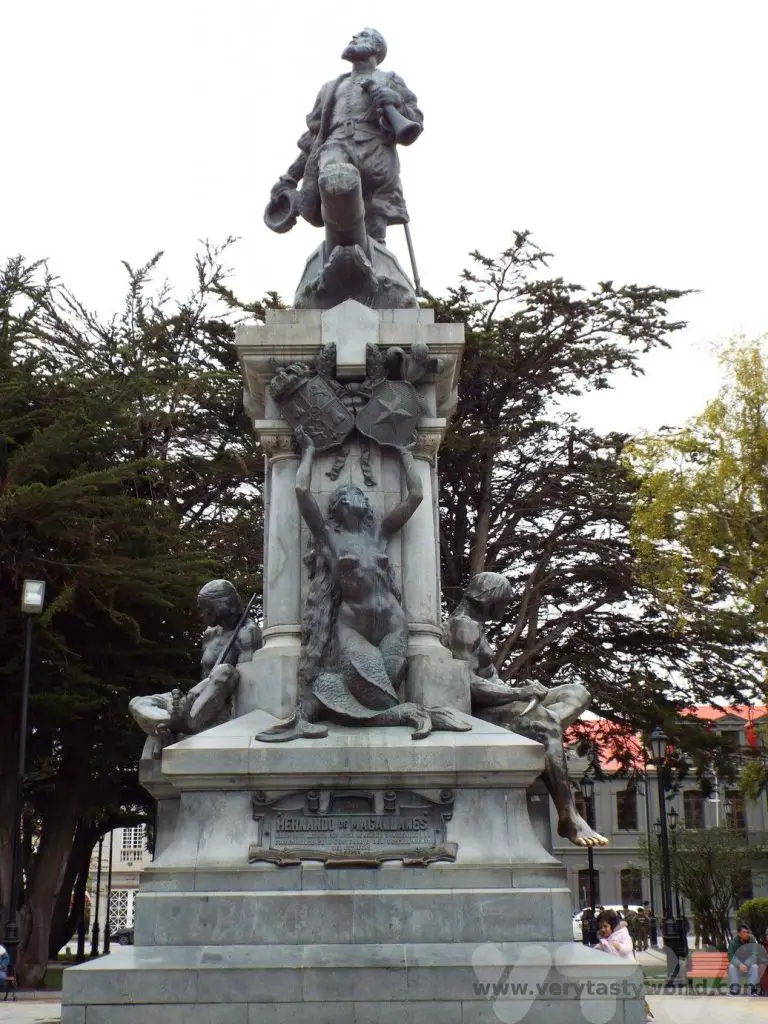
And a monument to famous Portuguese explorer, Ferdinand Magellan.
Foodie Recommendation: La Marmita, on Pl Francisco Sampaio 678, is an excellent restaurant to try local food. Guacano carpaccio, hare stew and Patagonia lamb were amongst the dishes we tried.
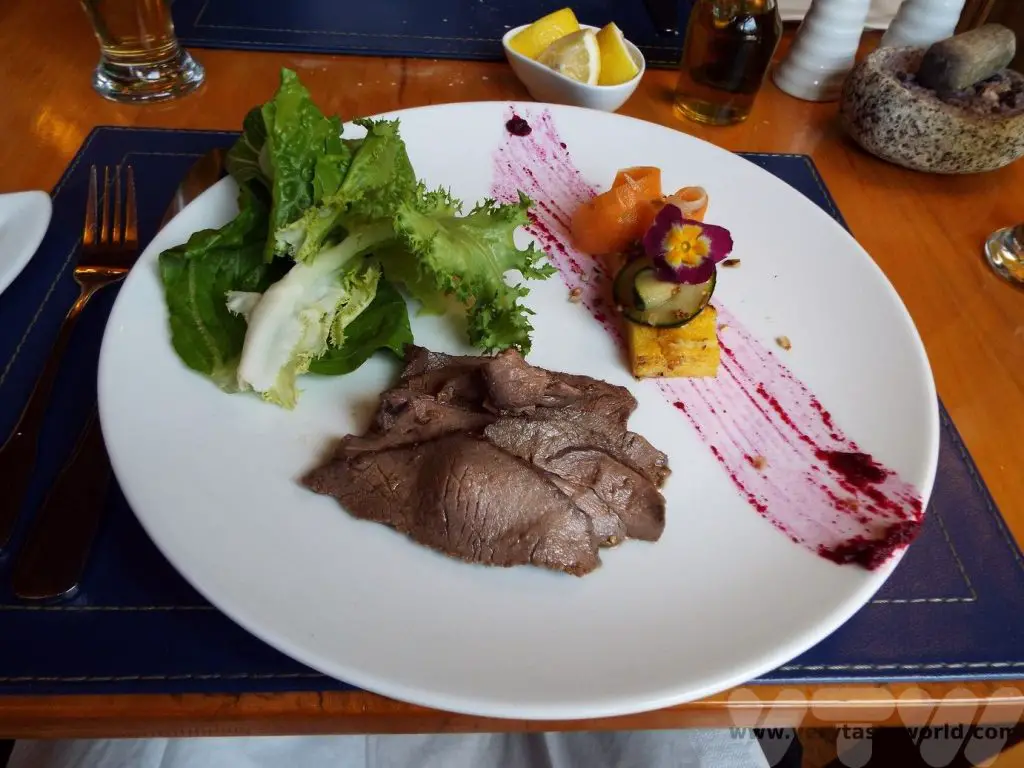
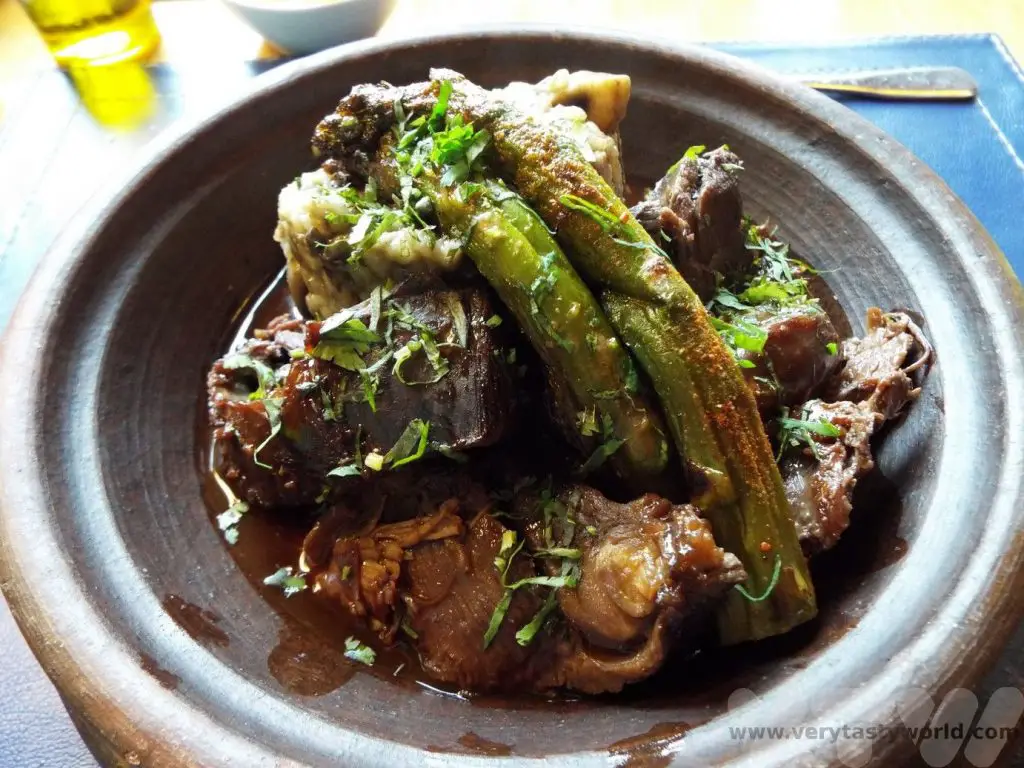
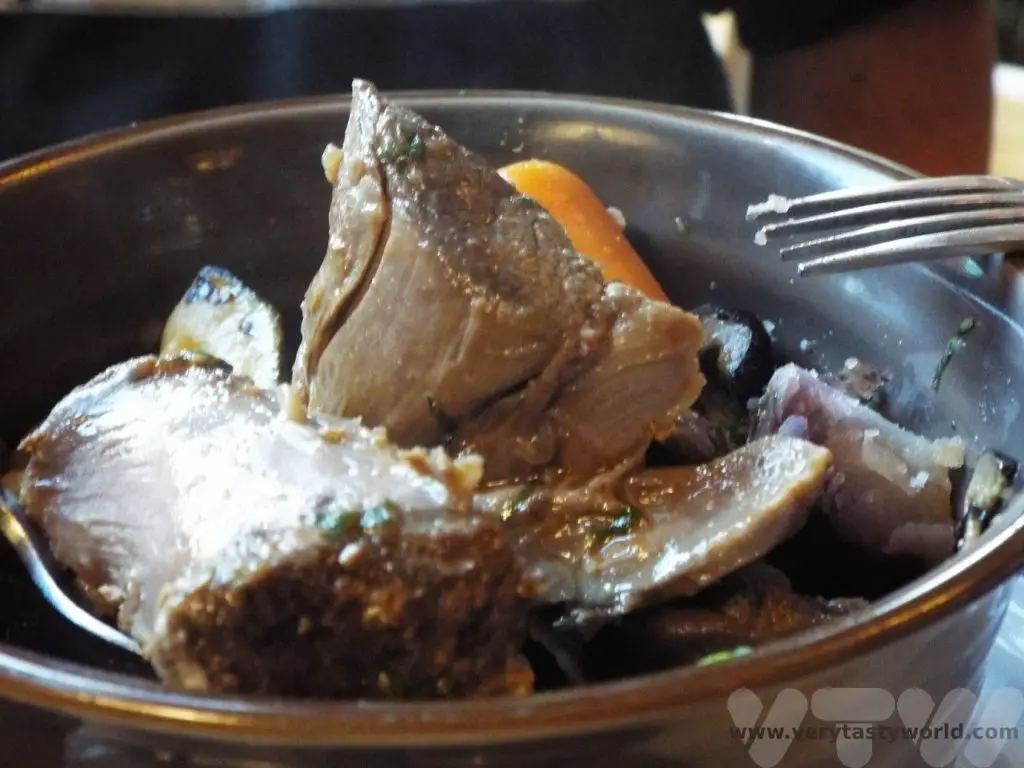
It’s more expensive than some of the other options but prices were reasonable, especially for the quality of the food. It’s popular so worth booking a table if you are likely to be eating in the evening. Don’t forget to try the local craft beer – there are a lot of varieties available and they are rather good.
Day 4 Penguin Excursion to Magdelena Island
You can’t come to Patagonia and not see penguins! One of the most popular things to do in the area is to take an excursion to Magdelena Island to see the Magellanic penguins. There are lots of tour operators who can arrange the excursion – many will offer a hotel pickup.
The trip involves a short drive to the coast where you will pick up a boat that will take you to Magdelena Island, which is located in the Strait of Magellan around 35km from the mainland.
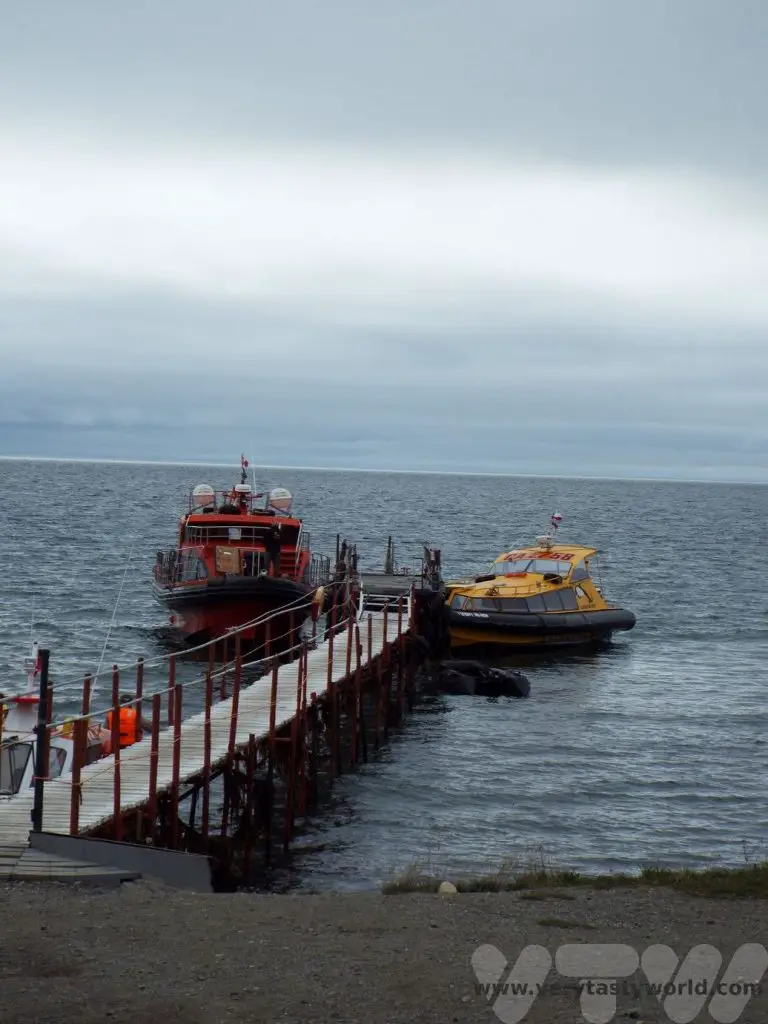
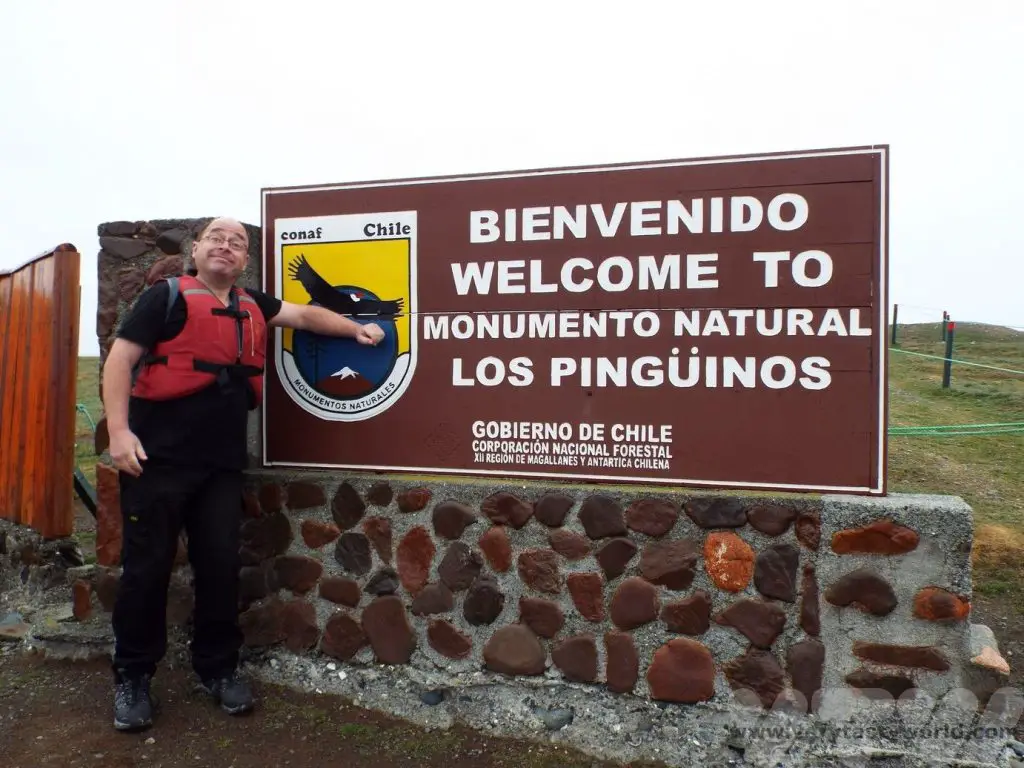
The island is inhabited by over 100,000 Magellanic penguins and a just few rangers, so you have an excellent chance of encountering them. In fact, you may well be able to get very close. You are asked not to approach or touch the penguins but they may well waddle over to you!
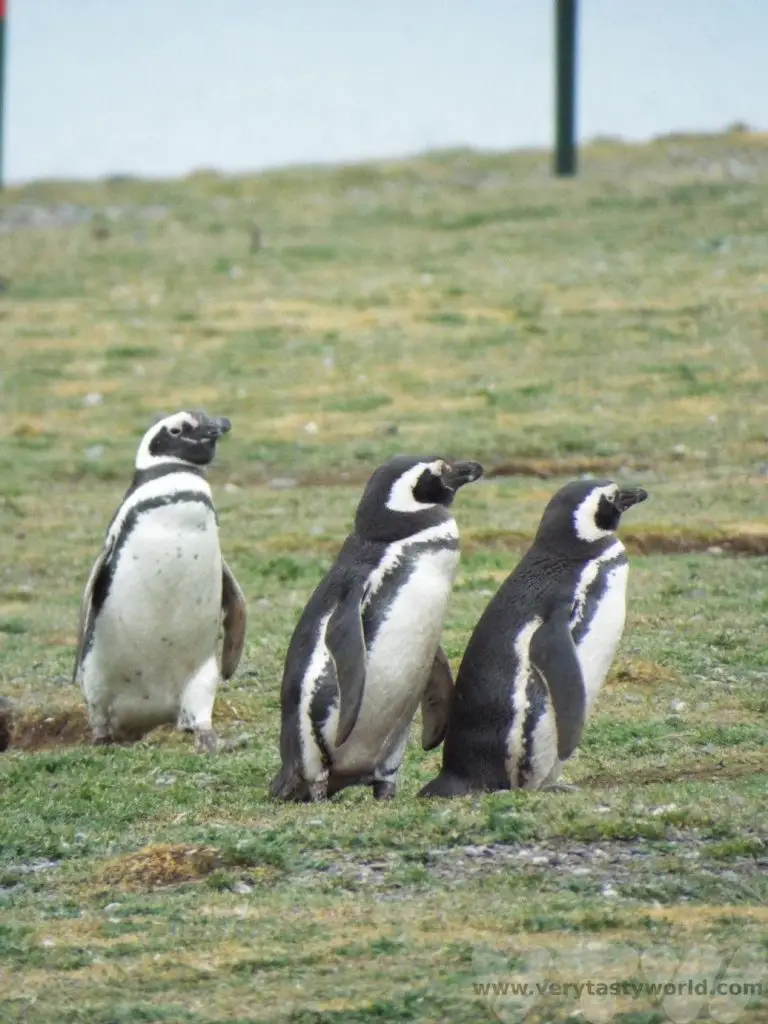
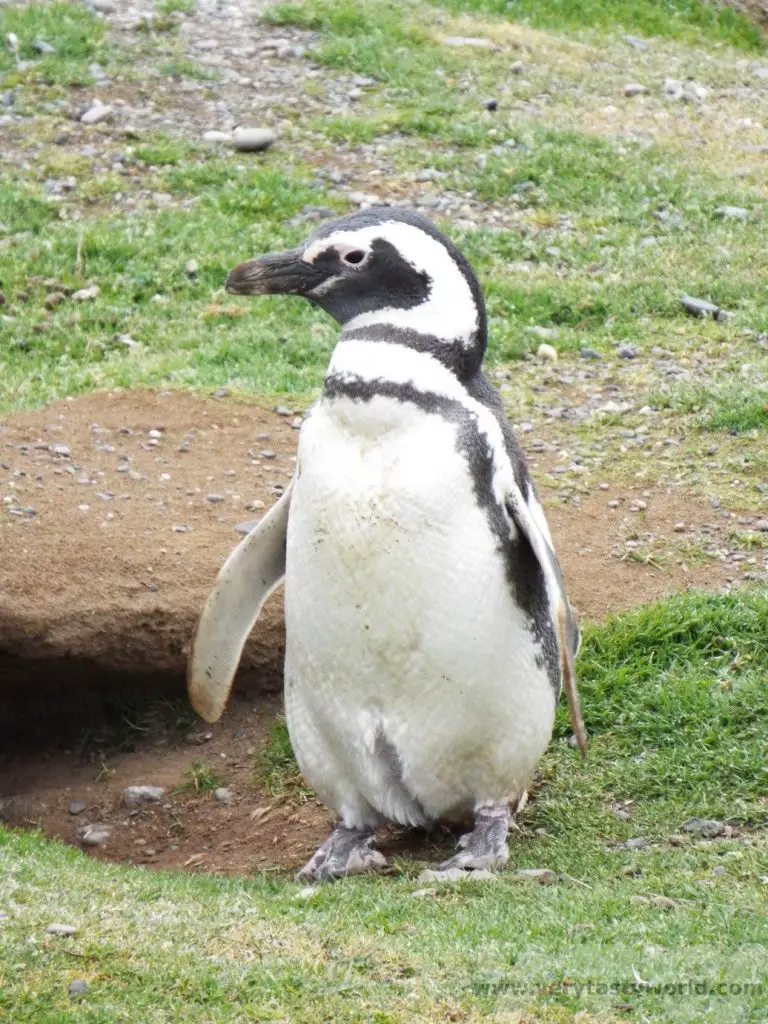
They build nests in the ground, so you have to follow a clearly marked set route as you walk around the island. Nesting season is from October to March.
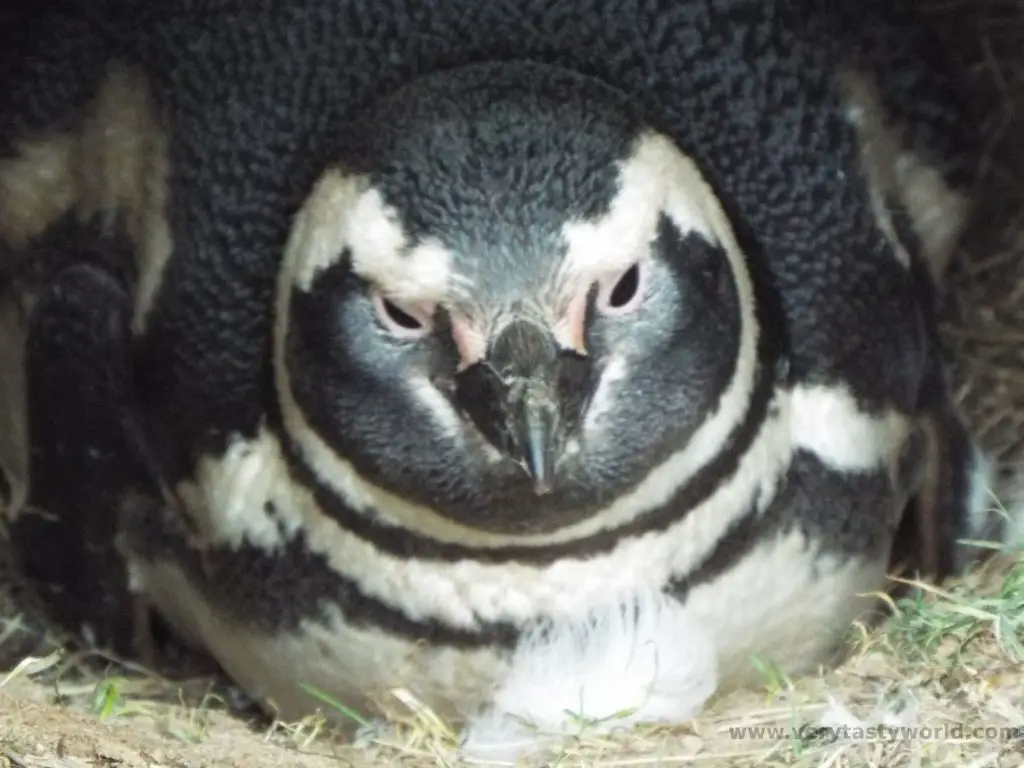
After around an hour walking round the island, it’s back on the boat to pass by Isla Marta to view the sealions, posing proudly on the shore and occasionally having a territorial spat.
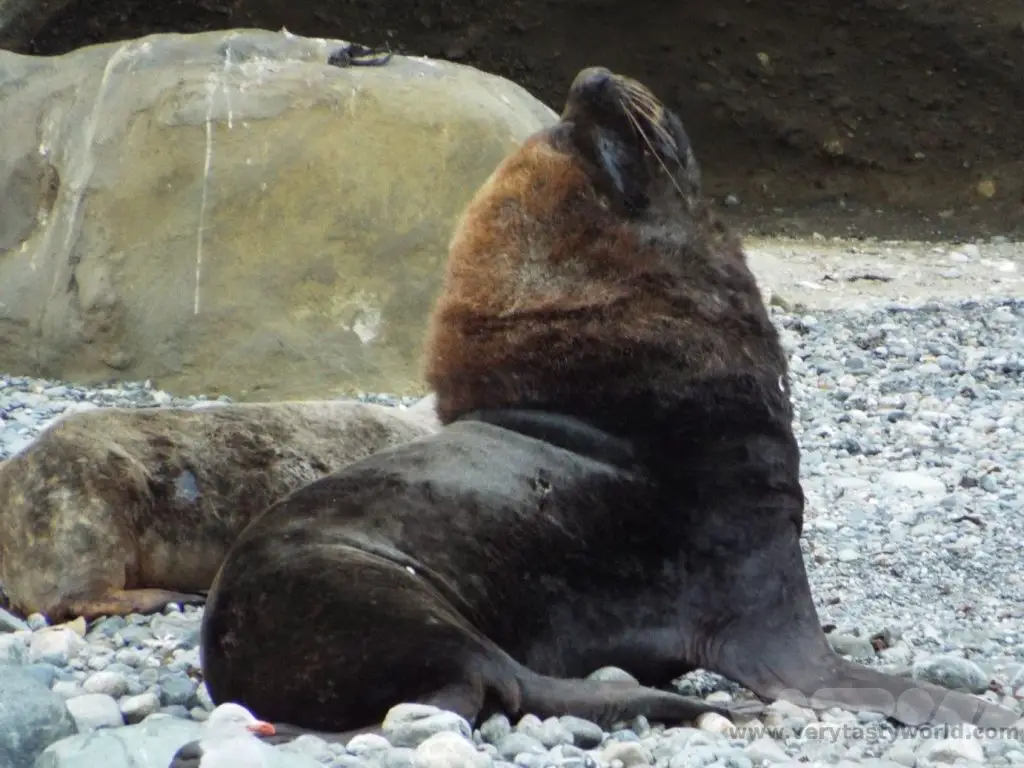
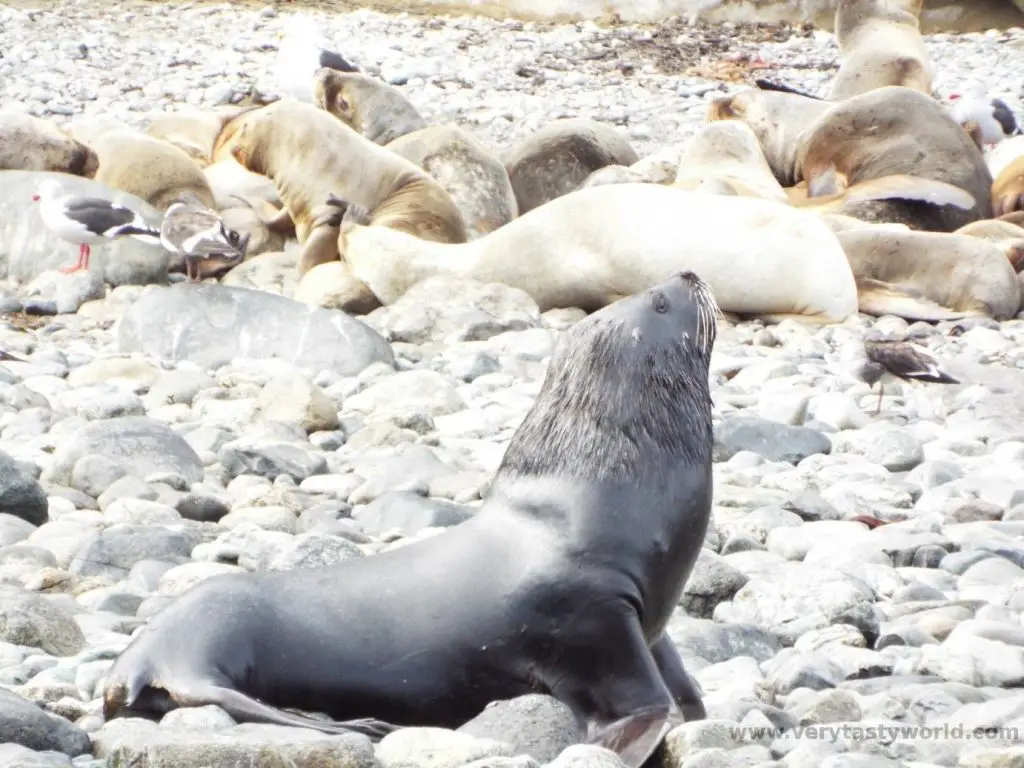
There are alternative excursions available to see King Penguins on the Tierra del Fuego island. It’s a long day – a much further drive and you can’t get so close to the penguins, but if you’re passionate about penguins, it’s worth considering. We loved being able to get so close to the little Magellanics.
Day 5 Bus to Puerto Natales (4 hours)
The bus station in Puerto Arenas is located in the centre of town, so it’s easy to pick up the bus for the drive to Puerto Natales. This is a small port town which is quiet but friendly. It is the main stopping point for the Torres del Paine National Park so is geared for tourists and has plenty of hostels and restaurants.
There is a lovely walk along the waterfront with the majestic mountains providing a backdrop.
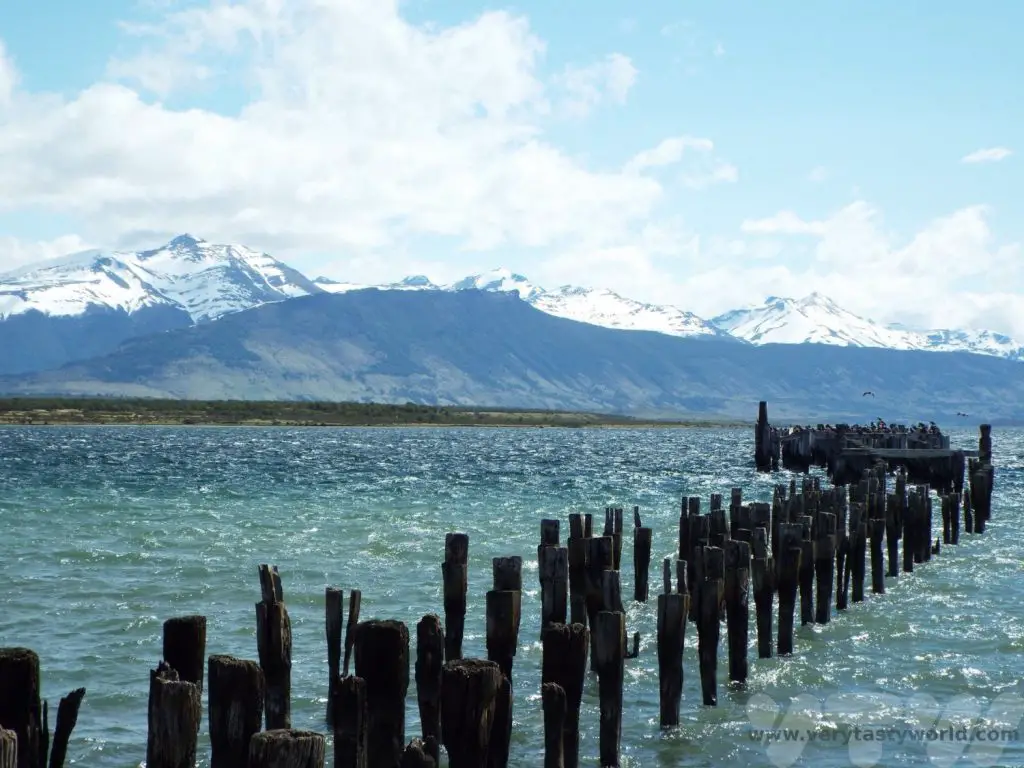
Foodie Recommendation: Make sure you enjoy some of the seafood at the plentiful restaurants in the town. The crab is particularly good.
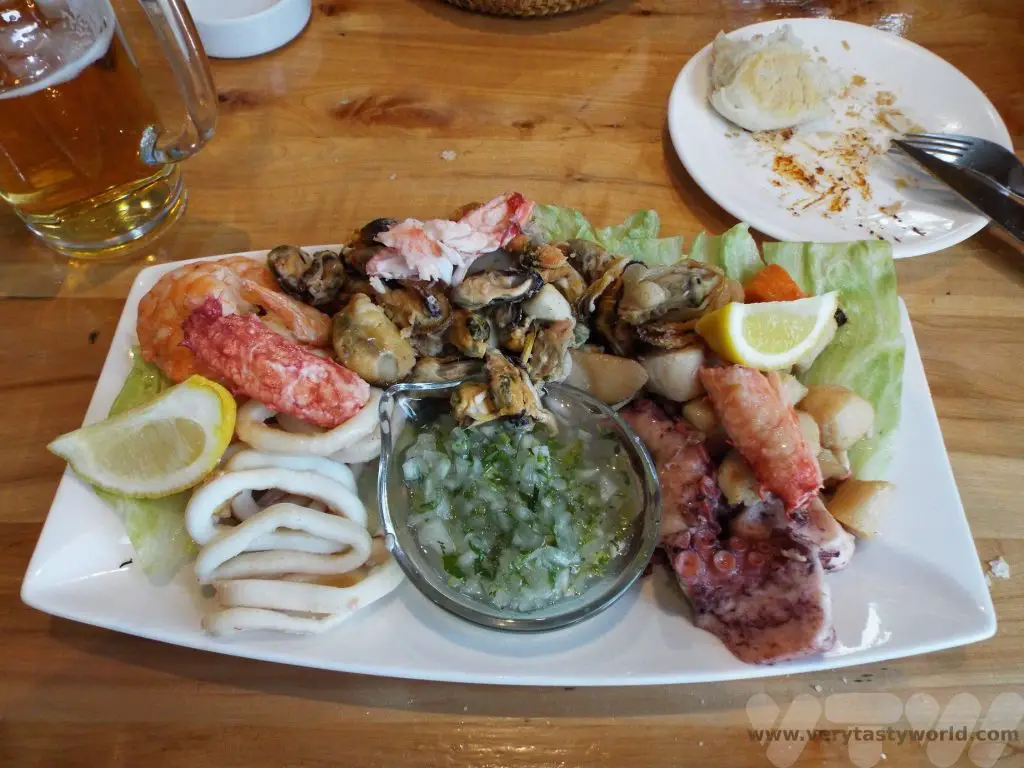
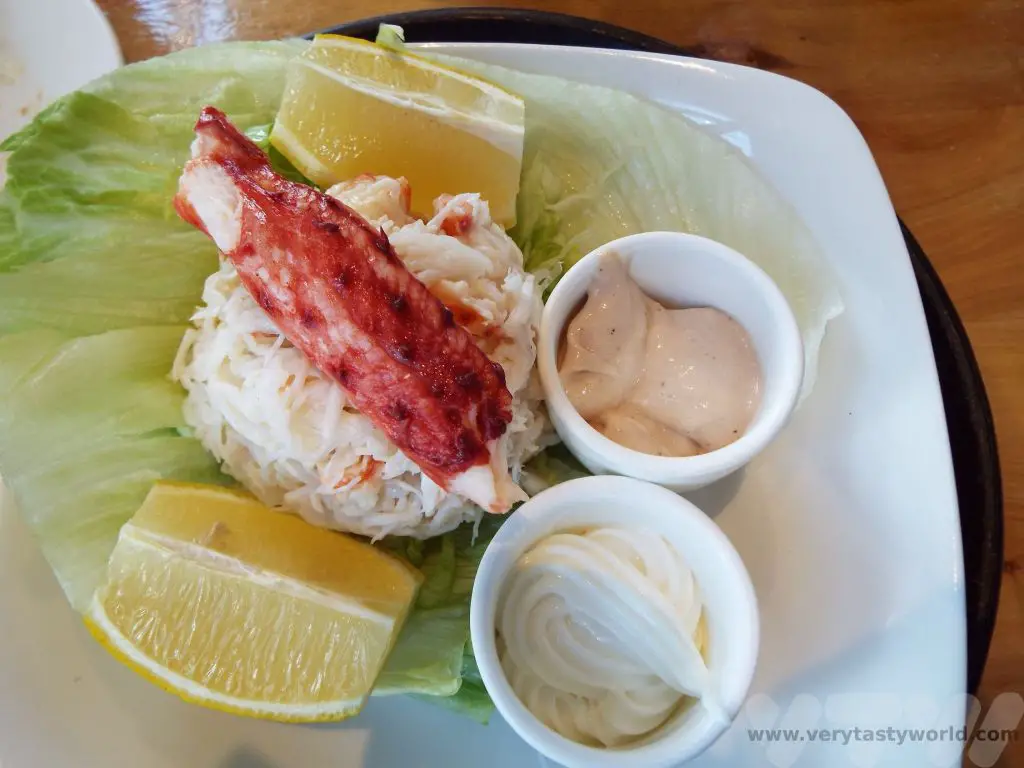
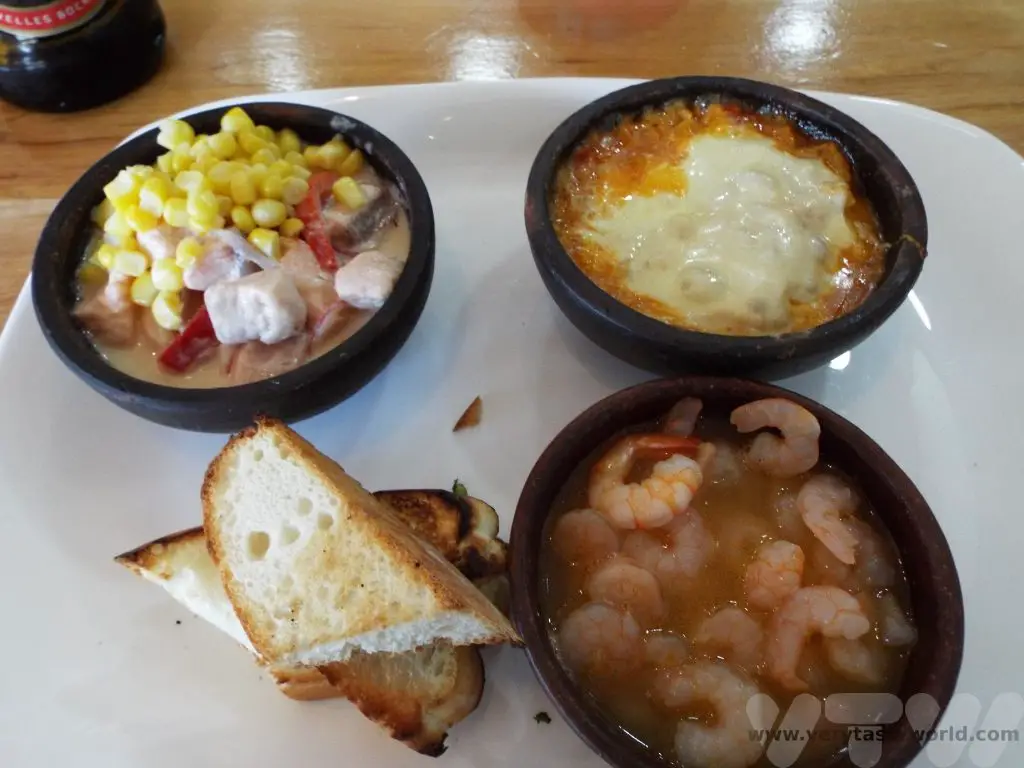
Day 6 Drive to Torres Del Paine
Although tour options such as coach trips are available in Puerto Natales (and indeed from Punta Arenas) we recommend hiring a car to explore this most spectacular region. There are a number of hire car companies in Puerto Natales – just remember to bring your driving licence and an international driving licence. You can travel at your own pace. Driving is very easy on clear roads (follow route 9) and you can choose your route and take your time to stop off at the many gorgeous attractions in the area. Depending on which entrance you decide to drive to the journey should only take a couple of hours, leaving you plenty of time to explore the park.
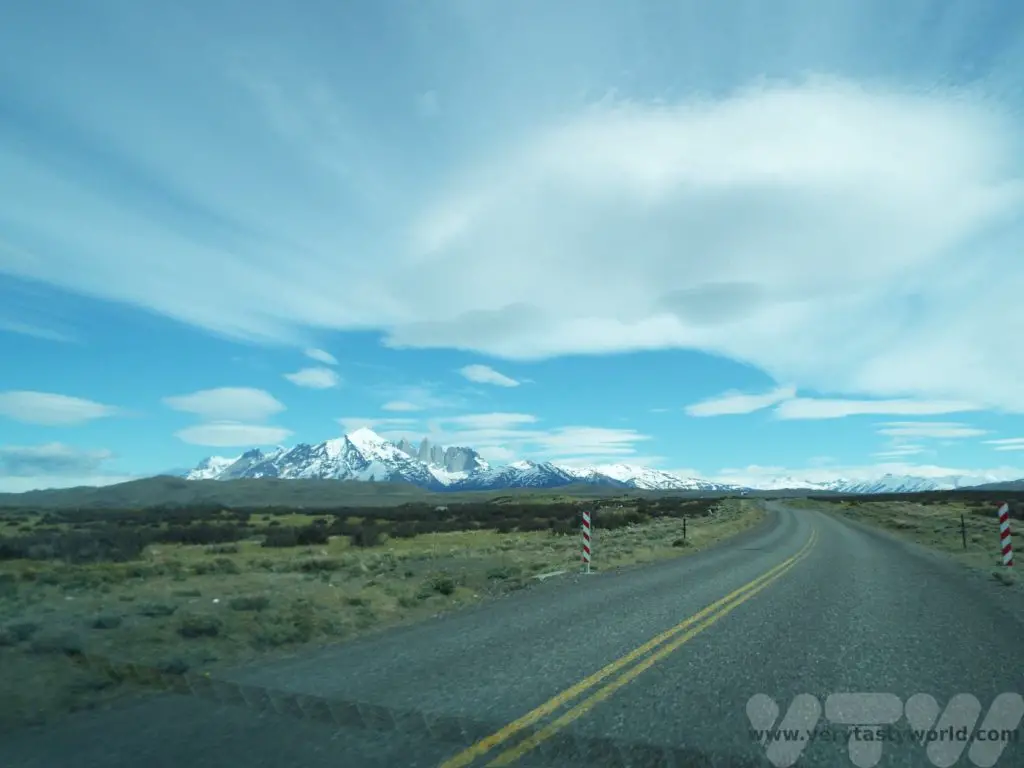
Days 7-8 Torres Del Paine
We have a full post about visiting Torres Del Paine. This wild, windy and wonderful wilderness was one of the highlights of the trip. You will need a ticket to enter the park and you have to register with the park authorities when you arrive.
Some of the main attractions include:
Lago Grey – Grey lake which is fed by Grey Glacier. You can walk a trail onto the strangely beautiful beach. Icebergs that have broken from the glacier contrast with the stark grey of the lake.
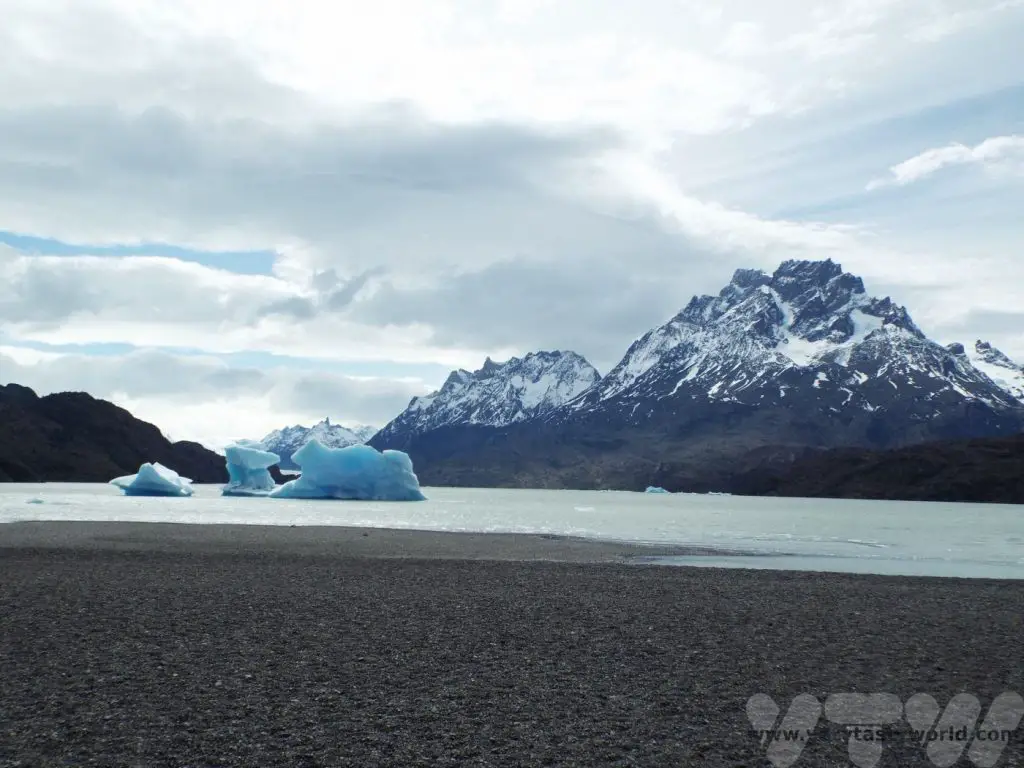
Salto Grande Waterfall
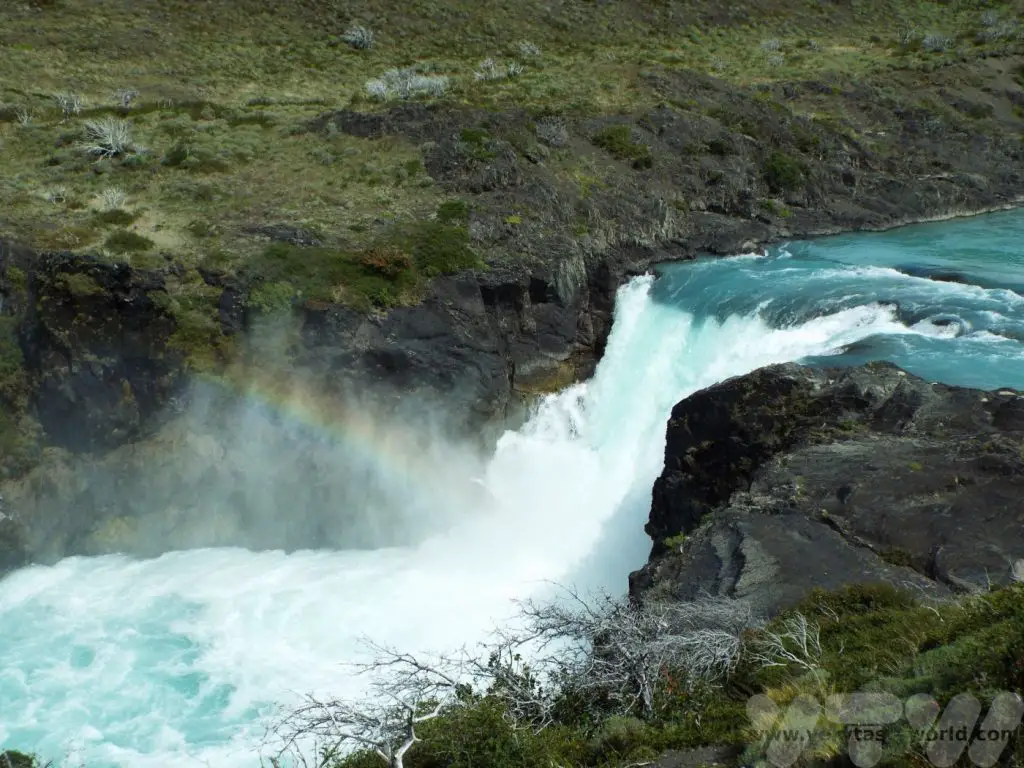
Laguna Azul
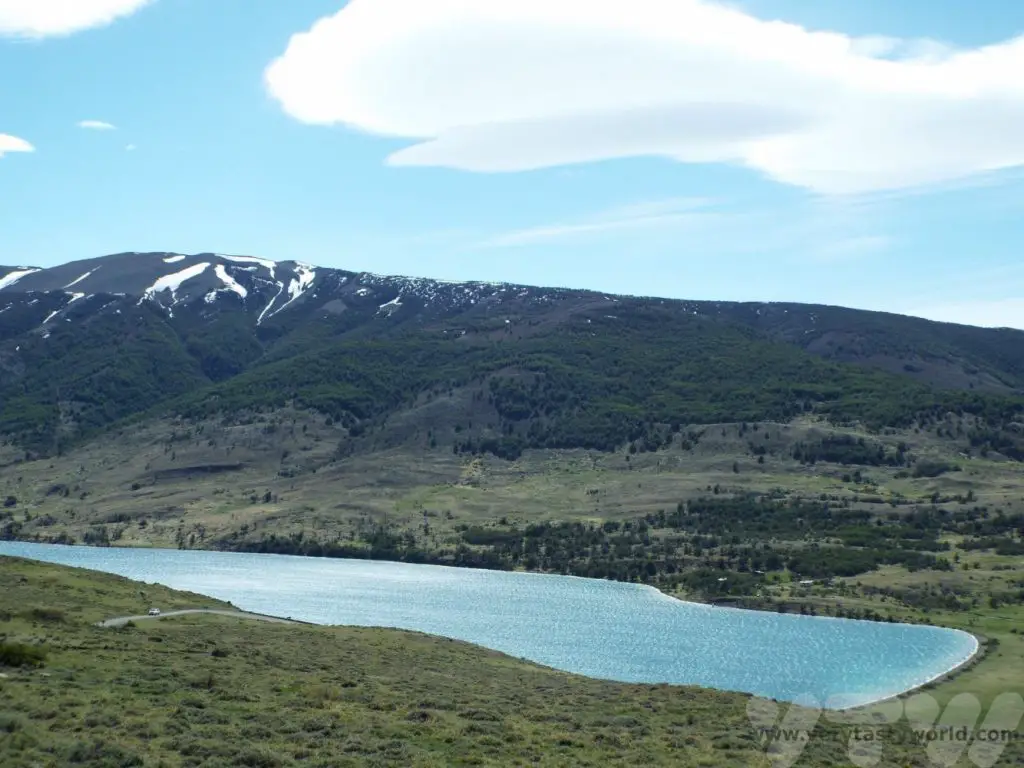
You may want to hike to the famous Base de Torres. This is a seven-hour round trip so is possible to do in a day.

There is also plenty of interesting wildlife to see. You will be certain to see guanacos but maybe you will get lucky and see a large flightless rhea or even a puma!
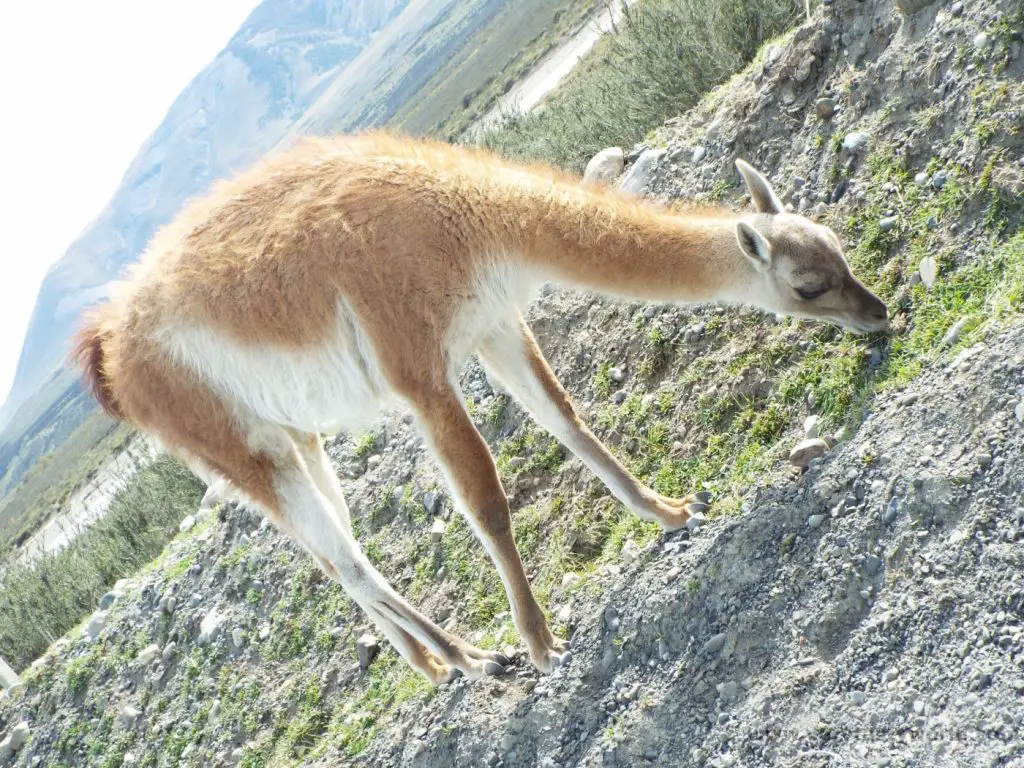
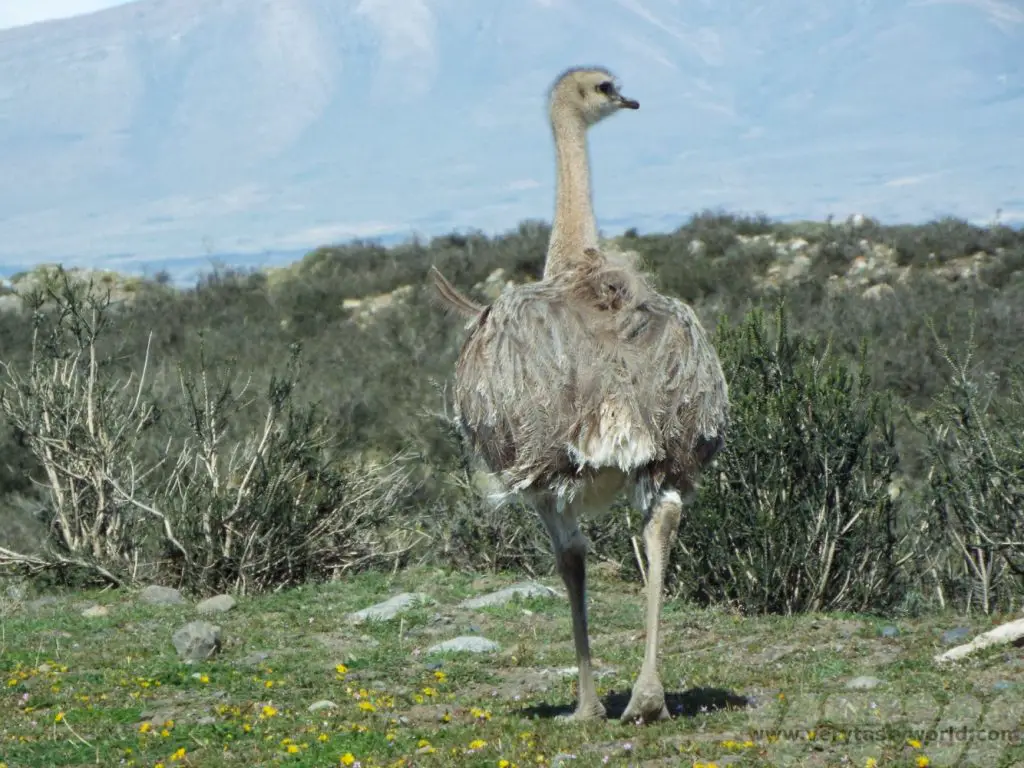
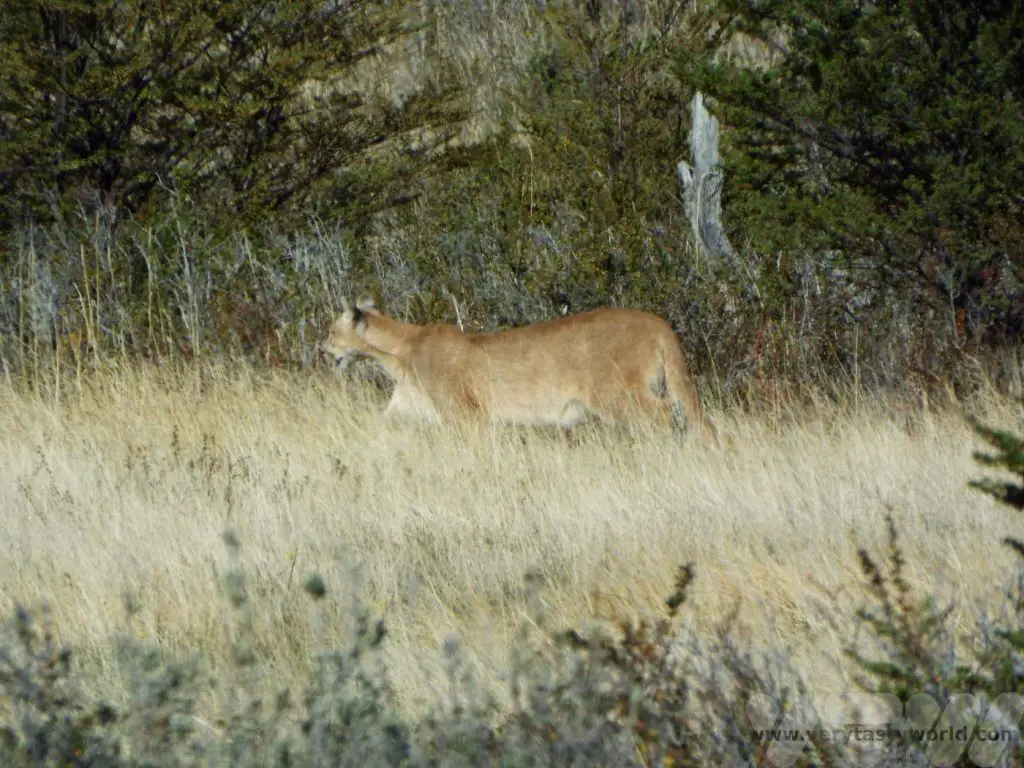
There are plenty of attractions to explore and hikes to enjoy, but make sure you have enough time to return the car to Puerto Natales.
Day 9 Bus to El Calafate (7 hours including the border crossing)
This is the longest bus journey and involves crossing the border from Chile into Argentina. The crossing takes a little time but is very straightforward. As you leave Chile, everyone troops off the bus, queues inside a little hut to get their passport stamped and jumps back on the bus. You will then drive a few hundred metres to the Argentina side whereupon everybody troops off the bus, queues inside a little hut to get their passport stamped and jumps back on the bus.
Don’t forget to keep your passport with you. It’s always good practice to carry it on your person instead of packing it into your luggage. Before you travel it would be wise to check whether you need any visas to enter Argentina.
El Calafate is a town that is often called the ‘gateway to Los Glaciares National Park’ as this is the primary draw for visitors.
There are lots of tour companies in town which can offer excursions. We recommend spending at least a couple of days here, particularly taking a boat trip to the Los Glaciares lake and another day visiting the stunning Perito Moreno glacier.
There are some things to do in El Calafate itself. It has a bird sanctuary, Laguna Nimez Reserva, which has some 80 different species of bird to see – local and migratory species. You pay a small fee and can walk around the lake. Binoculars and bird guides are available. If you’re lucky you may see some flamingos!
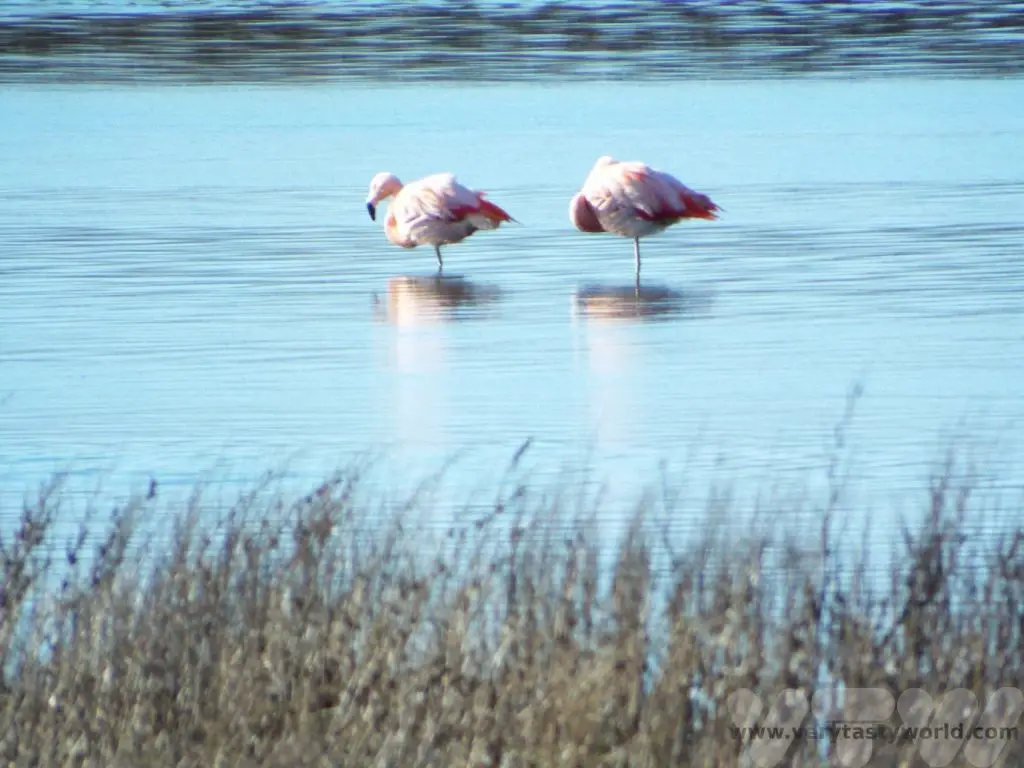
The Centro de Interpretación Histórica is a small but fascinating museum which showcases fossils, particularly of giant mammals that roamed the earth several millennia ago around the time of the last ice age. It’s a really friendly place to visit and you can enjoy a free cup of mate (pronounced matay) – a herbal infusion that is enormously popular throughout Argentina – indeed it’s the country’s national drink.
Just out of town is the Glaciarium, a museum inside a beautifully designed building, which is an impressive education centre focussing on glaciers and ice.
Foodie Recommendation: Vegetarians look away now. Meat eaters – you can’t come to Patagonia and not taste Cordero a la Estaca. This is Patagonian lamb slow roasted for hours on a spit above the flames of the fire. Because it is cooked on a vertical spit, the fats and juices from the cooking flow back into the meat constantly basting it and enhancing its flavour. It literally falls apart when it is served. If you go to a restaurant you are quite often given free bread with the meal – we found this offered more than enough carbs and was perfect for soaking up those luscious lamby juices.
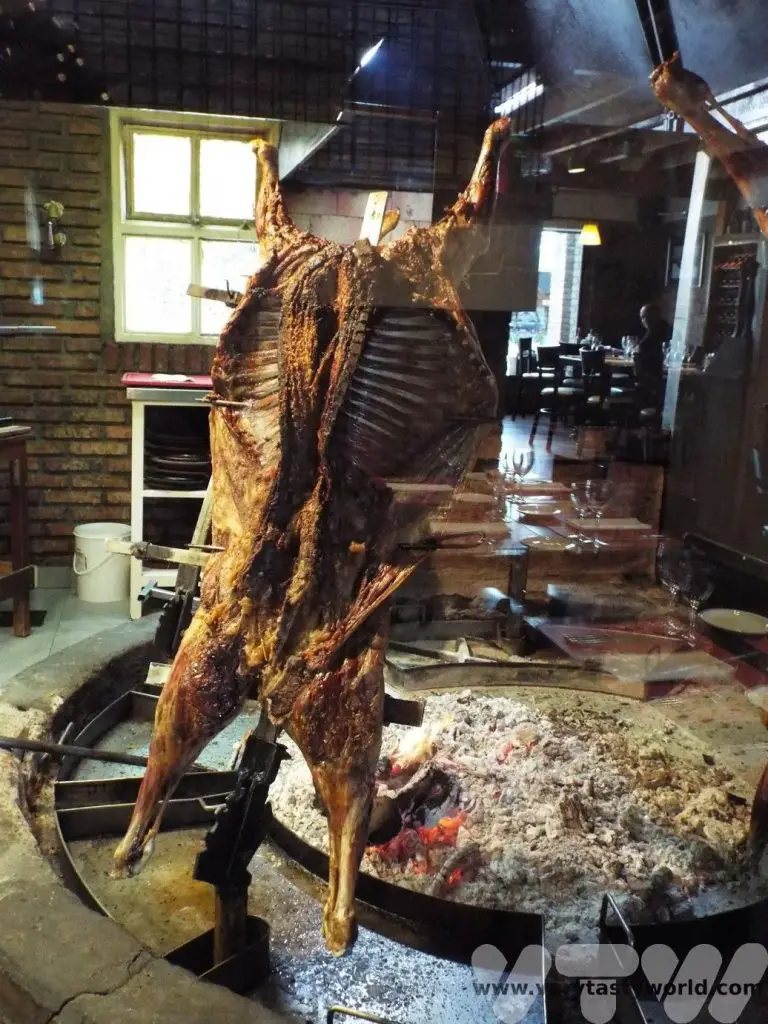
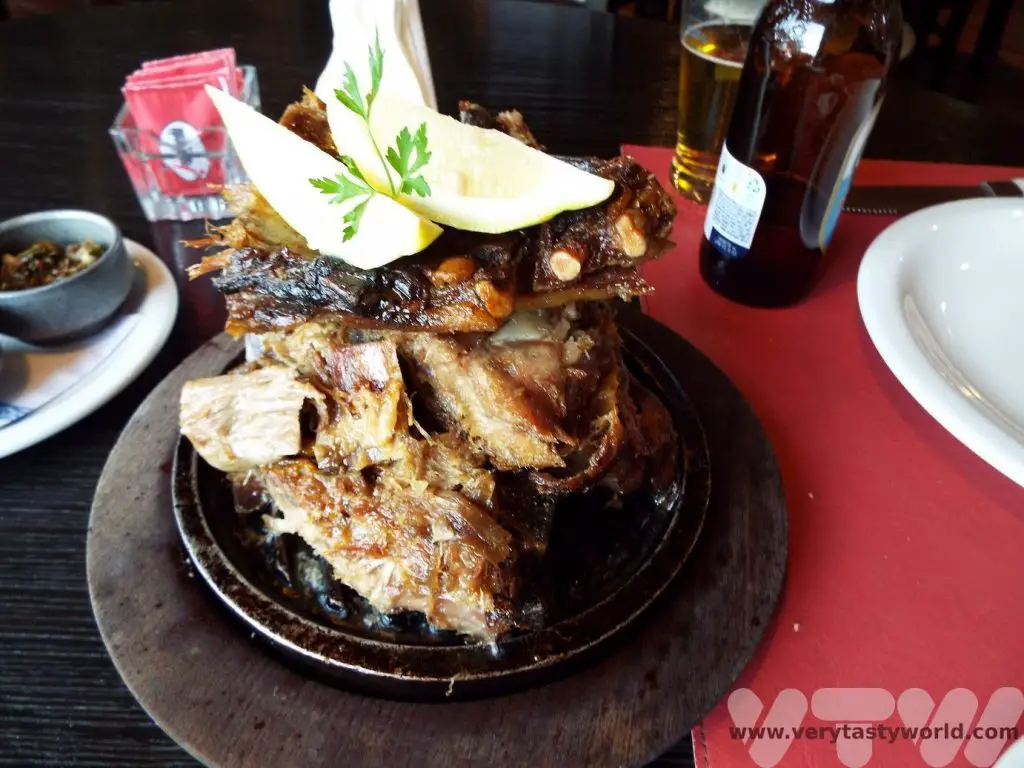
The meat is great quality and utterly sumptuous. However, after a few days in the area we did find ourselves craving salad! (And it was available.)
It has to be said that good dining is more difficult – but not impossible – in Argentina if you don’t eat meat.
El Calafate also – curiously – has a sushi restaurant of all things! Well, we had to try sushi at 50 degrees south of the equator! We received a welcome from the friendly proprietors and, although the sushi was very much adapted to local tastes (salmon with cream cheese) it was tasty.
Day 10 Los Glaciares Boat Trip
As its name suggests Los Glaciares is a national park which is not only stunningly beautiful but is a place where you can really get close to the many glaciers of the region. A UNESCO site, thirty percent of this region is covered in ice and the park contains the world’s third largest ice sheet after Antarctica and Greenland. It has more than 40 glaciers in the area.
The first day involved a boat trip across the azure waters of Lago Argentina. Hotel pickups are available and you drive around 50km to Puerto Bandera to catch the boat.
The boat accommodates around 100 passengers. It travels across the lake towards the north channel to the Upsala glacier, South America’s largest ice sheet which is 50km long and 10km wide.
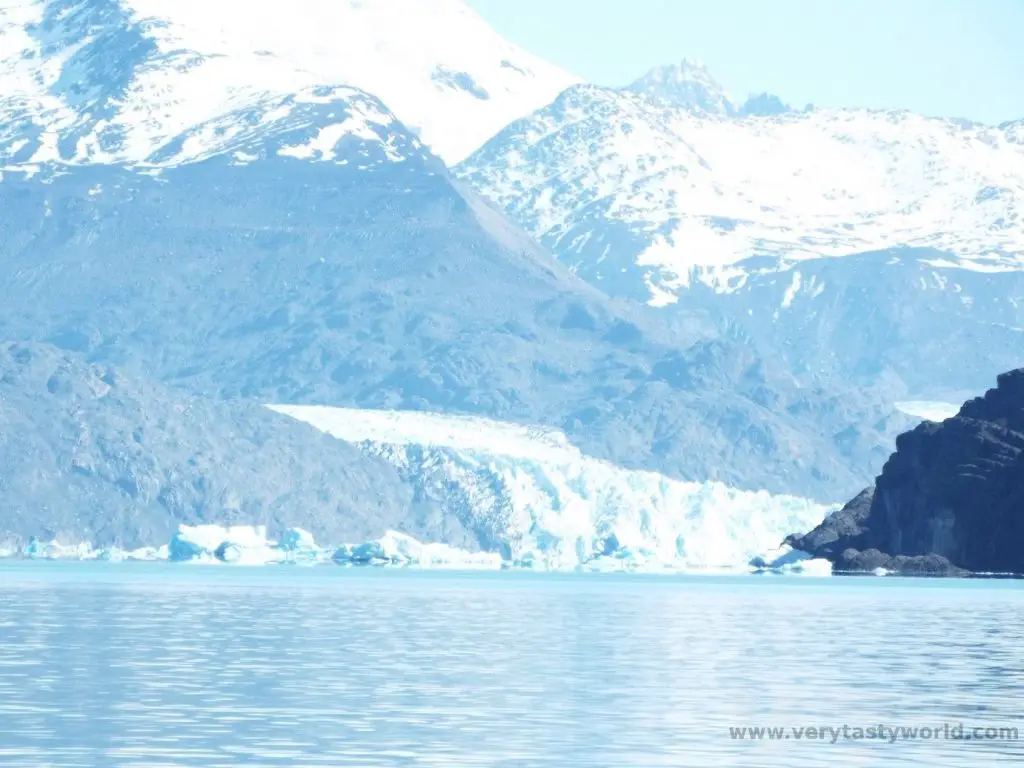
Icebergs regularly calve from the glacier and float serenely across the lake.
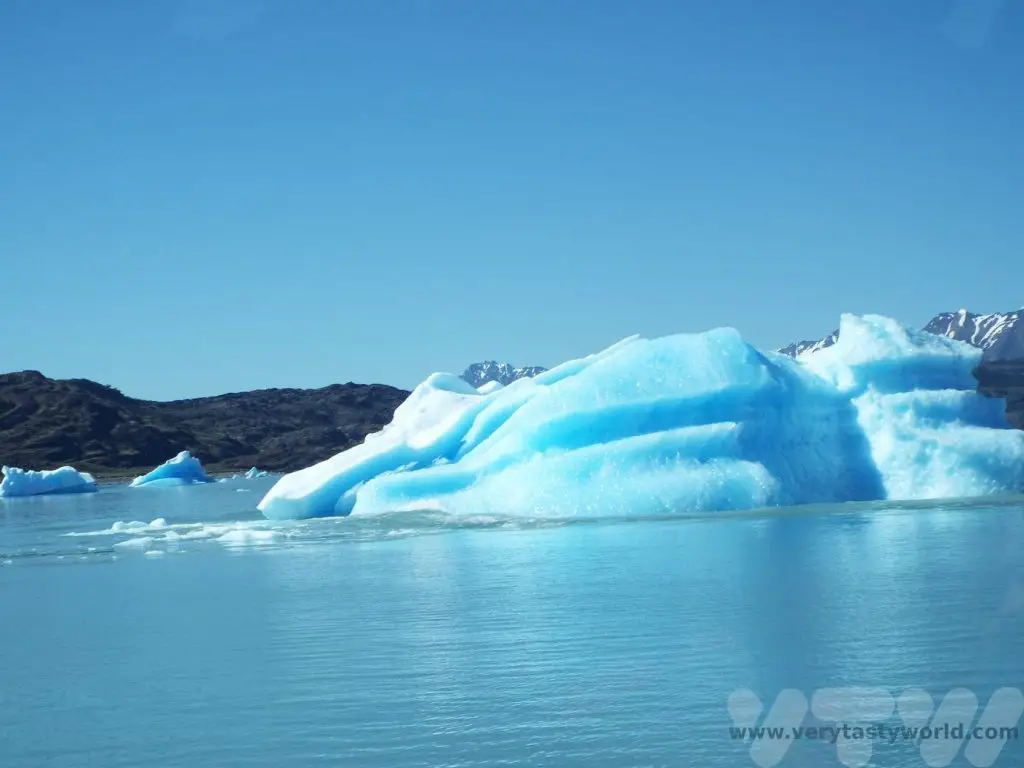
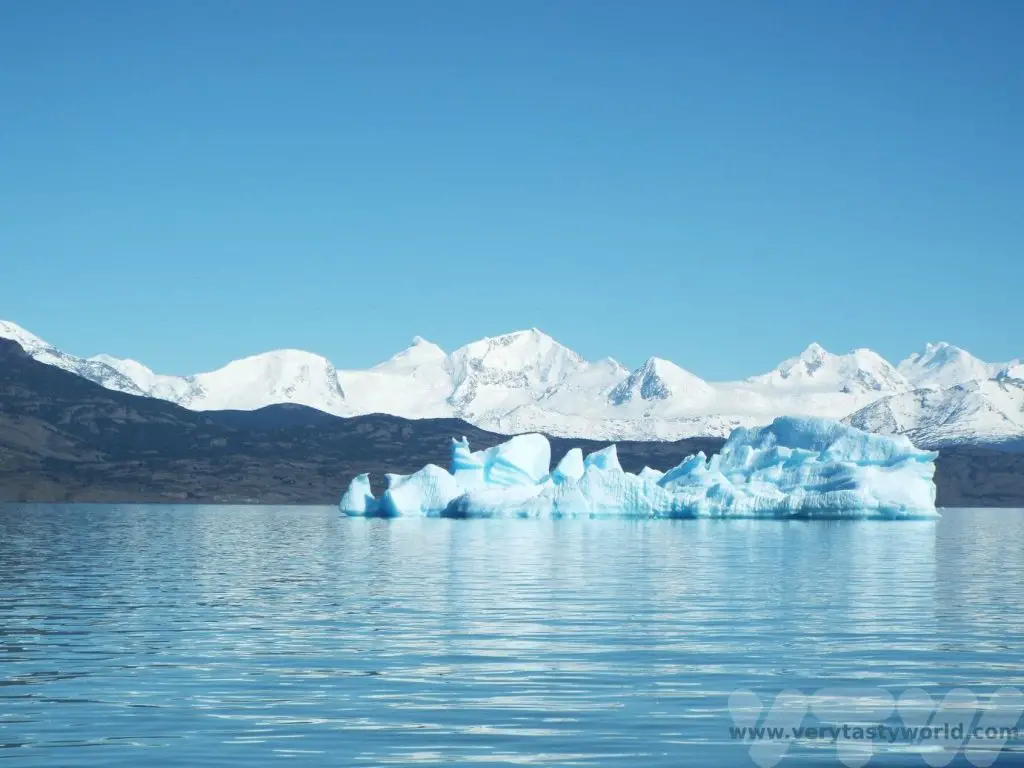
Cruising along the coastline you can see how the glaciers have slowly but surely shaped the landscape.
The next glacier is the Spegazzini. It’s just 1.5km wide but is incredibly tall.
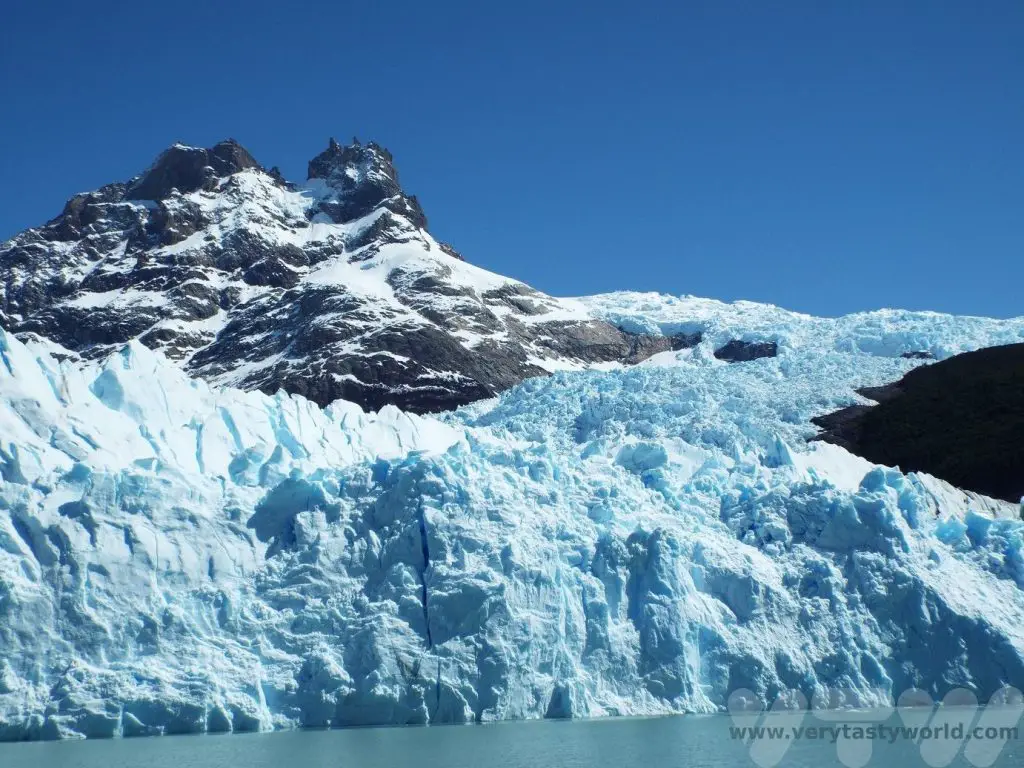
Day 11 Perito Moreno Glacier Day Trip
What can beat viewing spectacular glaciers? Walking on a spectacular glacier, that’s what! The following day we enjoyed a visit to the Perito Moreno glacier where we could don crampons and walk on the ice.
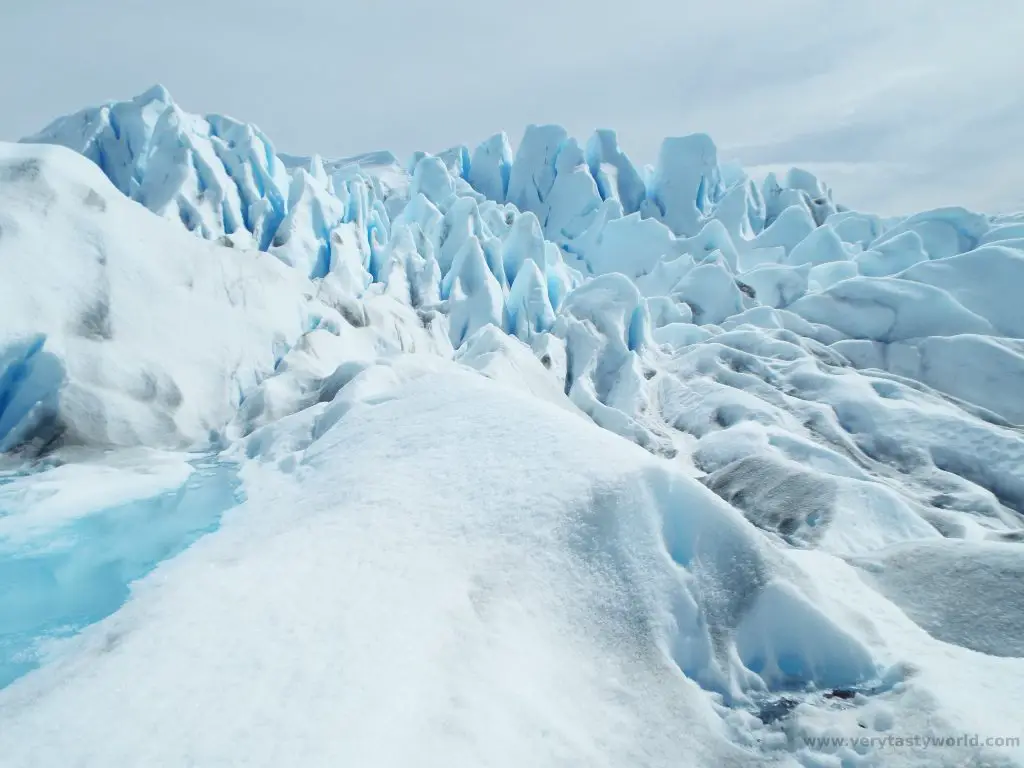
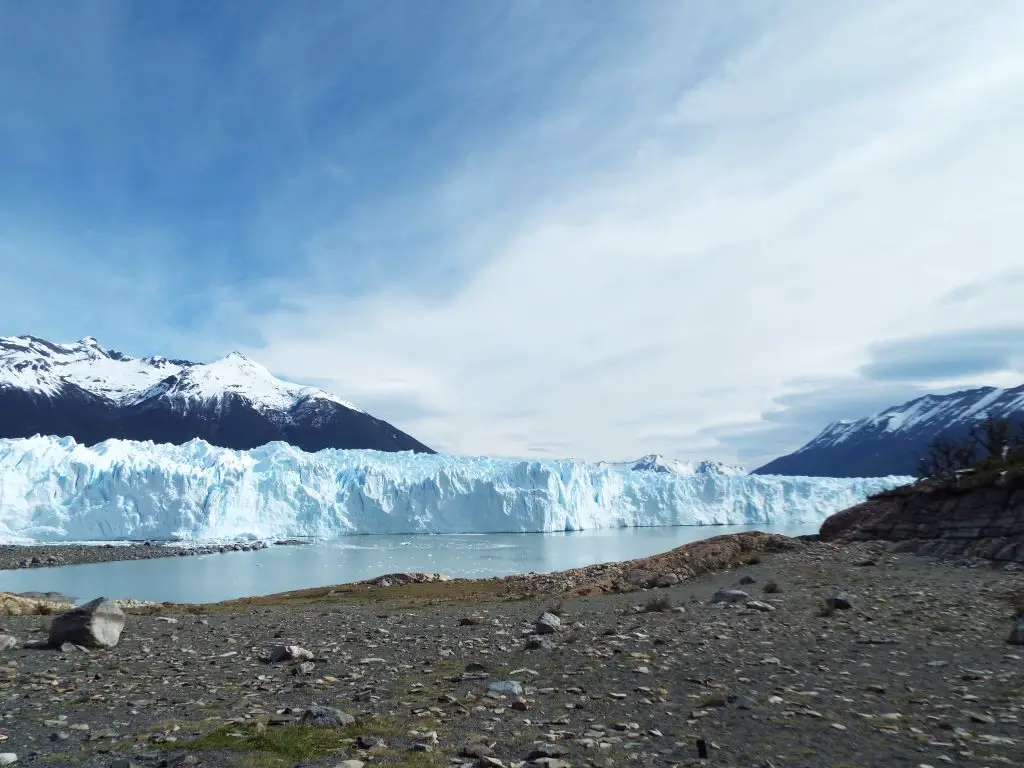
There are various options from a couple of hours’ trekking to the Big Ice, an 8 hour full-on hike right onto the glacier.
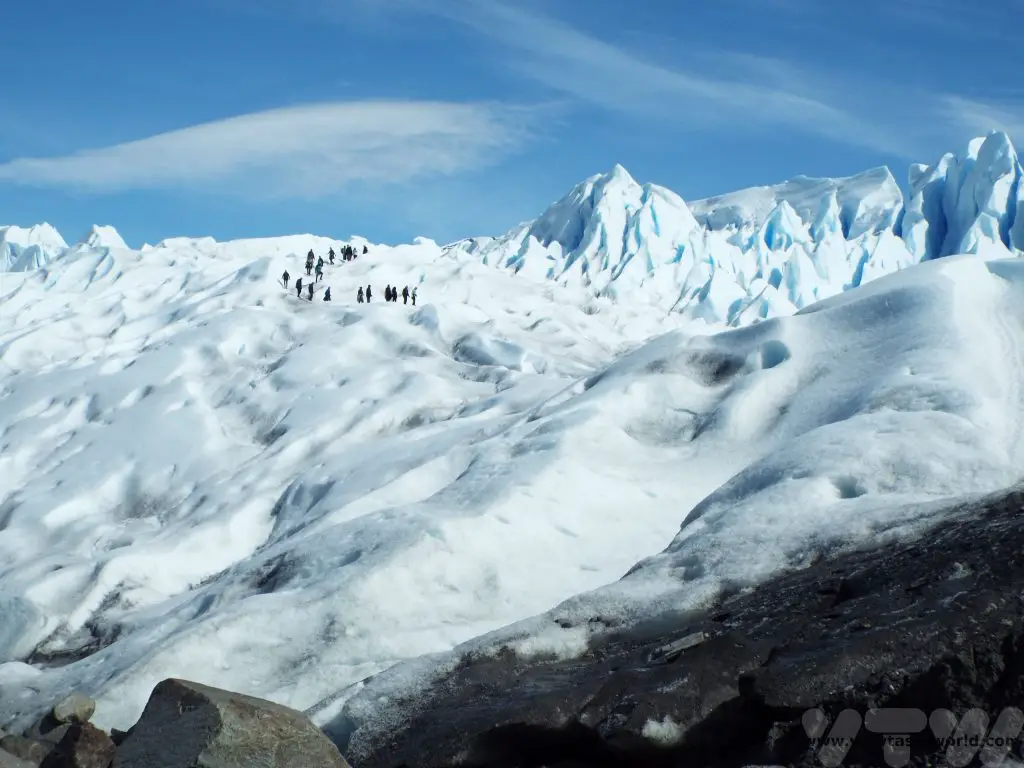
The shorter visits are well worth doing. And there’s a treat at the end. You can read about the full details about hiking the Perito Moreno, including what clothing to wear, in this post.
Because this glacier is accessible by land there is also a viewing platform and boardwalk. So even if you don’t want to trek on the glacier it is possible to admire it. The boardwalk area has a restaurant and bathrooms.
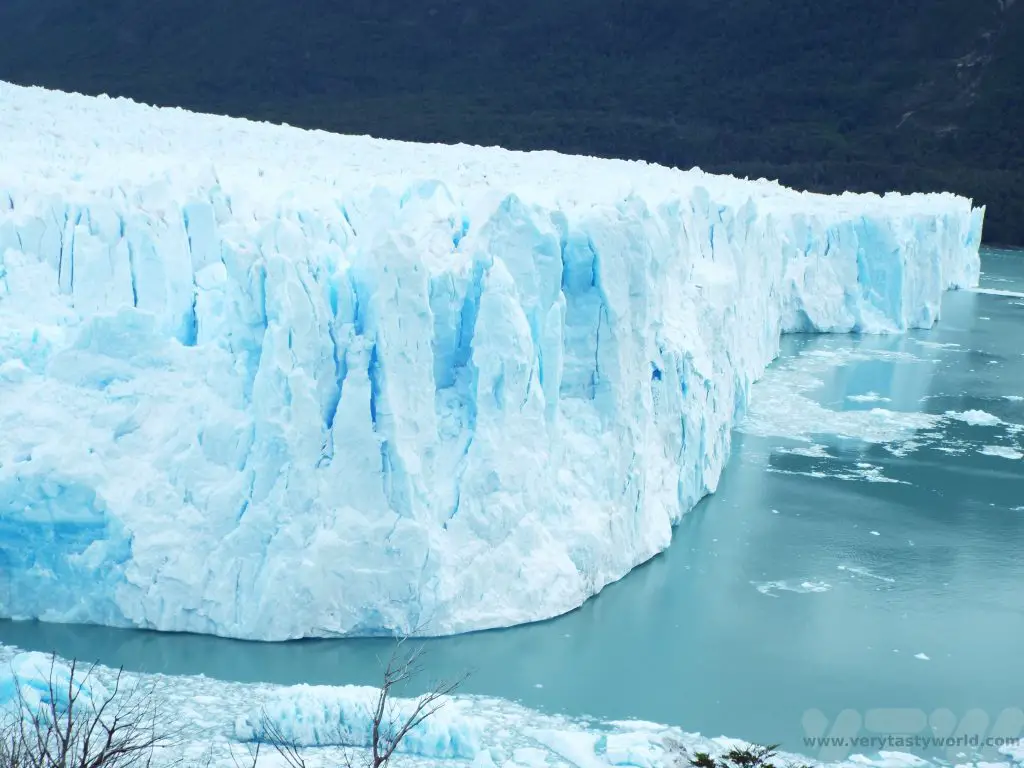
Note: You need to pay a fee to enter Los Glaciares National Park each time and this usually isn’t included in the cost of a tour. As at 2023, the cost is $10,000 AR. We paid in cash, so it’s worth making sure you have enough money with you.
Day 12 Bus to El Chalten (3.5 hours)
Depending on where your hotel is located, the bus station is a short, cheap taxi ride away from the bus terminal on C510, and from there you can catch a bus to El Chalten. It’s around a 3-3.5 hours journey but the scenery is just lovely. When you arrive, the bus stops briefly by the tourist information hut, which is located just out of town. Here you can get a hiking map and briefing about the area in English or Spanish. Then hop back onto the bus for the three-minute drive across the pretty river to the terminal. El Chalten is a very small town and many hotels/hosteria are within walking distance of the bus terminal, but plentiful taxis are available if needed.
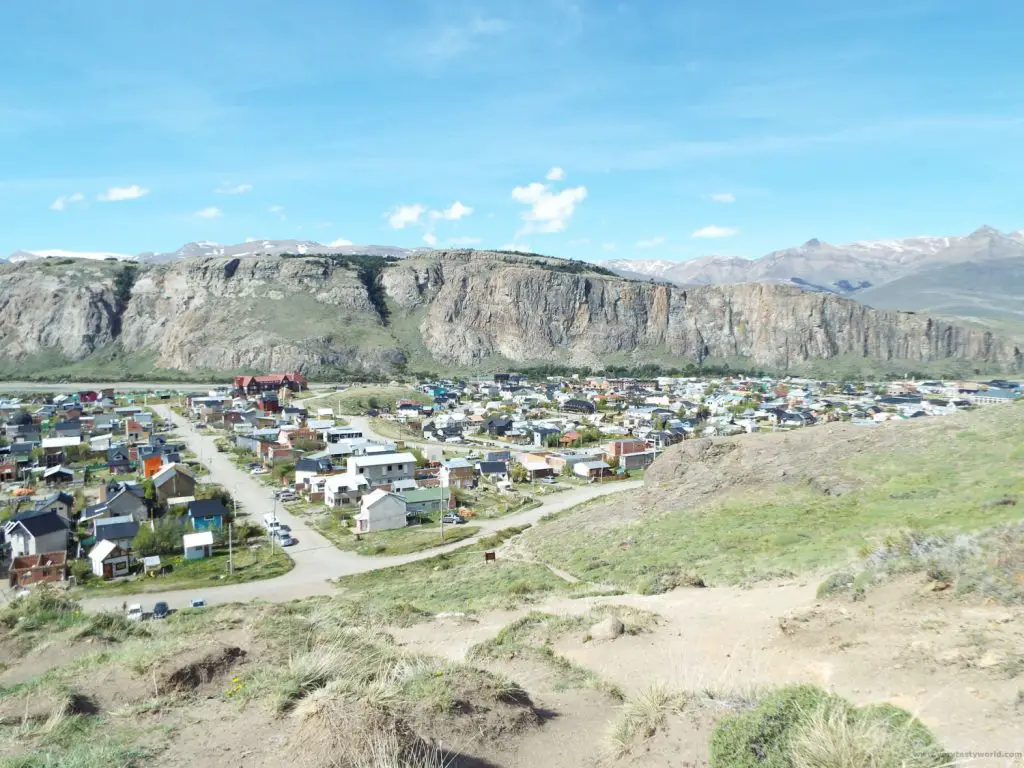
Day 13 Hiking in El Chalten
El Chalten is a hiker’s haven and a climber’s paradise. There a loads of trails in the area, ranging from easy to challenging amidst stunningly beautiful scenery. There are many serious climbers who want to attempt the granite heights of the Fitz Roy Massif, but there are some fantastic walks for casual – and significantly less ambitious – hikers. The weather can be very variable and some paths may be closed off for safety reasons if the wind is howling more than usual – and it howls a lot! But even the easier walks are guaranteed to offer great hiking in gorgeous scenery.
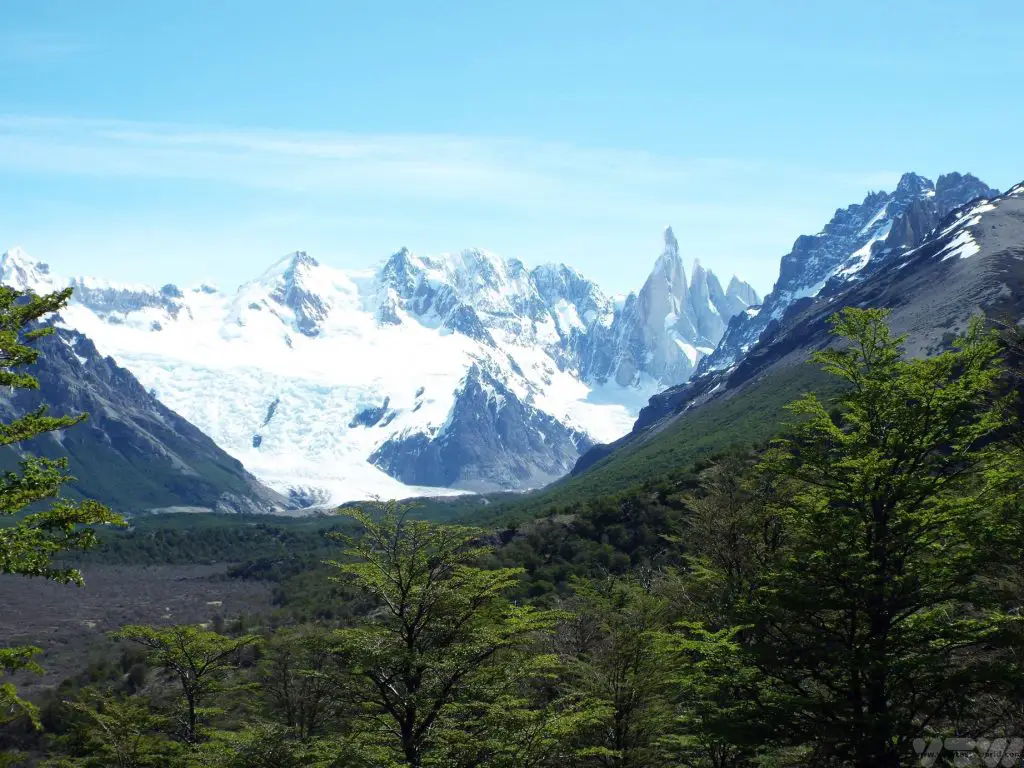
We have details of the hikes we enjoyed in El Chalten.
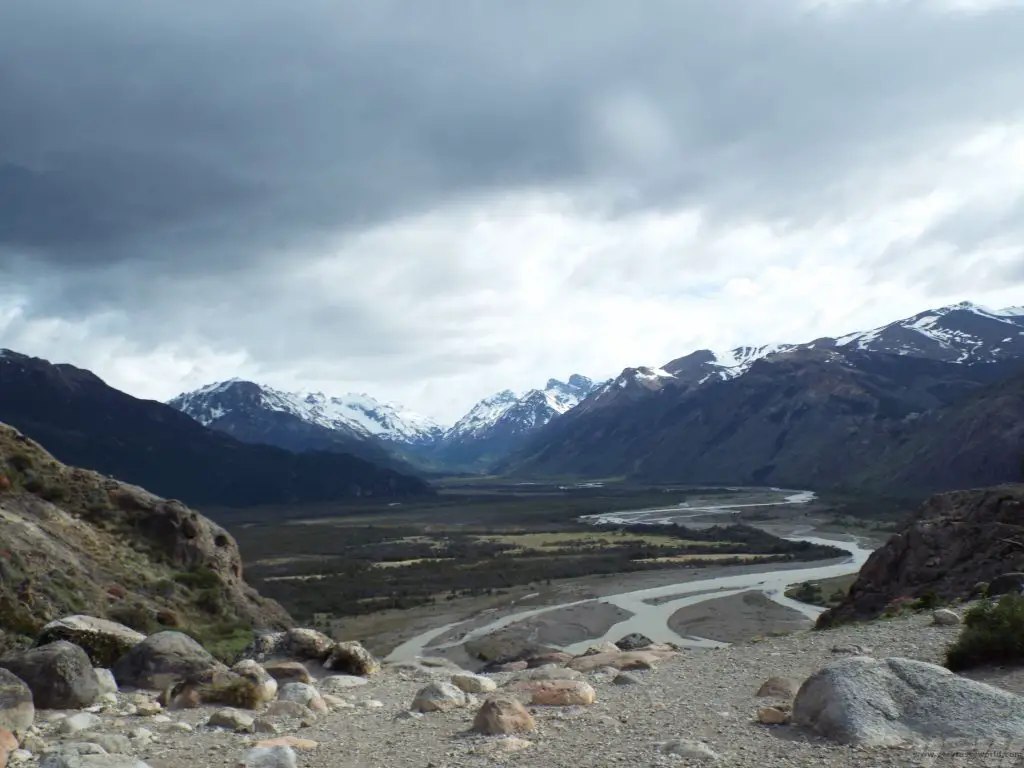
Foodie Recommendations: There are a number of restaurants in the town which offer local fare. There is also craft beer available and the quality is excellent, perfect for a post-hike drink.
Day 14 Bus to El Calafate (3.5 hours)
Depending on when you wish to leave for Calafate (and if the weather is on your side) there may be a chance to get in a few hours’ hiking in the morning. There are regular buses to take you back to El Calafate. It’s worth noting that even if you have pre-booked tickets you may be able to catch an alternative bus. There isn’t a lot to do in town if the weather is bad and you have checked out of your hotel/hosteria. We had planned to do more walking on our last day but it was really wet and very windy and not much fun for hiking. Our lovely hosteria hosts phoned through to the bus station and arranged an earlier bus for us.
Day 15 Fly to Buenos Aires
El Calafate has an international airport around 16 km from the town so is ideal for getting back north. You can get a taxi or a shuttle bus – your hotel should be able to help arrange this.
As with our inbound our flight to Santiago, we gave ourselves a day in hand to catch our international flight, just in case there were delays with our flight from El Calafate. This meant we had a day to explore Buenos Aires before catching our flight home.
There are loads of things to see in BA. We stayed in the Palermo area, which is a cool place to hang out, with plenty of bars and restaurants if you just want to chill after your trip. But there are lots of sights to see within walking distance of Palermo. (It’s a fair walk, depending on where you are staying, so if you’re feeling a bit jaded at the end of your trip, it should be easy to pick up a taxi.)
We particularly enjoyed visiting the famous Cementario de Recoleta, a remarkable cemetery which comprises a huge number of highly decorated mausoleums and tombs. Many famous people have been interred there, including Eva Peron.
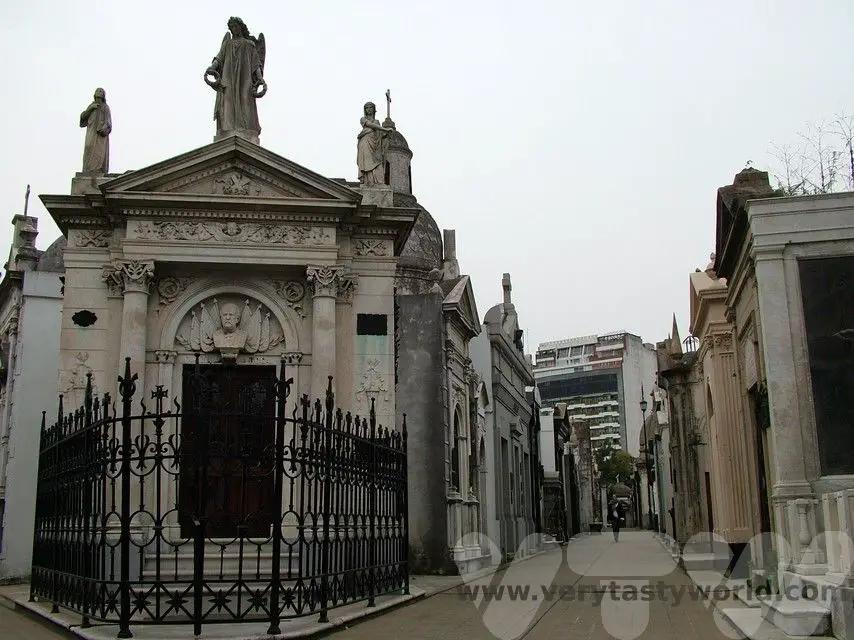
The Museo Nationales de Bellas Artes is a fantastic space for discovering local and international art. It’s free to enter and hosts a variety of permanent and temporary exhibitions. Museo de Arte Latinoamericano de Buenos Aires, known as MALBA, also has some great exhibitions.
In the adjacent park is the Floraris Generica, a huge sculpture of a flower which opens and closes with the daylight.

There are a number of gardens in the area, including a Japanese garden and botanical gardens, where you can see the yerba mate tree from which mate tea is derived.
When To Visit Patagonia
In the southern hemisphere November to March is Patagonia’s summer, where the days are longer and the temperatures warmer, and hence the most popular time to visit. The shoulder season is November. We travelled in late October (we don’t mind the cold!) and were largely lucky with the weather.
Dining and Drinking in Patagonia
If you are an omnivore, Patagonia has a huge amount of excellent food. The seafood in Chile is fantastic -with an incredibly long coastline the country has some of the best fish dishes on the planet. We particularly recommend the crab.
In Argentina the Patagonian lamb is an essential meat to try. Steaks are also available – they are good value and usually cooked very well. Guanaco often appears on menus – the flavour is akin to venison. Empanadas – pasties with a variety of fillings – are also fantastic and definitely worth taking with you on a hike or on the bus if you want a packed lunch. Vegetarians may struggle to find a decent variety of dishes but most restaurants will have vegetarian options.
In terms of drinks, Chilean and Argentinian wines are fantastic and there are even some vineyards in Patagonia, albeit much further north than the places visited in this itinerary! Beer drinkers will find a wide variety of excellent local craft beers.
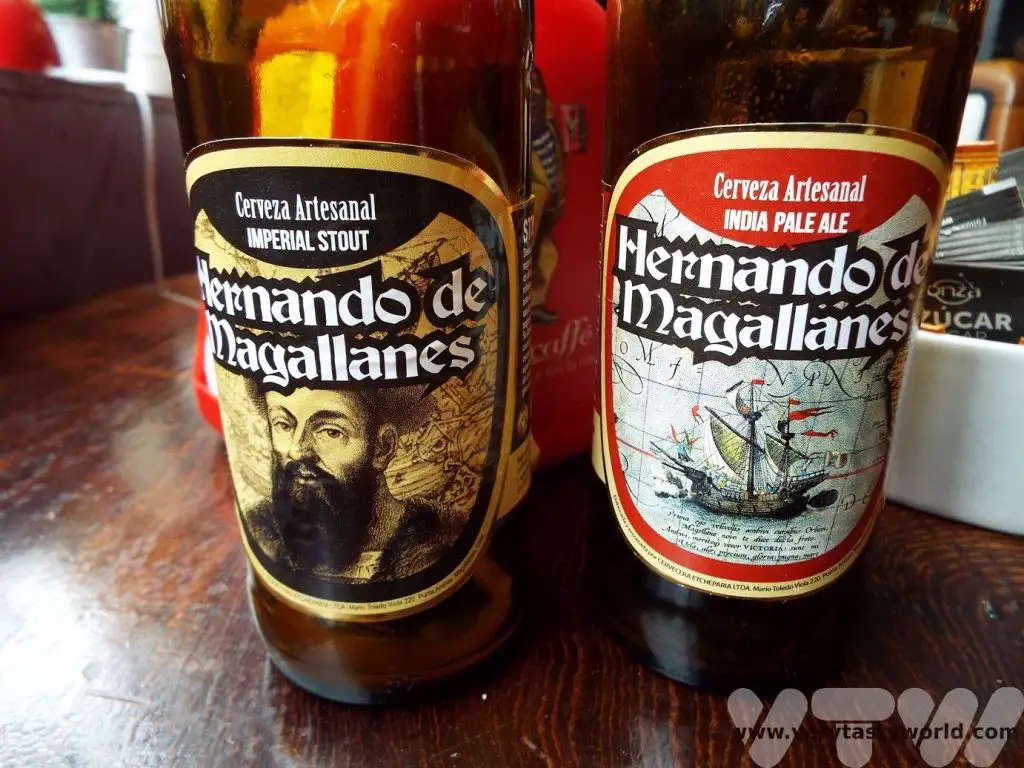
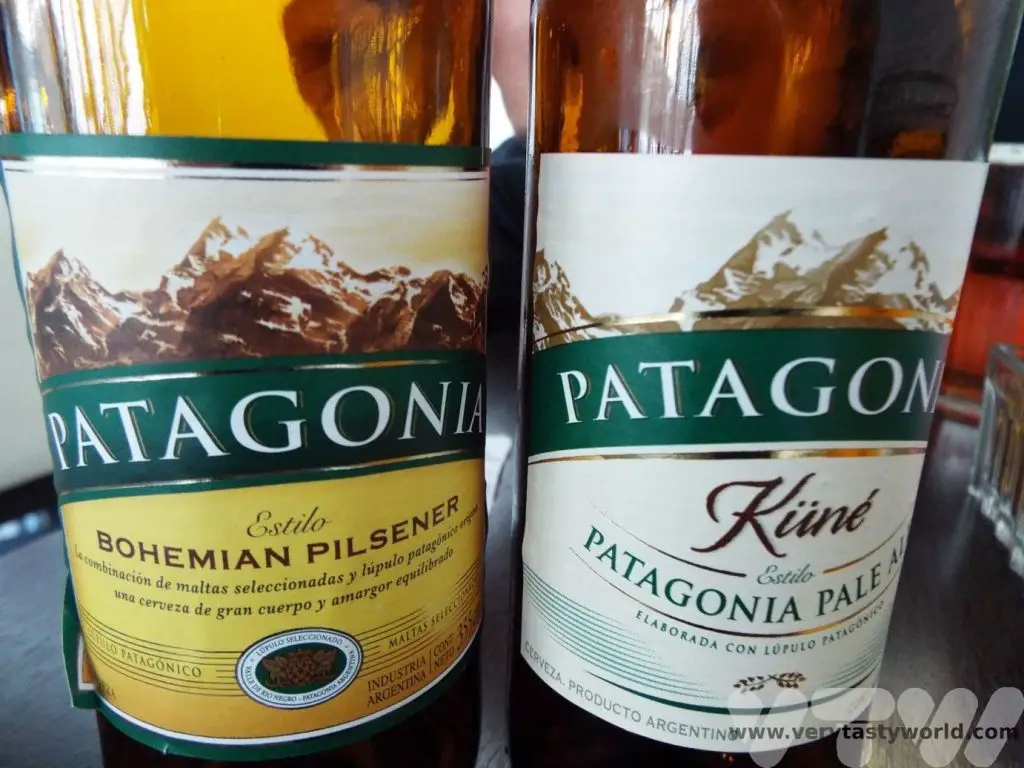
The tap water is fine to drink. In some areas, notably El Chalten, you can even refill your water bottle directly from the streams and rivers as the water is pure.
Getting Around Patagonia
We travelled on buses throughout our trip, apart from the couple of days in Torres del Paine, when we hired a car.
Buses are large and comfortable and run on a regular schedule. There are usually toilets on board.
You can get tickets at the bus station or online and often your accommodation can help. We recommend pre-booking if you can, especially if you are travelling in high season – it means you can ensure a place on the bus. When you buy a ticket you will be assigned a numbered seat. The other great advantage is that the bus driver knows the route so you can simply sit back and just enjoy the scenery. Obviously delays can sometimes happen but all the buses on our journey ran on time.
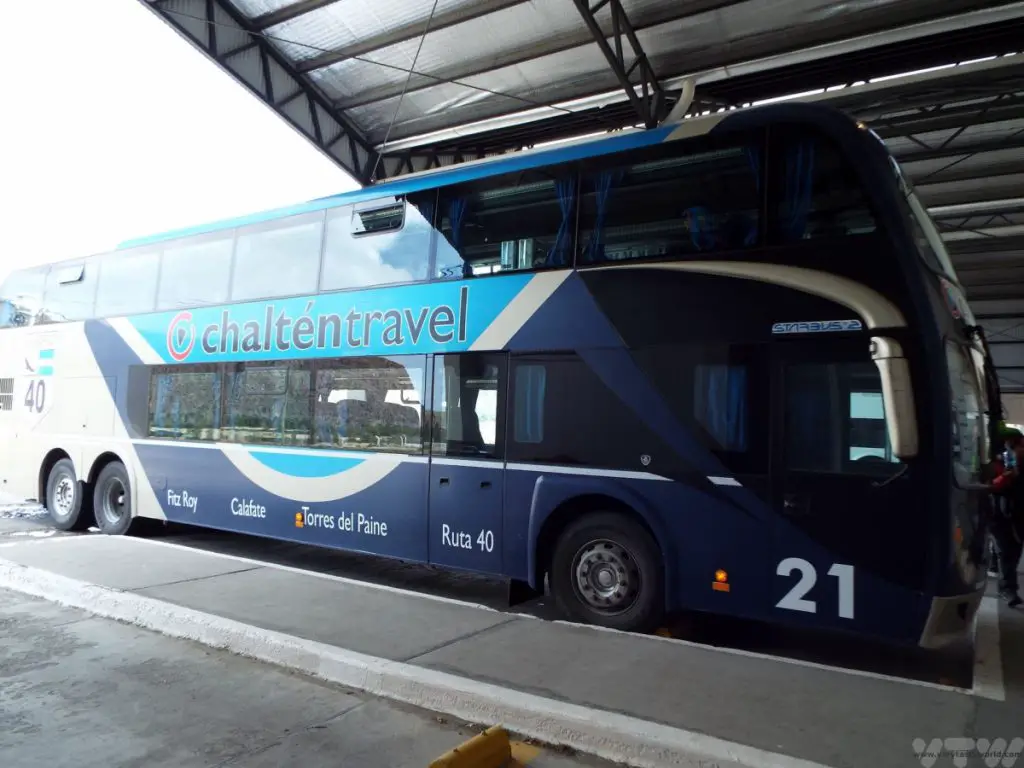
It would be difficult to do this full itinerary using a car rental because you would be driving through two countries so would need a special permit to take a car from Chile to Argentina. And it would be either very difficult or very expensive to do a one-way return of the car to an agency in another country. If you wanted to drive it would be possible to rent a car in each country and just cross the border on the bus. But, honestly, the buses are a convenient – and much cheaper – way to travel.
What To Bring to Patagonia
Hiking boots/shoes. We recommend wearing these on the plane and putting your other shoes in your checked-in luggage. It’s easier to replace lost ordinary shoes than expensive, properly worn-in walking boots.
Warm clothing. Patagonia can be very cold and, even if it isn’t cold, it can be very windy. We suggest bringing lots of layers so you can add/discard clothes as required.
If you do the Perito Moreno glacier walk you will need long-sleeved clothes, long trousers and gloves. You will wear crampons, so sturdy shoes (or your hiking boots) will be needed.
Wet weather gear – although we were generally lucky with the weather on our trip, you never know when it’s going to rain! Ponchos are a good idea if you get caught in a rainstorm.
Sun protection and sunglasses
Water bottle, particularly if you are hiking.
Patagonia really is one of the most remarkable places on the planet. It is remote but the effort to reach this stunningly beautiful wilderness is emphatically worth it.
Related Posts You May Enjoy

- Rivers and Rainforests – A Guyana Itinerary
- Best Time To Visit Machu Picchu 2024 Update
- A 2 Week Patagonia Itinerary
- Day of the Dead in Campeche
- A Galapagos Land Based Itinerary
- RECIPE: How to Make Costa Rica’s Gallo Pinto
- A Tasty Puebla Food Tour
- Costa Rica Wildlife Sanctuary – Caño Negro
- Visit Torres del Paine National Park in Patagonia
Five days in Copenhagen
When we were children there was a very popular vinyl record which was comprised of a whole bunch of songs, sung by Danny Kaye, based around Hans Christian Anderson’s fairy tales. One of these was the song, Wonderful, Wonderful Copenhagen. We’ve recently returned from a short trip to Denmark’s capital and the song, somehow recalled from many years ago, gave us a semi-permanent ear-worm as we explored the city. But is Copenhagen wonderful? We think so. We spent five days in Copenhagen, and around, discovering what the city had to offer.
Getting to Copenhagen Central from the Airport
We got chatting to a number of people during our trip, some of whom had very different experiences of getting into the city. An elderly couple from the USA were shocked to have paid around 55 Euros for the journey in a taxi. And at the other end of the travelling spectrum – we met a holidaymaker from the UK on his first ever visit abroad who decided to walk the 8km from the airport for free! We recommend the train.
The easiest and most cost-effective way is to take the train or the metro. On arrival at the airport, after exiting the baggage area, follow the signs to the train station. There will be a whole bunch of ticket machines just before the entrance to the platforms. The ticket machines are red.
You can choose the English language option. Just select the destination, number of passengers and time of travel. You will receive a zone 3 card, which covers both passengers, that can be used within an hour and a half time slot. Head down to the platform. Trains are very regular, there will be signs on the platform indicating the destinations and you want to make sure your train stops at København H. The journey takes around 15-20 minutes and costs 30DKK (August 2023).
Accommodation
Accommodation in Denmark is on the pricey side. We chose a small room at the Wake Up, which was just a 10 minute walk from the main station. We were delighted to be upgraded to a larger room on arrival, but it did rather make us wonder what the small room was like because the large room was pretty compact! Still, as with most accommodation, we don’t need anything more than basic facilities – a bed and a bathroom will do just fine.
Planning Your Visit
There are a fair few things that you can do in Copenhagen for free but many attractions have a charge and Denmark isn’t a cheap country to visit. So, prior to taking our trip, we looked into the Copenhagen Card. Depending on what you are planning to see you can make good savings by purchasing a card which offers admission to over 80 attractions and free public transportation within the Copenhagen area. You can select a card for 24, 48, 72, 96 or 120 hours. Download the app onto your phone and you can activate the card at the first attraction/transport option. It will then count down the time until it expires.
You can only visit each attraction once, with the exception of Tivoli where you can re-enter the park on the same day only, if you get a stamp.
For our five days in Copenhagen we chose to buy a 72 hour card.
Five Days in Copenhagen: Day 1
National Museum of Denmark
The National Museum is located on Ny Vestergade. It showcases Denmark’s long and fascinating history with both permanent and temporary exhibitions. Particular highlights include the Viking history exhibition, which feature wooden parts of an extraordinarily long longboat and include an audio-visual opportunity to join a Viking raid, and the modern collection which shows many aspects of Danish culture.
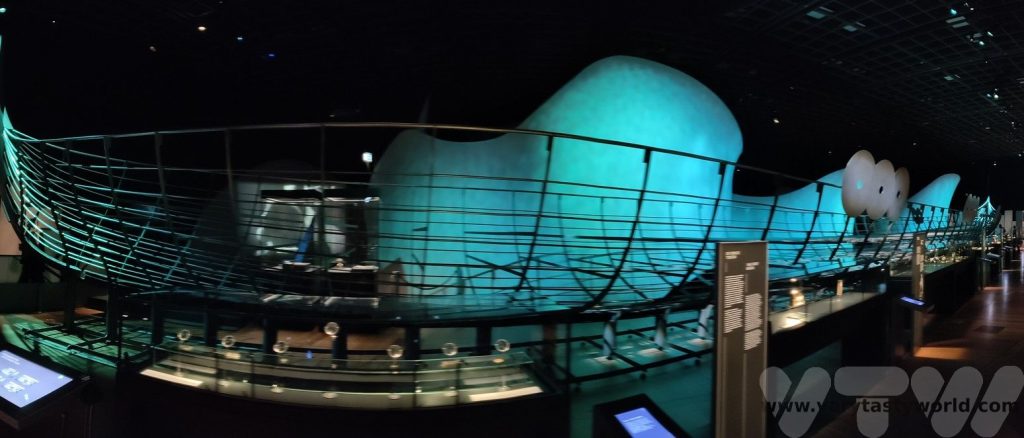
On our visit there was an interactive exhibit about money and finance around the world which was surprisingly fun.
Ride the Rollercoaster at Tivoli Gardens
One of the most delightful things about Copenhagen is that, rather than having a central business district full of corporate offices and commercial buildings, it has a park right in the middle of the city. Directly opposite the central station and just a 10 minute walk from the National Museum, this delightful amusement park is the third oldest in the world and dates from 1843. It is one of Denmark’s most visited attractions and is a lovely place to visit for both the young and young at heart. Set in a very pretty garden, it has a number of stages for performances and white-knuckle rides for intrepid thrill-seekers.
The Copenhagen card will provide entrance to the park but not the rides. If you plan to spend a lot of time in Tivoli and want to enjoy all the rides it’s worth buying a wristband for unlimited access. There are machines all over the park. If you just want to go on a ride or two you can queue as normal then pay for each with your credit card at the gate just before you get on.
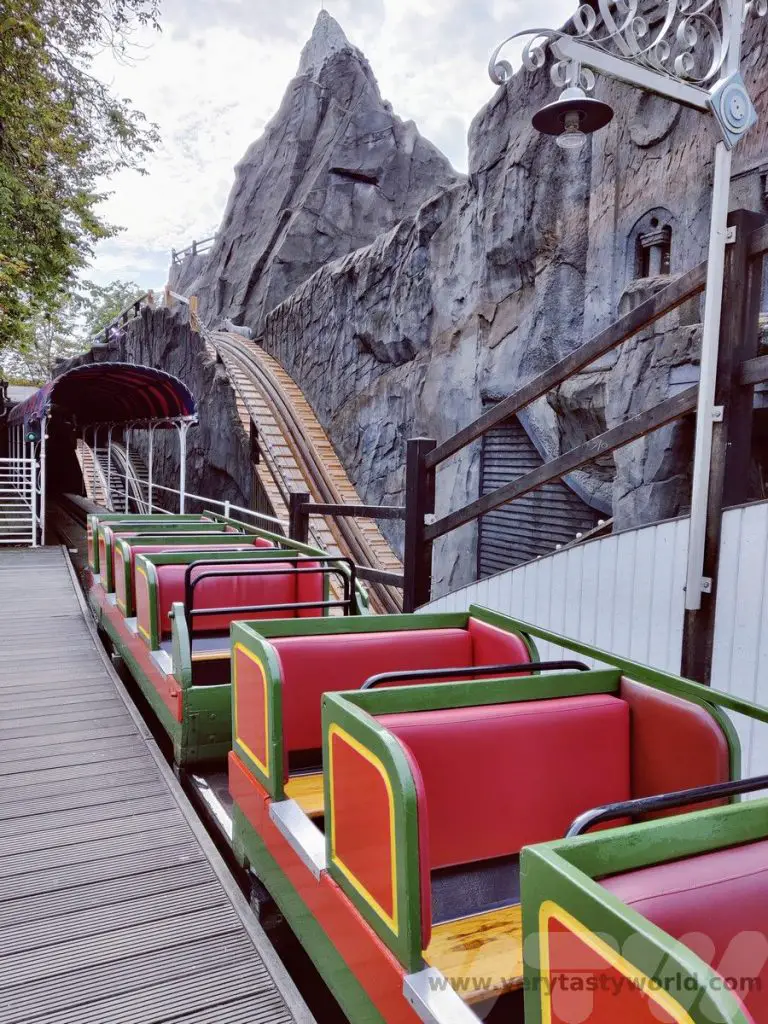
We didn’t plan to spend all day in the park but we did want to ride Rutschebanen, a wooden rollercoaster which dates from 1914 and is one of the oldest still operating. It is one of the few left in the world which has a brake operator in a car on each train, manually slowing the cars on the big slopes if needed.
It’s great fun to ride.
If you are visiting Tivoli you can get a stamp which allows you re-entry to the park on that day only. The security guards at the exits, armed with ink, will be able to provide one.
Tivoli food hall is adjacent to the park and has the same opening hours. You don’t need a ticket to Tivoli to visit the food hall. There are all sorts of Danish and international dishes on offer.
The Planetarium
The Planetarium, on Gammel Kongevej, is well worth a visit. It has a number of exhibitions on the ground floor and also runs a number of films in the largest tilted dome in Europe, a hugely impressive space. It offered a view of the current night sky and then ran a documentary about the probes that have been exploring our planets over the years. Headsets for an English translation of the commentary are available at reception.
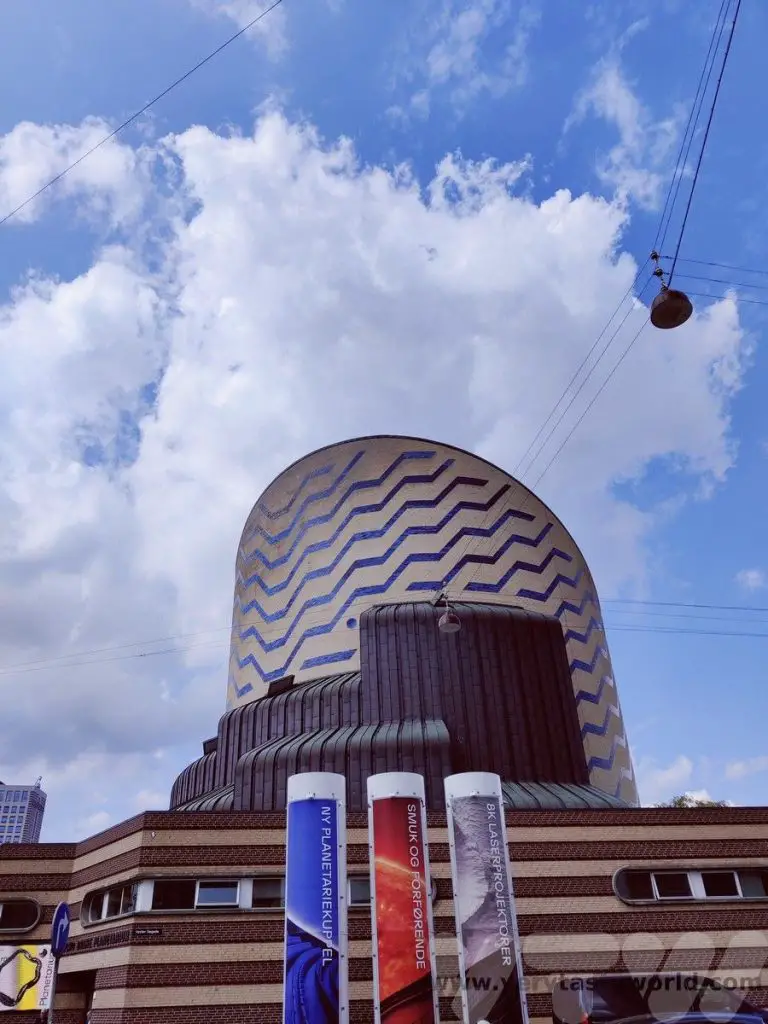
Fredericksberg Area
We walked from the Planetarium to the Fredericksberg area. Bus 7A will go there from the city centre if you don’t fancy walking and the Copenhagen card will cover the cost – just show the card to the bus driver. You will need to get on at the front of the bus. There are lots of things to do here, including visiting the zoo. We had some cultural activities in mind.
Storm
This is the museum of humour and satire where we received a very friendly welcome.
The downstairs area showcases the history of Danish humour (only in Danish but you can use a QR code on your phone to get a translation) but also has a few rooms dedicated to humour for children – chock full of surreal objects and fart gags.
Upstairs is an exhibition dedicated to the work of Storm P, the cartoonist, illustrator and satirist Robert Storm Petersen. There is a large collection of his artwork with explanations in English as well as a set-up of his workspace.
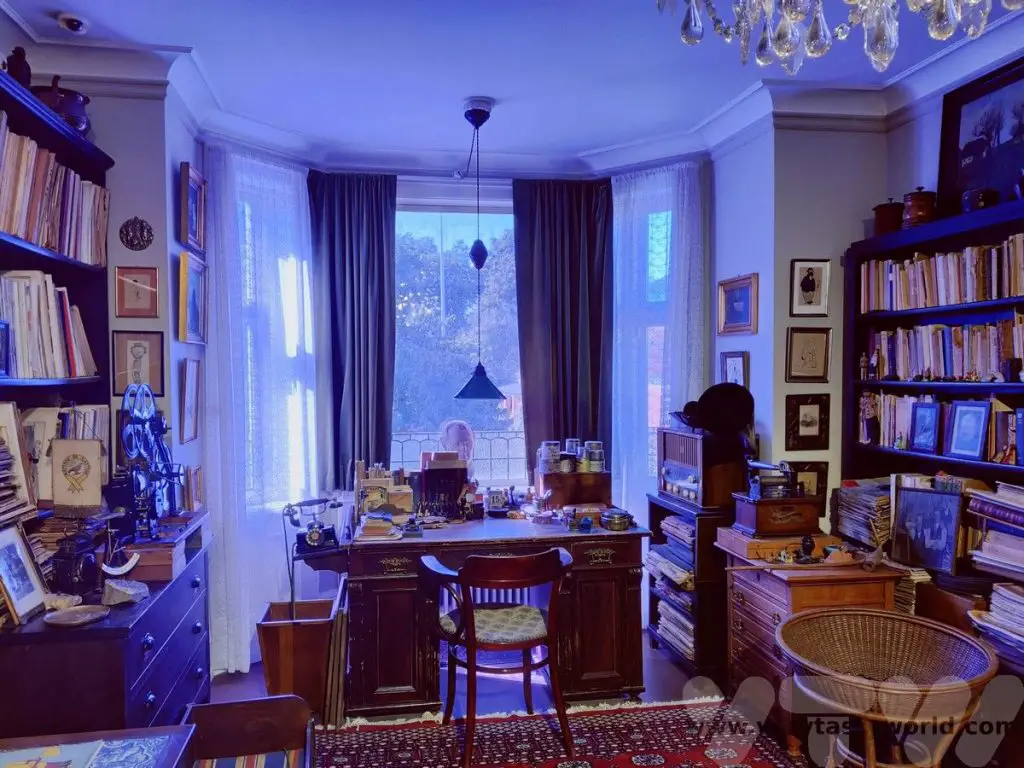
Cisternene
A fabulous idea for an art gallery, Cisternene used to be an underground reservoir! Beneath the green, green grass of Søndermarken Park this dark, cavernous space hosts an exhibition by a different artist each year. You need to be a bit walking careful inside – it’s dark and damp and you need to keep on the pathway or get wet feet – but it was one of the most delightful and unusual art galleries we have ever visited.
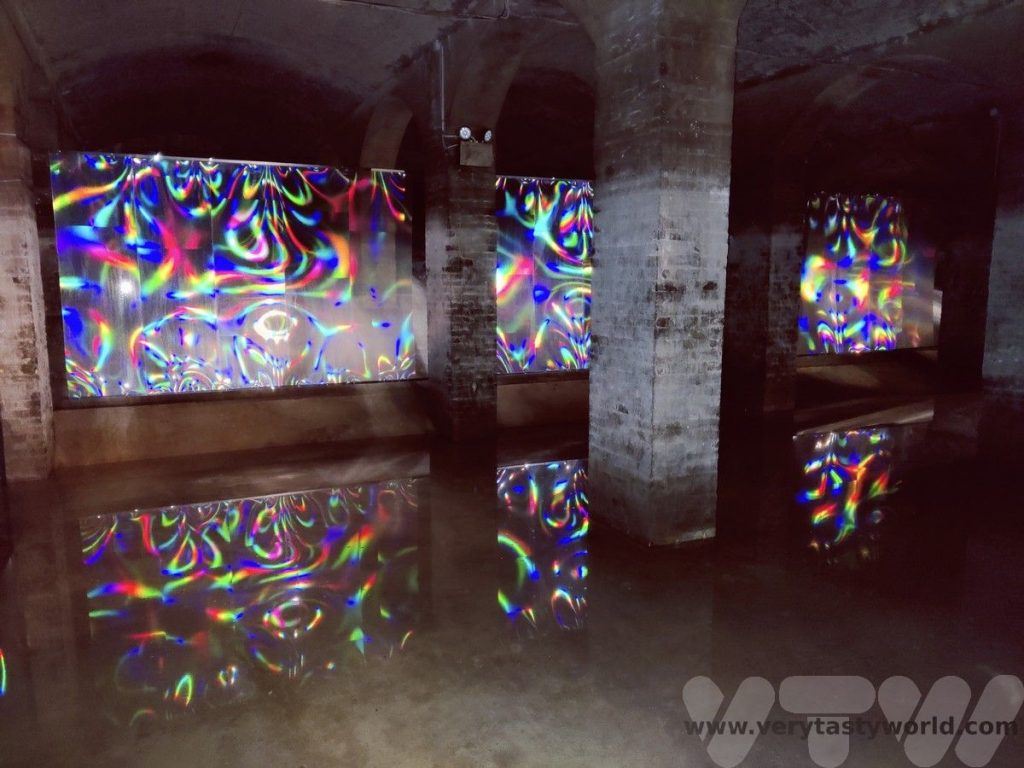
We saw the display from South Korean artist Kimsooja whose light installation was colourful, beautiful and otherworldly.
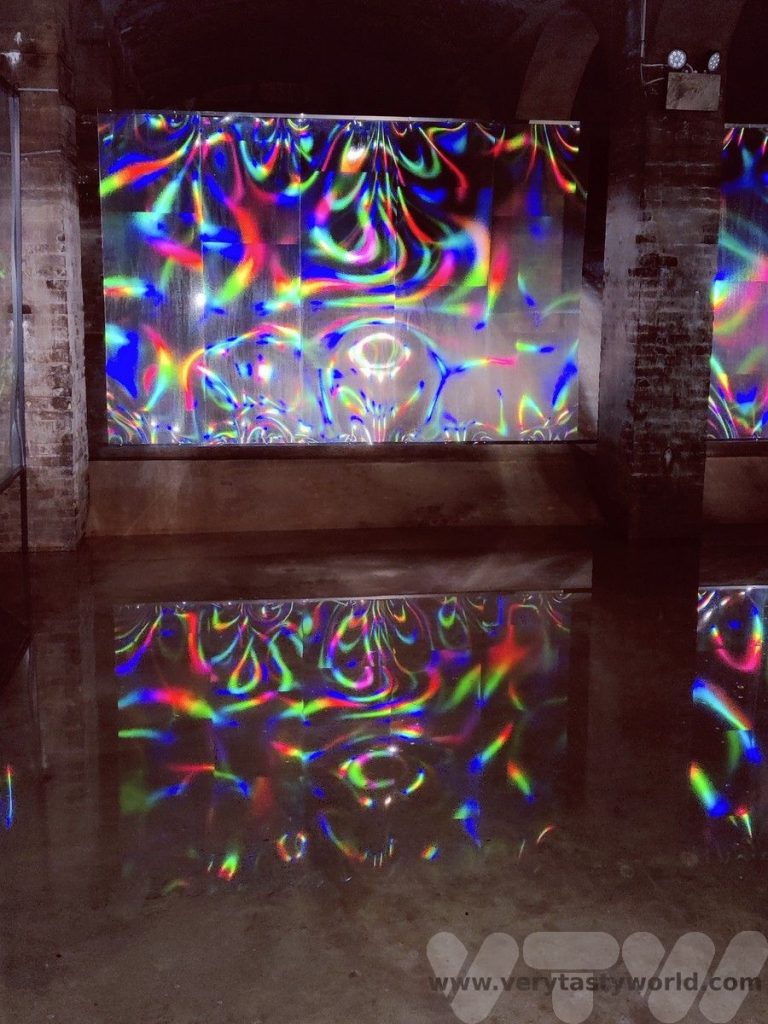
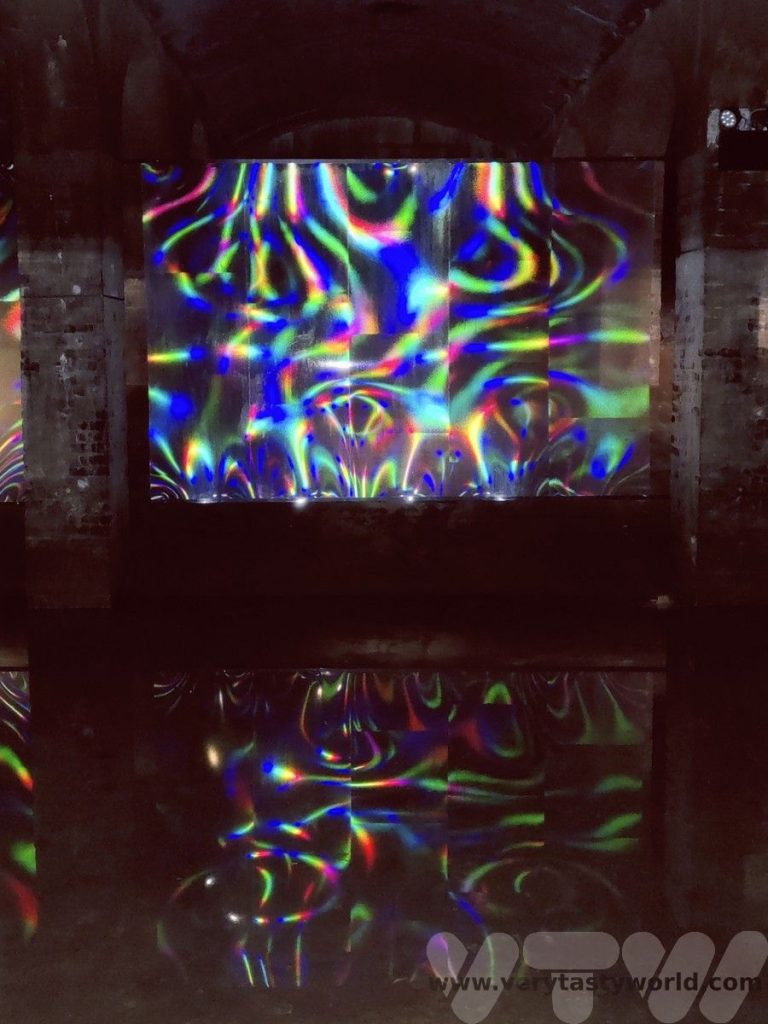
Evening at Tivoli
The 7A bus (the bus stop is just outside the zoo) will take you back to the city centre to enjoy dinner and a beer. Because the stamps on our arms were just about visible, we popped back to Tivoli. There were performances on some of the stages interspersed with squeals of delight as the white-knuckle rides simultaneously enthused and terrified.
Day 2
A Day Trip To Hamlet’s Castle and A Fabulous Art Gallery
The Copenhagen card also includes the opportunity to take some day trips outside of Copenhagen. You can take the train from Copenhagen Central to Helsingor to visit Kronborg castle. Just get on the train. If you are asked for a ticket, show the officer the card and they will scan it. If Helsingor sounds familiar, it is more commonly known as Elsinore in England and is, of course, the location of Shakespeare’s Hamlet’s Castle. Kronborg is a 15 minute walk from the station – you can see the castle from the station.
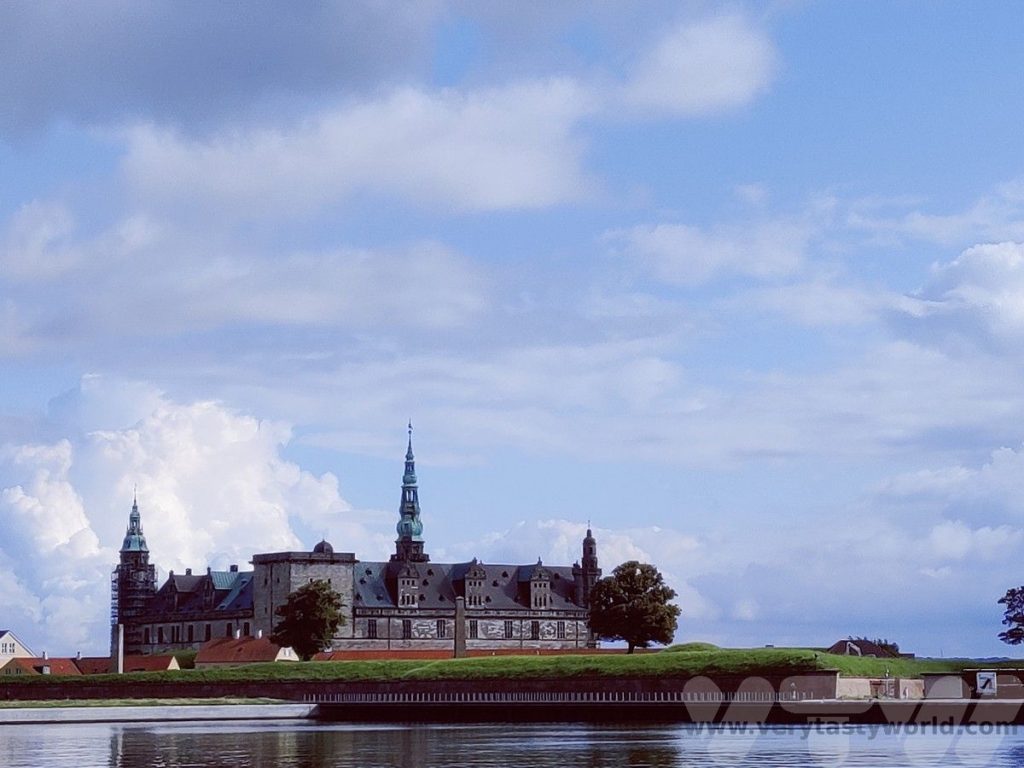
Originally built as a fortress in the 15th century, it was significantly upgraded by Frederick II between 1574-1585, and again by Christian IV following a fire. A UNESCO heritage site, it’s a highly interactive attraction with actors and jesters throughout the castle as well as guides who can offer information about the history of the castle. You can even meet ‘Hamlet’ and ‘Yorrick’ in the grand ballroom.
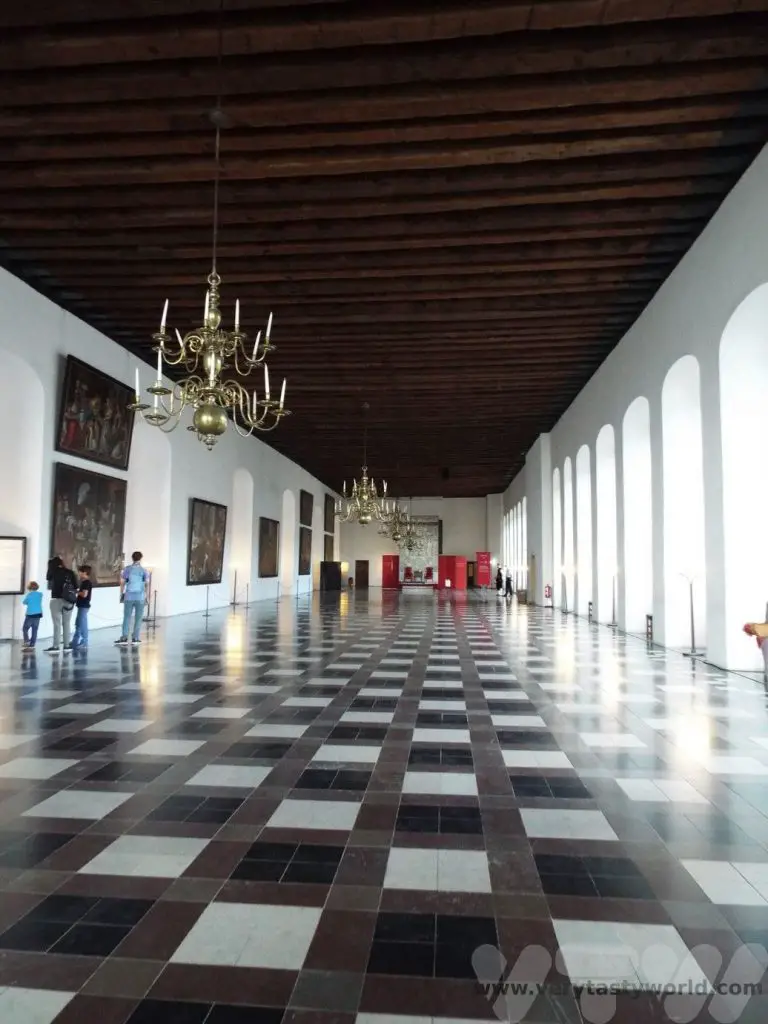
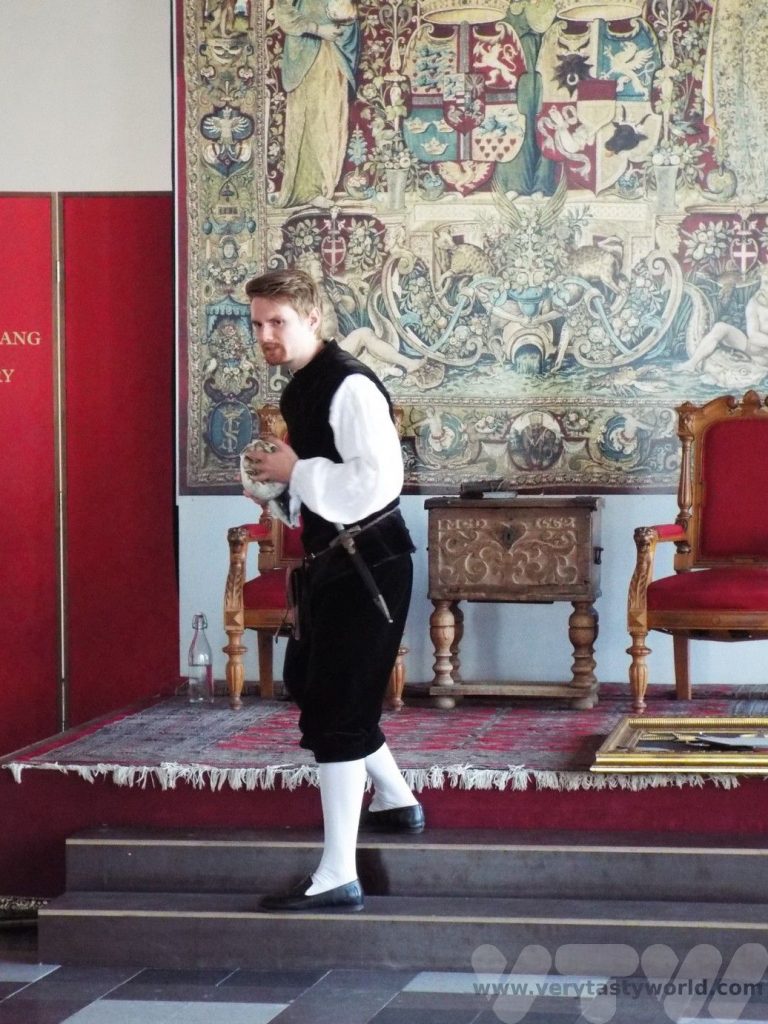
Yes, that’s Hamlet and Ophelia just outside Helsingor station.
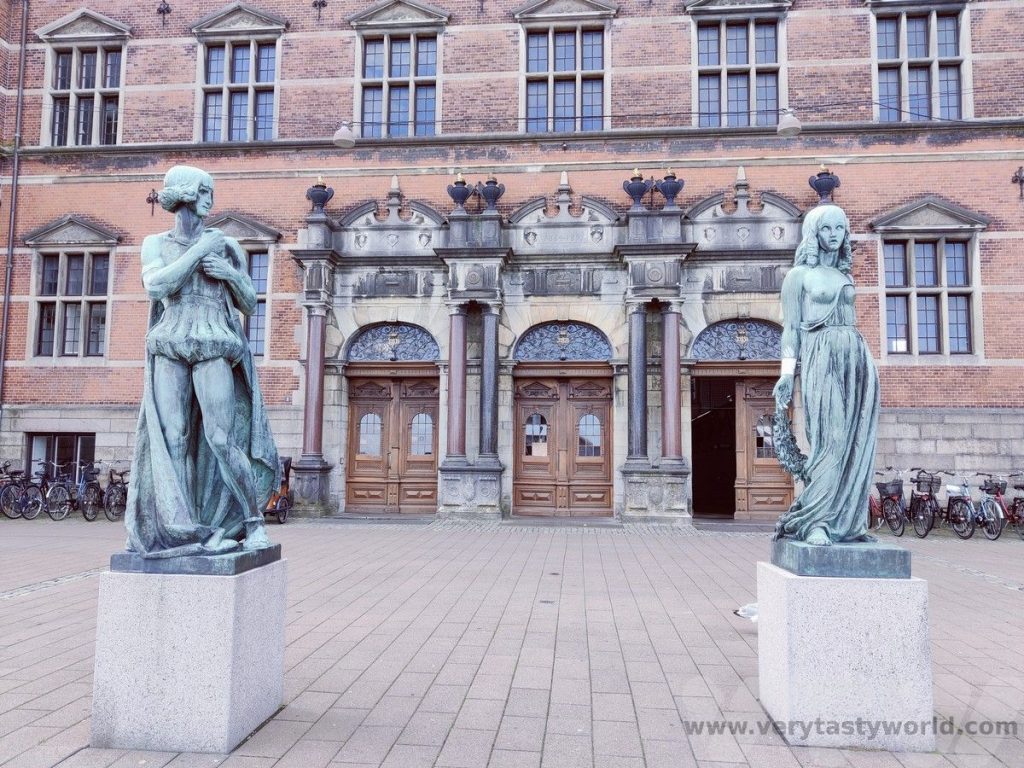
Louisiana Museum of Modern Art
The return train stops at Humlaebek, just 10 minutes from Helsingor, and this is an essential stop for the Lousiana Museum of Modern Art. A 15 minute walk from the station this remarkable modern art gallery, also included on the Copenhagen Card, offers an amazing collection, including works by Warhol, Lichtenstein, Picasso, Bourgeois, Bacon, Hockney and Moore, amongst many, many others, as well as temporary exhibitions showing the work of local and international artists.
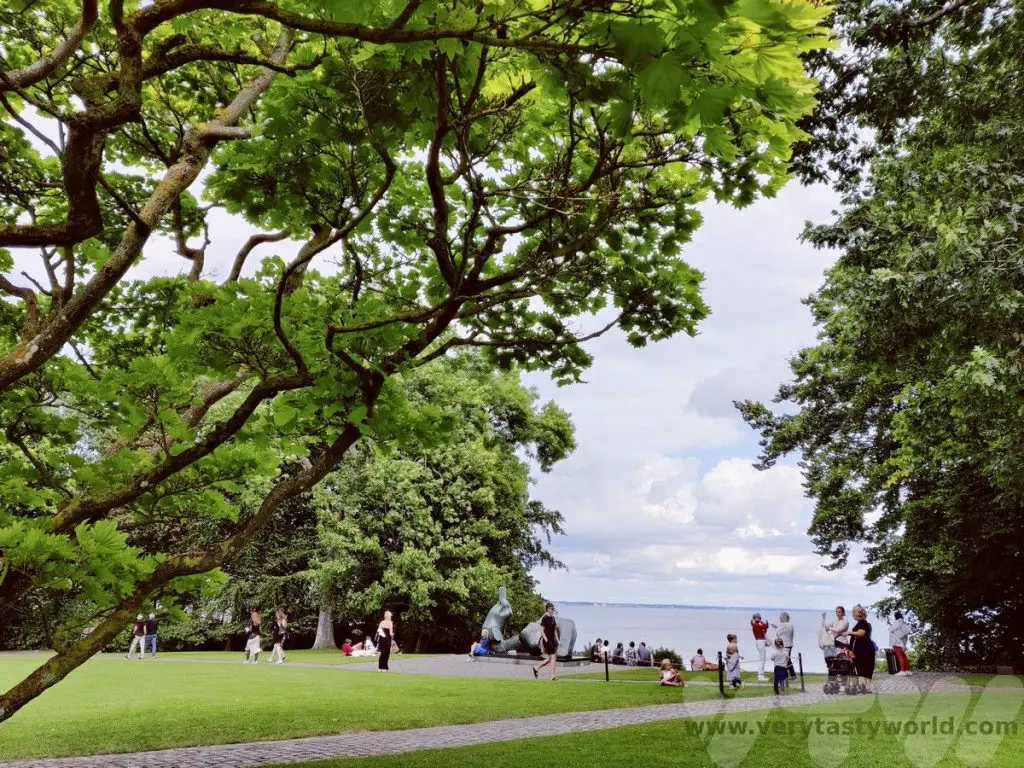
It has the most wonderful setting as well, a light, airy space for the network of galleries that all surround a sculpture park which looks out to the sea. Highly recommended.
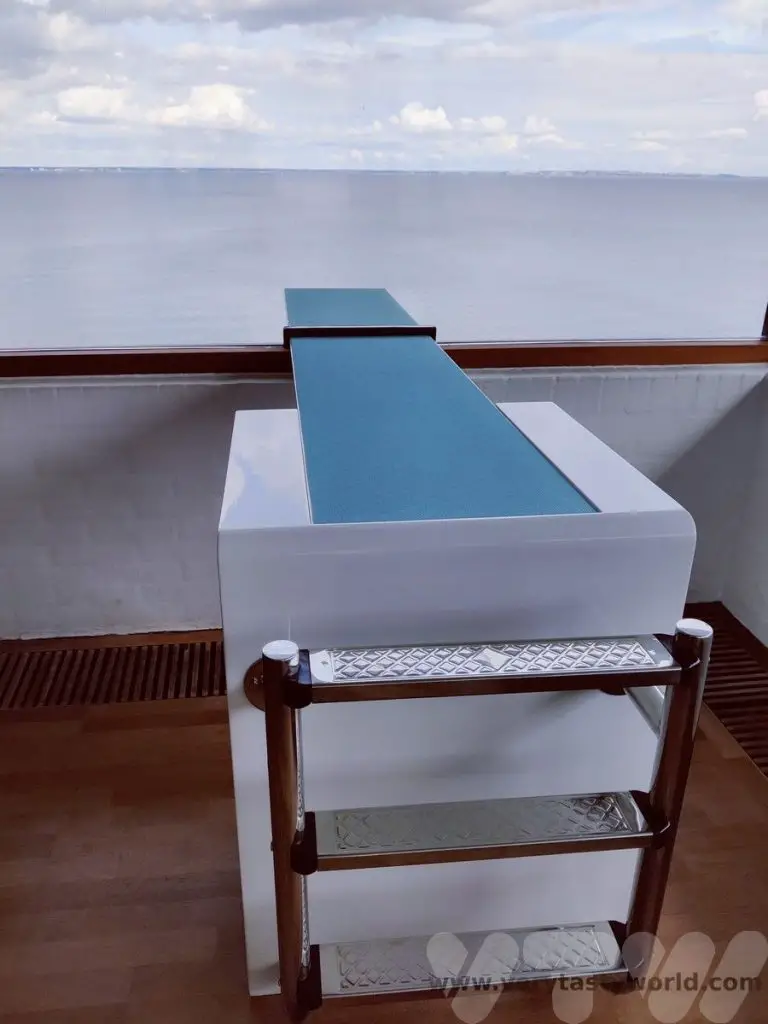
Day 3
A Boat Trip
We got up early to be first in the queue for a boat trip around the canals of Copenhagen. These are included on the card if you are boarding at Stromma (but not at Nyhavn). You need to show your card at the ticket office then get a ticket to board the broad boat for a journey that takes around an hour. There will be a commentary in English and usually another European language.
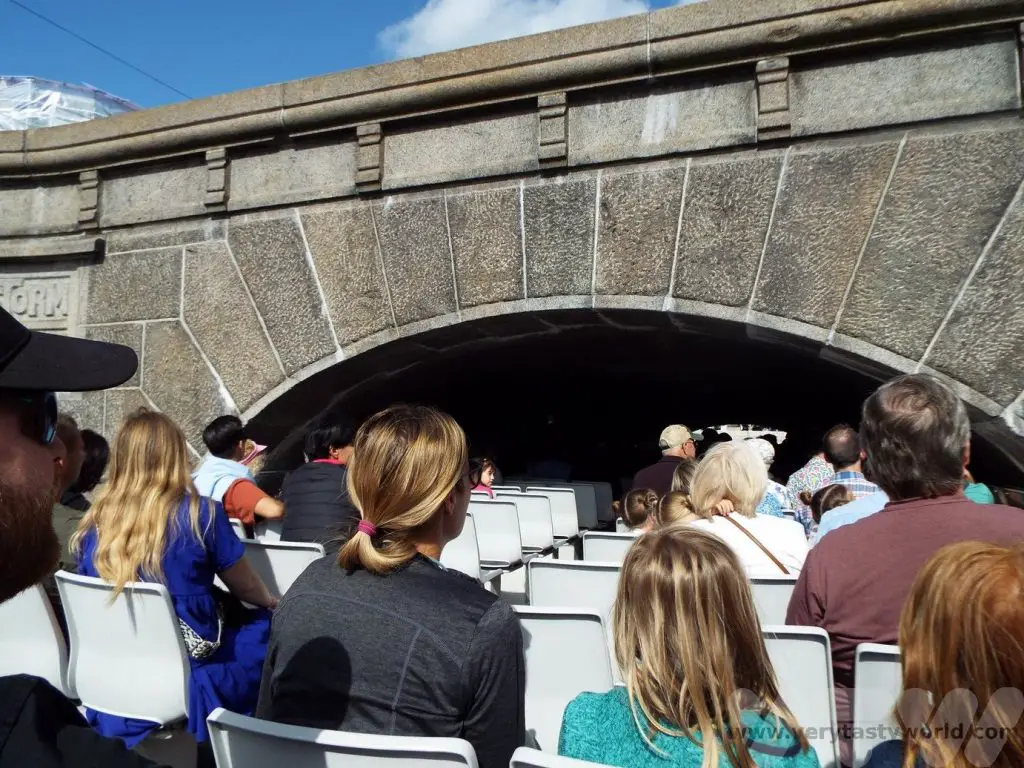
It’s a pleasant way to see Copenhagen from a very different perspective.
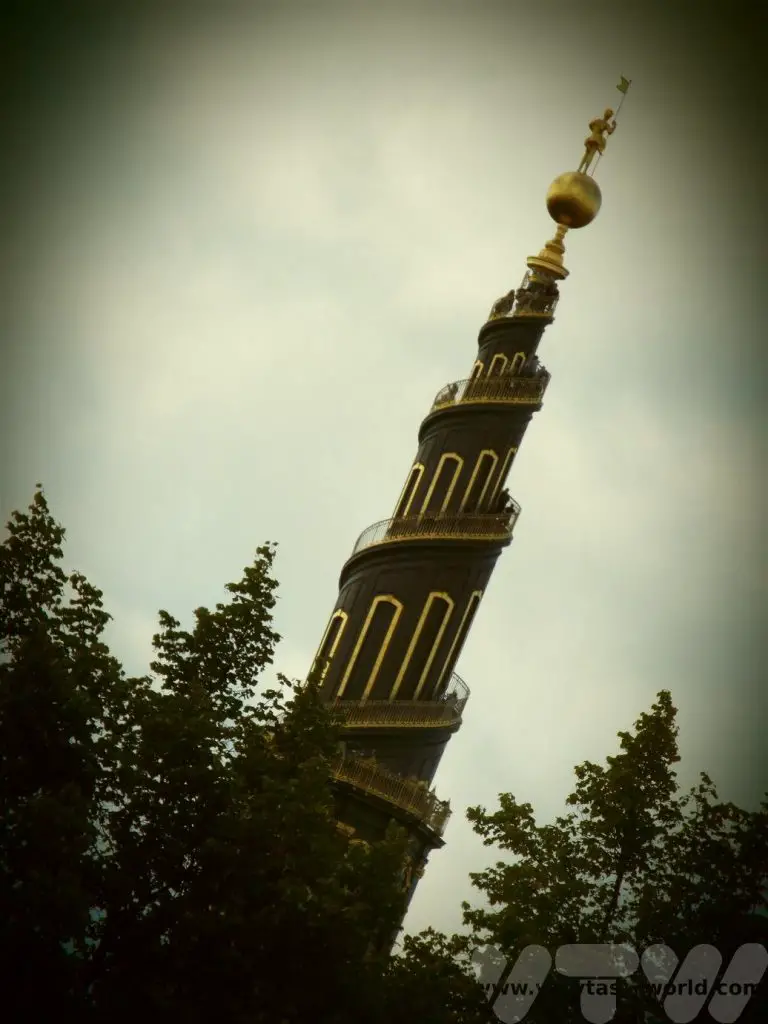
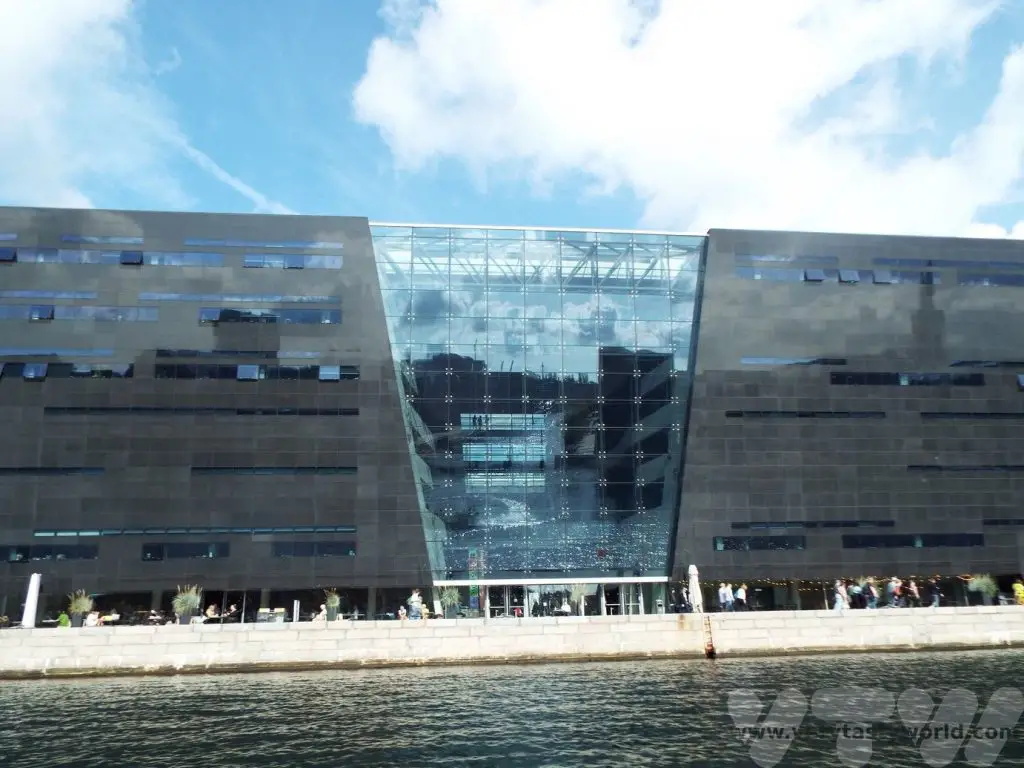
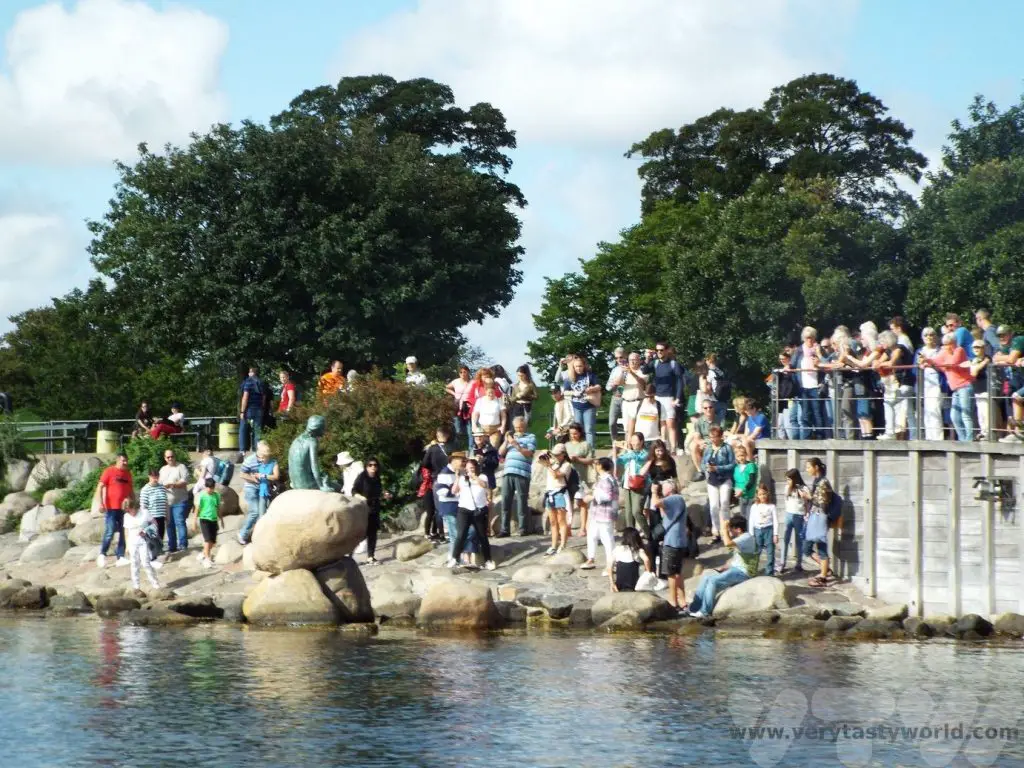
Visit Christiansborg Palace
Although Christiansborg Palace now houses the Danish Parliament it used to be the palace of the Danish kings and queens.
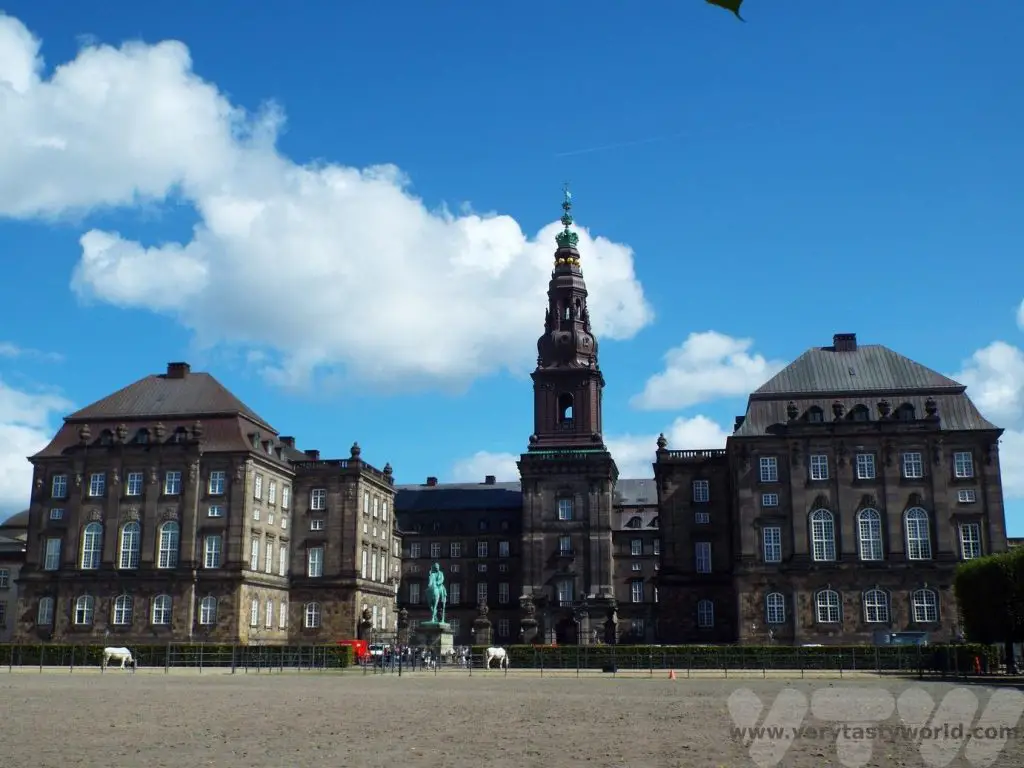
A visit to the ruins underneath the palace offers a fascinating history of the development and construction of the building and you can also visit the former kitchens and stables. The card covers entry to all these, but you need to show it at each location.
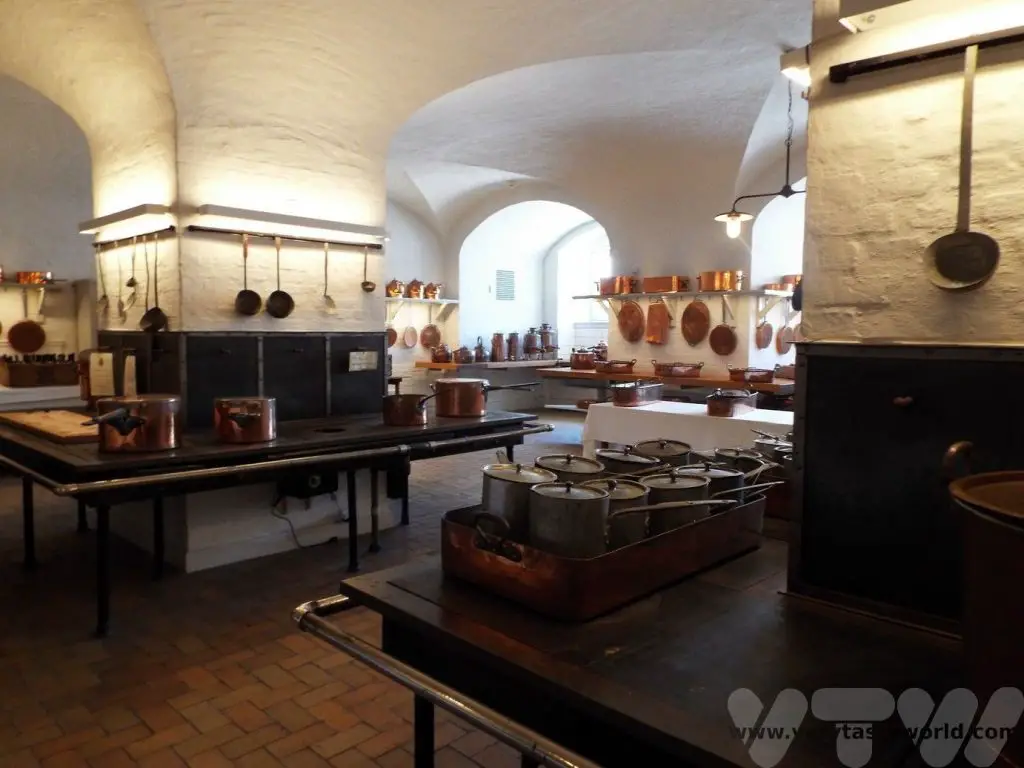
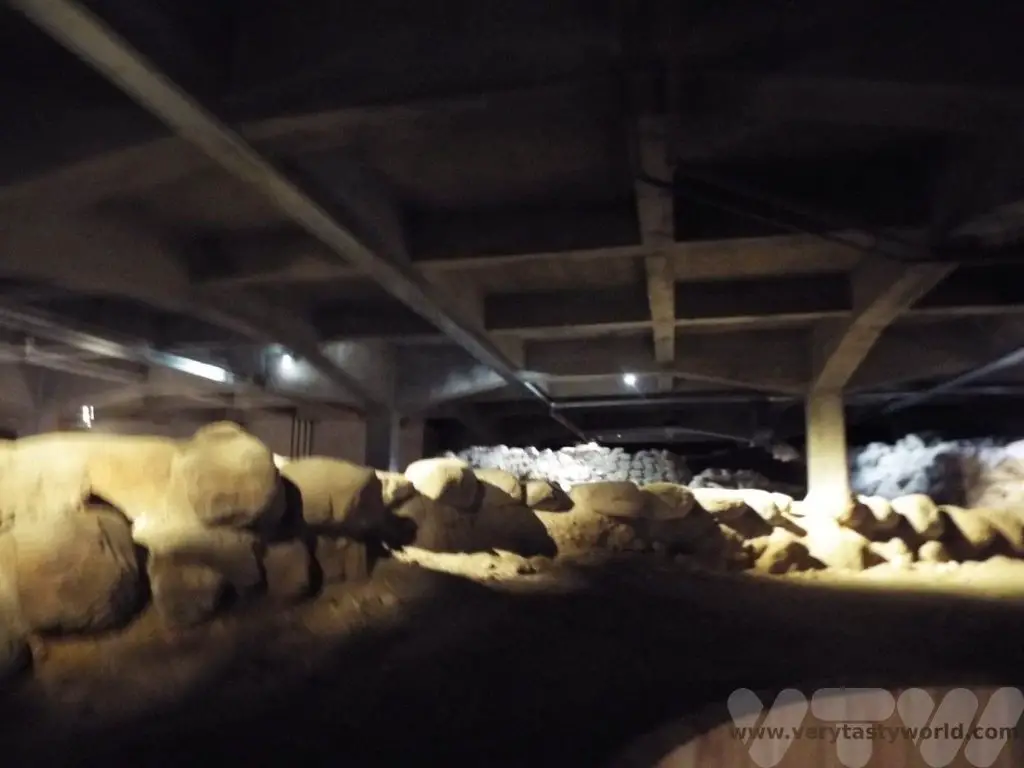
The Round Tower
We then headed to the northern part of the city. The Round Tower was constructed between 1637 and 1642 and is the oldest functioning observatory in Europe. Located adjacent to Trinity Church it was designed to be Denmark’s national observatory. You can climb the tower. One of the great things about this is that there are very few stairs. Like Seville’s Giralda tower, you ascend via a ramp with just a few steps at the top.
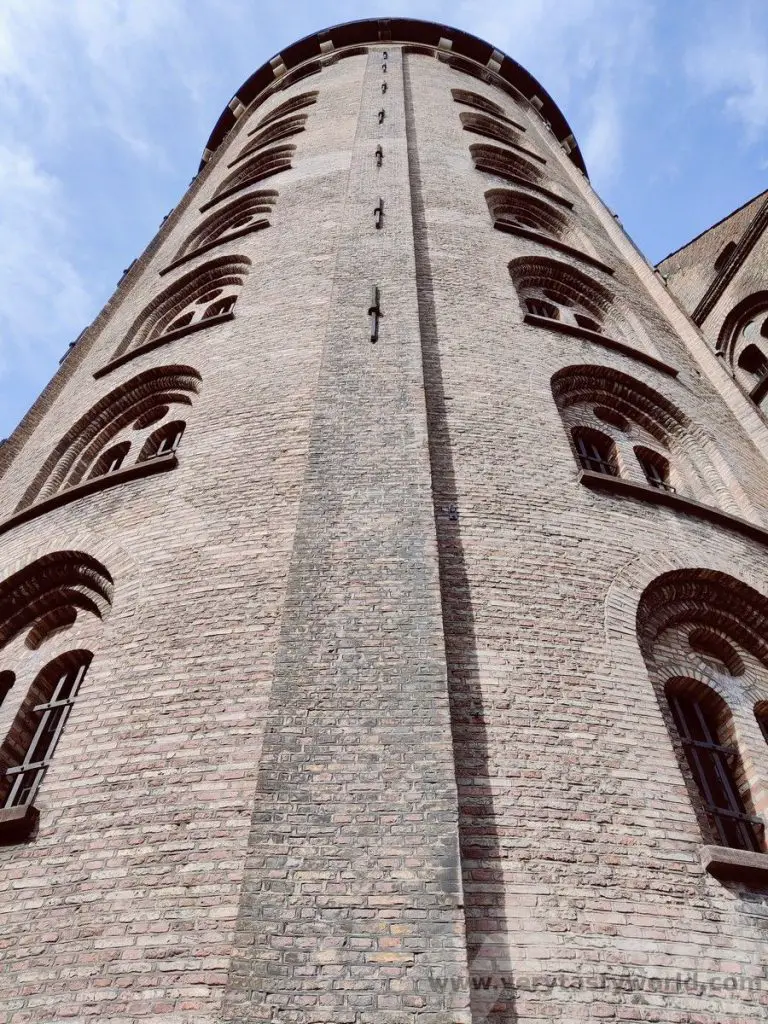
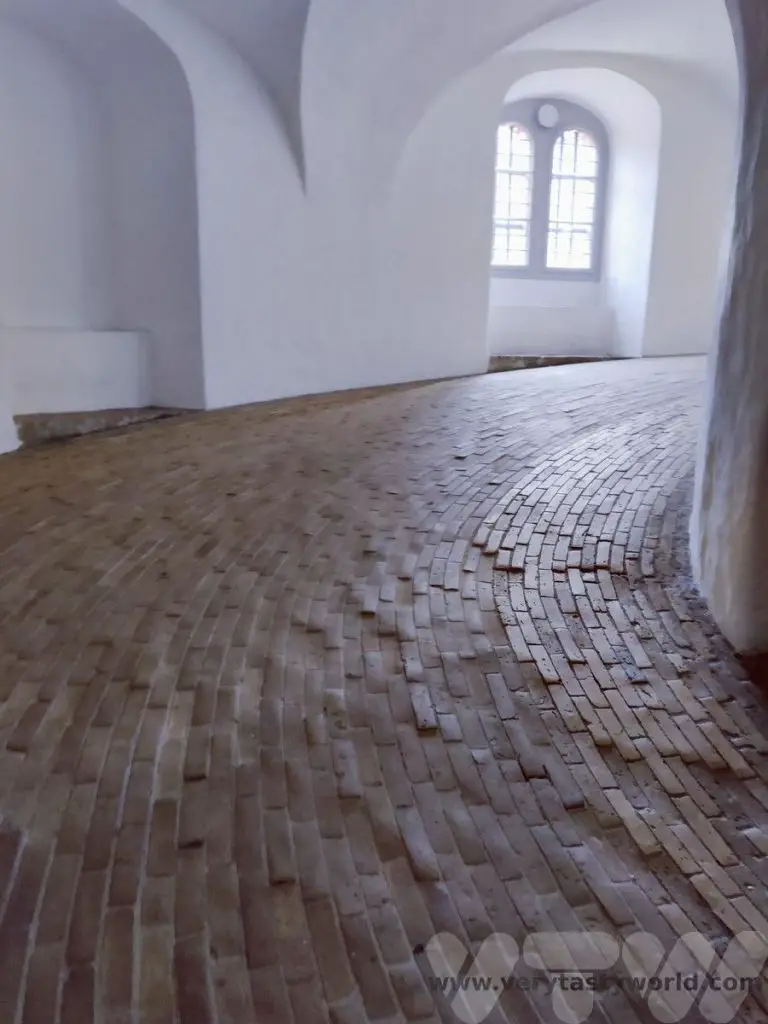
The Round Tower’s final staircase is quite narrow but, thanks to Danish efficiency, there is a red light/green light system to allow visitors to go up and down in turns. The view from the top is wonderful.
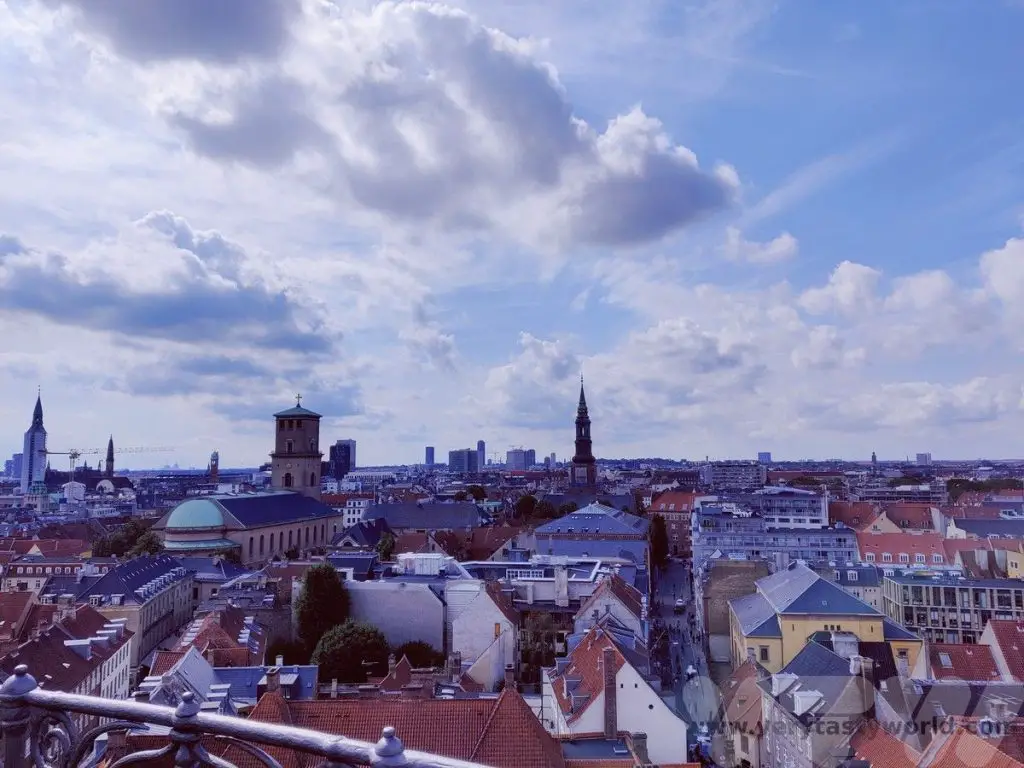
Rosenborg Castle
Another construction built by Christian IV, Rosenborg palace was apparently the revered king’s favourite. Set amidst a large park, this impressive castle is very popular as a tourist attraction, so tickets should be pre-booked (go to the website and select the Copenhagen card option). One of the top attractions are the crown jewels, and apparently the only jewels in the world that are on display and used by the Danish queen.
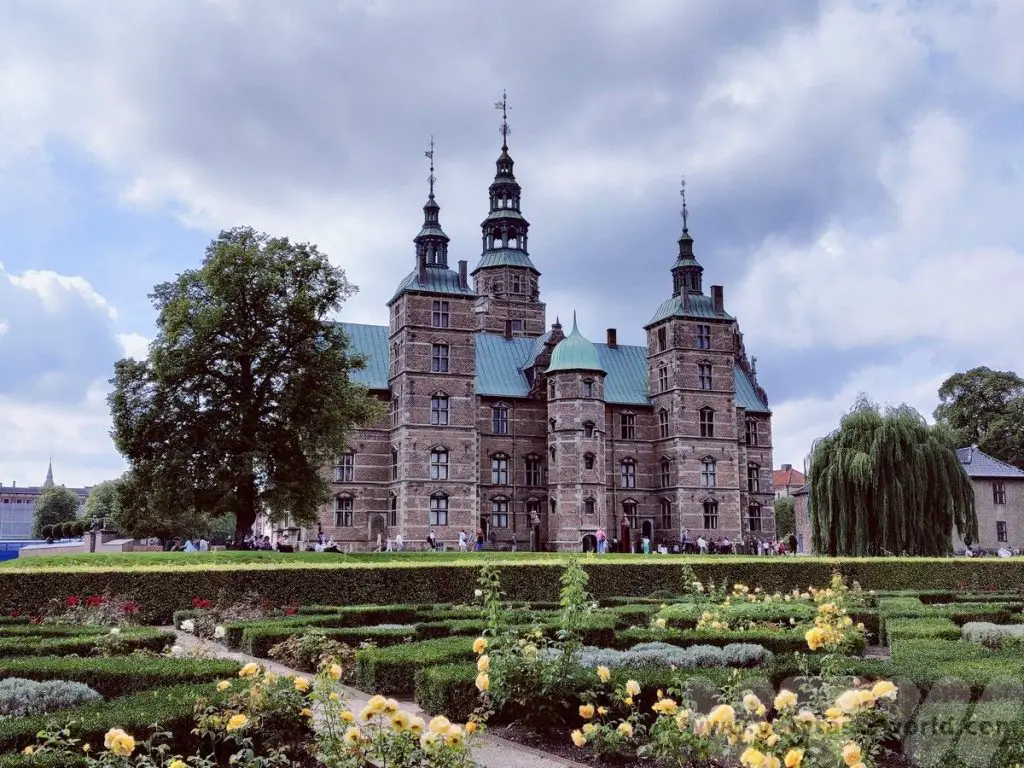
The Design Museum of Denmark
Highly recommended, the Design Museum of Denmark, on Bredgade, is a brilliant space showcasing art, crafts and design from a number of Danish and international designers. It explains the difference between art and design and also reinforces how important design is within our everyday lives. Thought-provoking and interesting, this was a highlight museum.
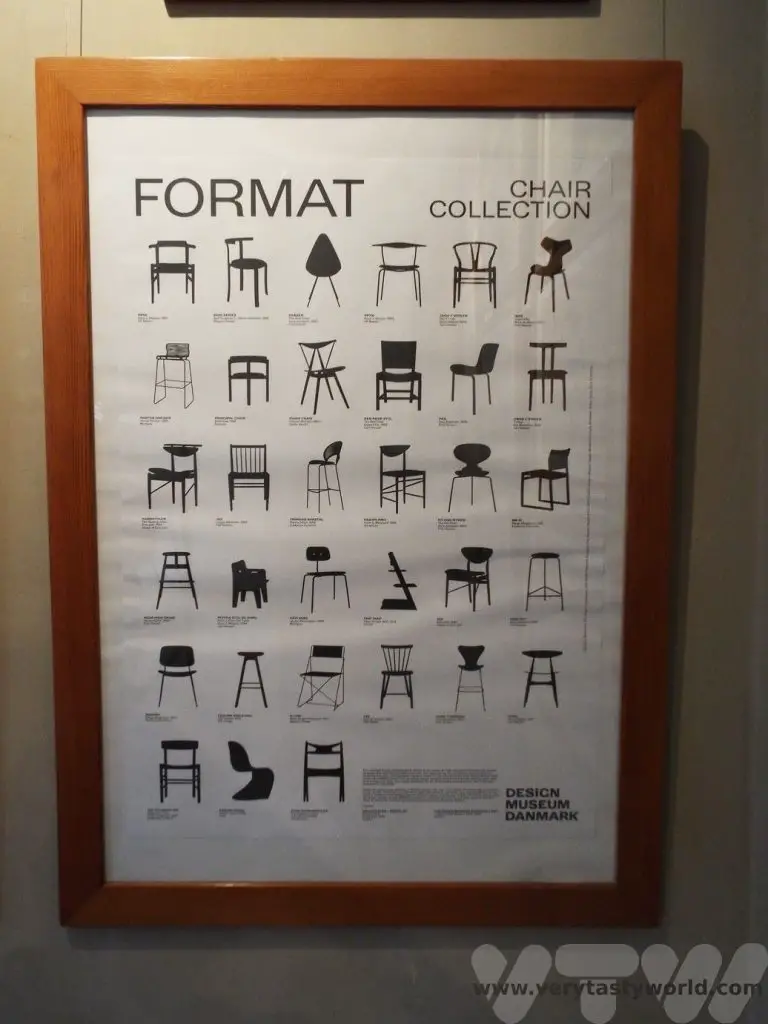
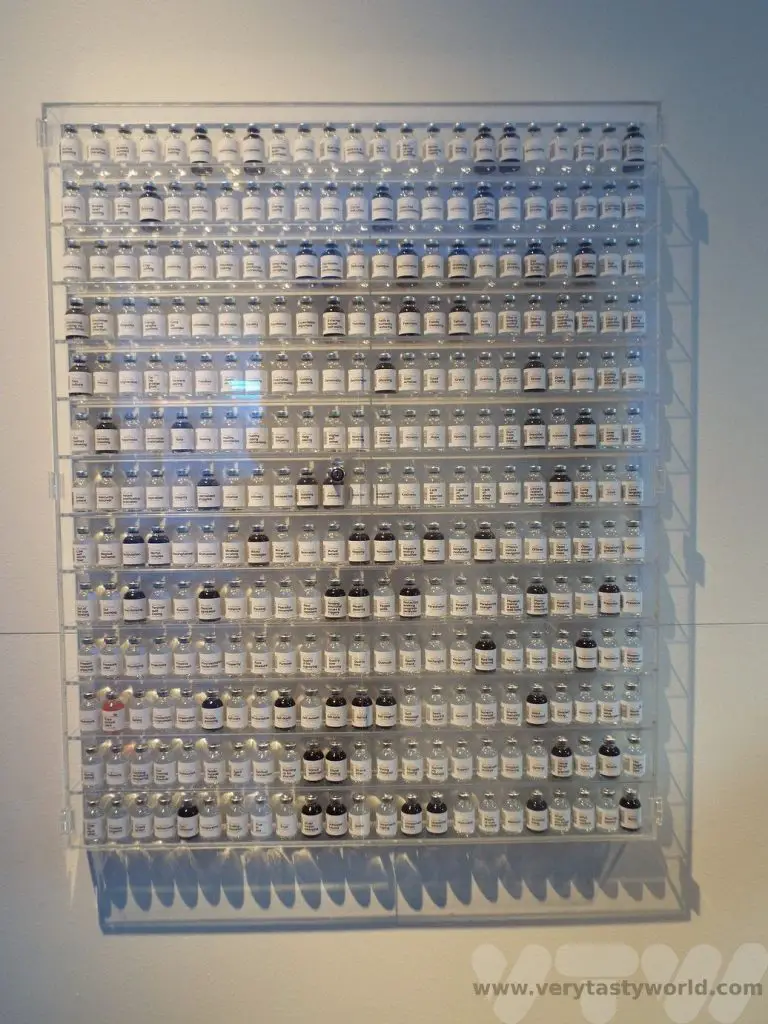
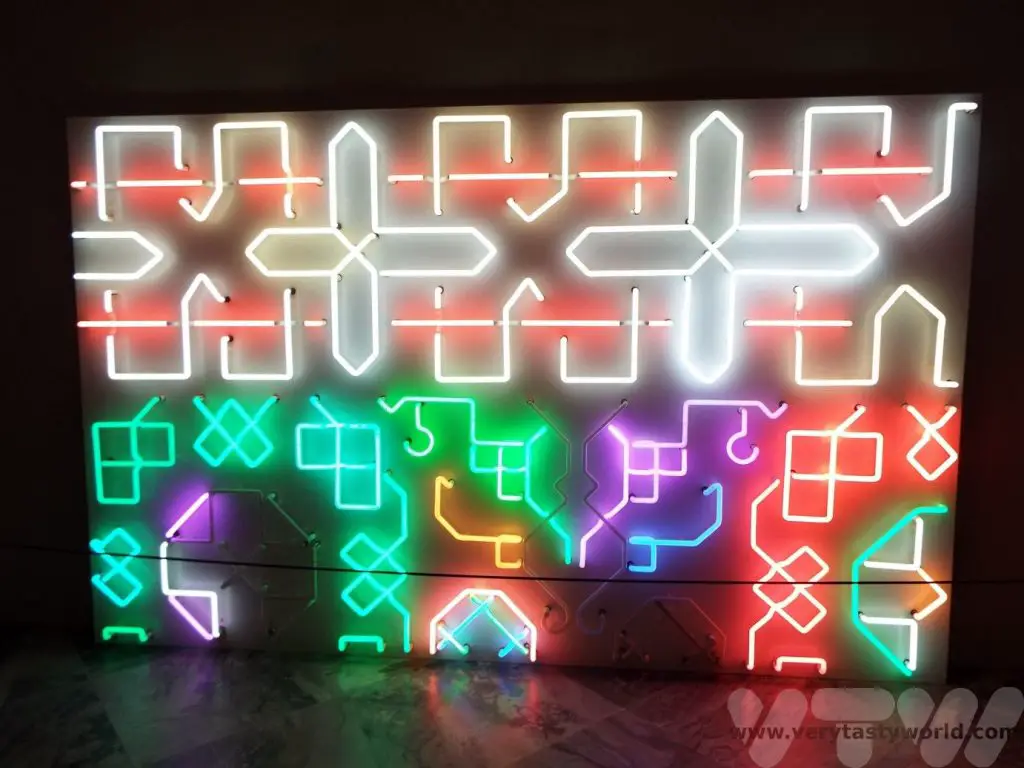
Day 4
On day 4 we sneaked in a visit to the Museum of Copenhagen, during the very last hour of our Copenhagen card. If the card expires during a visit, don’t worry, they won’t kick you out!
Museum of Copenhagen
This interesting museum takes you on a historical journey through the development of the city. It also has temporary exhibitions and we were lucky to catch one about commercial artist and designer Ib Antoni, known as The Great Dane, who created highly distinctive art, much of which was to promote Denmark and Copenhagen.
Nyhavn
No visit to Copenhagen would be complete without seeing Nyhavn, the gloriously colourful canal district. The canal was constructed between 1670 and 1675, intended to enable a passage from King’s Square in the city to the sea. It was notorious for being an area of ill-repute, where salty sailors and prostitutes hung out and much beer was consumed – the water not being very conducive to healthy living at the time.
Hans Christian Anderson lived at no 67 between 1845 and 1864. It became less important as ships became larger and these days there are loads of bars, restaurants and tourists. The area is undeniably pretty though.

Visit the Kastellet Fort
Walking further north from Nyehavn is the Kastellet, also known as the citadel. It is a fort designed in the shape of a pentagon. Originally part of the wider ramparts that circled Copenhagen, this is all that remains. It was constructed by Christian IV in 1626 and is one of the best preserved fortresses of its type in Europe.
There is a lovely park to wander through and a number of buildings within the site’s grounds. It currently houses military barracks and offices but some of the buildings are open for visitors with exhibitions to explore.
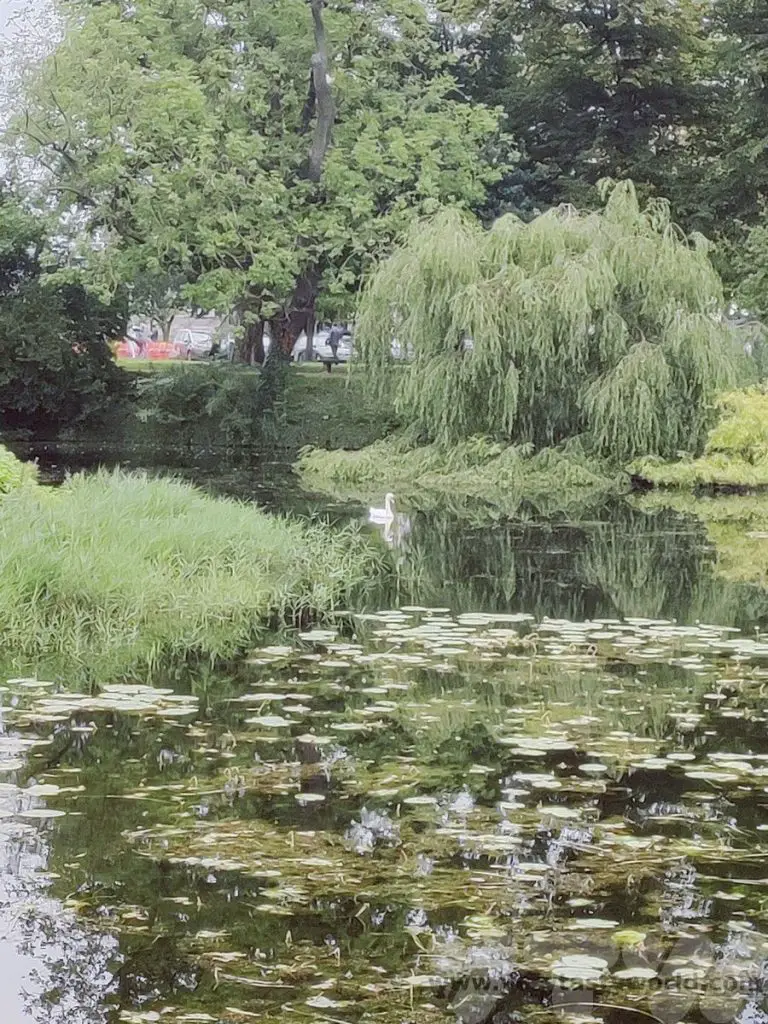
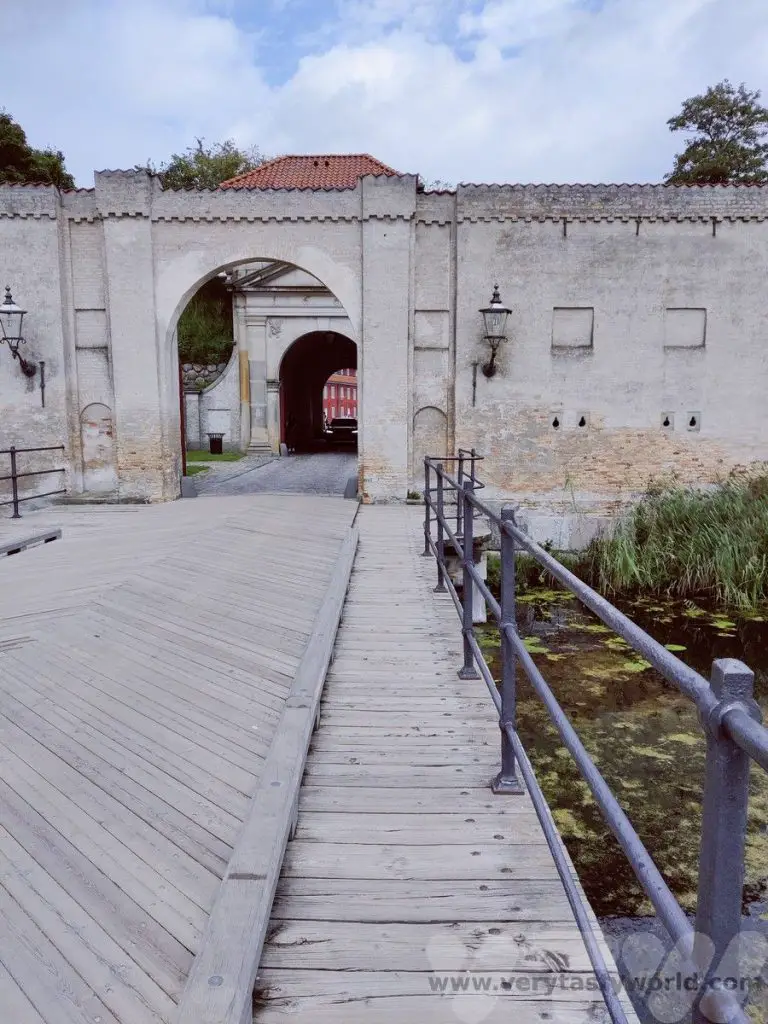
The Little Mermaid
Located on the shore on the far side of Kastellet is the city’s most photographed attraction. Based on Hans Christian Anderson’s fairytale, this bronze statue by Edvard Eriksen, depicts the mermaid as she transforms into human form.
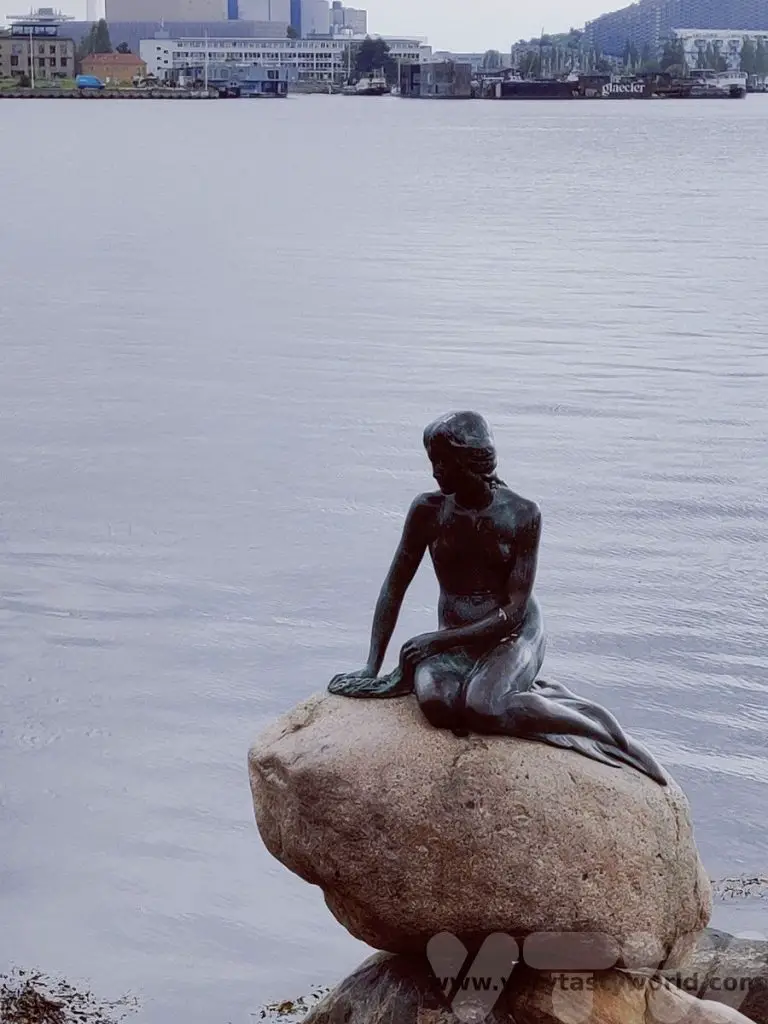
Be prepared for a plethora of tourists surrounding the mermaid, who is genuinely little at just 1.25m tall, climbing over the rocks to snap that perfect shot. A zoom on your camera and a bit of patience is a safer option.
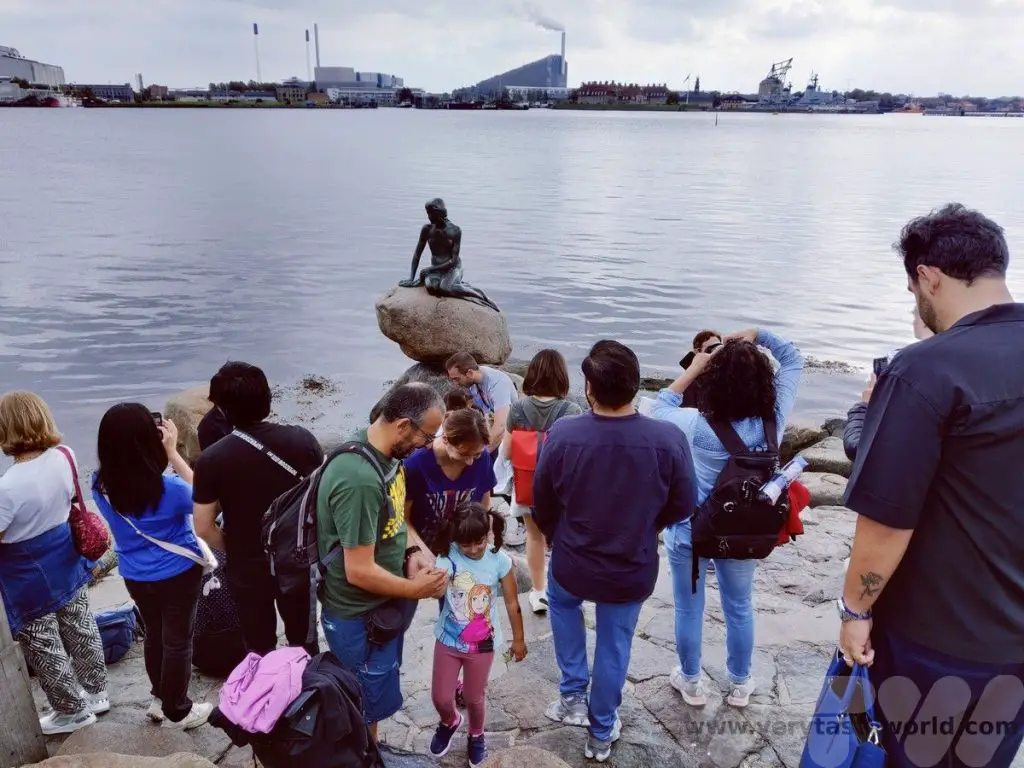
A Quick Trip to Hospital
Okay, so almost certainly not top of anyone’s list of places to visit (or indeed on anyone’s list at all) we just had to check out Rigshospitalet. As fans of Danish cinema and TV, we adored Lars Von Trier’s utterly bonkers and completely brilliant series, The Kingdom. Realising it was set in Copenhagen’s actual hospital, we just had to stop by to take a photo!
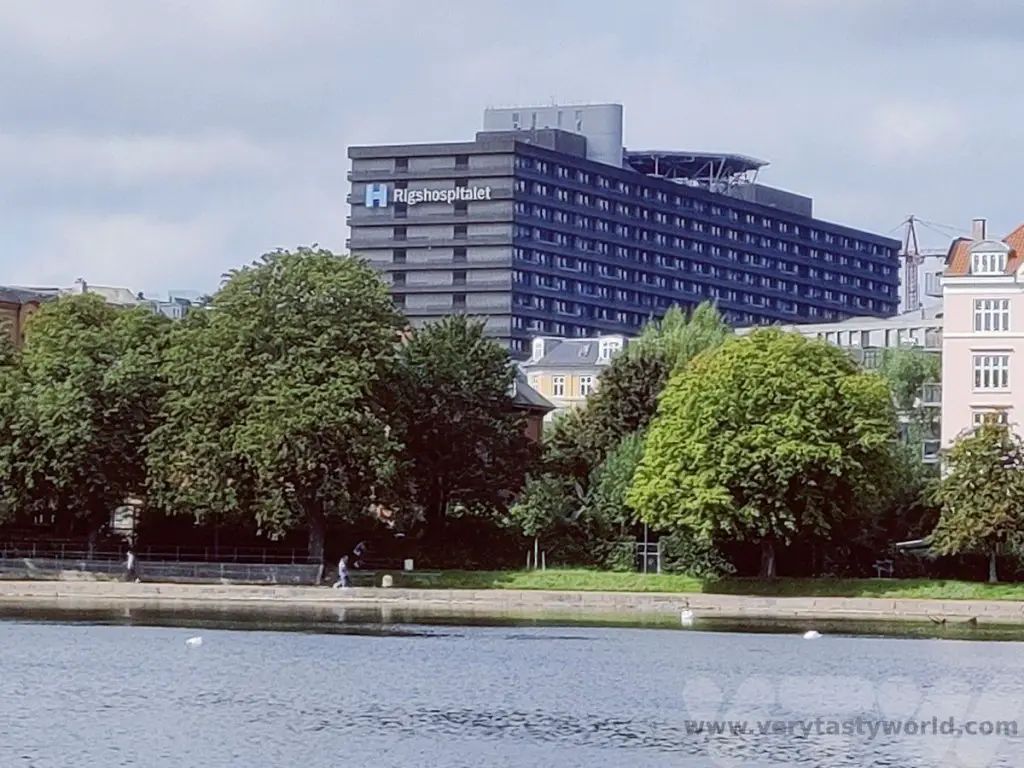
Day 5
A Day Trip to Sweden
Another TV connection with Copenhagen is that of The Bridge, the popular Scandinavian-noir drama series. It was set on and around the Oresund Bridge, a remarkable construction that joins Denmark with Sweden.
There are loads of trains that leave from the central station to Sweden. You can reach the nearest city, Malmo, in around 45 minutes and it’s a nice place to spend the day. If you do take the train, pick up at ticket from the machine at the station and don’t forget to bring your passport. We weren’t asked to show ours but checks do happen.
Malmo is a pretty city with a cute canal, where you can take a boat trip. And there are plenty of squares filled with restaurants.
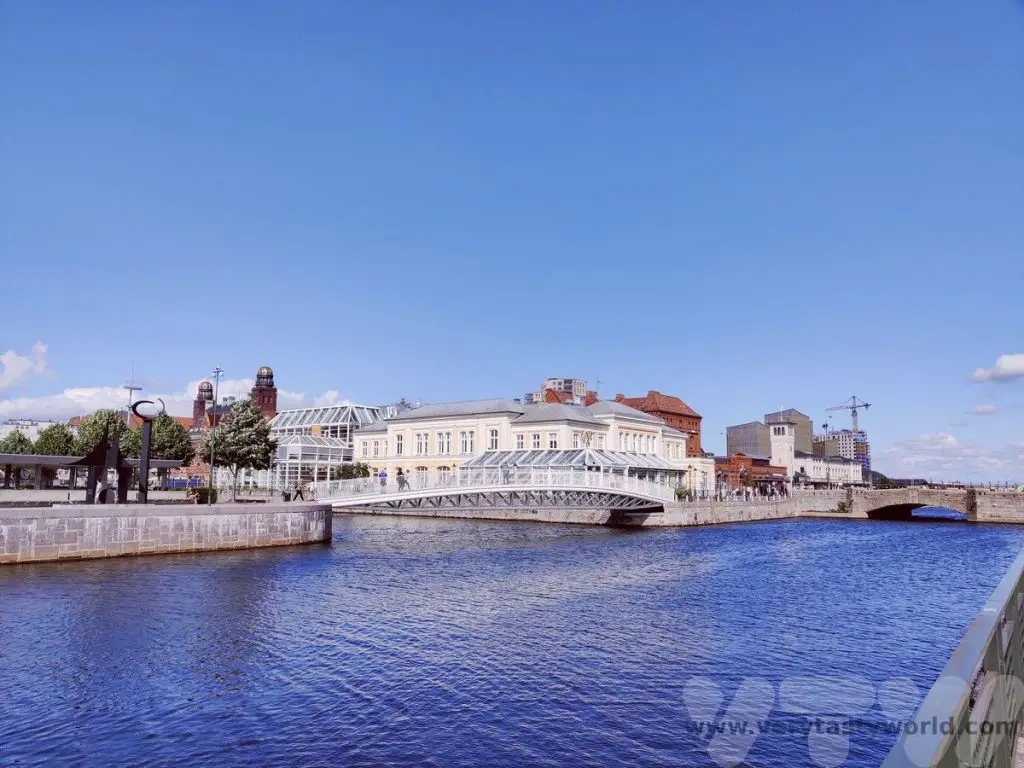
Lilla Torg is a popular – and very picturesque – square with plenty of restaurants.
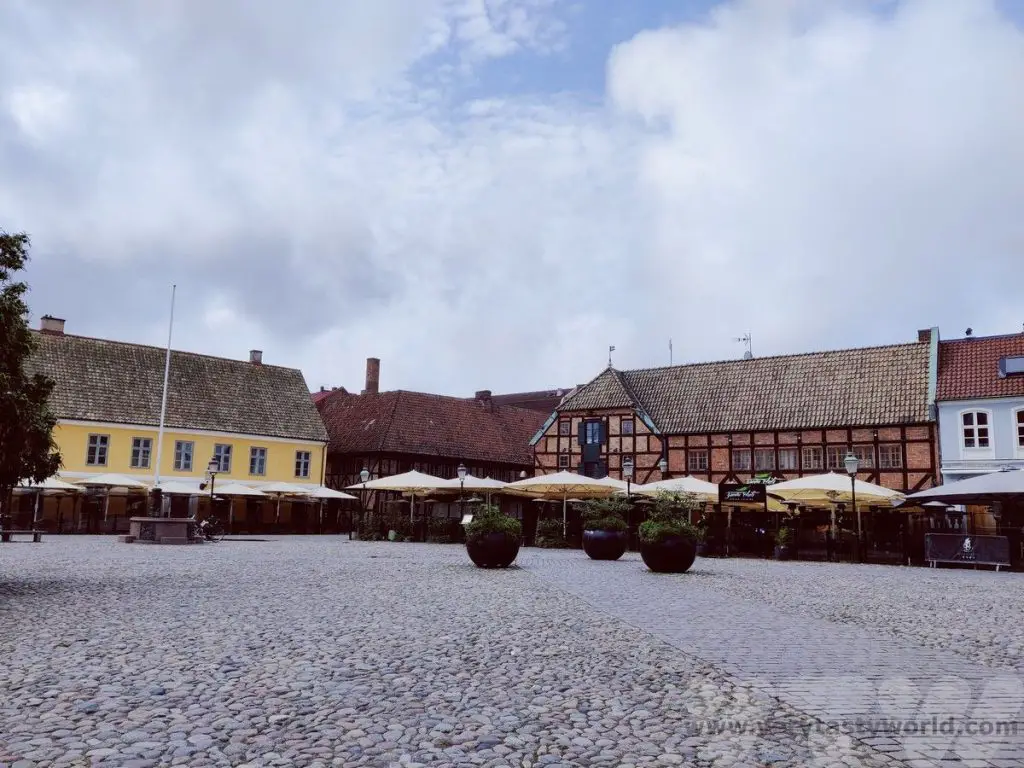
Disappointingly they were all serving international food and we really struggled to find a Swedish restaurant in Sweden!
Malmo castle is well worth a visit. Part castle, part museum, part art gallery, part natural history museum and part aquarium, there is something for everyone! A combined ticket for 100 SK will also ensure entry to the science and maritime museum across the road.
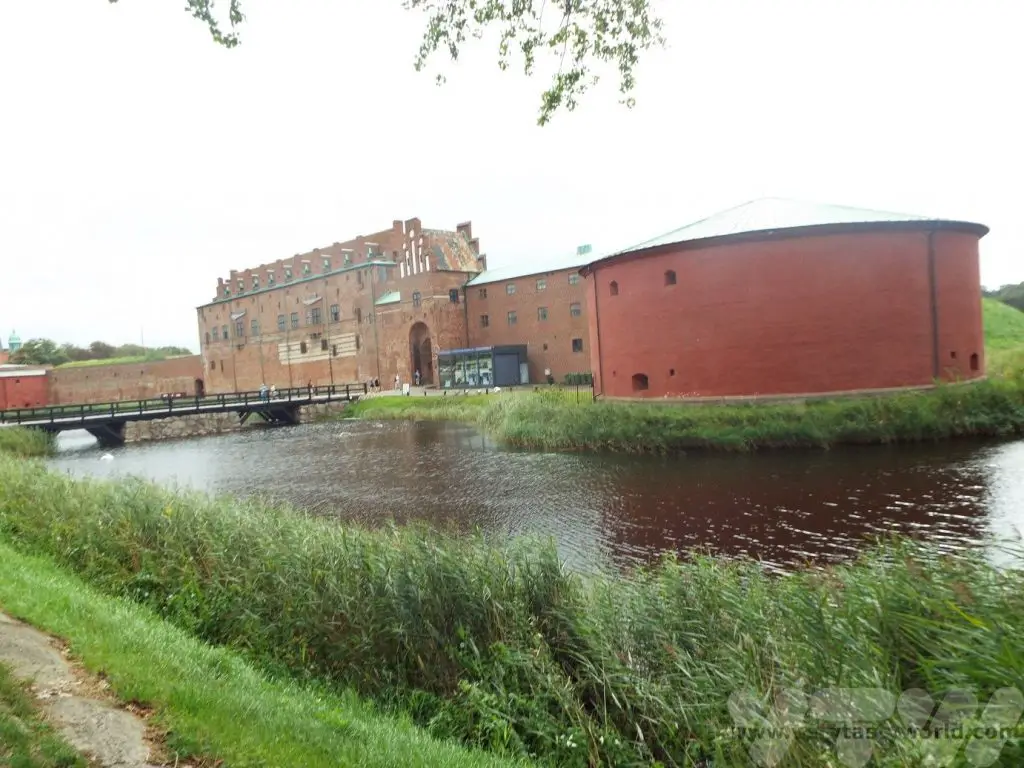
Five Days in Copenhagen – ‘Let Us Clink and Drink One Down!’
Copenhagen has a plethora of restaurants and drinking establishments. Chatting to some local people about Danish cuisine we were told that it wasn’t that exciting, largely in the realms of meat and potatoes.
But it’s good, honest, filling grub – meat, potatoes and pickles. Pork is a popular menu item – and the best restaurants deliver crackin’ crackling!
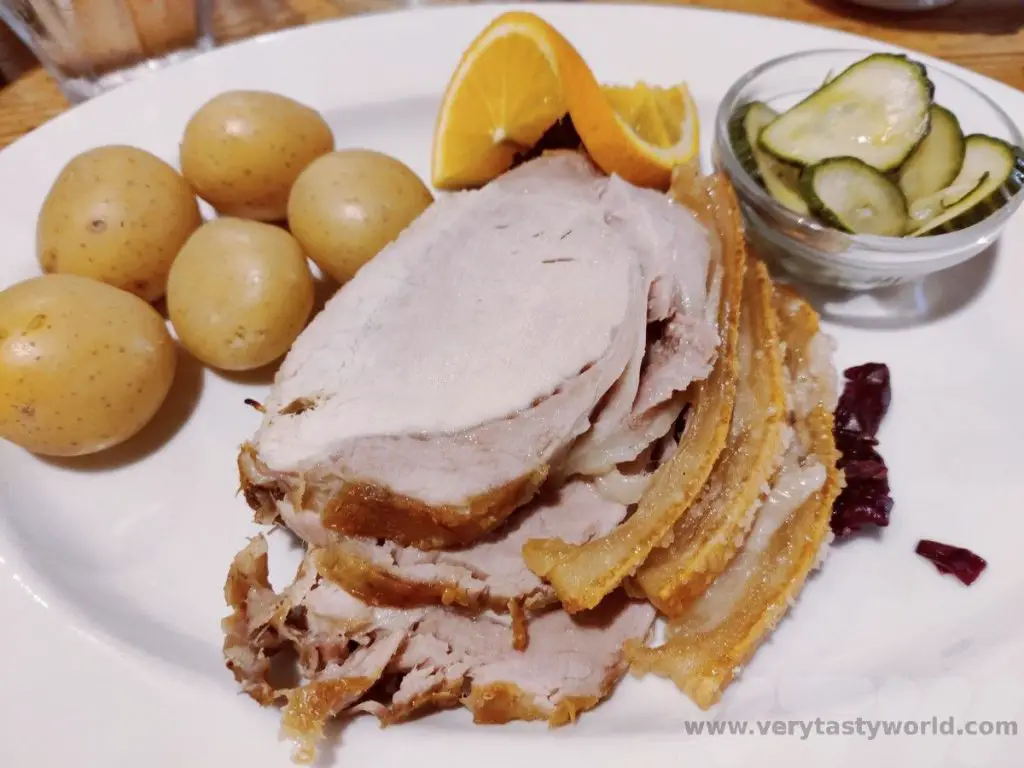
But Denmark is also the land of the smorrebrod – the open sandwich of great deliciousness and beauty!
We enjoyed a lunchtime special of a smorrebrod platter at the Canal Caffeen restaurant. You are provided with bread, butter and a platter of various ingredients. Then you butter the bread (smorrebrod literally means ‘buttered bread’) and combine the toppings to make your own smorrebrod. We were advised about traditional Danish combinations but also told it was perfectly okay to make our up own.

The platter comprised: fried fish fillet with remoulade, herring (to be eaten with the rye spread with lard instead of the usual butter), roast beef with onion, horseradish and remoulade, chicken with mayonnaise, roast pork with cabbage and pickles and brie with radish. It was a feast.
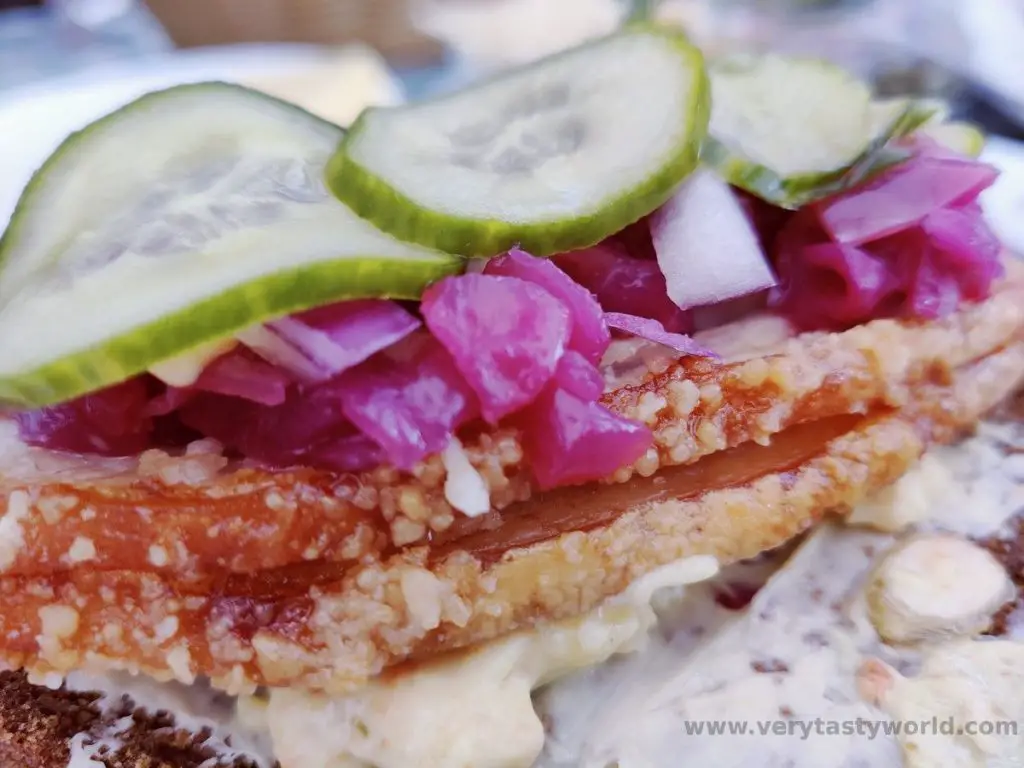
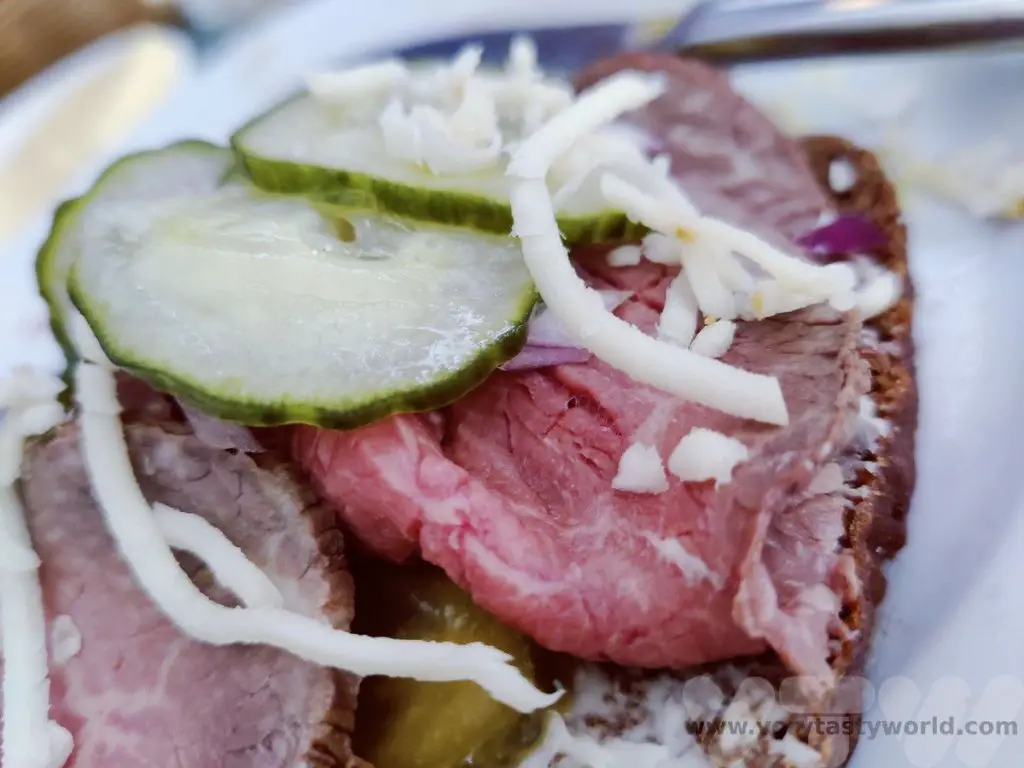
The meat packing district behind the central station (i.e. on the opposite side to Tivoli) is a former market trading area and now home to a large number of restaurants.
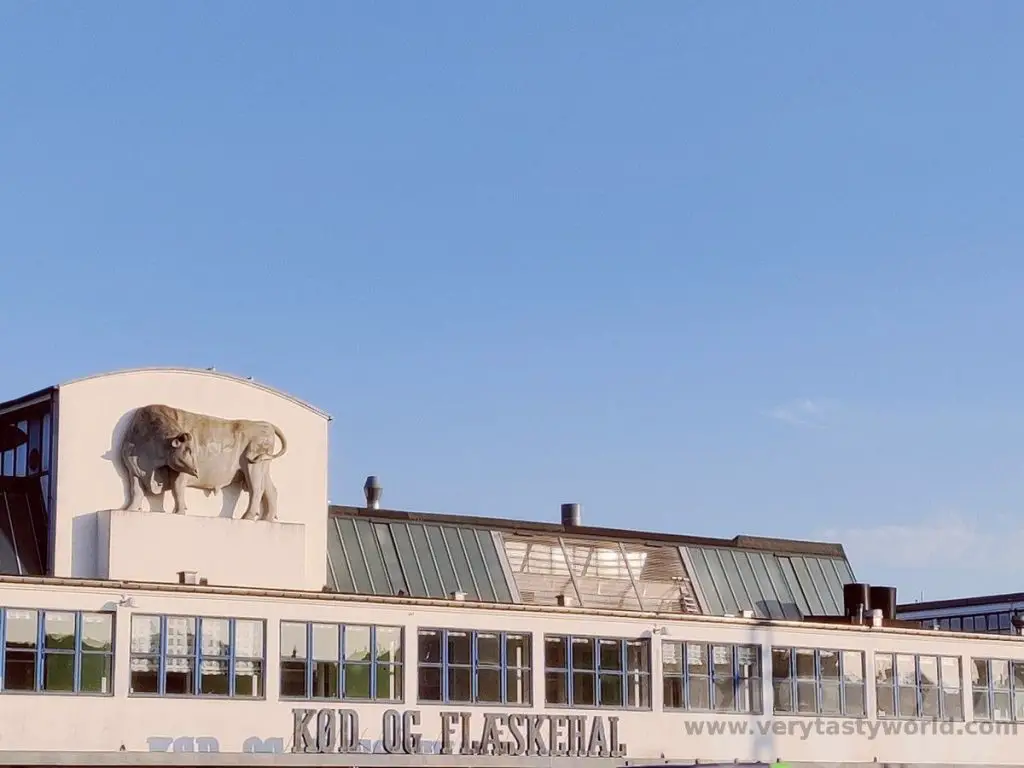
Brewpub War Pig not only offers a range of its own beers but the smokehouse has a variety of meaty dishes on offer.
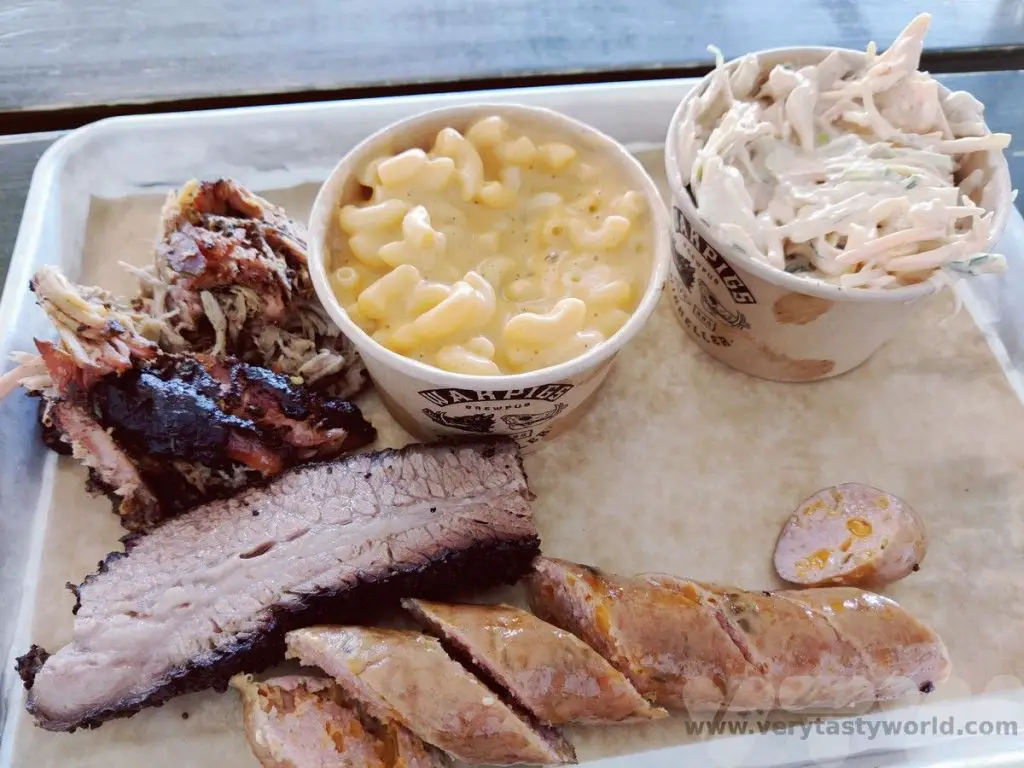
Copenhagen also has many varieties of beer on offer. In centuries past the water supply wasn’t as clean as it could have been so it was safer for the locals to drink beer than water. They developed a taste for it. Denmark may be the home of Carlsberg but there are also lots of (more) interesting craft beers to try. Brewpub on Vestergade offered a tasting flight featuring a variety of their own brews.

Cheap Eats and Drinks
There’s no getting away from the fact that Copenhagen, like many Scandinavian countries, is not a cheap place to visit if you are not from Scandinavia. We found Denmark to be cheaper than other countries we have visited in this region but still more pricey than home. However, we did find a few places to eat and drink that weren’t bank-breakingly expensive and offered good value.
Lilian’s Smorrebrod on Vester Voldgade was our top breakfast location. With a friendly welcome and huge variety of smorrebrod on offer from around 22-25DKK each, plus a cup of good coffee for the same price, we enjoyed breakfast/brunch at Lilian’s almost every day.
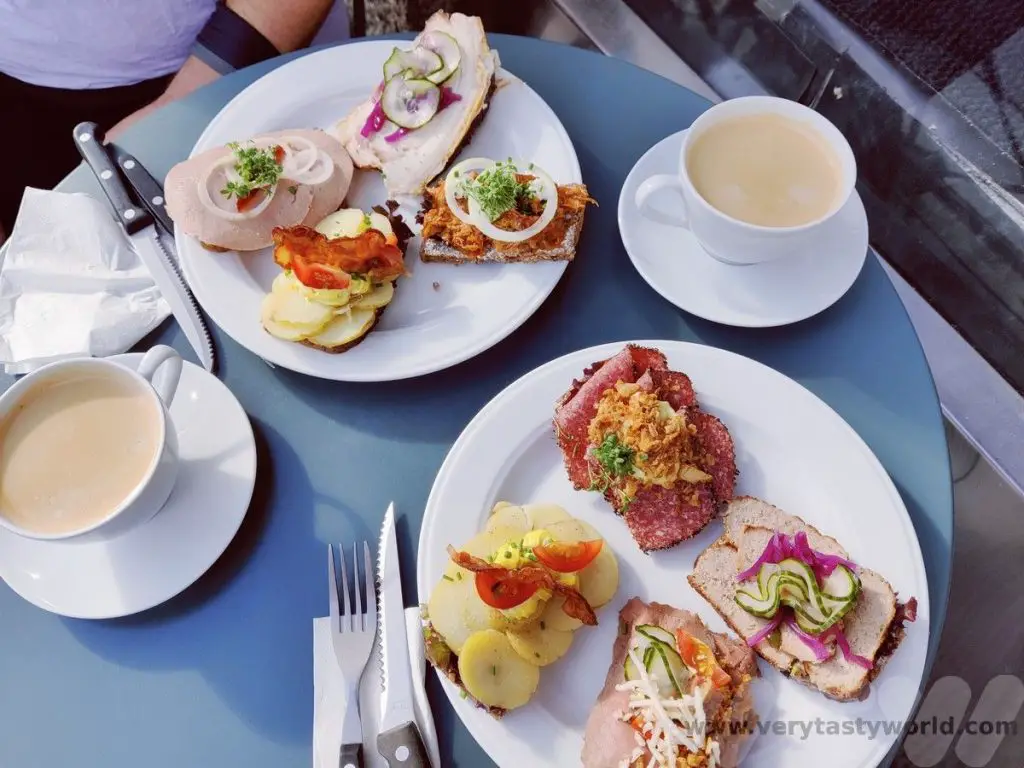
Rio Bravo on Vester Voldgade offered typical Danish fare including an all-you-can-eat pork, potato and parsley sauce dish if you’re feeling super-hungry. Well, you have to try Danish bacon in Denmark, right? The plate comes piled high and you are offered seconds – but we couldn’t manage them!
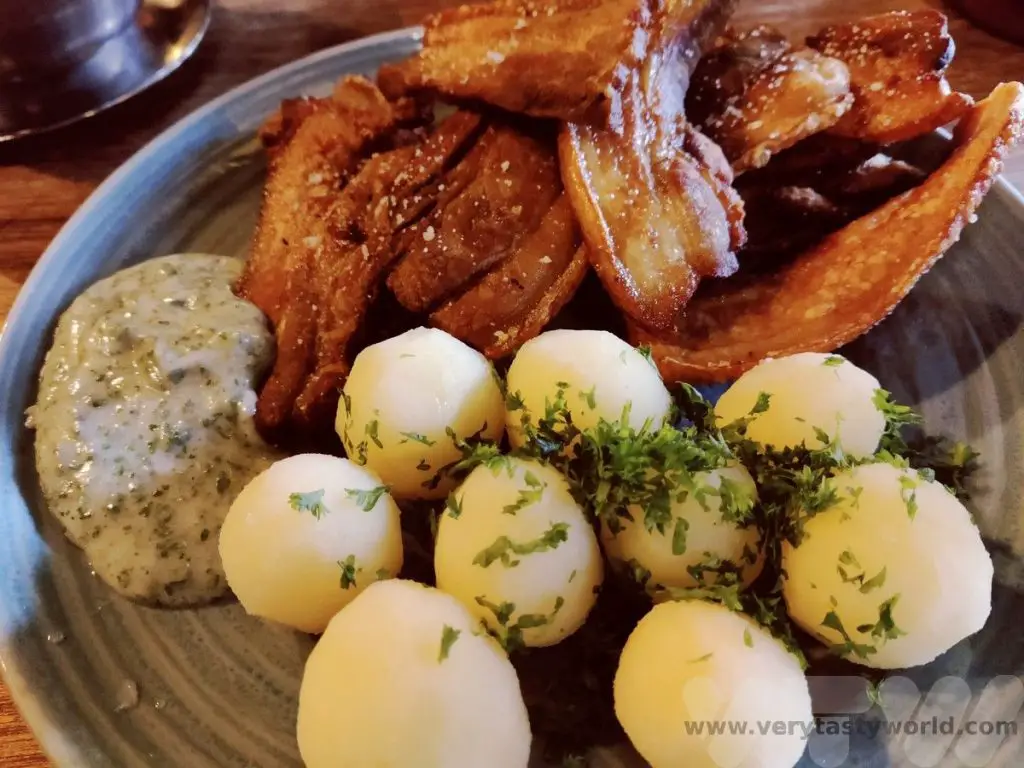
For cheap beer, Heidi’s on Vestergade offers a selection of good beers at what we would term UK prices (probably cheaper than London prices!).
The amusingly named Bastard Café on Rådhusstræde also offered a decent selection of reasonably cheap beer. This sprawling café, sited across multiple rooms within a large building which also houses a deeply cool cinema, has a plethora of board games you can borrow. The beer is good but the food not that exciting – toasted sandwiches and fried things – but you’re not really there for fine dining.
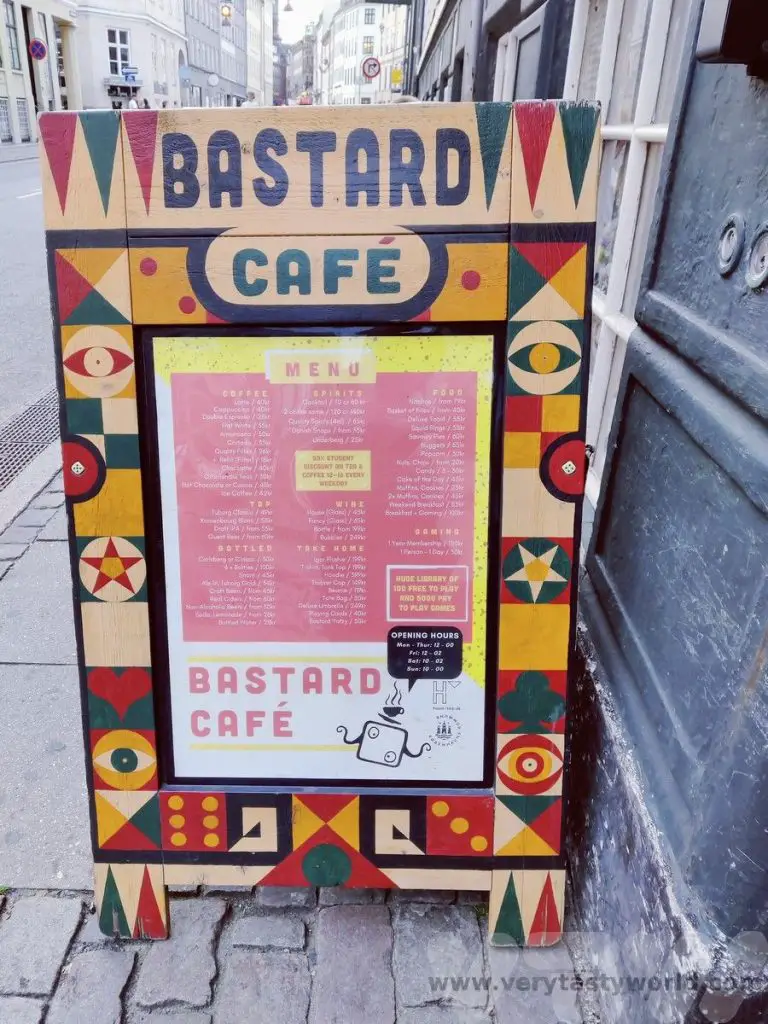
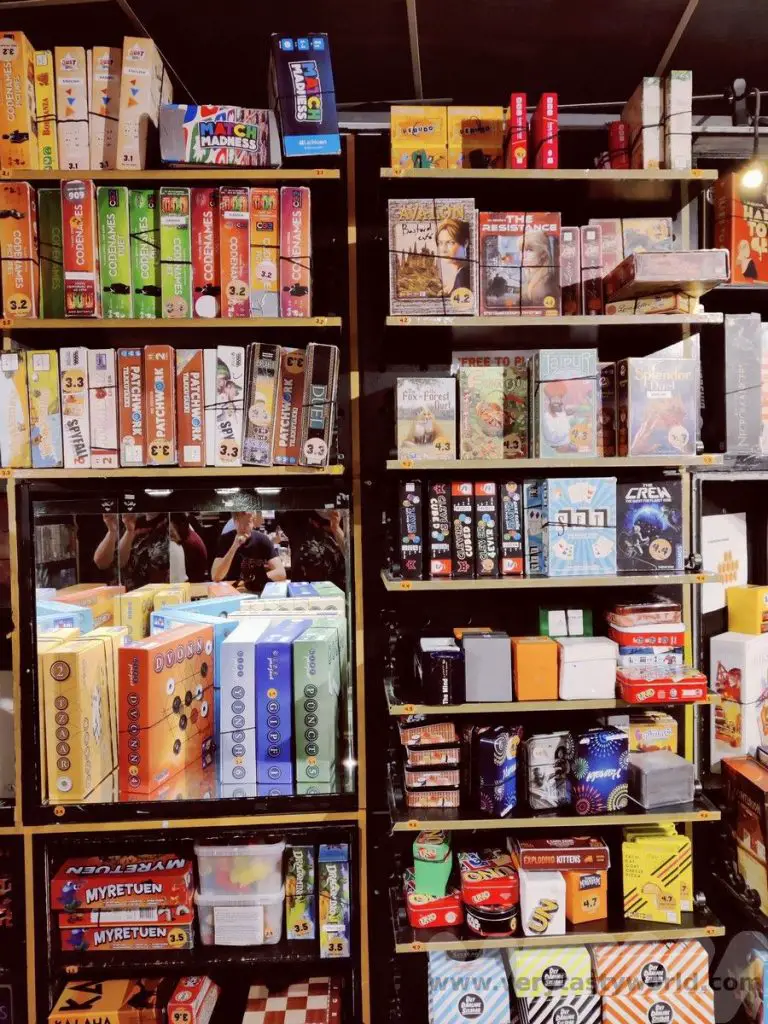
Singing Copenhagen, wonderful, wonderful – Copenhagen for me!
Our five days in Copenhagen were pretty packed and that reflects the diversity of things to do in this vibrant and cosmopolitan city. It really does have something for everyone.
Danny Kaye was right all those years ago. Copenhagen is truly wonderful.
Related Posts You May Enjoy

Where To Go In Lebanon – A Visitor’s Guide
Lebanon is a really compact country. It’s easy to get pretty much anywhere from its capital, Beirut, within a couple of hours. Lebanon is about half the size of Wales (the standard international unit for country size), has the most fantastic Mediterranean coastline and, moving inland, also boasts wonderful mountain ranges and beautiful valleys. It has a long and fascinating history and some spectacular sites to visit. Here are some ideas for where to go in Lebanon.
The great thing about Lebanon is that it’s possible to visit most of the attractions from Beirut within a day so it is possible to stay there as a base. Another option would be to tour the country and stay in some of the locations that you visit. We would recommend the latter as some of the attractions are a couple of hours’ drive away which would leave less time to explore the sites.
There are good accommodation and restaurant options close to the popular attractions. And you can be assured of a very friendly welcome.
For full disclosure, it has been some years since we visited Lebanon. However, this post aims to show you some of the many places that visitors can enjoy.
Coastline
Many of Lebanon’s major towns and cities are located along its coastline. It has settlements dotted along it every 50km or so from north to south, or indeed from south to north; this distance apparently being about a day’s journey for sea traders in ancient times.
Beirut
Lebanon’s capital is the obvious place to start exploring this fascinating country. Beirut has a long and troubled history and is a city that is changing all the time. It was a prosperous trading city since the time of the Phoenicians and was the site of a famous law school in Roman times. Its location has ensured its position as a centre of commerce. Once dubbed the “Paris of the Middle East” in the middle of the 20th century, it gained a reputation as a place of glamour and decadence.
However, it suffered greatly during the Lebanese Civil War that took place between 1975 and 1990.
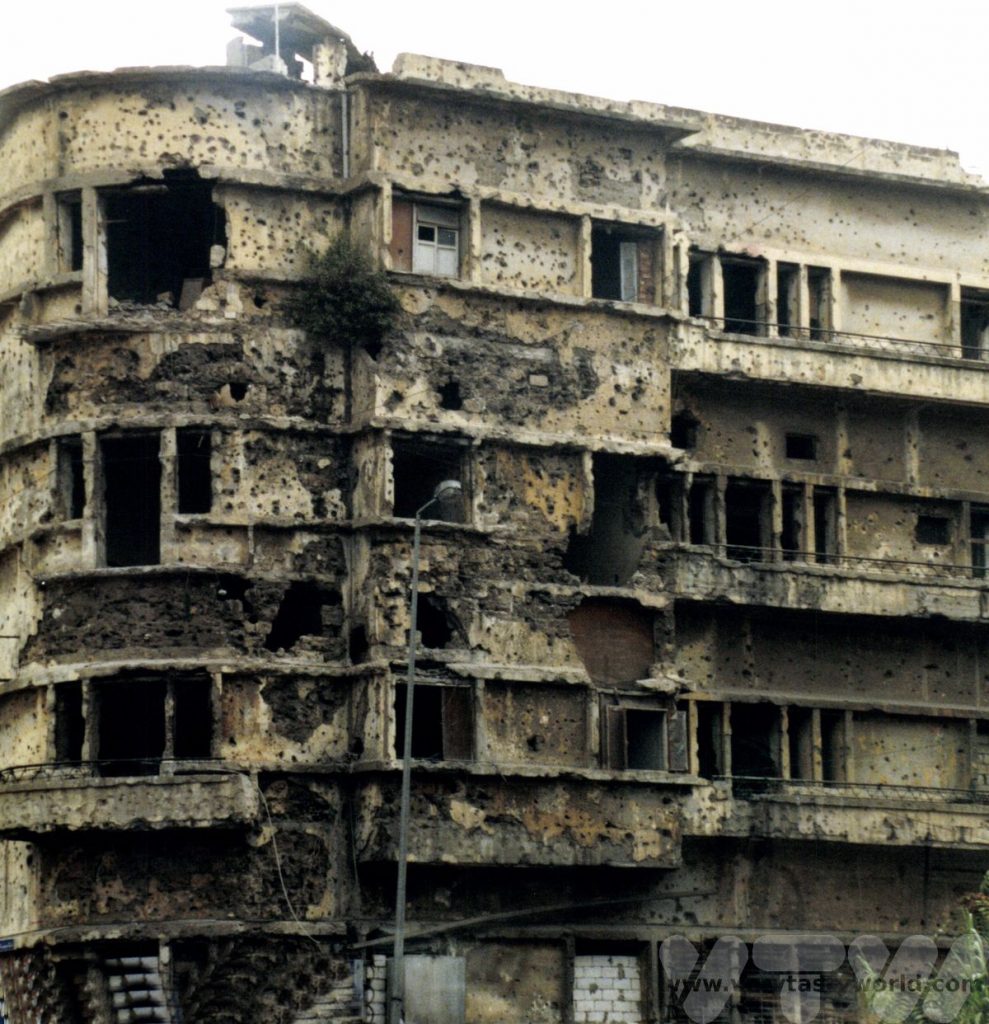
The city has a waterfront promenade called the Corniche, with two remarkable rock formations rising from the sea. They are called Pigeons’ Rock, which seems wildly inappropriate given their splendour. Rock of Raouché, for the neighbourhood they are located near, feels like a more suitable moniker.

The National Museum is definitely worth setting time aside for. It is located on what was the Green Line during the Lebanese civil war and was significantly damaged as a result. However, it was renovated and restored to its former glory – a grand and imposing building. These days it hosts fascinating displays that exhibit Lebanon’s long and rich history.
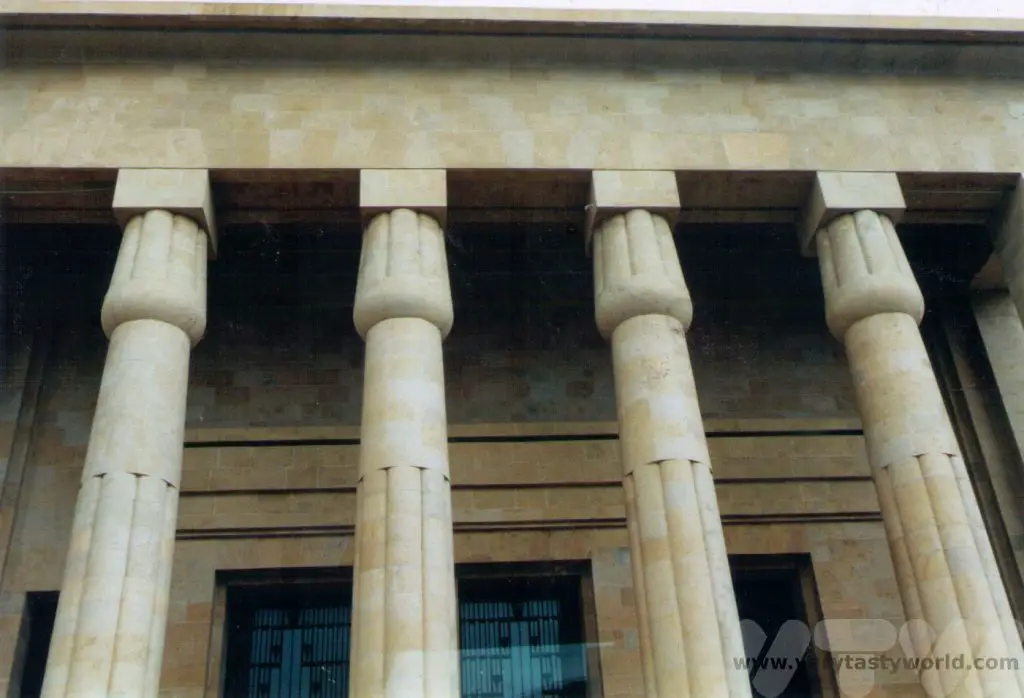
The Beirut Art Centre hosts regular exhibitions of Lebanese and international art.
Beirut has changed dramatically in the days since the war. The scarred buildings have been replaced with modern constructions. Sadly, a huge explosion at the Port of Beirut in 2020 damaged a significant part of the city. The Lebanese economy was in crisis at the time, and the blast has exacerbated this. But we have no doubt that this resilient city will rebuild once again one day.
Tyre
One of the oldest continuously inhabited cites in the world Tyre was founded in about 2750 BCE. The centre of the Phoenician civilisation, it was later conquered by the Greek, Roman, Byzantine, Muslims, Christian Crusaders and Mamluk civilisations. It is located around 85km south of Beirut, around 20km from the Lebanese border with Israel.
Many cities have thrived on their ability to produce a highly desired commodity and Tyre became famous for the Tyrian purple dye, derived from a type of mollusc, that was so expensive and exclusive that only royalty could use it. (Our own city of Coventry became famous for its blue dye – known as Coventry Blue which held fast and coined the phrase, ‘true blue’.)
There are extensive Roman ruins to explore in Tyre – the UNESCO heritage sites of Al Mina and Al Bass.
At Al Bass the hippodrome is enormous in its scale, and considered to be one of the largest and best preserved in the world. It was primarily used for chariot races – you can imagine the excitement of the crowds cheering the horse and carriages thundering round the track.
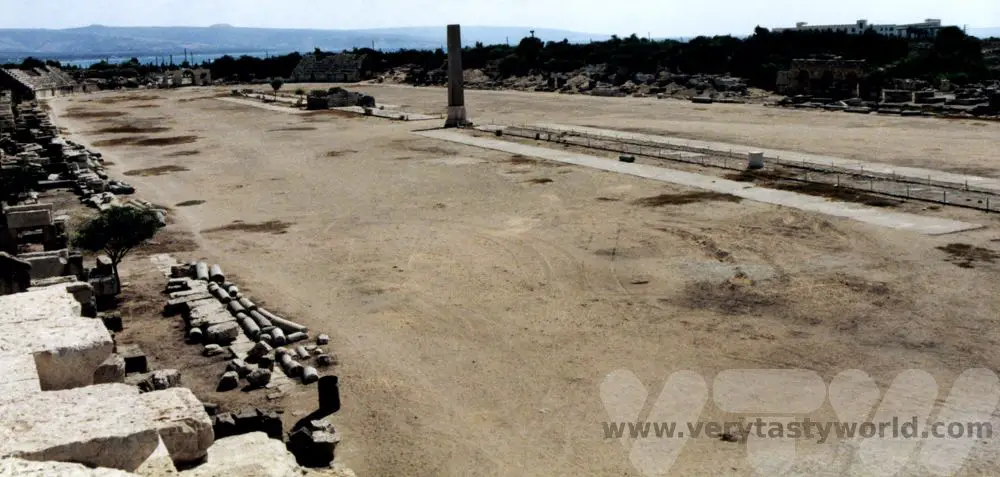
Al Bass also boasts a triumphal arch and necropolis.
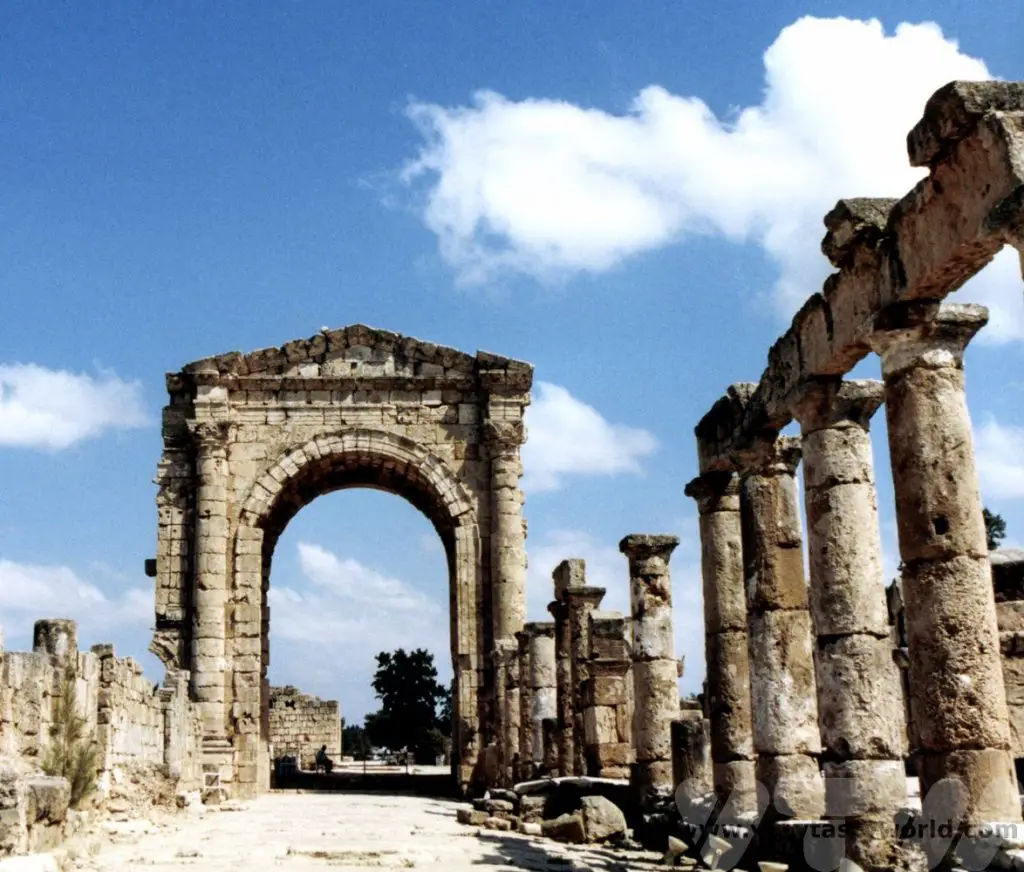
Al Mina is located close to the sea and you can walk along the colonnaded street.
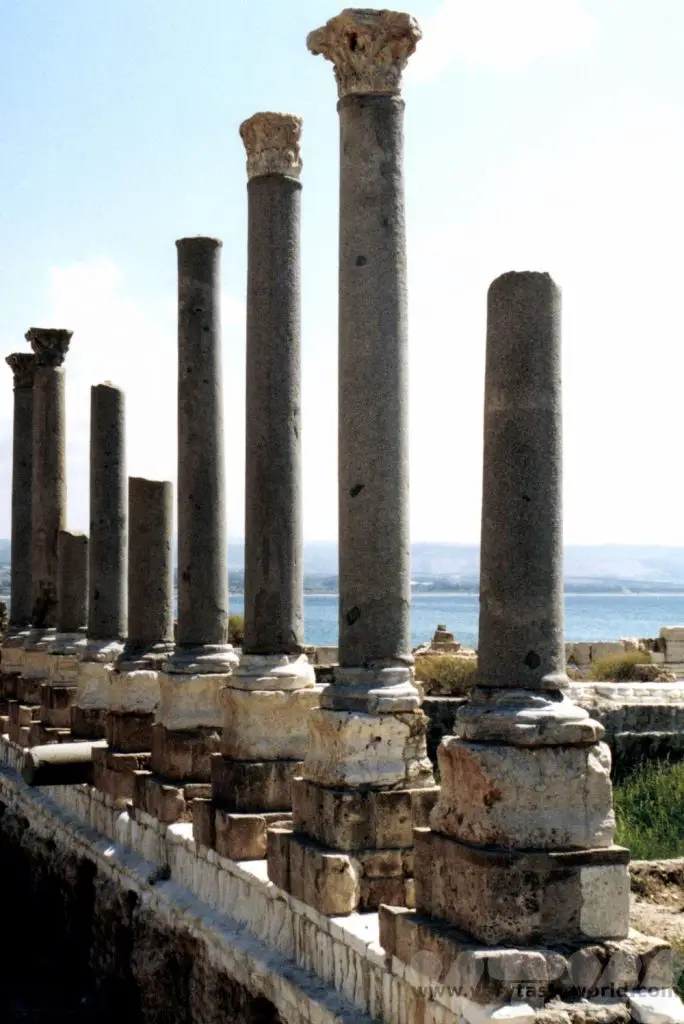
It is interesting to see the ruins continue into the Mediterranean, a legacy from when sea levels were lower.
Sidon
Another city with a long history, Sidon is located around half-way between Tyre and Beirut. It is thought to have been inhabited as early as 4000 BCE.
Its main attraction is the sea castle, built in 1228 by Christian crusaders, on a small island which is connected to the mainland via a bridge. It is thought that it was built upon a Phoenician temple – there is evidence of a Phonecian settlement under the sea nearby. It has been partially destroyed and renovated over the years. There is a small domed mosque, built during the Ottoman era, that sits atop the castle.
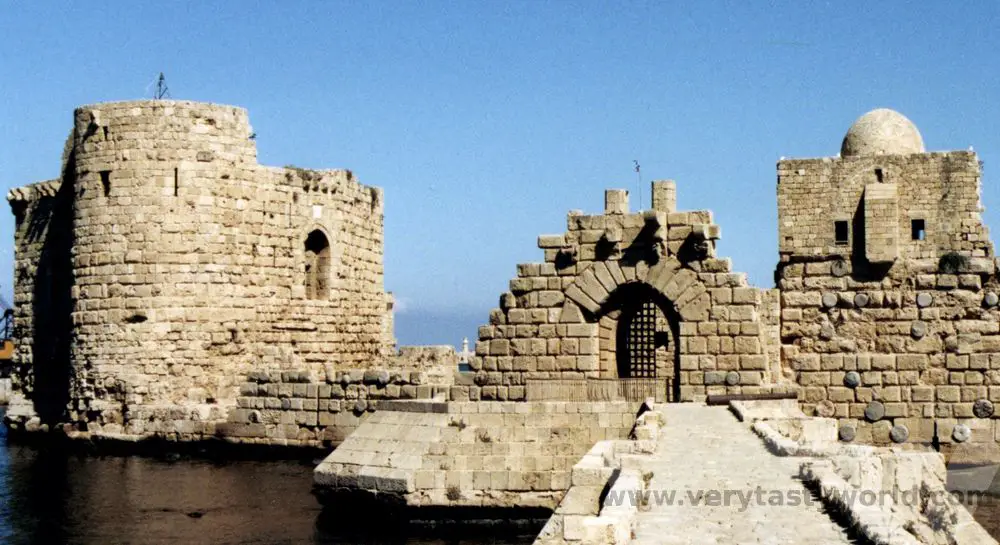
The medina is another essential place to visit – a labyrinth of alleyways in the old stone city, it’s perfect for exploring and getting lost in. There is a soap museum which was originally a factory. You can see the ingredients and understand the techniques used to make soap. And, of course, buy a bar or two.
Beiteddine
Beiteddine is located south-east of Beirut and is easy to visit as a side trip when seeing Sidon. It is an Ottoman palace built between 1788 and 1818 and set in a lovely valley close to Deir el Qamar. The palace itself is a place of very great beauty – with gorgeous architecture throughout it is adorned with mosaics and has serene courtyards and fountains.
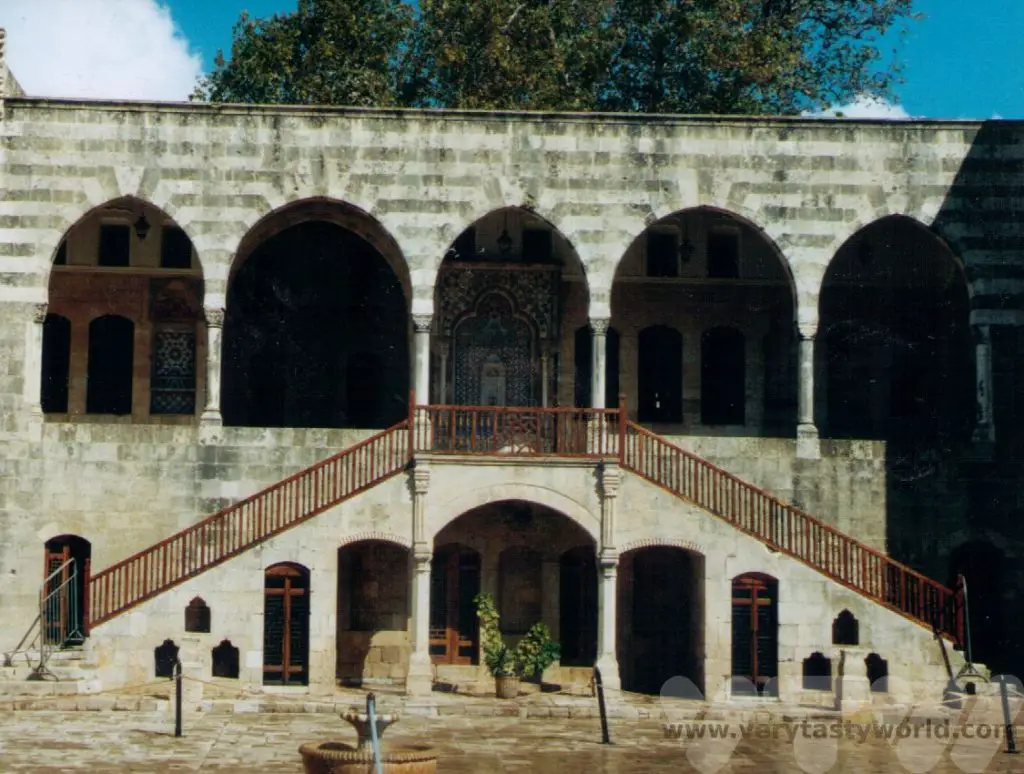
Many of the interiors are carved with cedar wood. It is also the location of the Beiteddine Art Festival which is held every year and showcases the work of local and international artists.
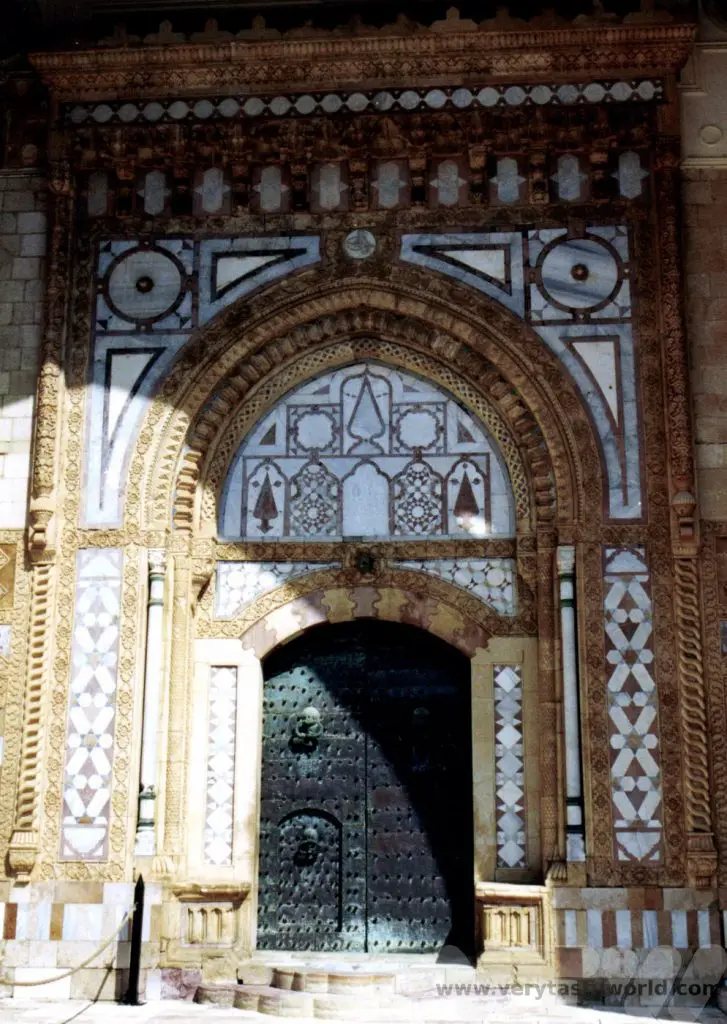
Byblos
North of Beirut, Byblos also has a claim to being the world’s oldest continuously inhabited town. The Phoenicians developed their alphabet there and it is thought that the word ‘bible’ is derived from Byblos. It is a fascinating town to explore with its castle and museums.
The Crusaders arrived in 1103. They called the town Gibelet, after the Lords of Gibelet, members of the Embriaco family from Genoa. They built a castle which was sacked when Saladin attacked the town in 1188 and parts of the walls were taken down.
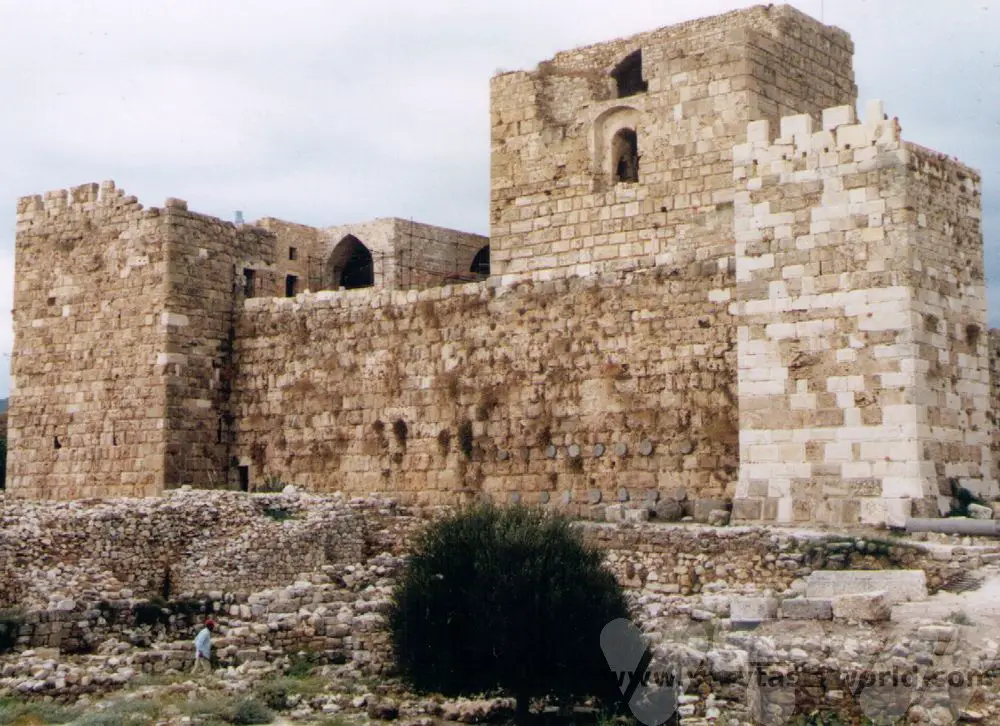
The town was then recaptured in 1197 by the Crusaders and the castle’s fortifications reinforced. They remained in power until the 13th century.
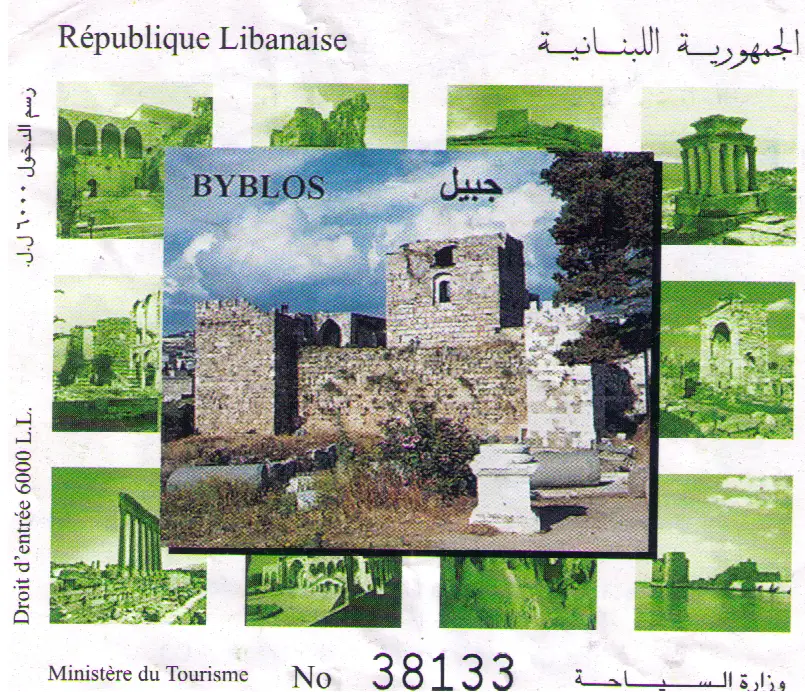
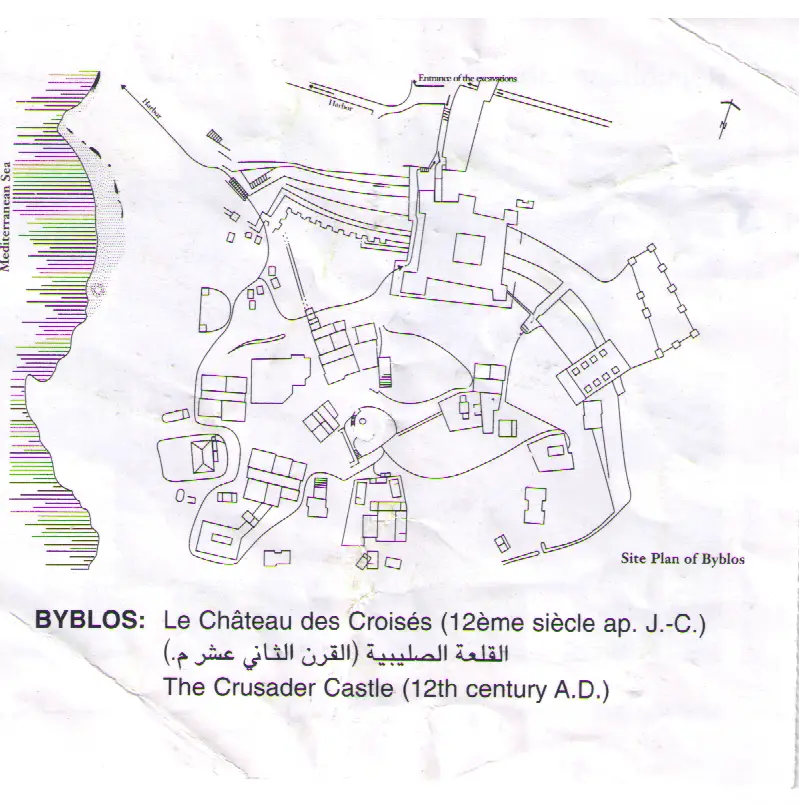
Byblos boasts an excellent beach and also has number of bars and restaurants by the harbour area where you can enjoy a drink or mezze watching the sun set over the sea.
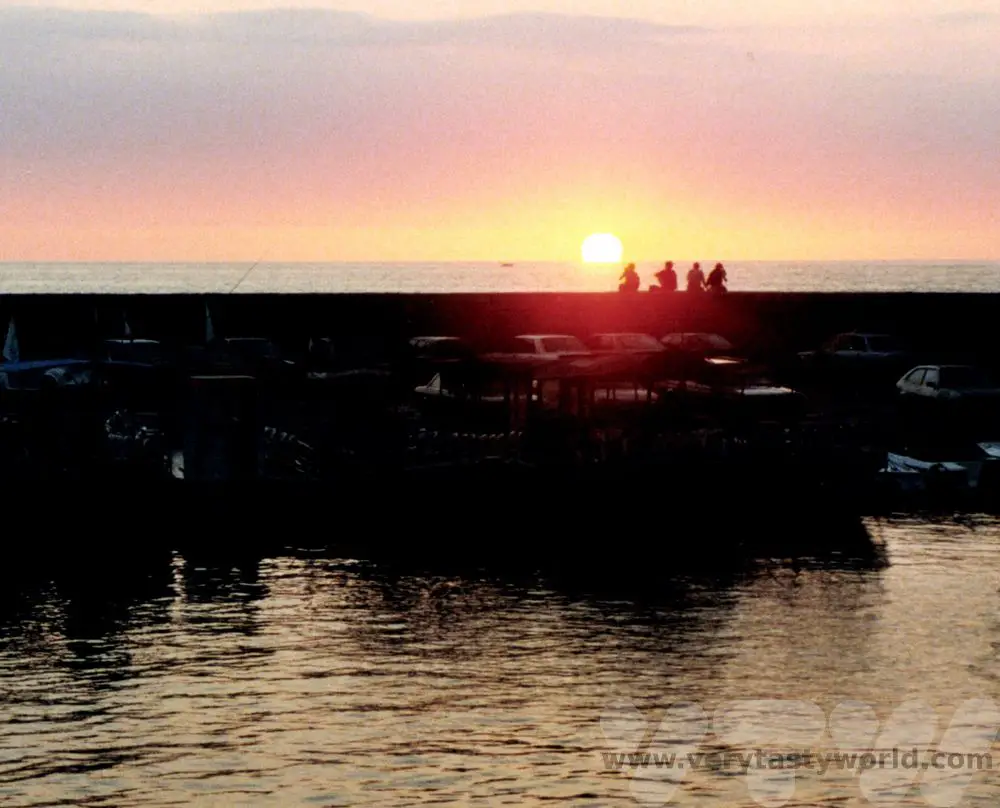
Tripoli
Further north up the coast Tripoli was a town where we particularly enjoyed exploring the souks. Everywhere we went we were welcomed warmly. One of Tripoli’s main attractions is the Citadel of Raymond de Saint-Gilles, a crusader fortress originally constructed in 1103 which has been rebuilt over the centuries.
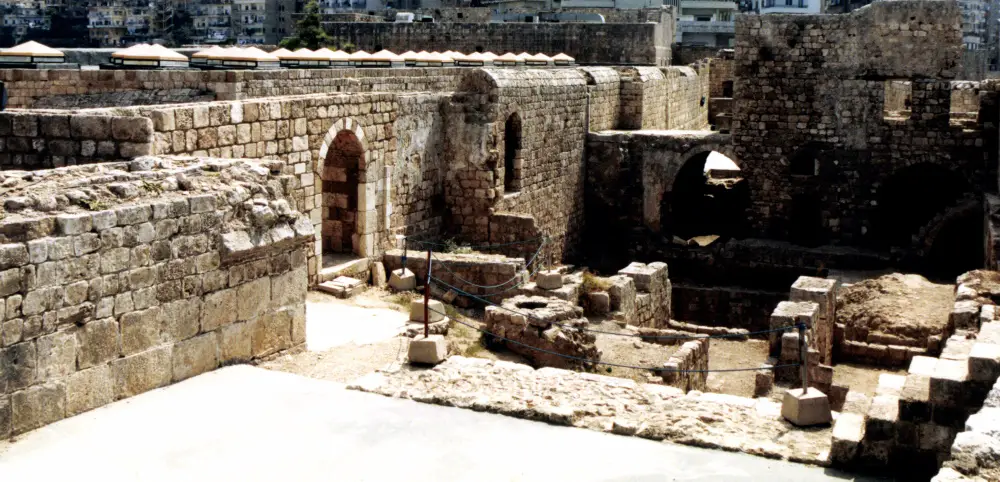
It’s a great place to explore and you can climb onto the walls to get spectacular views of the city.
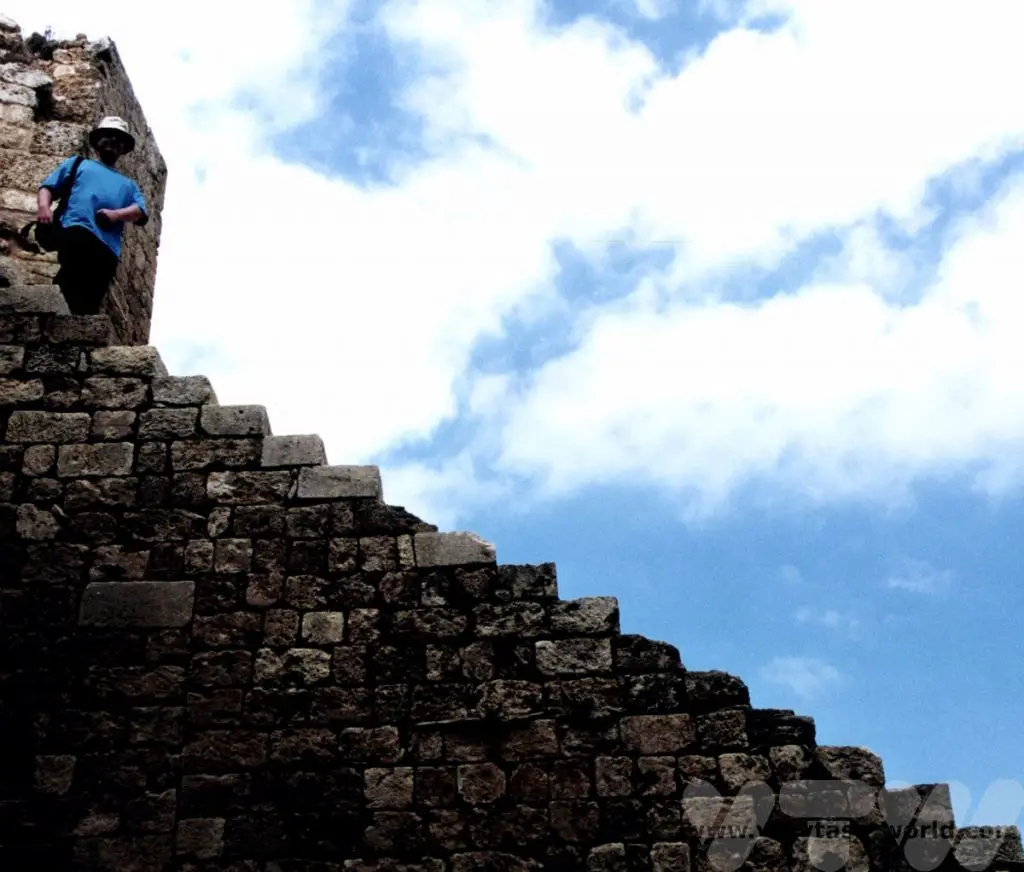
Going Inland
Qadisha Valley and Bcharre
The Qadisha valley is a beautiful area at the foot of Mount al-Makmal and is home to a number of Christian monasteries. Qadisha means ‘holy’ in Aramaic and the river, Nahr Qadisha, flows through the valley. There are some lovely walks in the area.
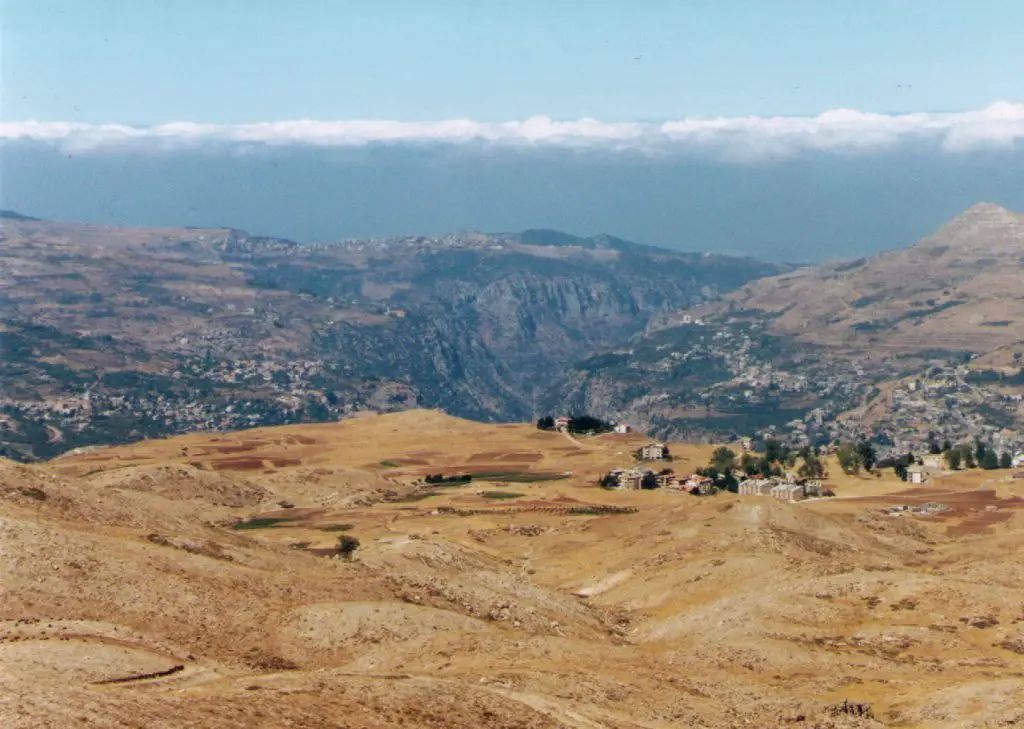
It was here that we discovered Kahlil Ghibran, a Lebanese poet, artist and philosopher, who was born in Bcharre. There is a fascinating museum dedicated to his life and works in the former monastery of Mar Sarkis. His book, The Prophet, a series of 26 fables in the form of poems, is one of the most translated books in history and has never been out of print since its publication in 1923.
The source of the Nahr Qadisha lies in a cave and is located very close to the Cedars of Lebanon. These are known as the Cedars of God and comprise hundreds of trees, some of which are thought to be over 1000 years old.
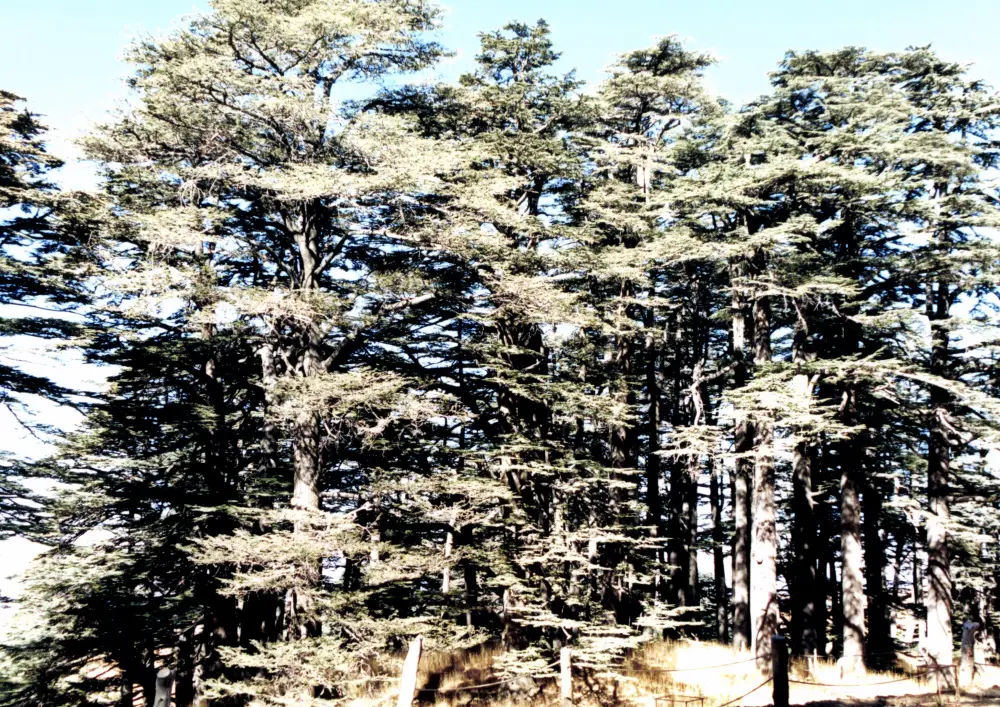
These trees are so important to the country’s heritage and culture, Lebanon’s flag features the cedar at its emblem.
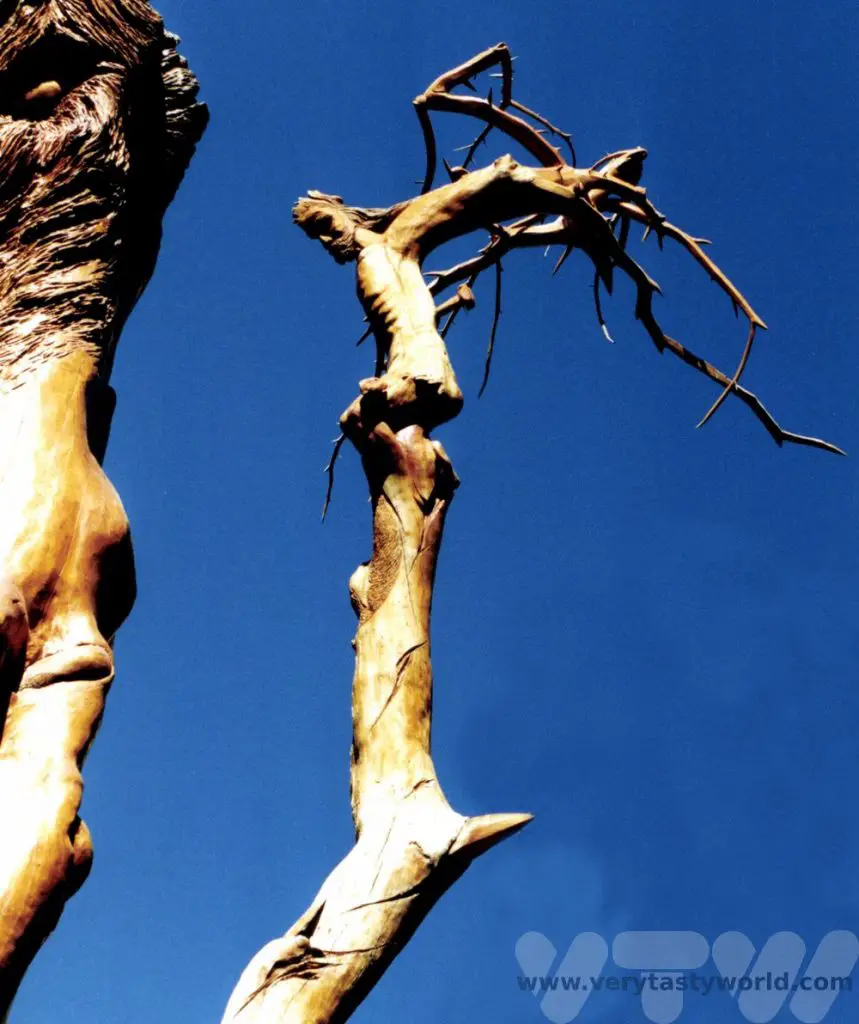
Crossing the Lebanon mountain range into the Beqaa Valley we arrived at Baalbek.
Baalbek
There are many spectacular ruins throughout the Middle East, including in Lebanon and also the Roman city of Jerash in Jordan. But the ruins at Baalbek, a UNESCO site, are astonishing in their scale.
Baalbek was known by the Greeks as Heliopolis, which means ‘Sun City’, and was the place where the Phoenicians worshipped the sun god Baal.
The Temple of Jupiter is the largest complex and, even though it has suffered extensive damage over the years, is still hugely impressive. It is thought that construction started in around 16 BCE.
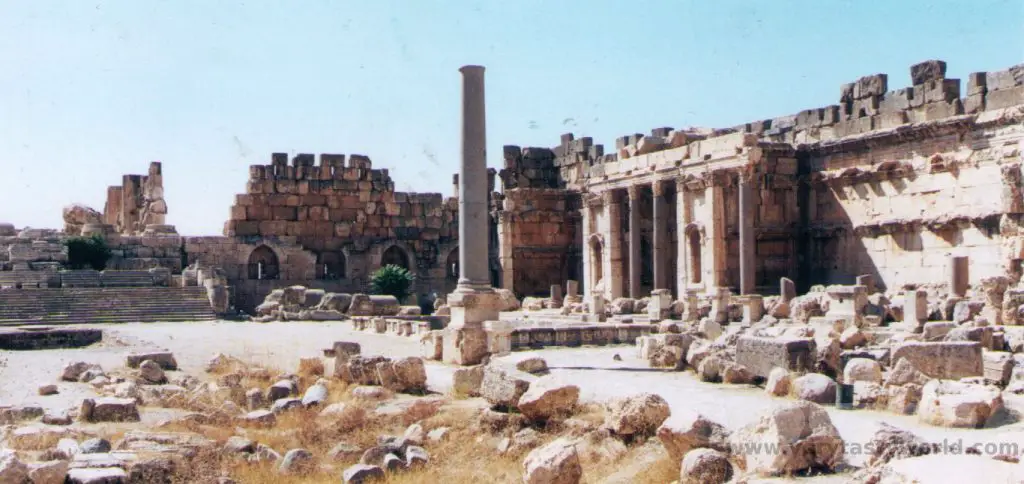
The temple comprises a main plaza set upon a large base comprising foundation walls and a podium. It holds many archaeological mysteries, notably the enormous monoliths from which the walls were constructed – they weigh between 300 and 1200 tonnes. The stones came from a nearby quarry but it is not fully understood how they were placed as it is believed that known Roman construction equipment of the time would not have had the capacity to move them. It’s possible that a bespoke crane was constructed for the purpose or the stones may have been rolled downhill from the quarry.
Originally the temple was encircled by 54 columns, but only 6 remain intact.
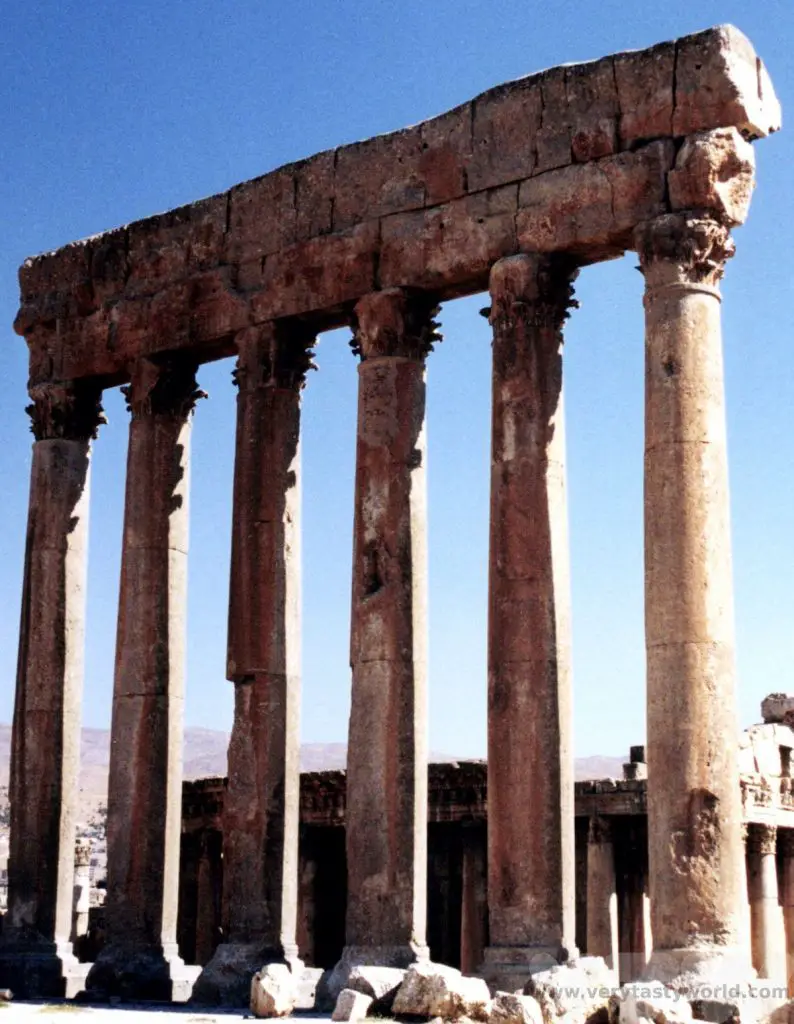
The Temple of Bacchus is the best preserved of all the temples as it had been partially buried and hence was protected from multiple earthquakes over the centuries. It was thought to have been completed in 190 CE by Septimius Severus.
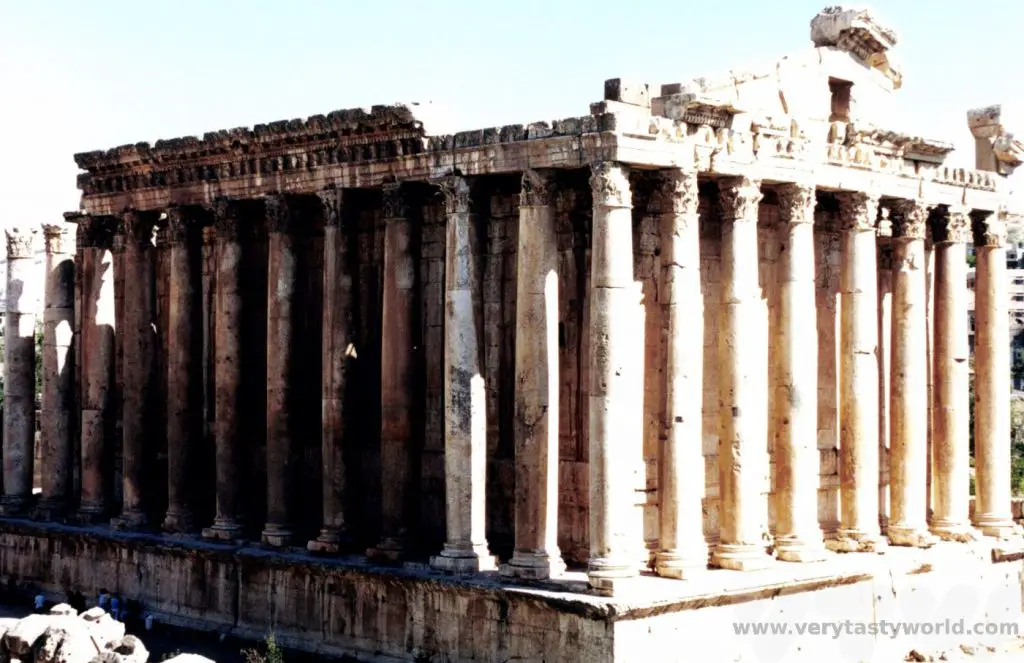
It’s a splendid structure with remarkable details in the stonework showing vines, poppies and wheat, symbols of Bacchus and highly appropriate for the god of wine and festivities. Sometimes you can get lucky and have the whole place to yourself!
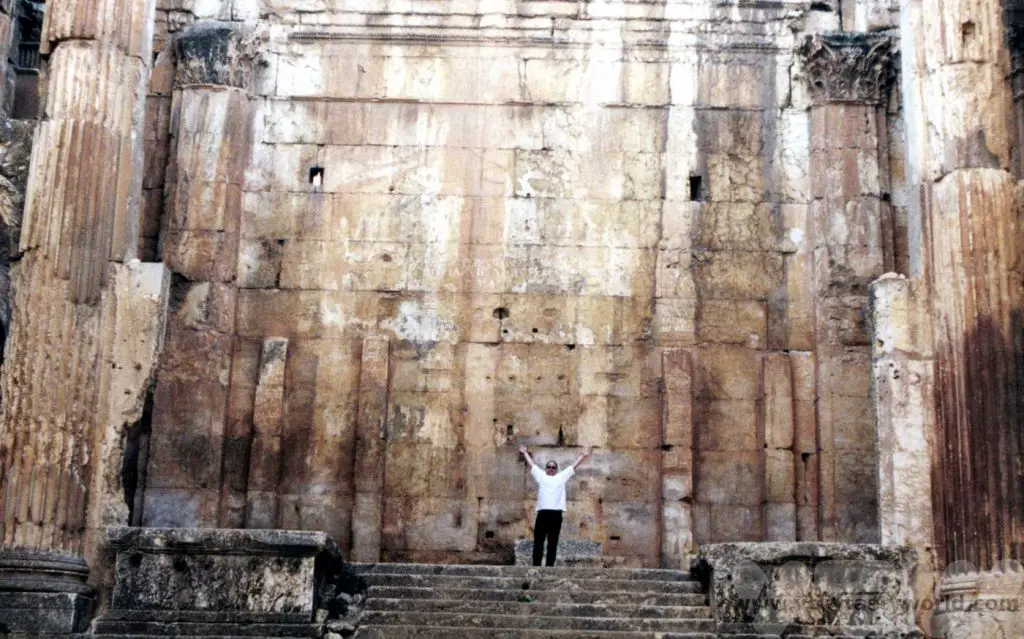
The final temple is the Temple of Venus, also known as Nymphaeum.
A special mention has to go to the Palmyra Hotel in Baalbek, a glorious, decadent building that was built in 1874 and has remained open ever since. Filled with original Jean Cocteau paintings it has hosted artists, musicians, writers, celebrities and even royalty over the decades. It has most definitely seen better days but was a fabulous place to stay.
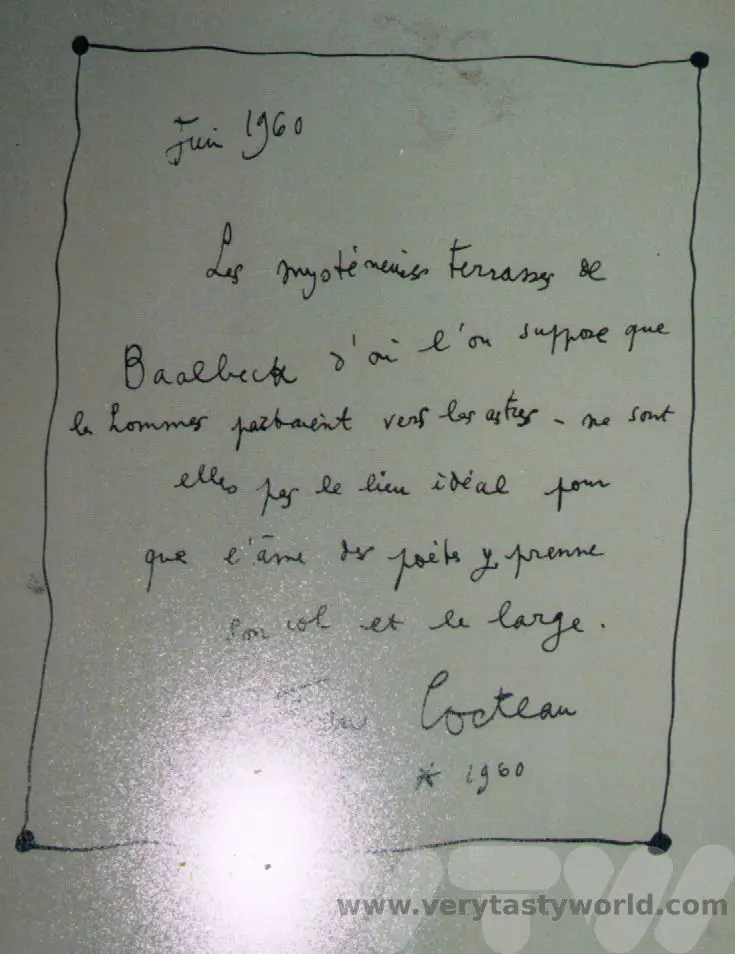
Anjar
Anjar is a fortified town that is completely different to other sites in the country. It was a city developed during the early 8th century CE and is the best example of an inland centre of commerce in the region. The Umayyads, the first hereditary dynasty of Islam, created an empire from around 660 to 750 CE. They were highly skilled in planning and development and the empire prospered until they were defeated by the Abbasids.
It’s a fascinating site to explore. Umayyad Caliph Walid I commenced construction in 714. Based on a Roman layout , Anjar had over multiple shops, a Grand Palace, a mosque and thermal baths. However, the site was later abandoned.
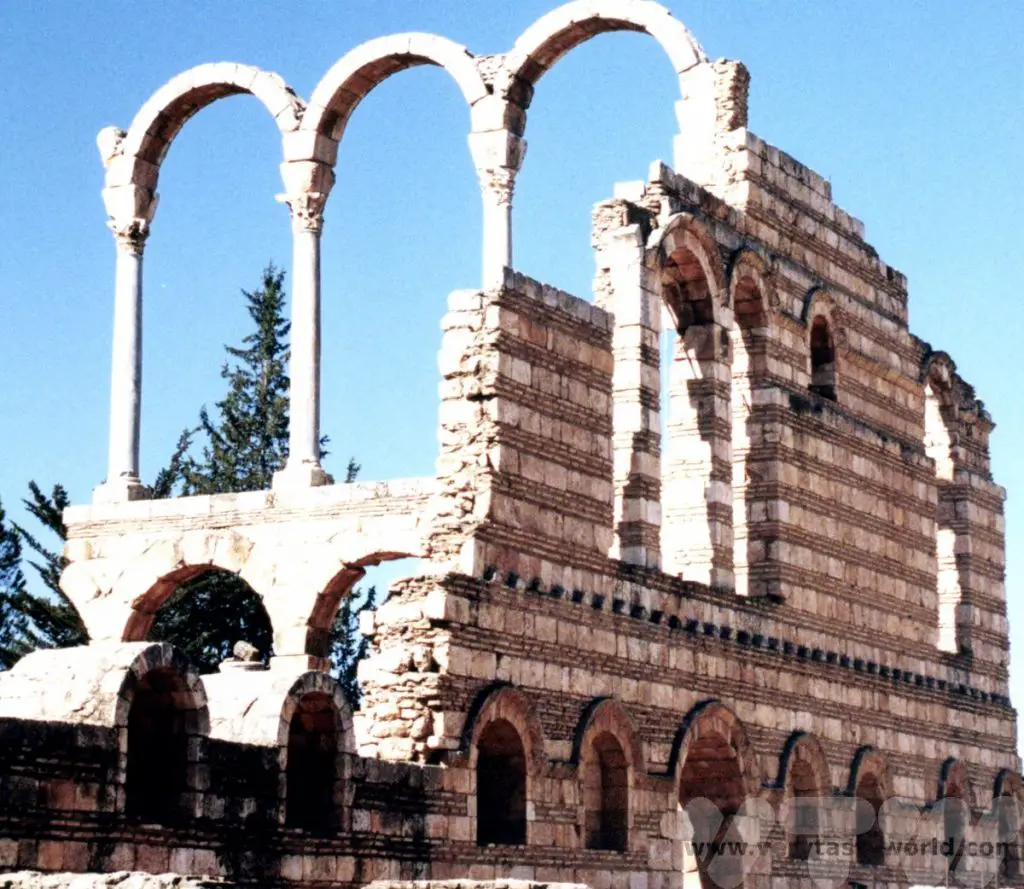
The Grand Palace is one of the best preserved ruins. It has an impressive courtyard that is heralded by magnificent arches.
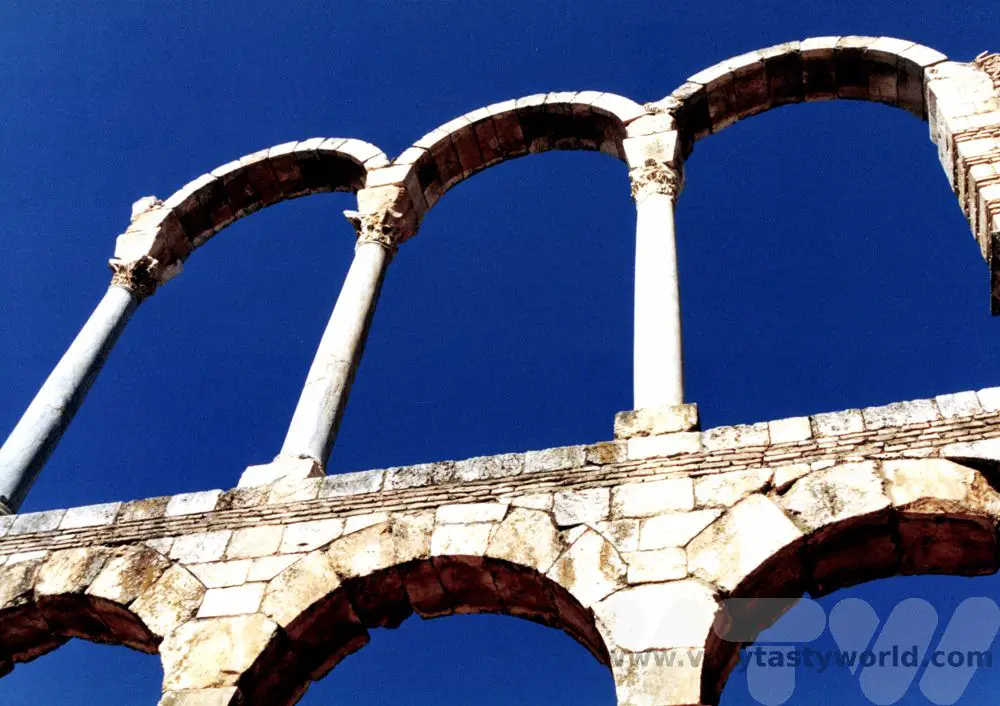
Lebanese Food and Drink
A trip to the Middle East wouldn’t be complete without a mezze. Mezze is often described as middle-eastern tapas – a selection of small dishes shared by everyone at the table. It’s a lovely, sociable way of eating and you can get to try a variety of dishes.
Amongst the many dishes on offer we had creamy hummus heavily laced with tahini and drizzled with olive oil, smoky baba ganoush (aubergine dip), crispy falafel (deep fried chickpea fritters), foul (bean stew, pronounced ‘full’, not ‘fowl’!), spicy, herby kibbe (small meatballs of lamb mince and cracked wheat), cauliflower tarata (a sauce of tahini sesame paste, lemon juice, garlic, and parsley), multiple salads, including fattoush, which has lots of bread to soak up the lemony olive oil dressing. All enjoyed with delicious flatbreads and sometimes chips.
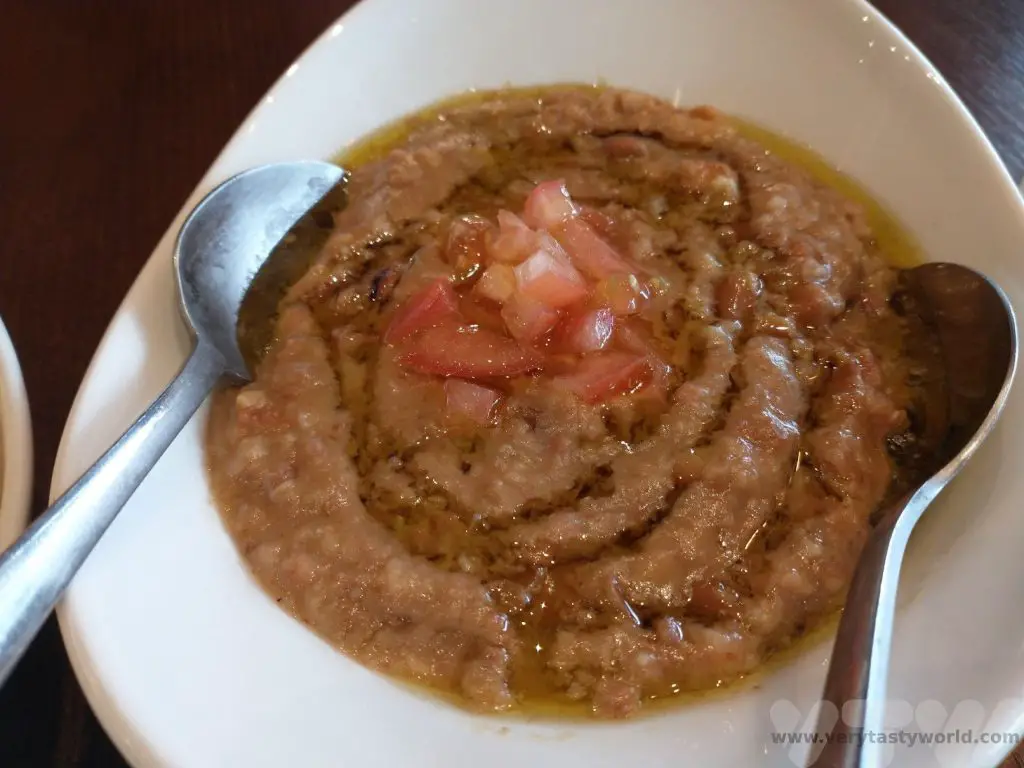
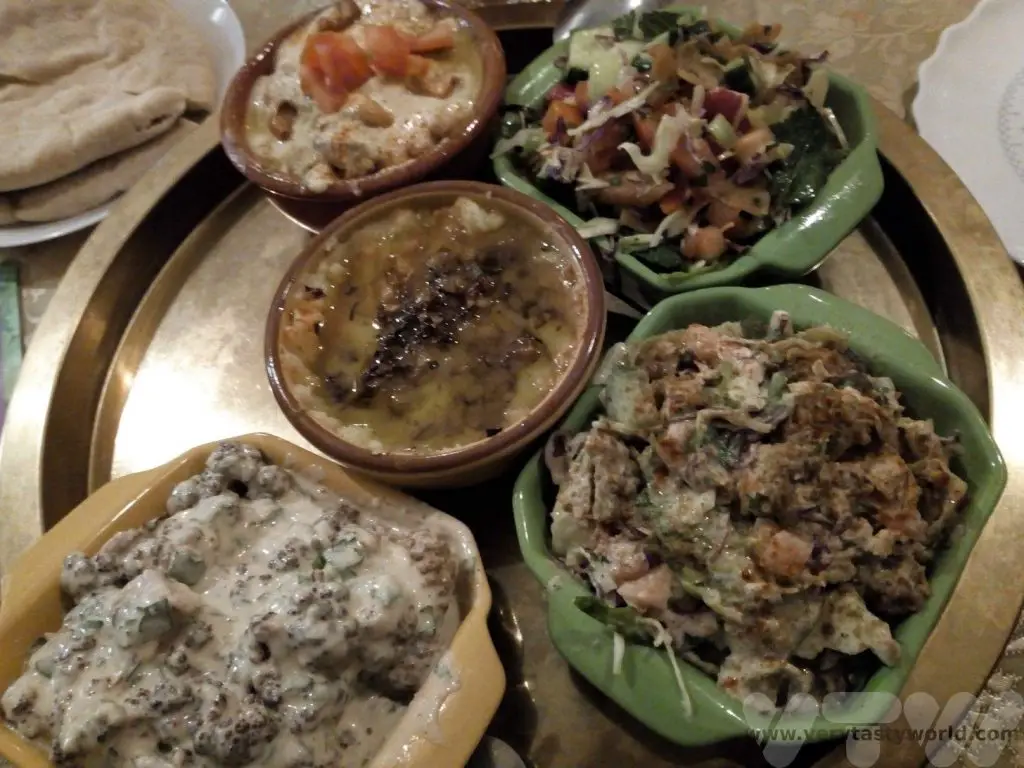
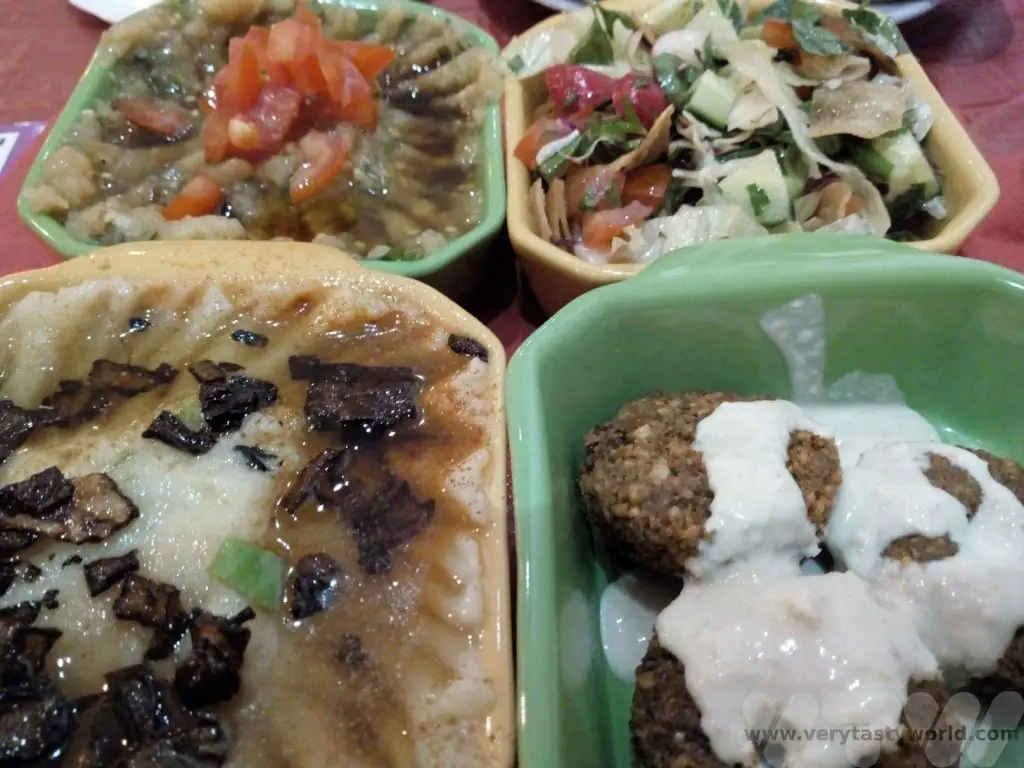
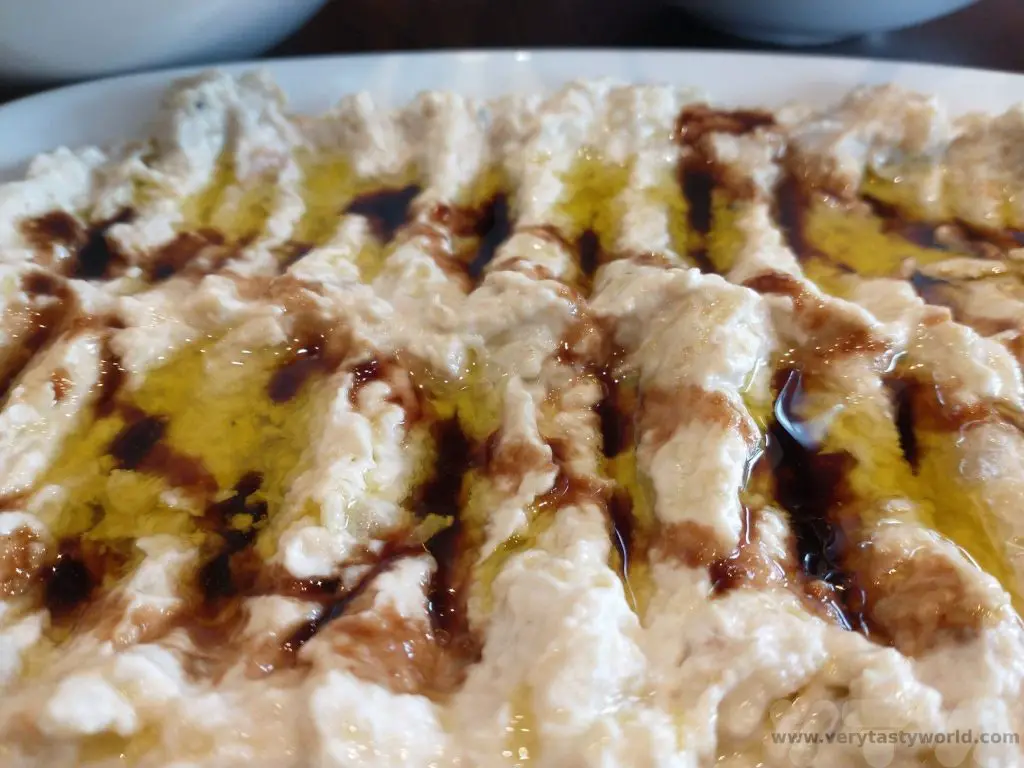
Grilled meats are popular for main courses – they are delicately spiced and very juicy. Lamb and chicken are likely to be the meats on offer.
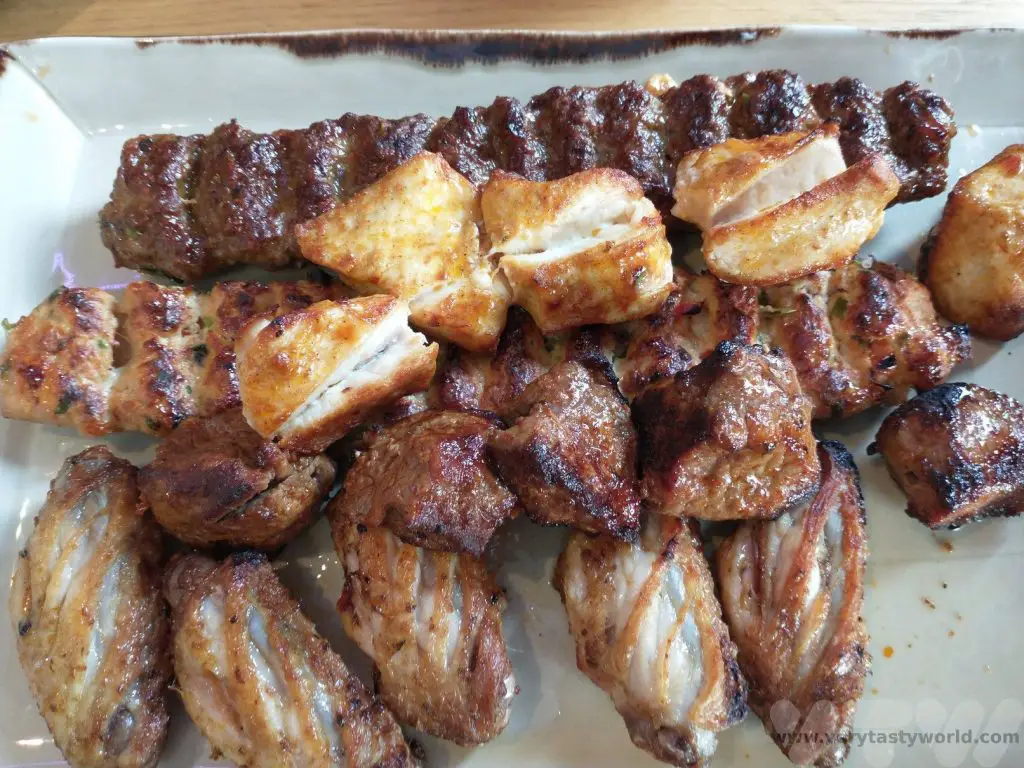
And you can’t go to Lebanon and not try the street food. Shawarma is a flat bread filled with grilled meats and chips!
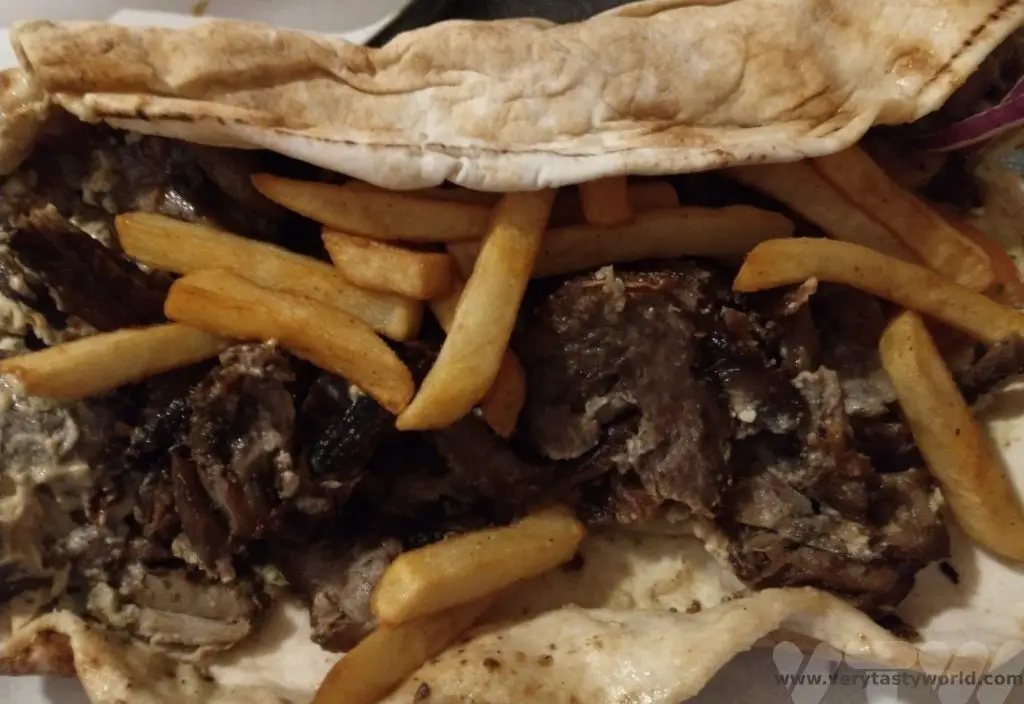
Alcohol is freely available in Lebanon. The spirit of choice is Arak – a distilled aniseed flavoured drink. It’s a bit of a love-hate thing, Colin loves the flavour and could easily drink it all day, Mitch really can’t bear aniseed and shivers at the thought of it.
It’s a little known fact that Lebanese wine is absolutely awesome. Lebanon is one of the oldest wine-producing countries in the world (along with Georgia and the Caucasus region in general). Vineyards are mainly located in the southern part of the Beqaa Valley and they produce delicious and very quaffable fruity reds. Chateau Musar is one of the most famous wine producers.
Chateau Ksara is Lebanon’s oldest and largest winery and it is possible to visit the vineyards and winery. Dating from 1857, Jesuit monks planted French vines and stored their wine in local caves. Their wine is absolutely delicious. They do export it so try to get hold of a bottle or three if you can.

Related Posts You May Enjoy
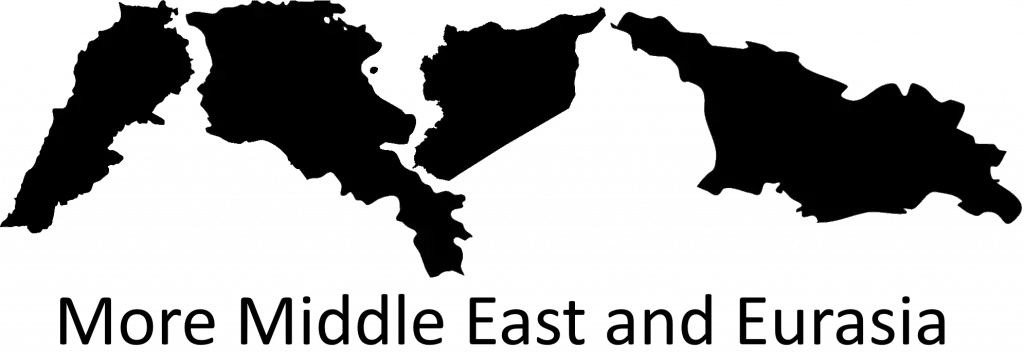
- Where To Go In Lebanon – A Visitor’s Guide
- Inside Petra in Jordan
- Toasting Tradition in Georgia
- Visiting The Dead Sea In Jordan
- The Roman Ruins in Jerash, Jordan
- Who Ate All the Pies (Including the Georgian Cheese Boat)?

- RECIPE: How To Make Elderflower Champagne
- RECIPE Oyakodon Donburi
- Zero Waste Recipes Before Your Holiday
- RECIPE: Vegetable Biryani Tamil Nadu Style
- RECIPE: Vegan Wild Garlic Pesto
- Recipe: Venetian Pasta Sauce
- RECIPE: Biryani Raita Recipe
- RECIPE: How to Make Costa Rica’s Gallo Pinto
- Recipe: Japanese Simmered Pork Belly – Buta no Kakuni
A Northern Ireland Road Trip
Northern Ireland is blessed with vibrant cities, beautiful countryside and a stunning coastline. We visited this lovely country as part of a road trip around much of the island of Ireland. We flew into Belfast airport and hired a car which gave us maximum flexibility to explore. Here’s a Northern Ireland road trip itinerary for spending two to three days in this lovely country. It can be extended or compressed, depending on how much time you have and how long you wish to spend at some of the attractions.
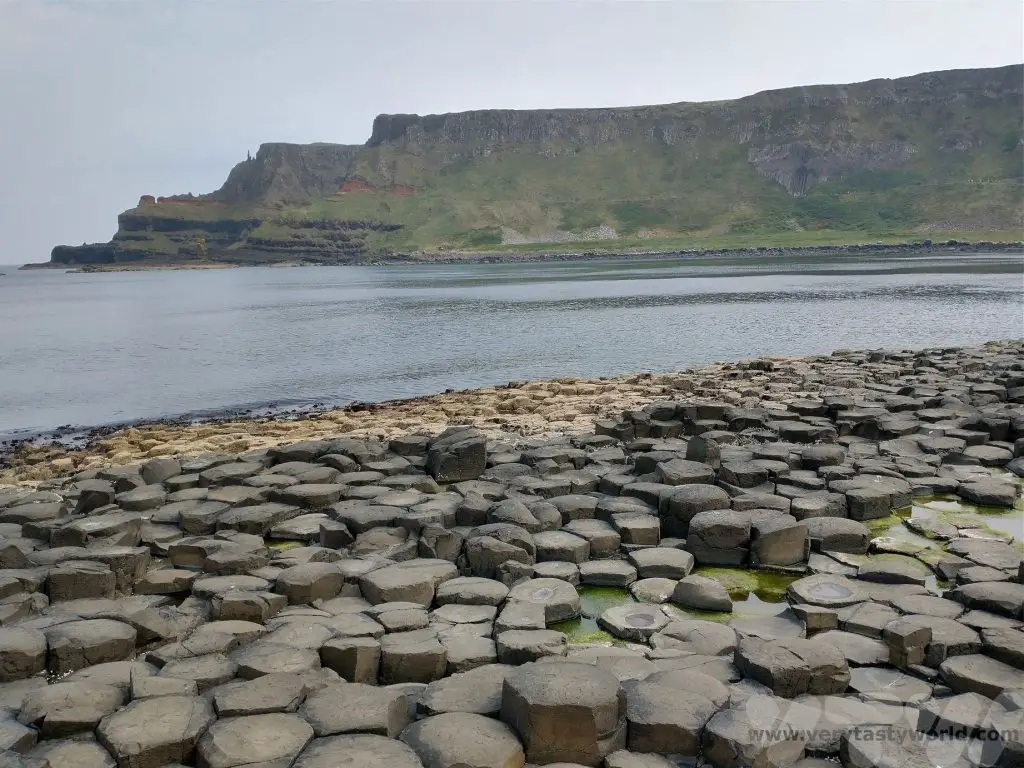
Belfast
Belfast is the capital city of Northern Ireland and is probably one of the liveliest places we’ve visited. The city’s name derives from Béal Feirste which means ‘mouth of the sandbar’. Although there have been settlements in the area since Neolithic times, Belfast town was established in the 17th century by Sir Arthur Chichester. It grew rapidly over the years as a trading centre and industrial hub. Most of Ireland seceded from British rule in 1921 to form the Irish Free State but six counties in the north of the island remained part of the UK and Belfast become the capital city of these.
Arriving in Belfast
We flew into Belfast airport, picked up our car and drove the short journey into the city. We arrived at at 4 pm on a Saturday evening, and the place was already throbbing – bars were full, and everyone was dressed up and ready to go out. A walk through the city was interspersed by raucous mobile bars filled by revellers and fuelled by boozy pedal power.
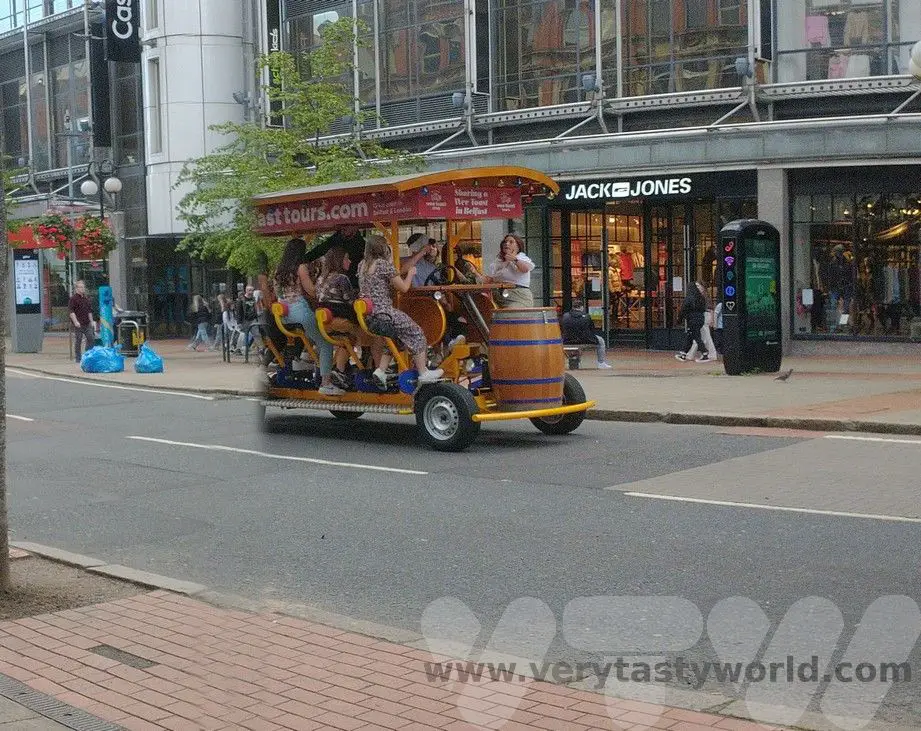
The following day we spent some time in the city. Belfast is a great place to explore on foot and has a number of impressive buildings:
The City Hall in Donegall Square council building is the civic building of Belfast City Council.
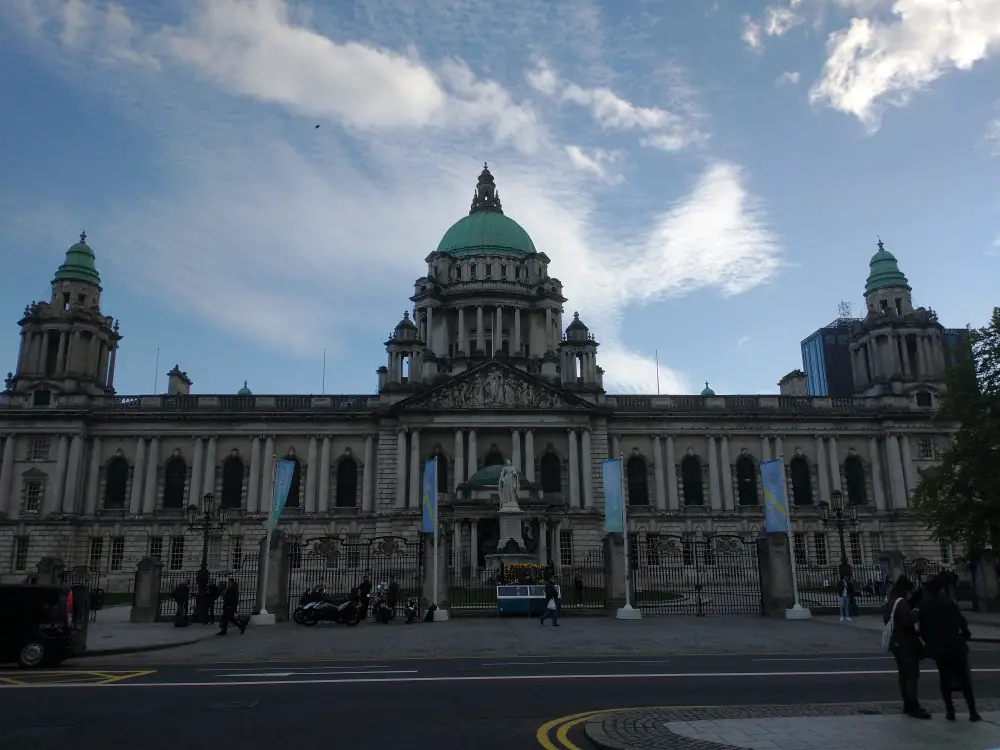
Belfast Cathedral, the Cathedral Church of St Anne, dates from 1899. In the background of the picture below you can see a very thin spire. It’s so slim it looks like a spike. It’s called the Spire of Hope and was designed to be extremely lightweight because the cathedral is suffering from subsidence into the silty mud it was built upon. Hence, with no chance of it having a full spire or bell tower, this elegant, svelte and minimalist spire was installed in 2007.
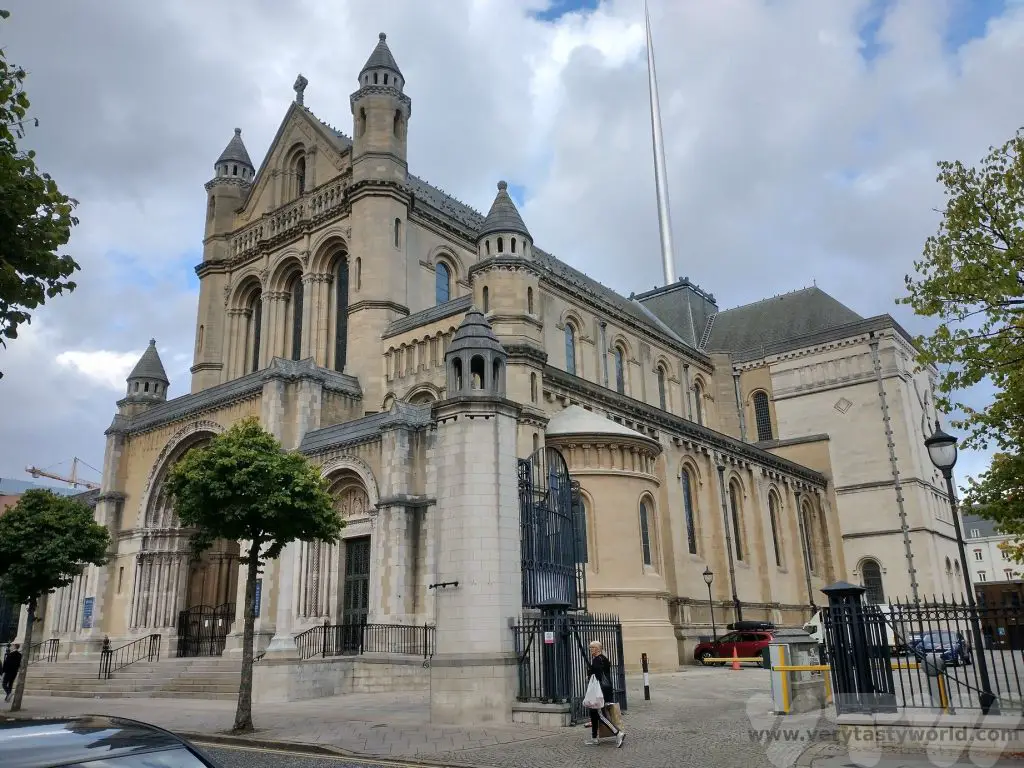
The Albert Memorial Clock Tower was built in 1869. It was designed by WJ Barre who won a competition to design a memorial to Queen Victoria’s late husband, Albert the prince consort.
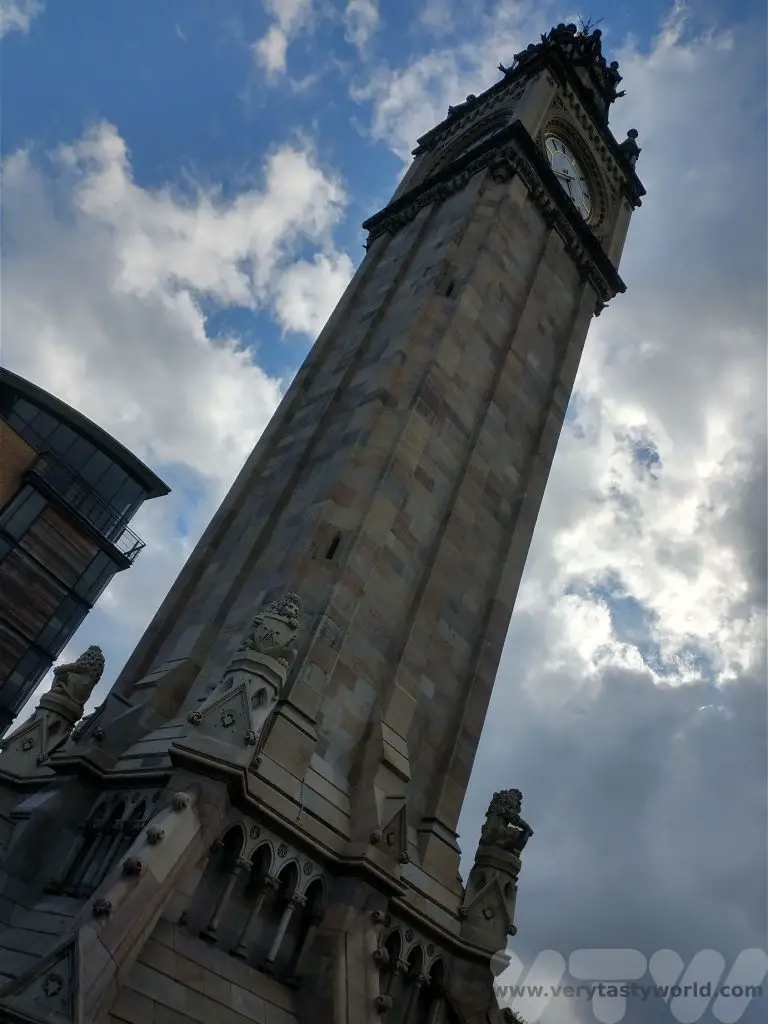
Belfast also has an impressive street art scene.
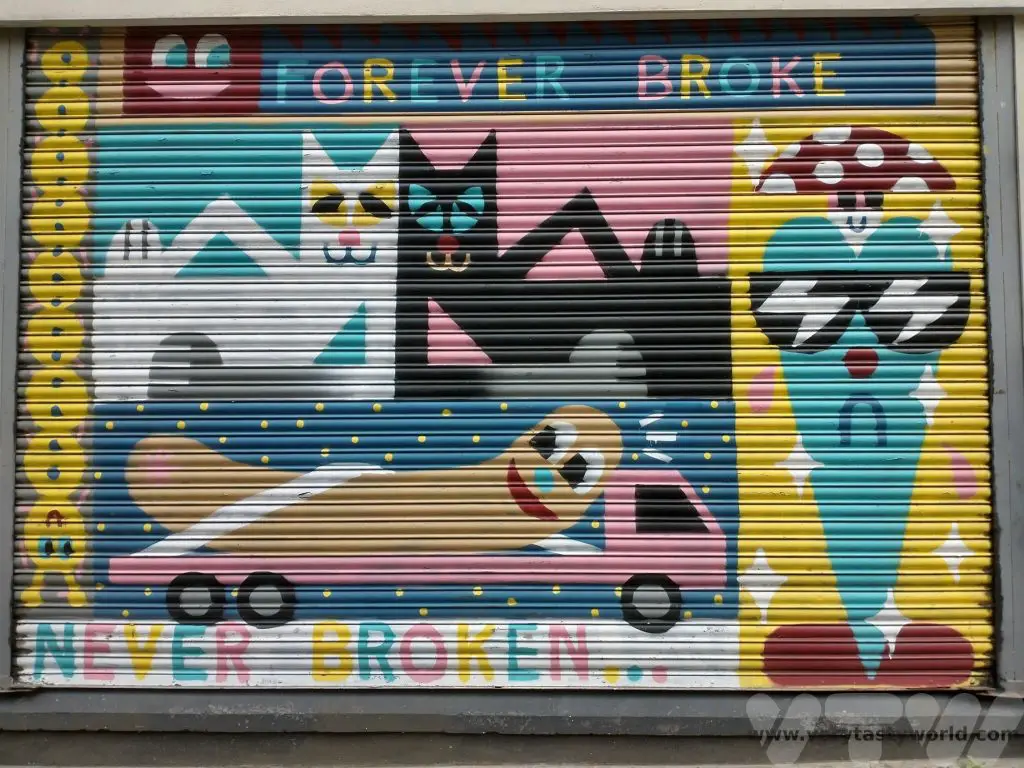
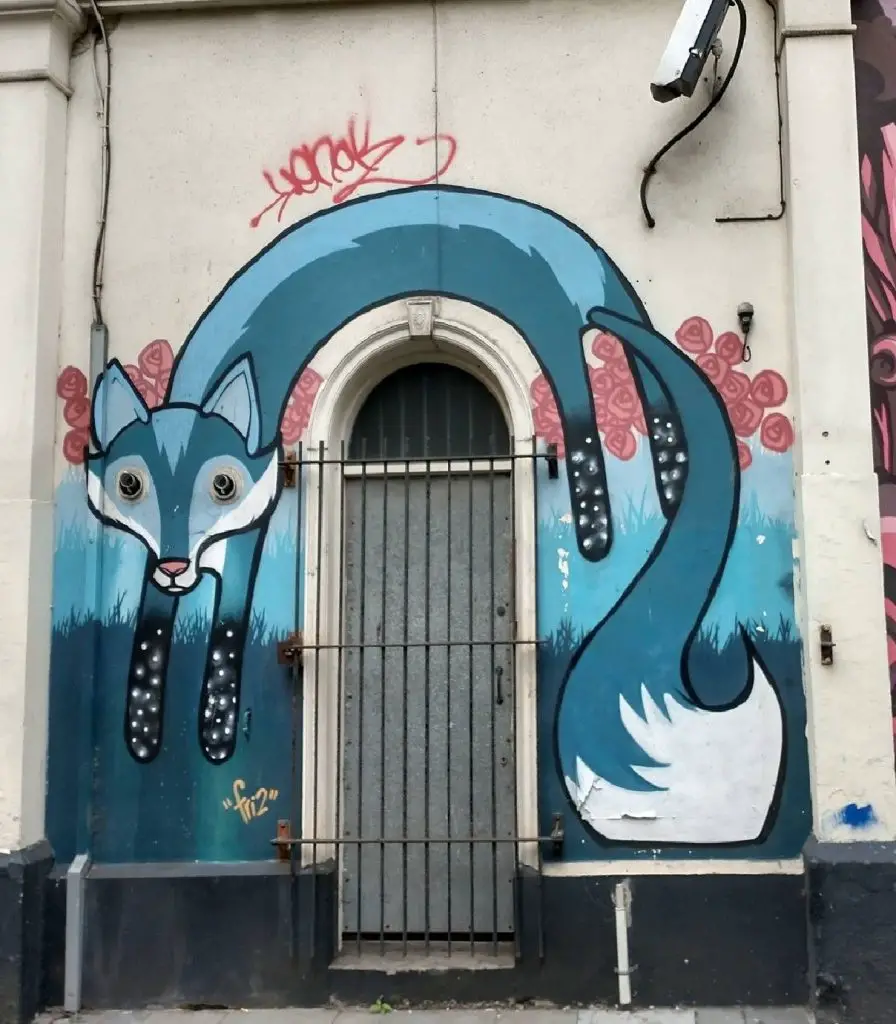
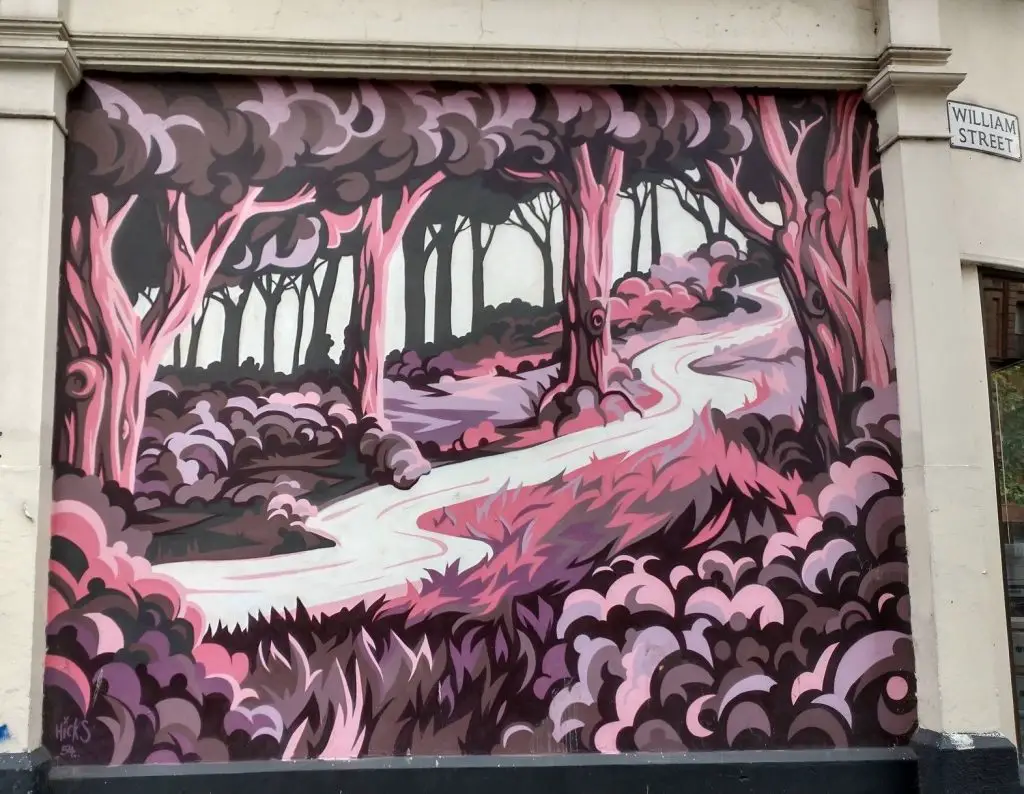
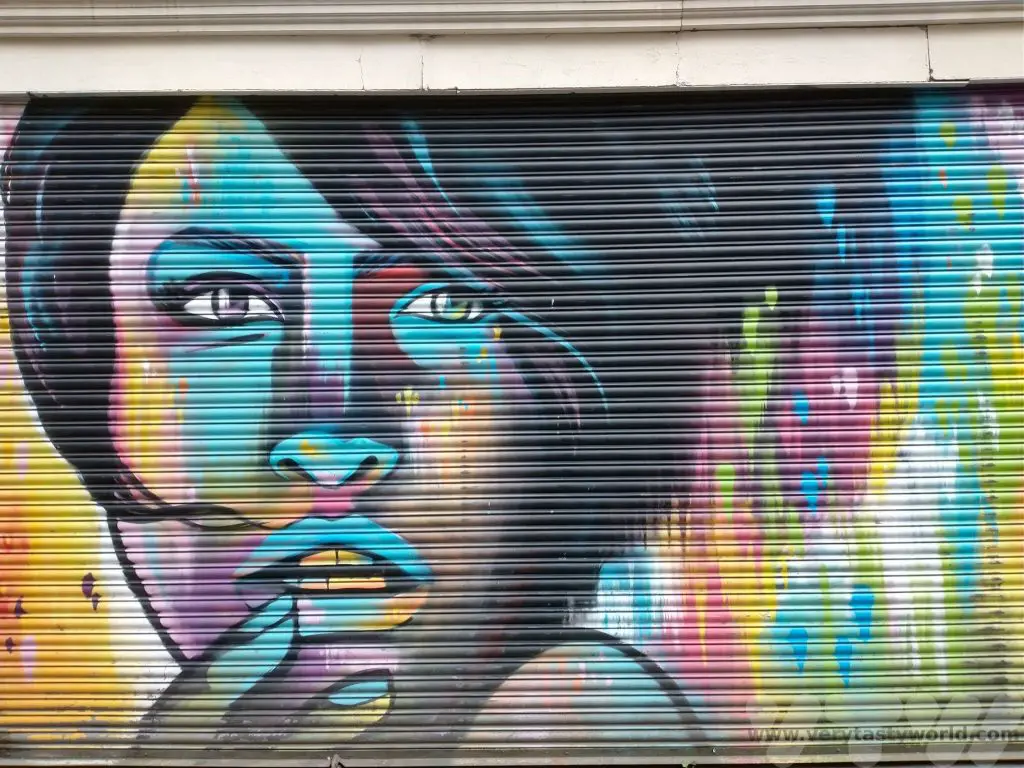
Things to Do in Belfast
The Titanic Experience is Belfast’s most popular tourist attraction. It’s worth setting aside a few hours to spend in this area.
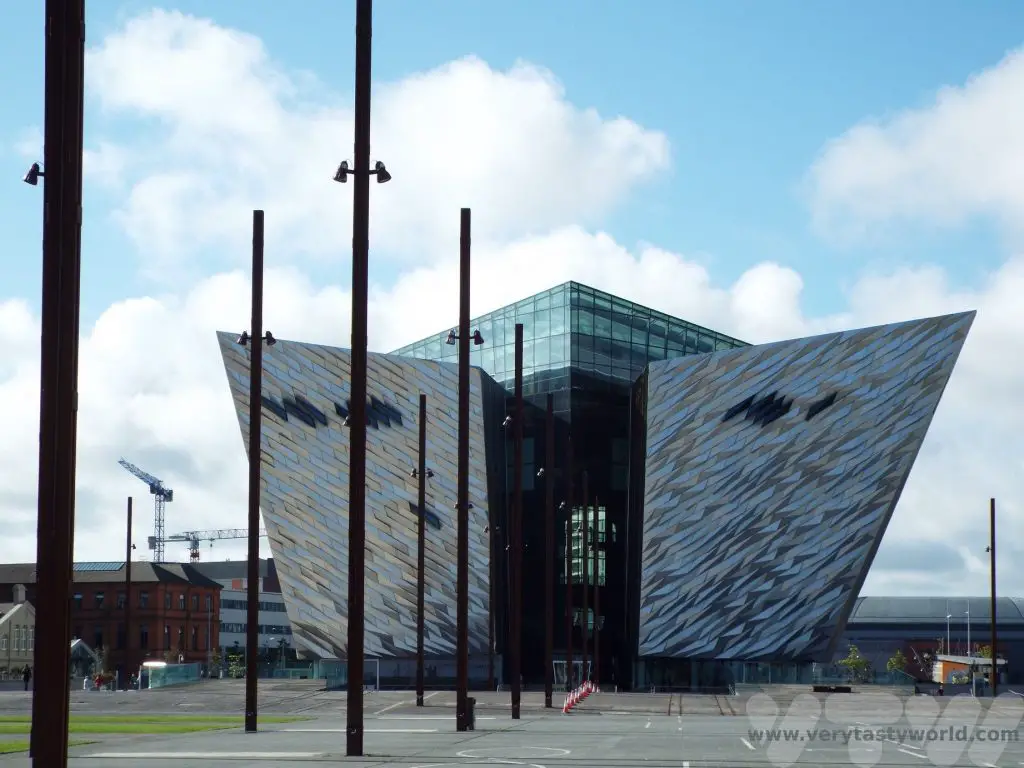
Housed in a gargantuan building located in the Titanic Quarter on the site of the former Harland & Wolff shipyard, visitors can embark on an extensive and highly interactive tour which shows the history of possibly the world’s most famous ship.
The tour depicts the story of the ship from its conception to the discovery of the wreck in its watery grave. It sets the narrative in the social context of Belfast’s history, notably its industries and particularly its shipyards. It also shows the construction process and includes a gentle theme park style ride through a mock-up of the shipyard.
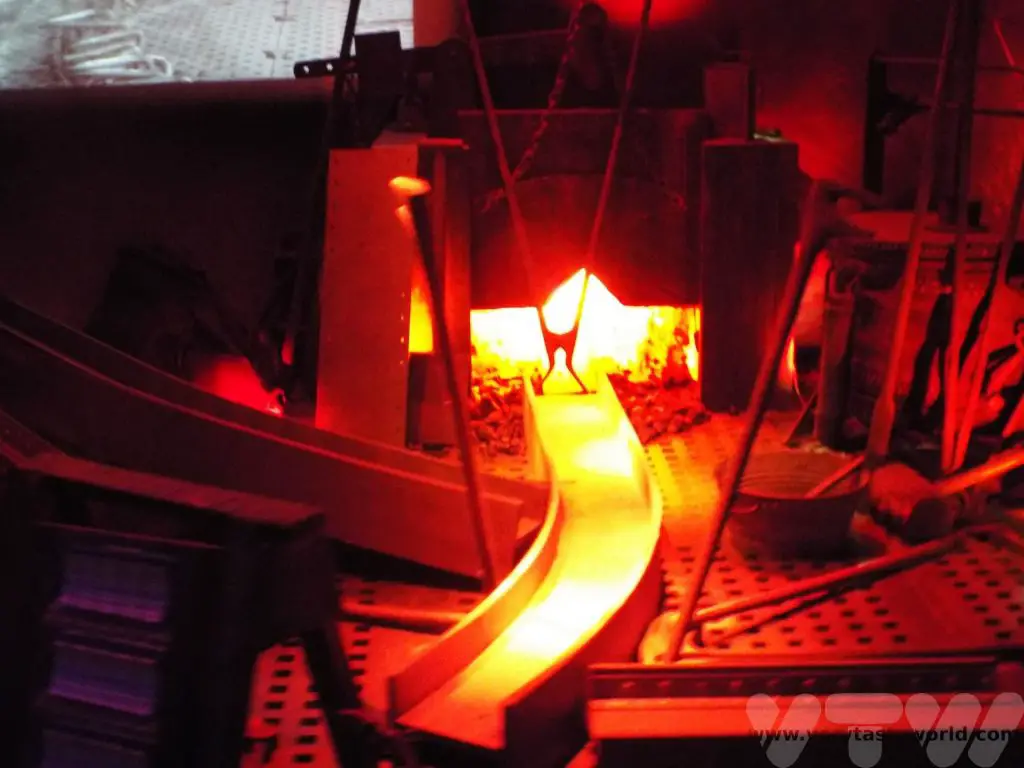
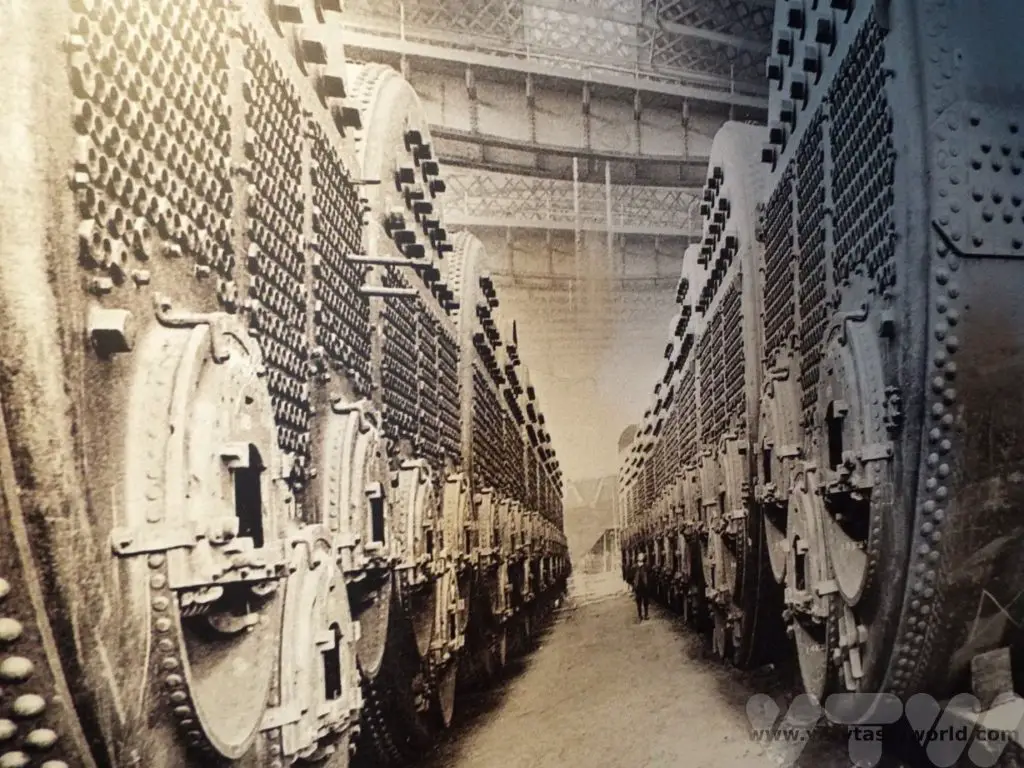
There are detailed displays showing how the ship was fitted out. It was interesting to learn about the facilities that were available for the different classes of passenger.
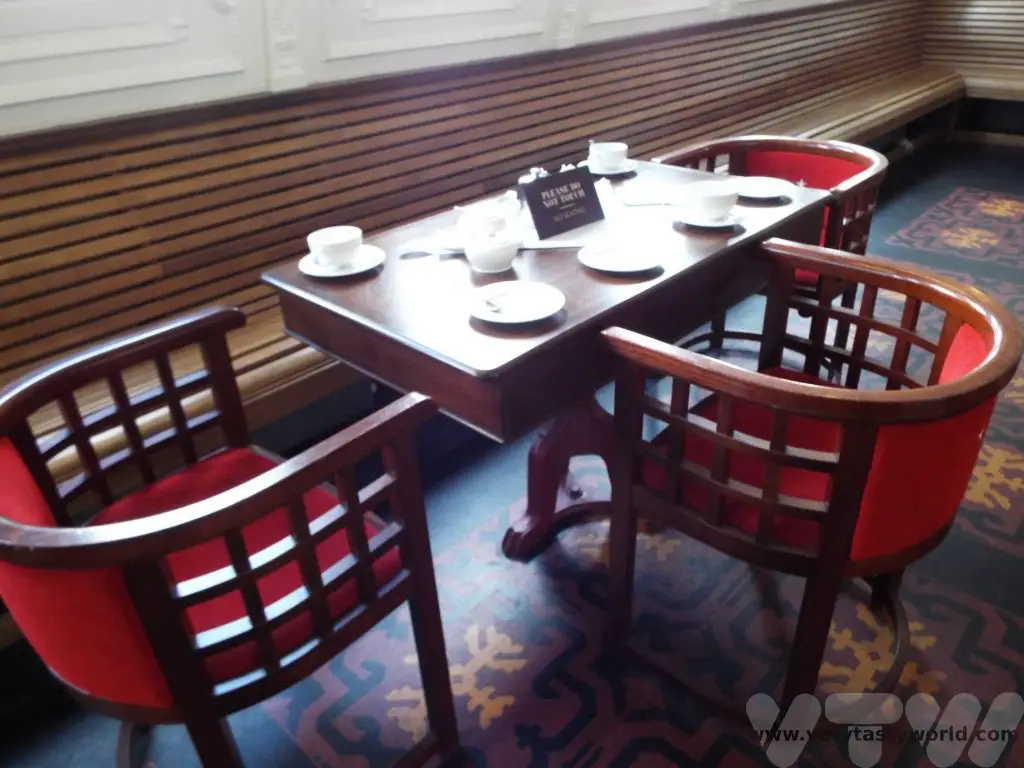
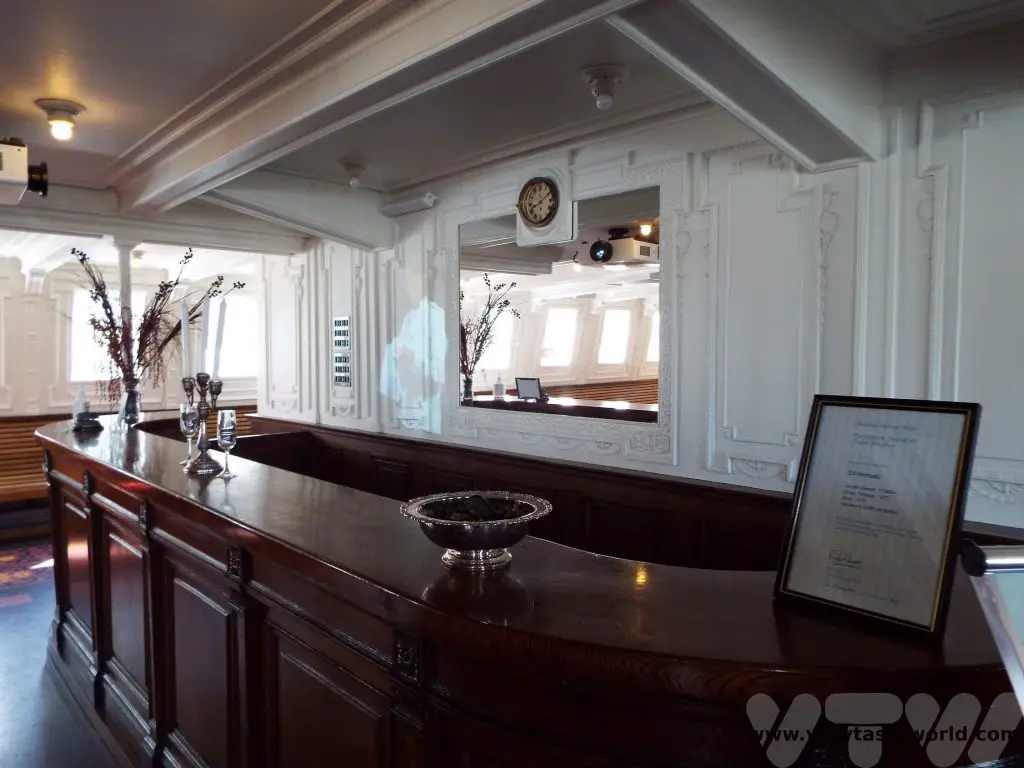
It provides information about the launch and the Titanic’s disastrous maiden voyage as well as the search for the elusive wreck, which was discovered many decades later, and the depiction of the disaster in the media and on film.
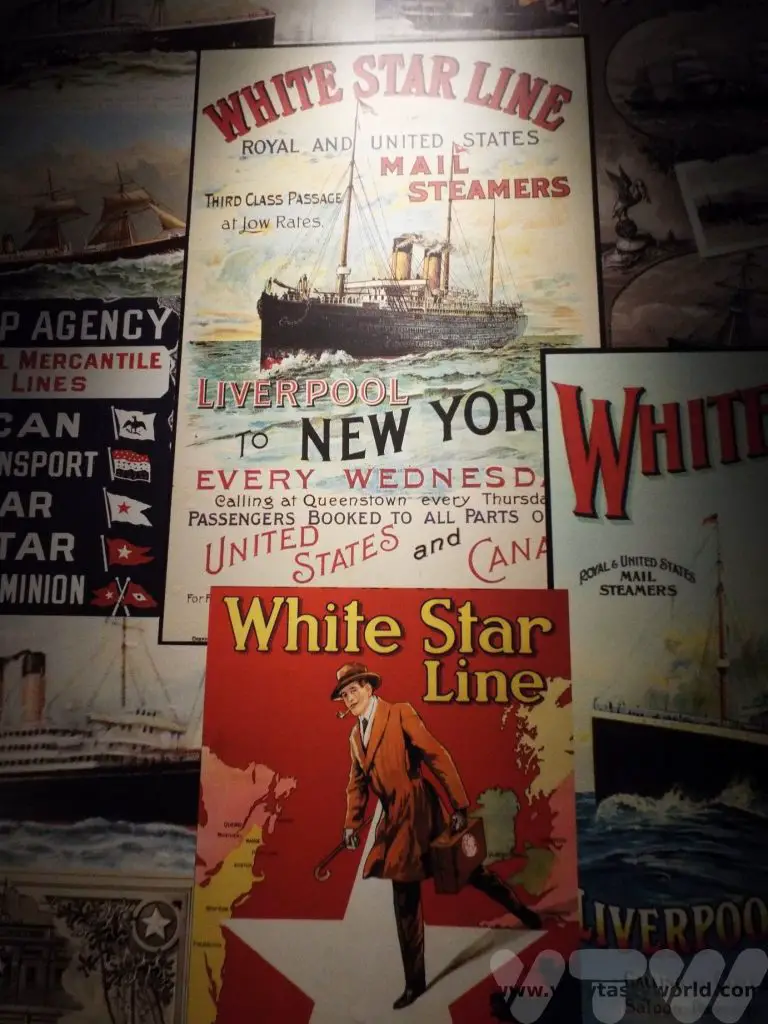
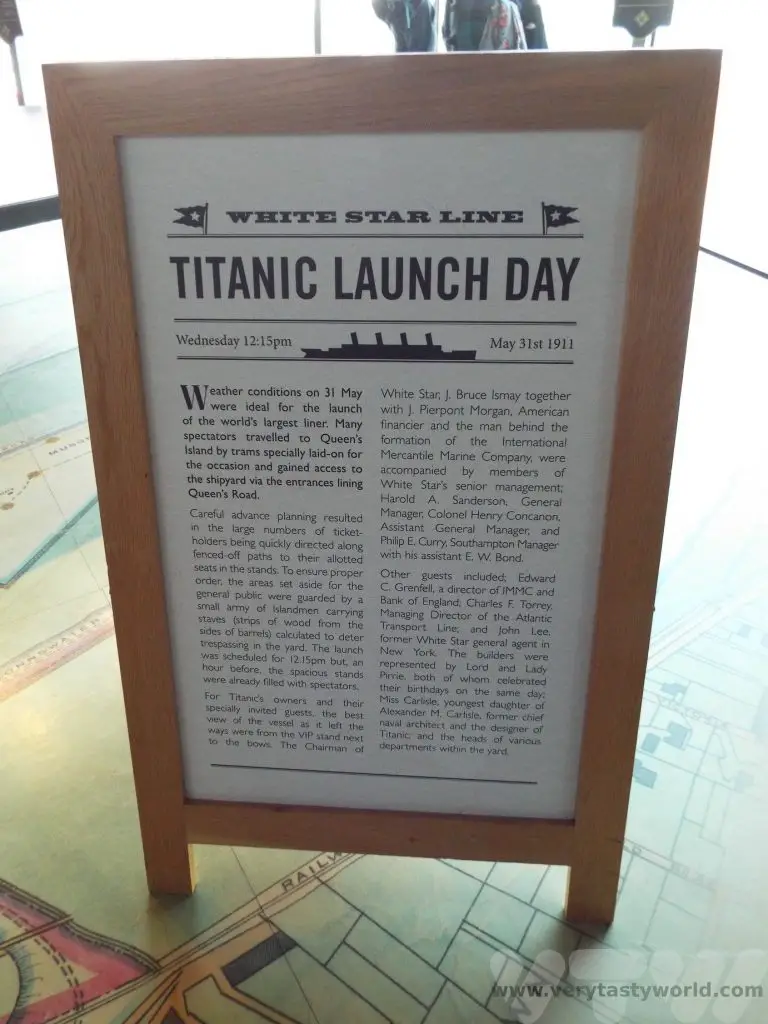
Included in our ticket price was a visit to the SS Nomadic which is located in a dry dock outside the main building. This was another White Star Line ship (the last surviving in the world), built at the same time as the Titanic but exactly one quarter of the size.
She was the tender ship which transferred passengers from the docks in Cherbourg to the Titanic. Because of its size the Titanic itself was moored in deep water away from the shore.
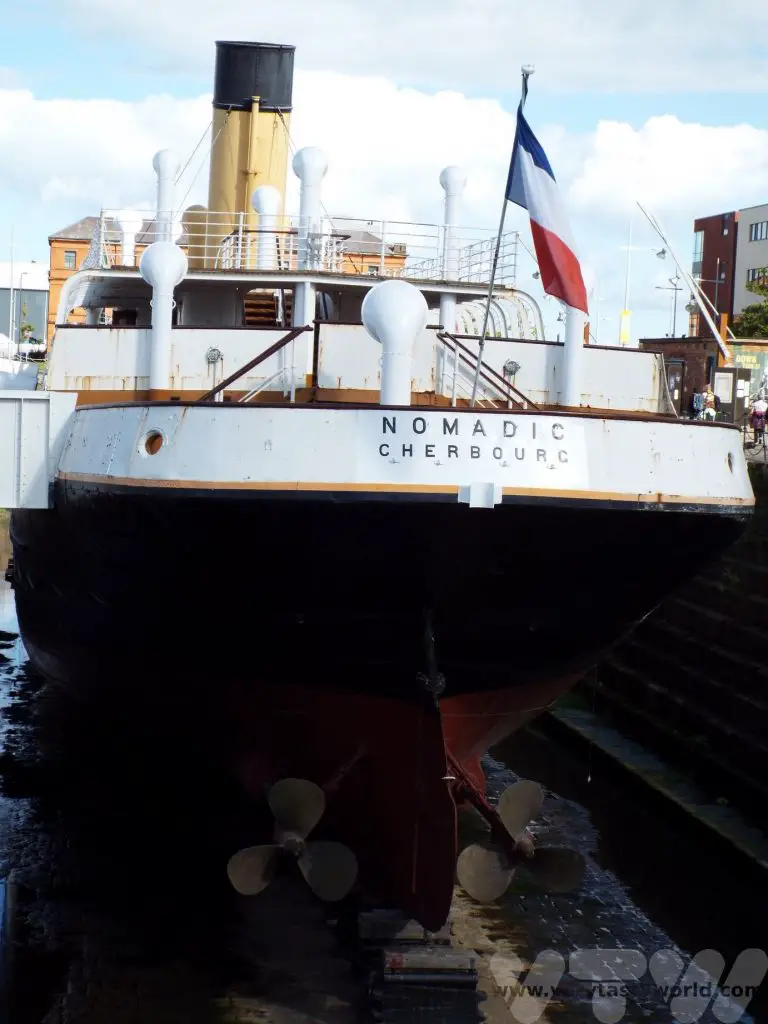
Since our visit, the Titanic Experience has been revamped and the reimagined experience, with an emphasis on telling the story of many of the people involved with the Titanic, launched in March 2023.
While you’re in the area, the Maritime Mile on the waterfront has a lot to discover, from historic attractions showcasing the area’s maritime history, art installations and a bunch of restaurants and shops.
Other Belfast attractions include the Crumlin Road Gaol, a prison that was operational between 1845 and 1996. It has been renovated and is now open to visitors.
Ulster Museum offers an extensive collection of artefacts, covering history, science and the natural world, as well as an art gallery.
Game of Thrones
With so many beautiful locations, it’s easy to see why this country has a thriving film and television industry. Northern Ireland offered one of the primary settings for the filming of the popular TV series Game of Thrones. Producers HBO hired Titanic Studios, a building located just behind the Titanic Experience, for much of the filming and they also used exterior locations dotted all over Northern Ireland.
If you are looking to see all the Game of Thrones locations there are several tours available in Belfast or, if you are driving yourself, you will spot loads of brown tourist signs on the roads indicating where to visit. Just south of Belfast is the Game of Thrones studio tour for fans of the show.
The Titanic Quarter has some Game of Thrones stained glass windows located along the waterfront as a tribute to the series.
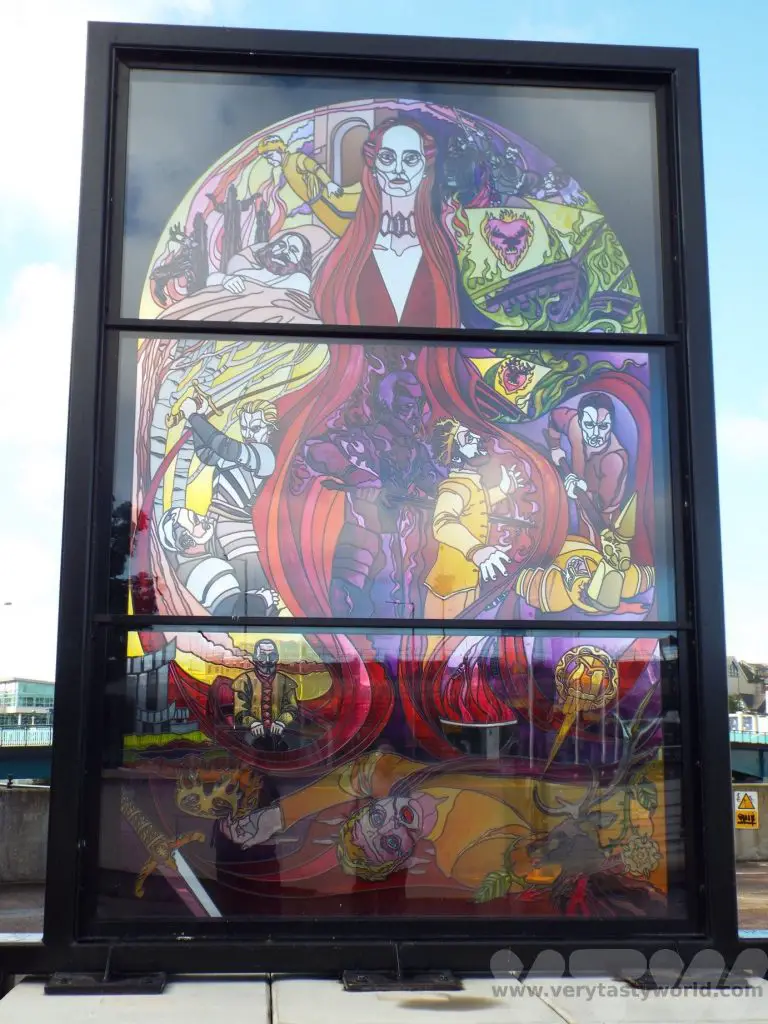
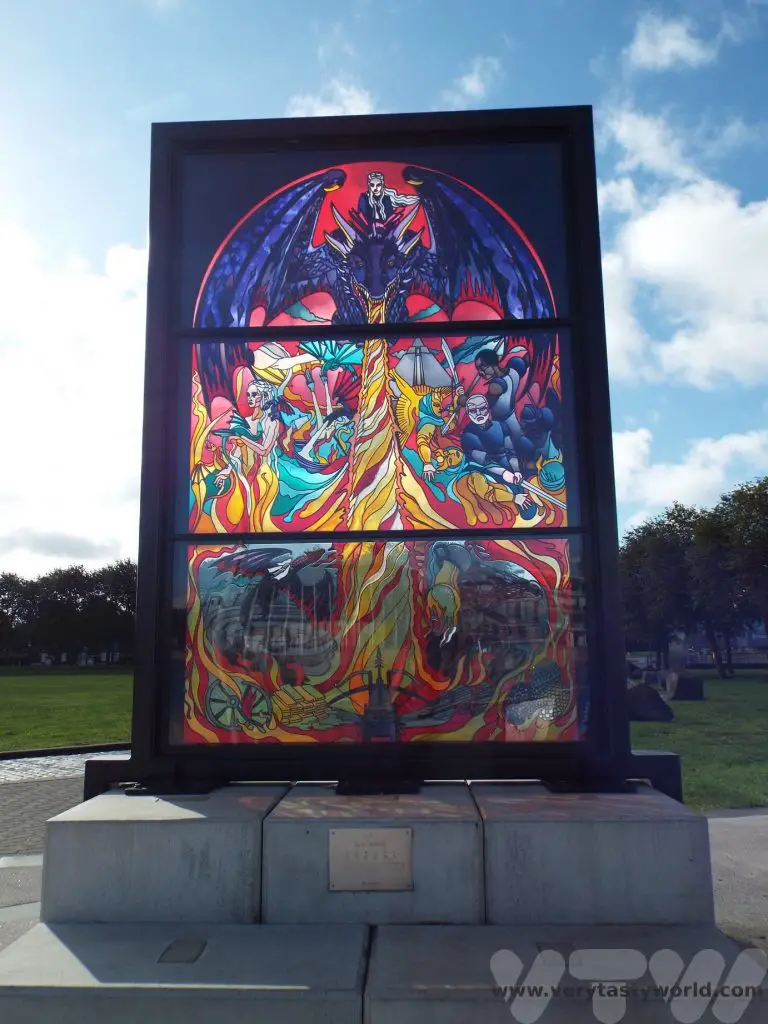
Driving To The Antrim Coast
We decided to spend a day on our Northern Ireland road trip driving from Belfast to Derry visiting many attractions along with way.
We headed out from Belfast to the Antrim coast, taking a quick detour to the Dark Hedges. This is an avenue of gnarled and twisted beech trees which were planted in the 18th century, one of many locations made famous by Game of Thrones. The trees are located on the Bregagh Road, Stranocum – follow the brown road signs to a car park which is very close by.
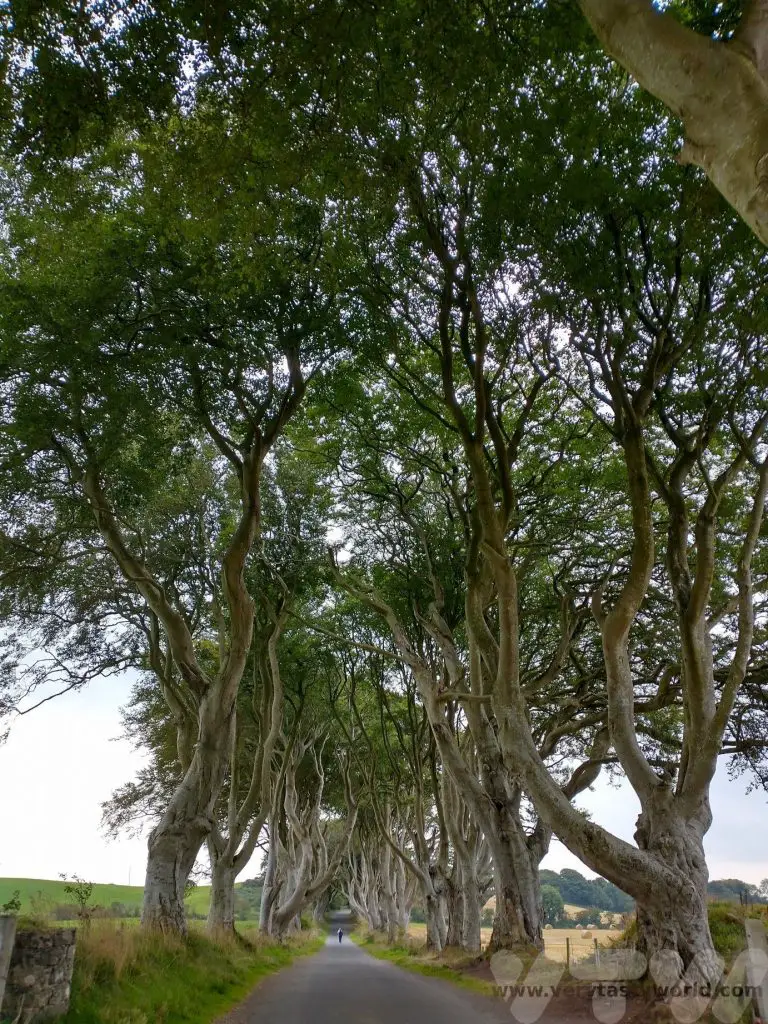
The Antrim Coastline is a place of great beauty and it’s a pleasure to drive along it. There are two locations that are unmissable.
Carrick-A-Rede Rope Bridge
The Carrick-A-Rede rope bridge was originally constructed by salmon fishermen over 350 years ago, it links the mainland with the teeny island of Carrickarede. The bridge has been rebuilt several times over the years. The current bridge is 20 metres across and is at a height of 30m above the sea.
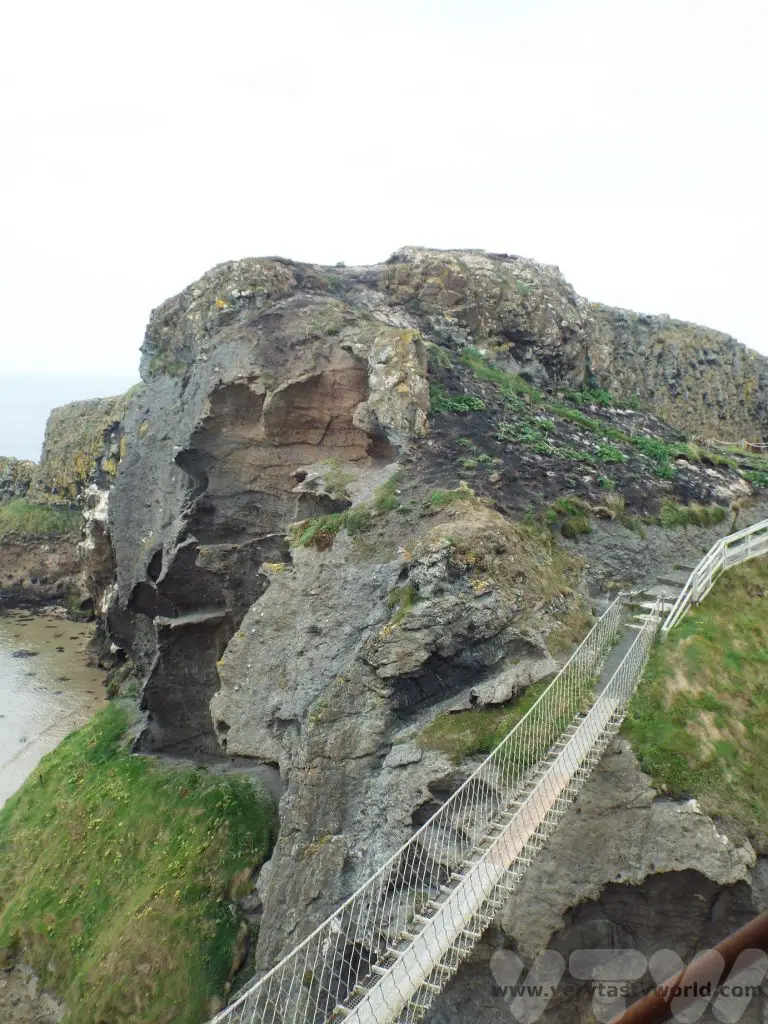
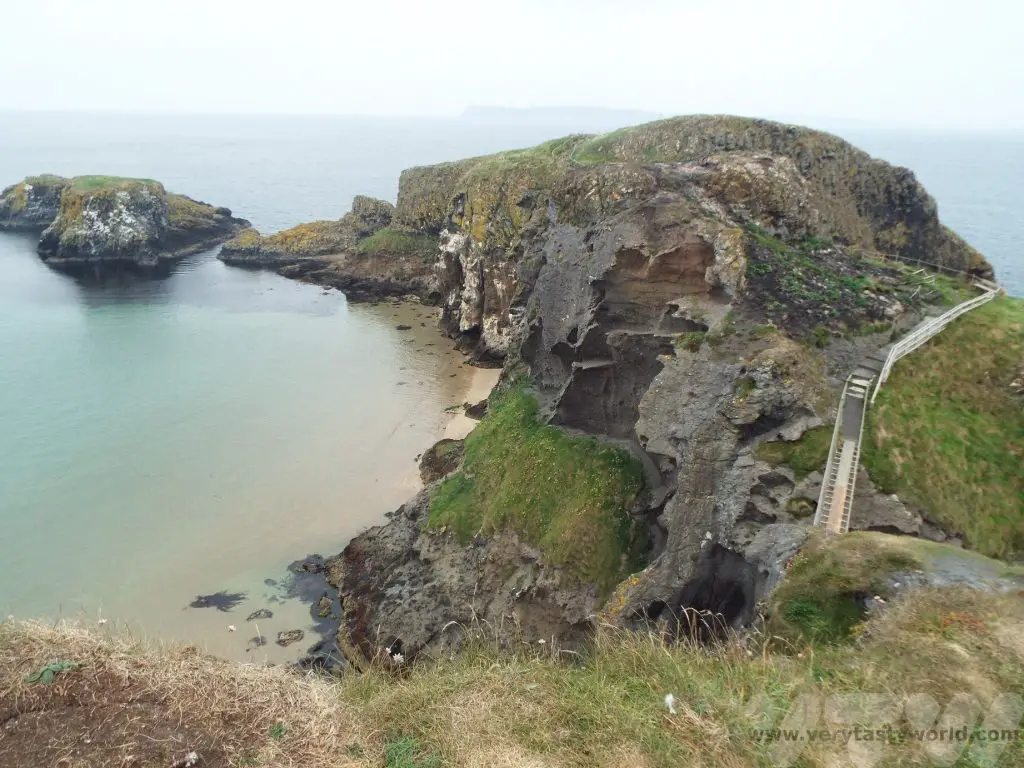
The car park is located on the North Antrim Coastal Path, just under a kilometre from Ballintoy village. Visitors need to prebook in order to cross the bridge. There is a car park (a fee applies) and the island is located along a coastal path – just follow the signs.
Sometimes the bridge is closed so it’s worth checking the National Trust website before visiting. Even if you can’t use the bridge it’s a stunningly beautiful walk along the coastline.
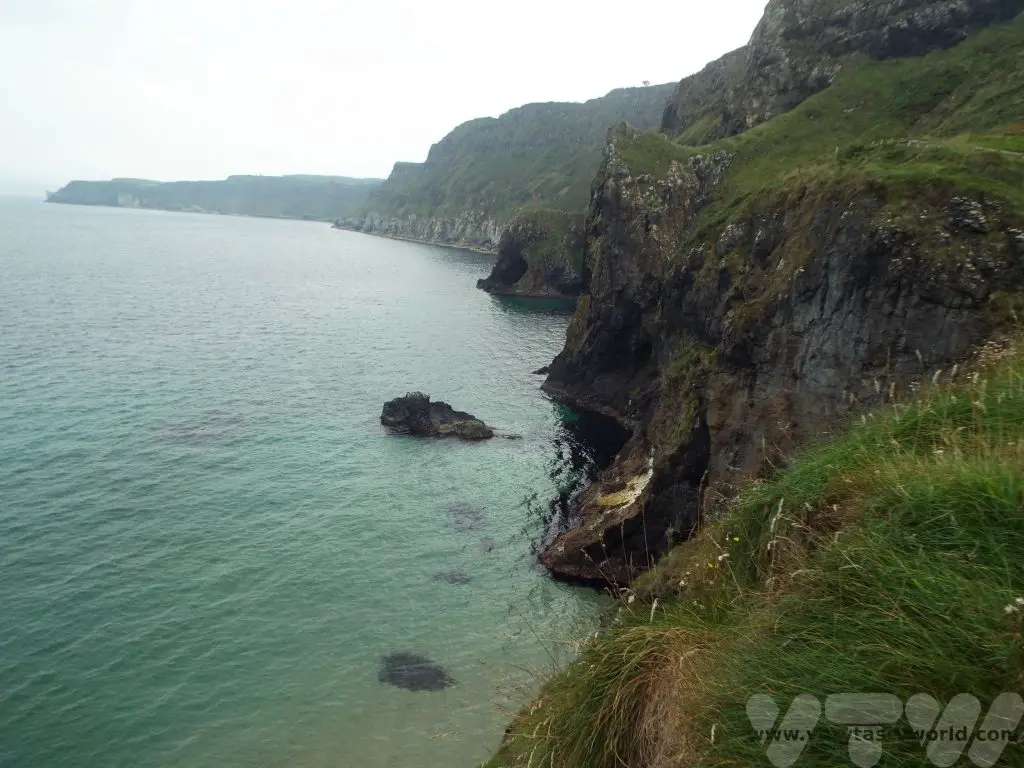
Giant’s Causeway
Around 11km along the coast from Carrick-A-Rede, the Giant’s Causeway was one of the attractions we had most wanted to visit on our trip. Mitch’s Geography A-level is entirely to blame, as it has been for all sorts of geographical attractions that we’ve visited over the years, from glaciers to oxbow lakes. Northern Ireland’s only UNESCO heritage site, the Giant’s Causeway is a wonder of nature.

It comprises some 40,000 basalt columns, largely in hexagonal shapes, that all interlock. They formed over 60 million years ago following volcanic eruptions which forced the layers of molten basalt to develop and then solidify on the chalk beds. As the lava cooled it contracted to form the columns, the relatively even rate of cooling determining that the liquid basalt settled into the characteristic shapes. But the cooling wasn’t totally uniform, so while most of the columns on the causeway are hexagonal, there are a few with more sides.
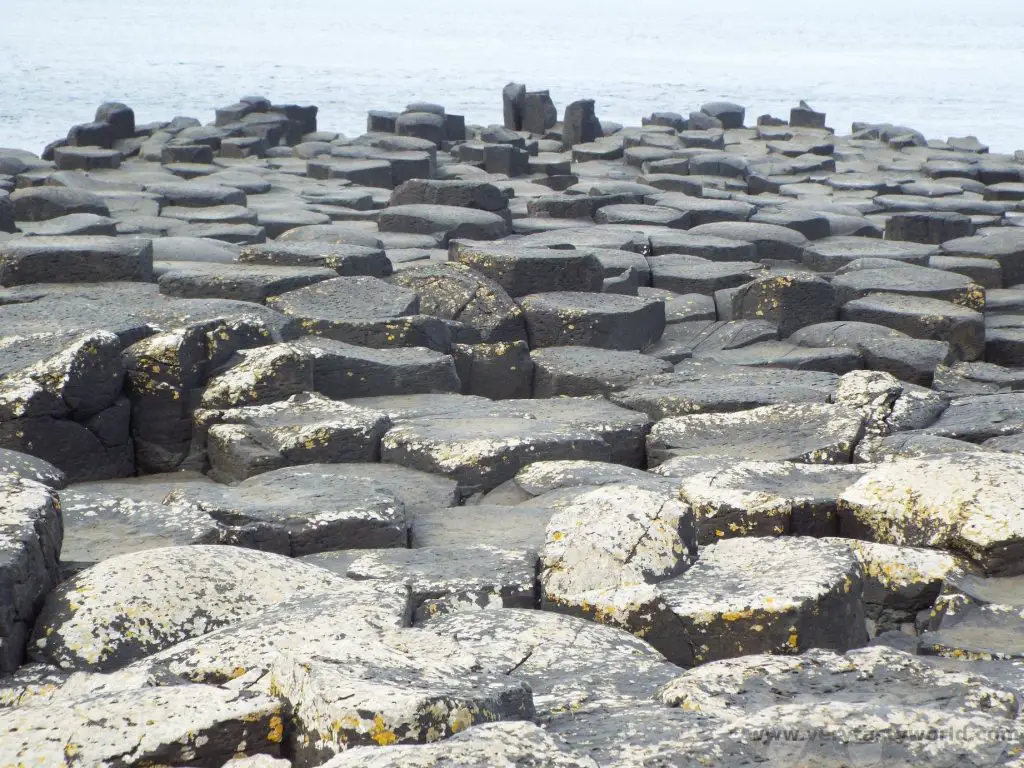
The causeway really is marvellous and, unsurprisingly, this is the most Instagrammed spot in Ireland. It’s possible to walk on the basalt columns themselves and there are a number of short hikes in the area that will take you to and from the visitor’s centre. Make sure you wear suitable walking shoes, the causeway can get slippery.
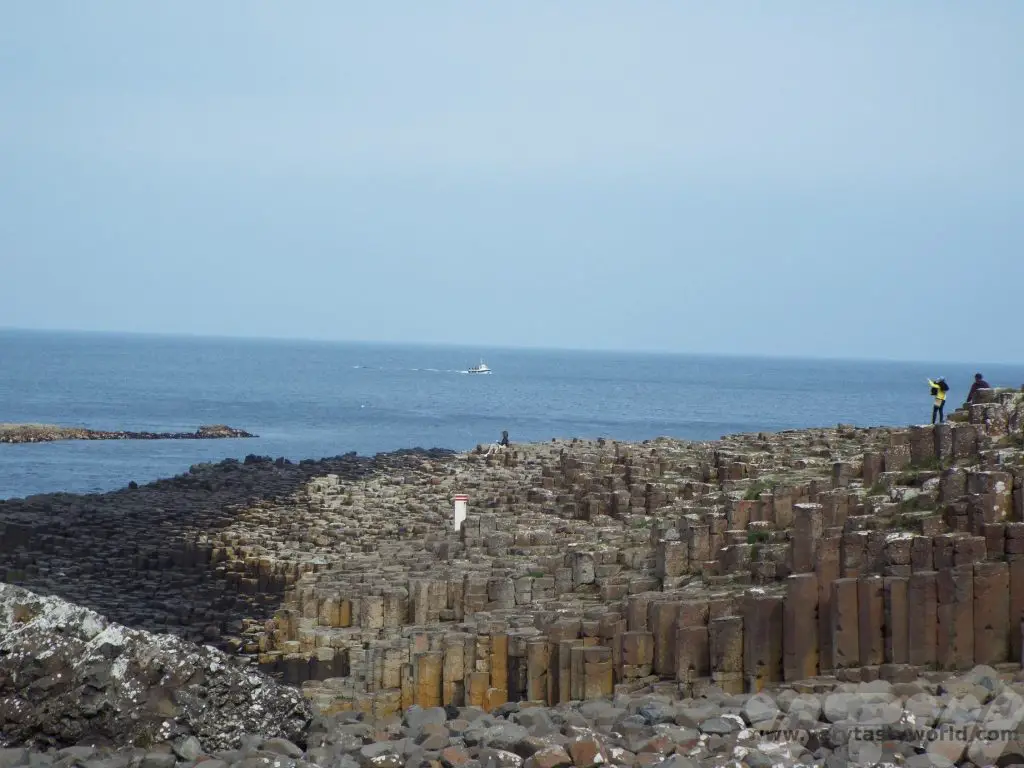
But alongside the geological wonder lies a legend. The giant of the eponymous causeway is Finn Macool who built it in order to take on rival giant Benandonner from Scotland. But Macool later learned that Benandonner was a much larger giant and would have presented a real challenge in a battle. So Finn’s wife had a very clever idea.
When they heard about the imminent visit from his rival she wrapped Finn up in baby clothes and placed him in a giant cradle. Benandonner arrived and was informed that Finn was not at home. And he was so shocked at the size of a ‘baby’ giant, he figured that the adult Macool must be enormous so he fled Ireland, destroying the causeway behind him to ensure that Finn wouldn’t follow.
Further Finn Legends
Finn was also the giant reputed to have scooped out a large portion of soil in Northern Ireland to chuck at his Scottish rival. Unfortunately he missed and it ended up in the sea, forming either the Isle of Man or Ailsa Craig. The scooped out hole in the earth became Lough Neagh.
There are all sorts of other legends about the various rock formations in the area. Finn’s giant camel, which was apparently his only form of transport when he wanted to cover long distances, can be seen on the approach to the causeway. Sadly it was turned to stone. There is most definitely a camel-shaped rock in the picture below.
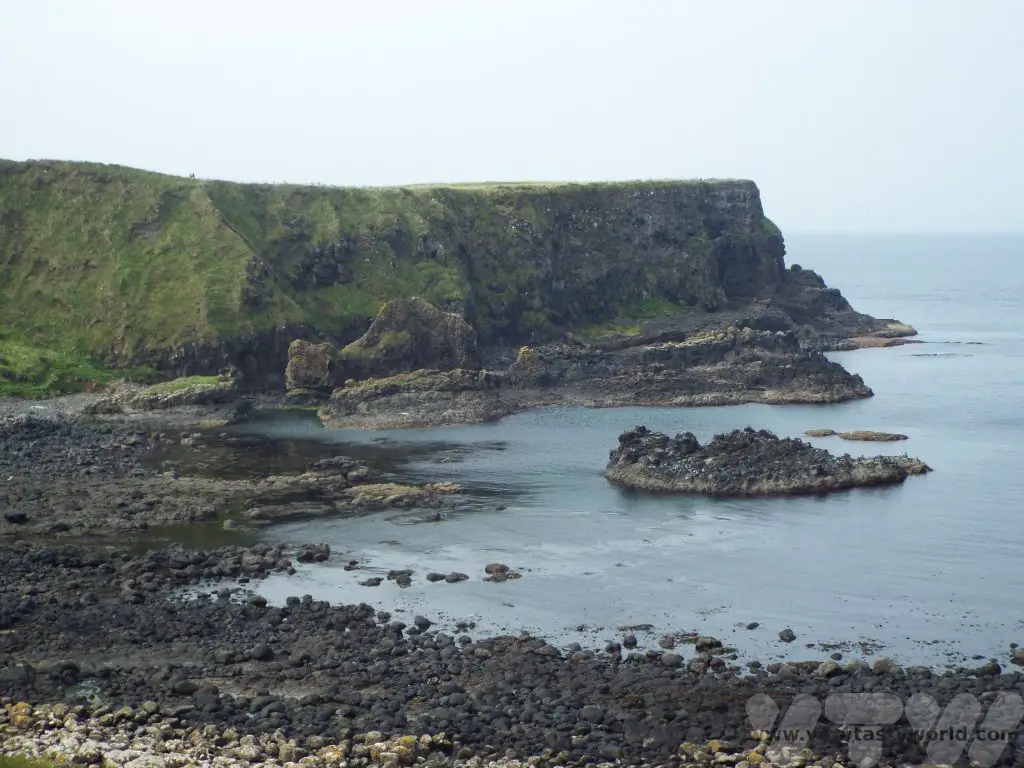
And apparently he used to play the organ – there are organ pipes on the headland overlooking the causeway, which are also basalt stacks.
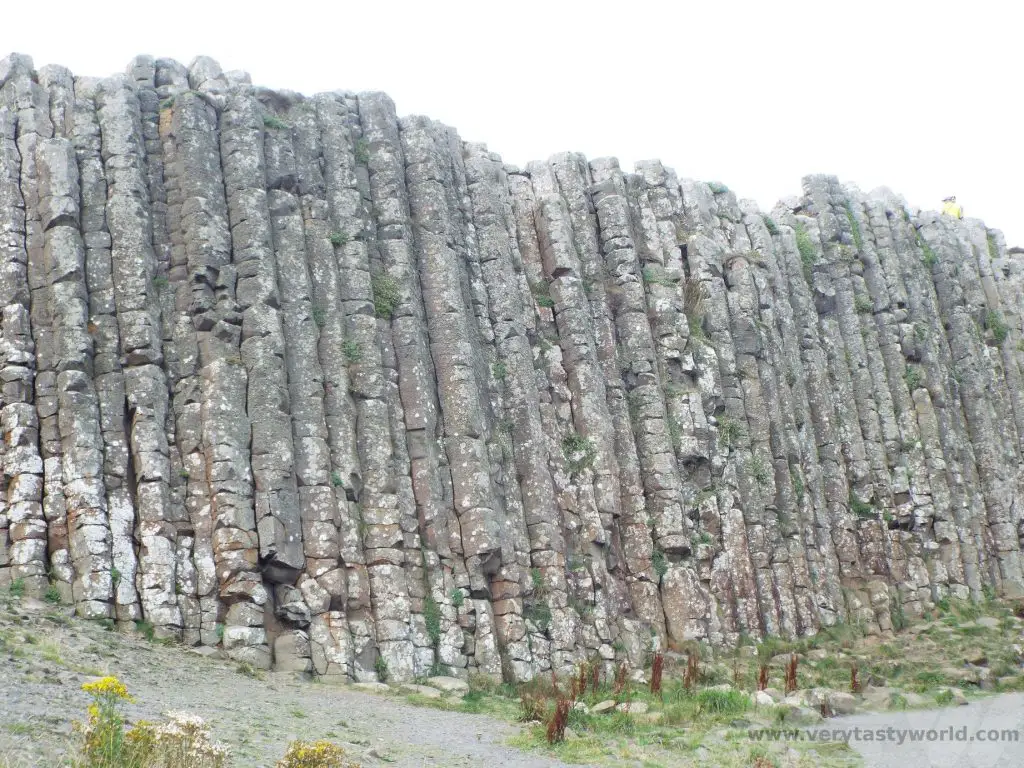
The Giant’s Causeway is a National Trust site, so members can visit and park for free. It’s advisable to pre-book tickets online, especially if you want a space at the local car park if travelling by car. The visitor’s centre has lots of information about the site and runs free guided walks for visitors – you are provided with a headset, because it can get very windy, and this ensures you can hear the commentary. We recommend a tour as the guides provide loads of geological information as well as stories of the giant’s legends.
Bushmill’s Distillery
Moving inland, Bushmill’s is Northern Ireland’s best known whiskey distillery and the oldest working distillery in the world. It dates from 1608 when King James granted a licence and is named for all the mills located on the nearby River Bush. It offers distillery tours and tastings.
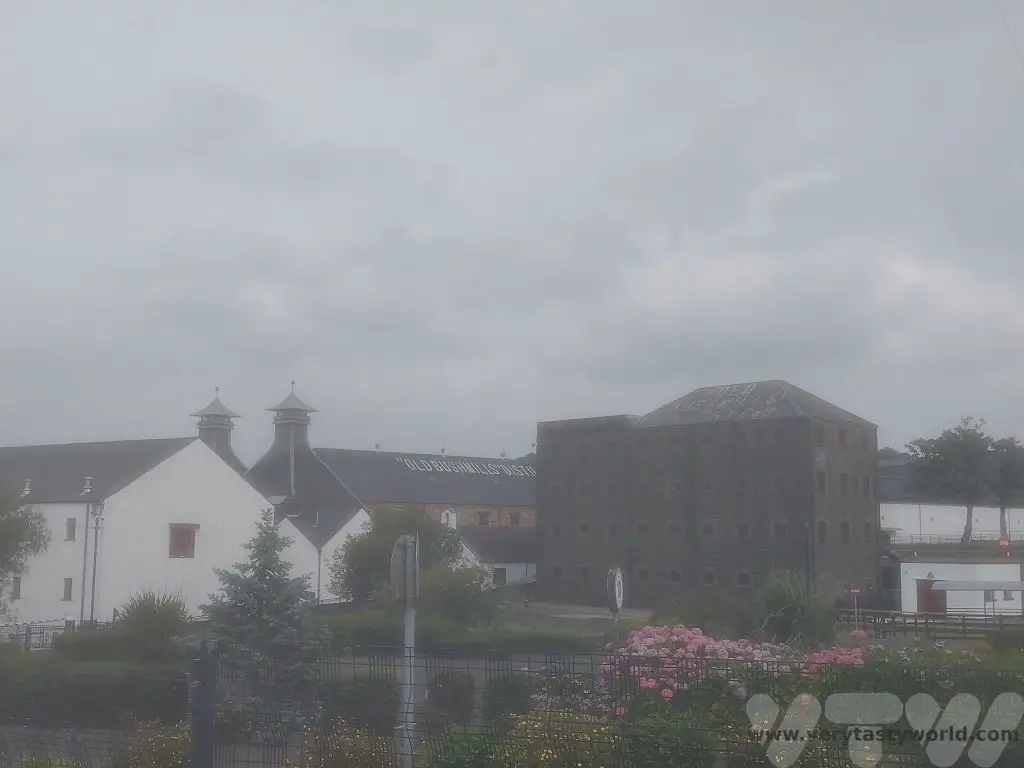
Old-Fashioned Seaside
If you’re looking for a bit of beach time, head back to the coast and then travel west to Portstewart or Portrush which are both popular locations. Portrush offers amusement parks and arcades whereas Portstewart enjoys a long beach with promenade. Portstewart also boasts Morelli’s ice cream parlour, established in 1927, which has a fantastic reputation for really good ice cream.
Derry
Continuing in a westerly direction we arrived at Derry – also known as Londonderry. It is the second largest city in Northern Ireland.
This is the only city in Ireland to have retained its original walls and is considered to be amongst the best walled cities in Europe. Walking the city walls is an essential activity in Derry.
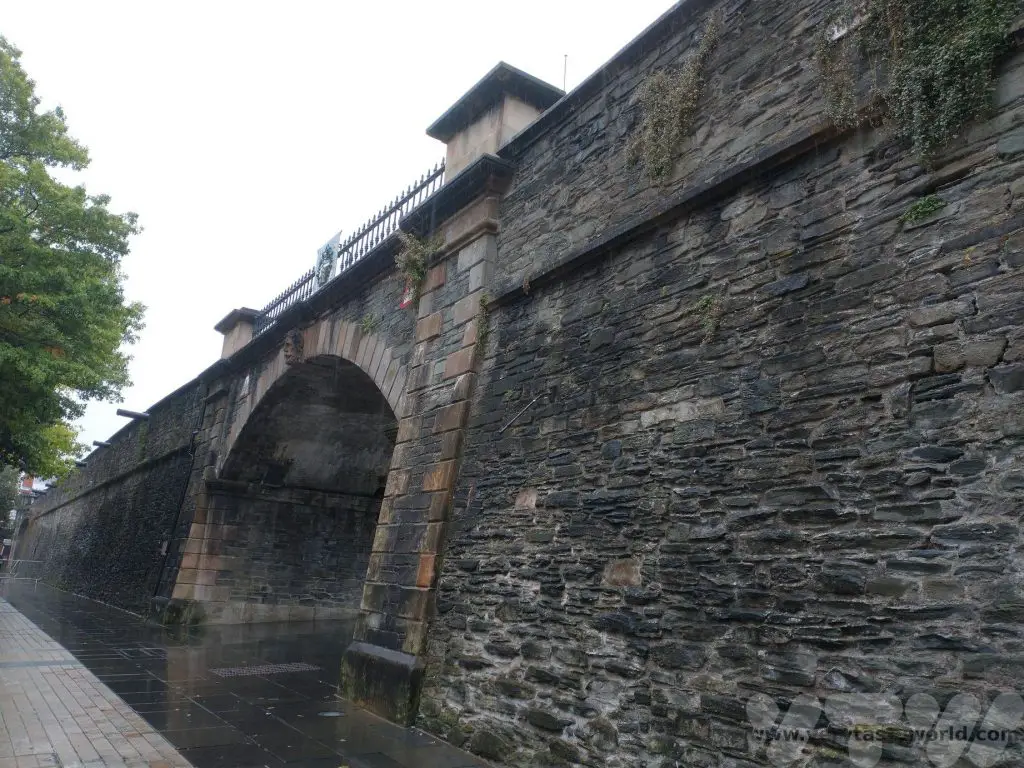
The walls were built in the 17th century by the Irish Society in order to protect the city from English and Scottish settlers. The Siege of Derry started in 1689 when apprentices locked the gates against invading forces loyal to James II. Eventually, the king himself arrived to demand a surrender but the citizens refused. The siege lasted several months and the walls were never breached – ships on the river Foyle eventually managed to get supplies to the hungry but stubborn Derry folk.
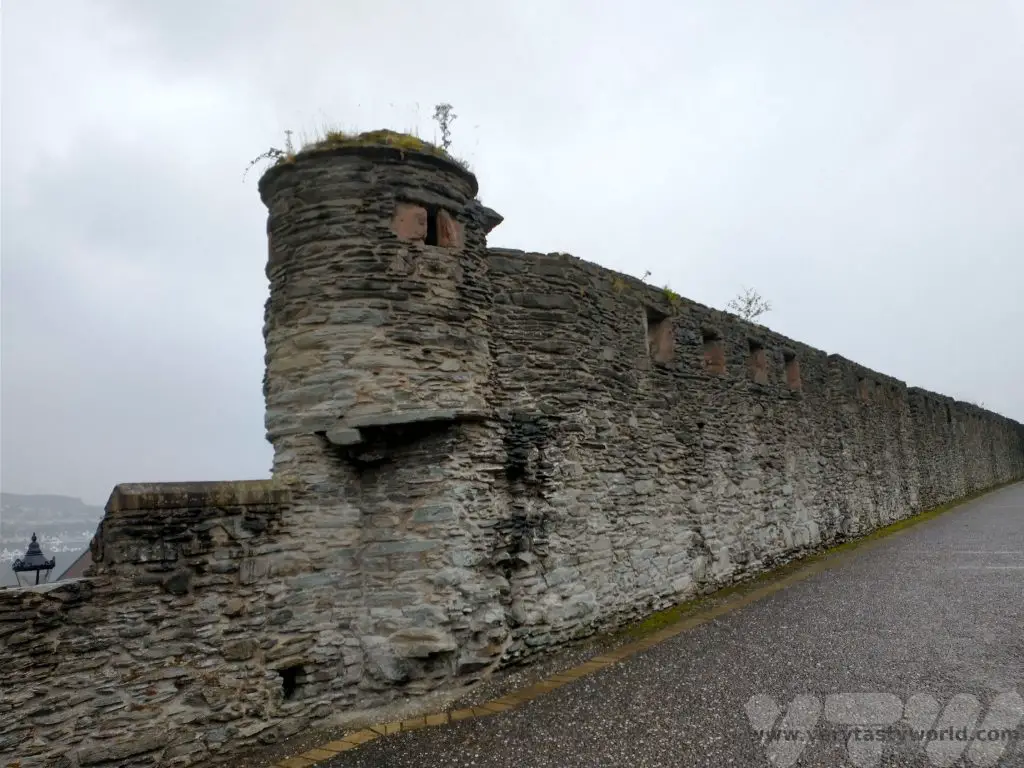
The city walls are around 1.5km in length and take around 20-30 mins to walk around. There are seven gates: Shipquay Gate, Butcher Gate, Bishop’s Gate and Ferryquay Gate are the four original gates, with New Gate, Castle Gate and Magazine Gate being added later. Many defensive cannon can still be seen.
St Columb’s cathedral is is dedicated to Saint Columba who was an Irish monk who set up a Christian settlement to the area and then brought Christianity to Scotland after being exiled from Ireland. Construction on the cathedral started in 1628 and it is the first cathedral to have been built following the Reformation in the UK.
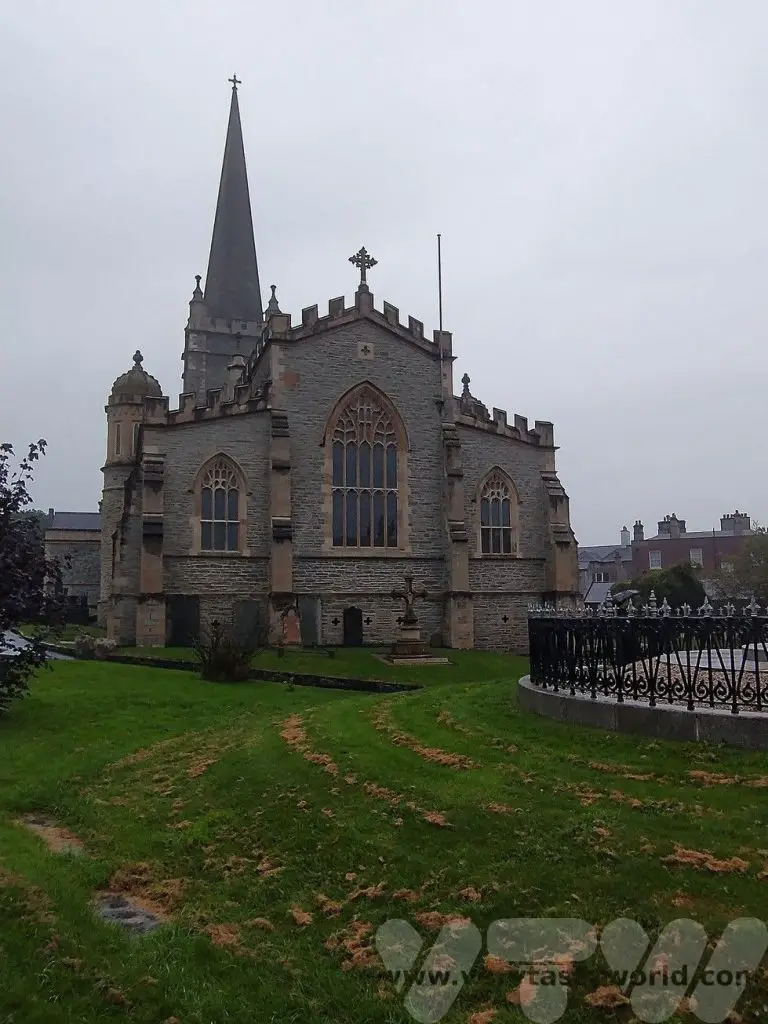
Derry’s beautiful Guildhall is where the city council meet. Completed in 1890 the design of the distinctive clock tower was influenced by the Elizabeth Tower in London, more commonly known as Big Ben (which is actually the bell of the great clock).
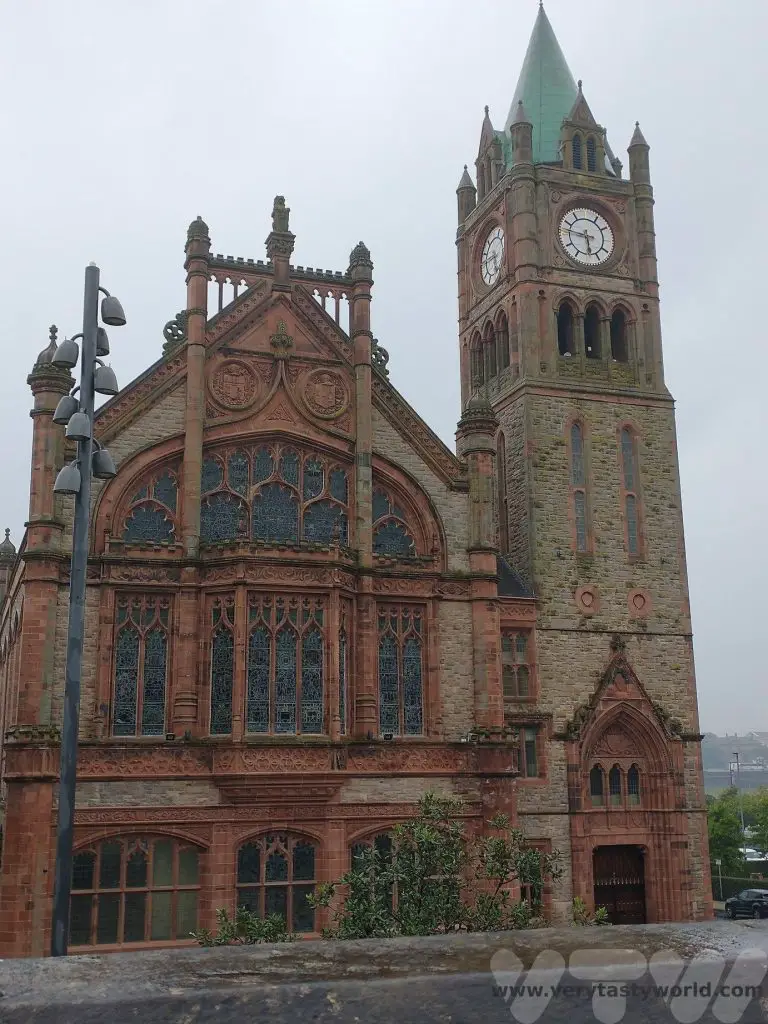
Derry has a history of sectarian tension and is the place where the conflict known as the Troubles began. The Battle of the Bogside took place in 1969 and this area was also the location of the Bloody Sunday incident in 1972. The Museum of Free Derry is dedicated to the struggle for civil rights in the region in the context of the creation of Free Derry in the 1960s and 1970s.
The street art has a political edge.

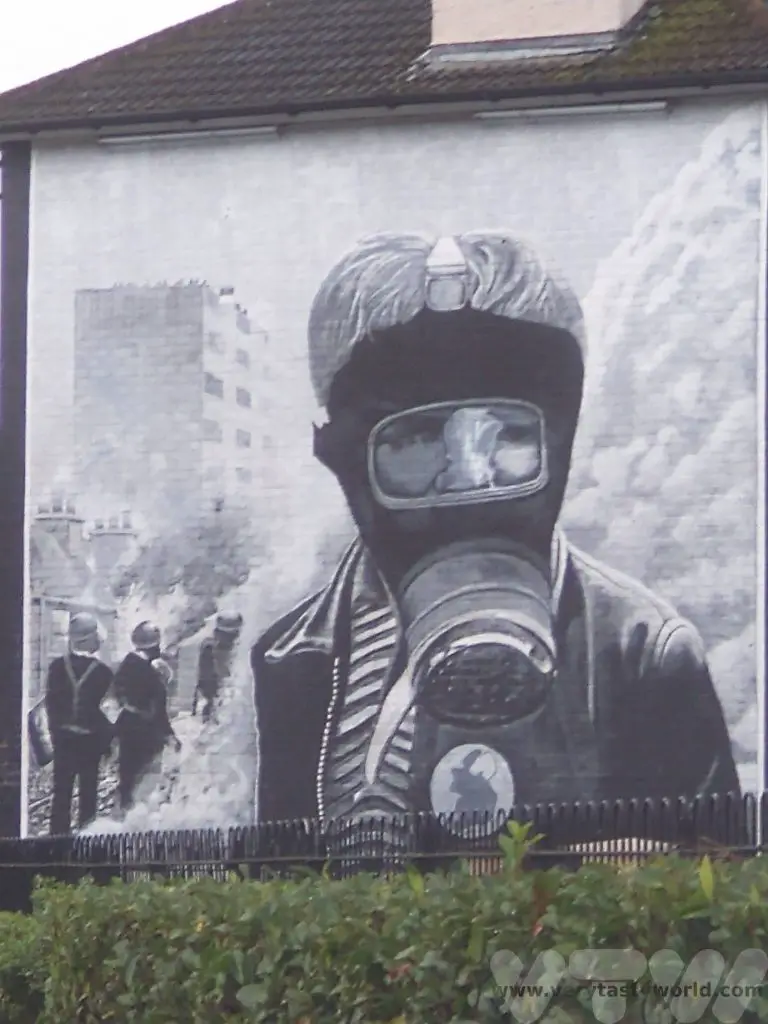

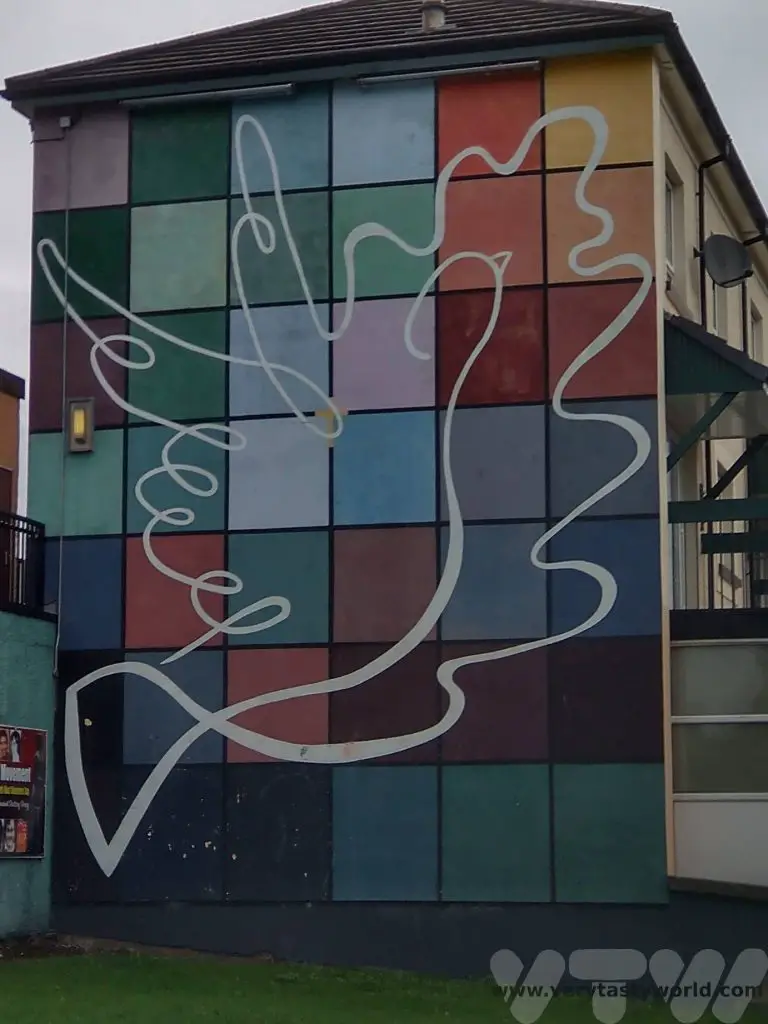
Free Derry corner is a landmark in the Bogside area where nationalists declared an autonomous area in the 1960s and 70s. Originally graffiti on the gable wall of a terraced house, the houses were demolished in later years but the wall remains.
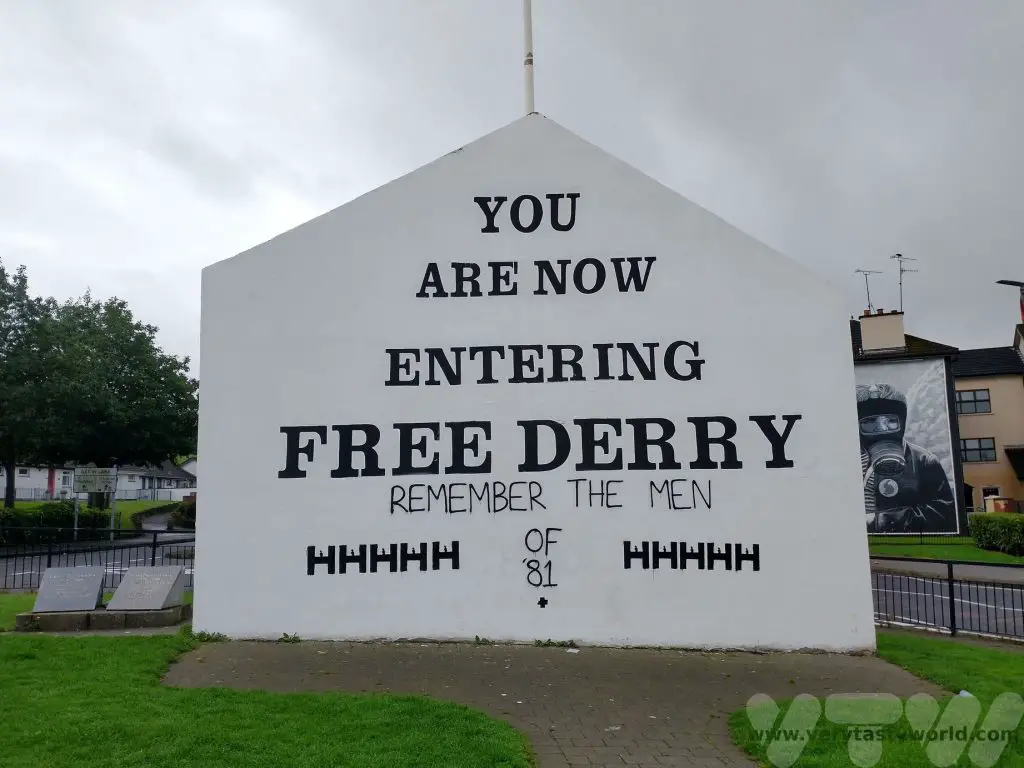
The Good Friday Agreement in 1998 ended a significant amount of the violence associated with the Troubles. It acknowledged that that the majority of the people of Northern Ireland wished to remain a part of the United Kingdom and that a substantial section of the people of Northern Ireland, and the majority of the people of the island of Ireland, wished to bring about a united Ireland.
The Derry Peace Bridge was opened in 2011. It’s a bicycle and footbridge which crosses the River Foyle and links the Waterside area, which is mainly unionist, with Cityside, which is largely nationalist.
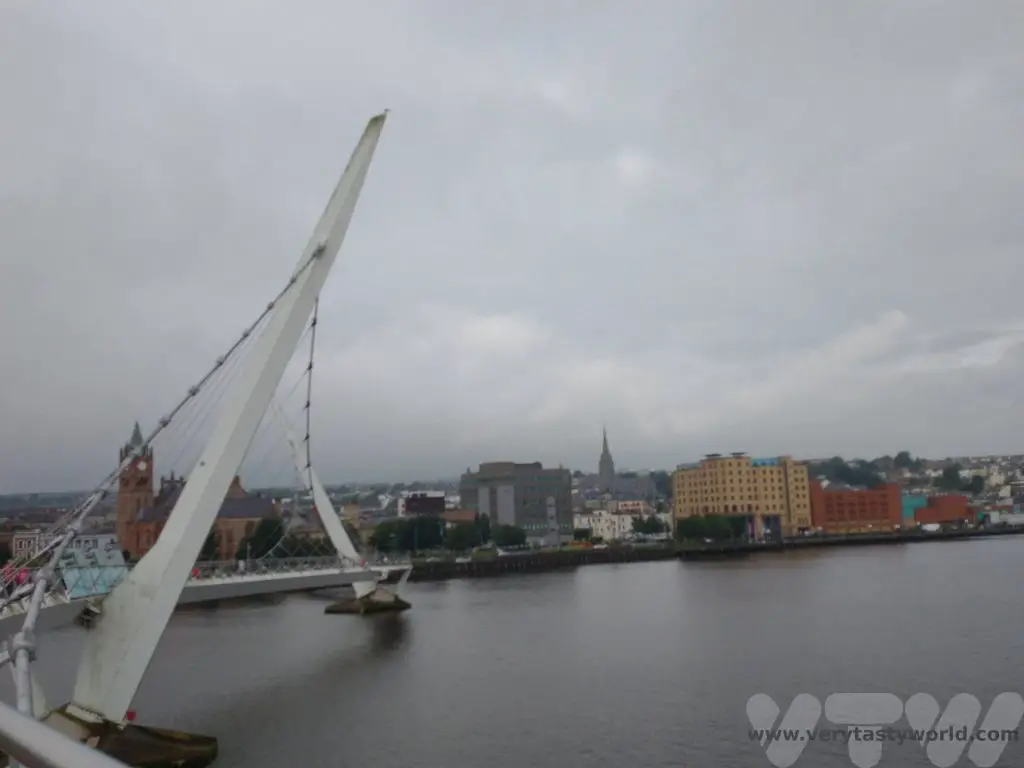
Browns in Town
A recommendation for foodies is Browns in Town, a sister restaurant to the fine dining establishment Browns Bonds Hill, a Michelin-starred restaurant with an excellent reputation. Located on Strand Rd, Browns in Town offers modern Irish cuisine – fine dining at exceptional prices. We enjoyed pan seared scallops with smoked beef, celeriac and a red wine jus, a pork wellington with jus, and pressed beef, served with a side order of champ – an Irish dish comprising creamy mashed potato with spring onion (and lashings of delicious butter).
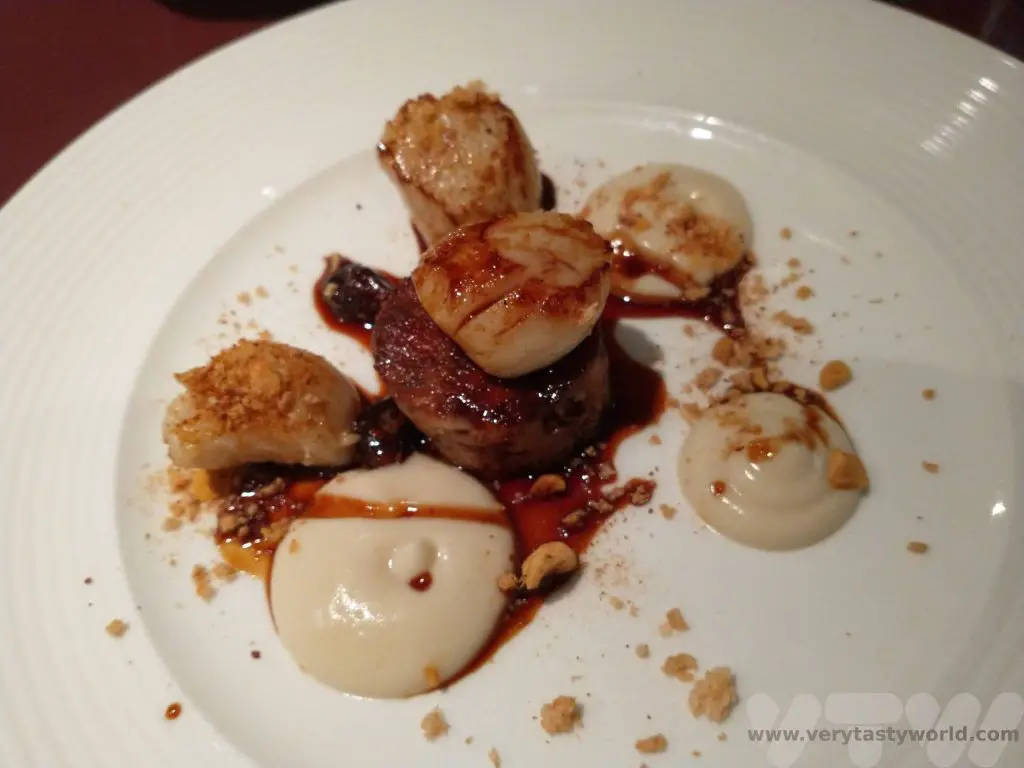

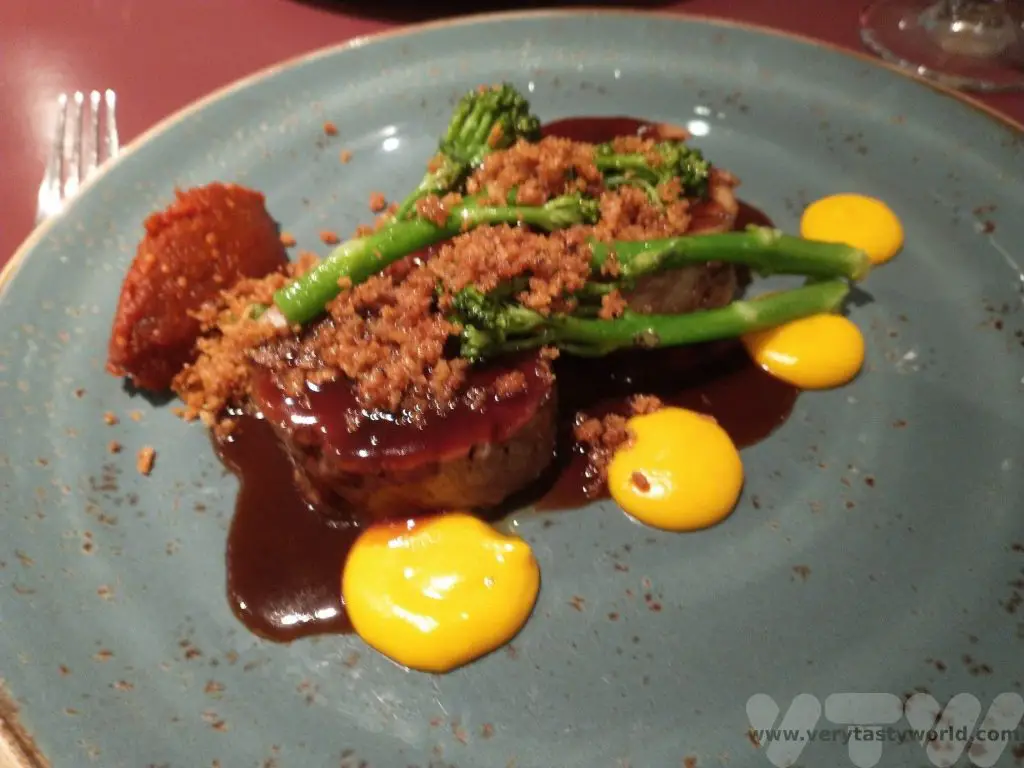

We visited Northern Ireland as part of a longer road trip where we also followed much of the Wild Atlantic Way in the Republic of Ireland. We can highly recommend this beautiful area with its very friendly people as a great place to enjoy a few days.
Belfast is just a couple of hours’ drive from Dublin. This blog post by faheyjamestravel has a list of things you can do there.

The Gassho Farmhouses of Rural Japan
It’s not often that we use the word ‘unique’ because very often things described as such usually aren’t. Unique, that is. But there are some villages in rural Japan that are the only examples of their kind and they offer a fantastic glimpse into traditional life in the Japanese countryside.

The historic mountain villages of Shirakawa-go and Gokayama have been designated as UNESCO heritage sites and were historically quite isolated from the rest of the world. The villages Ogimachi in Shirakawa-go, and Ainokura and Suganuma in the Gokayama region are located in central Honshu, on the Shogawa river valley, across the borders of the Gifu and Toyama Prefectures.
Ogimachi is probably the most famous of the villages and is known for its light-up events, where the whole village turns their lights on in winter-time and visitors come from far and wide to marvel at the beauty of a snowy wonderland. These are scheduled events and hugely popular. Reservation is essential, not only for staying in the village but also for attending the viewing and some transportation options.
Initially when planning our winter trip we thought that Ogimachi would be the obvious place to visit but unfortunately everybody else thinks that too. It was impossible to find accommodation in this lovely village, even when trying to book several months in advance. But we had a Plan B which worked very well indeed. Ainokura is smaller and quieter but similarly delightful.
Getting to Ainokura in Rural Japan
We had been staying in a business hotel in the lovely city of Kanazawa on the western coast of Japan and, as we planned to return there, left our main luggage at the hotel and just took an overnight bag with us. We then caught the shinkansen (bullet train) from Kanazawa to Shin-Takoaka. It is possible to catch a bus to Ainokura from Shin-Takoaka – the journey takes just over an hour or so – but we caught possibly the cutest train ever to Johana and caught our bus from there.
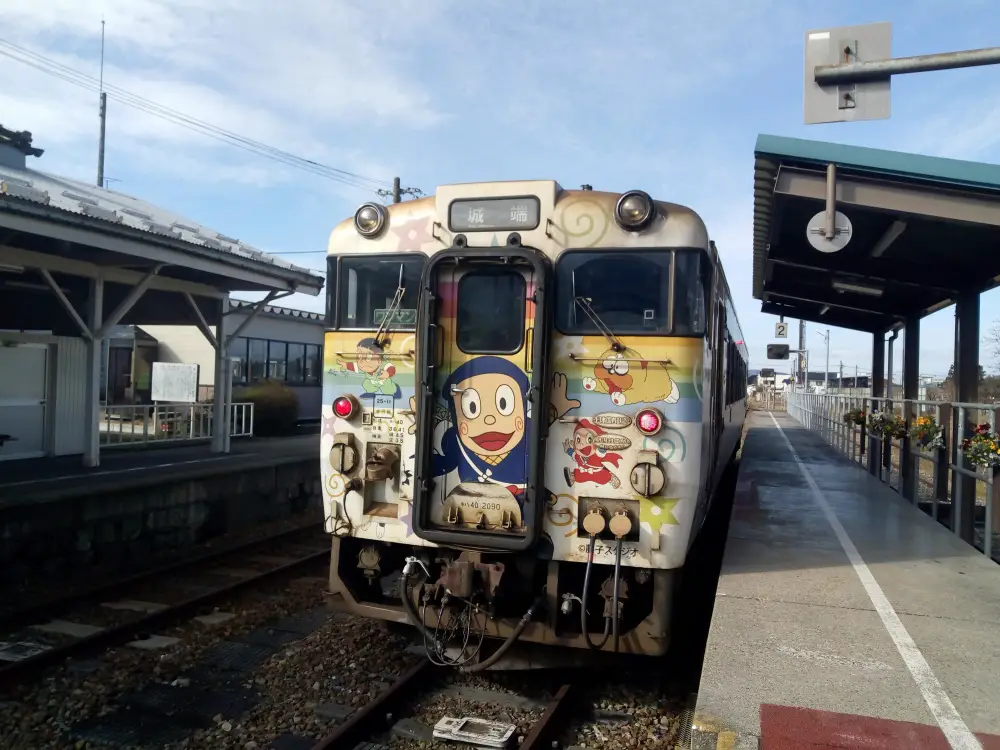
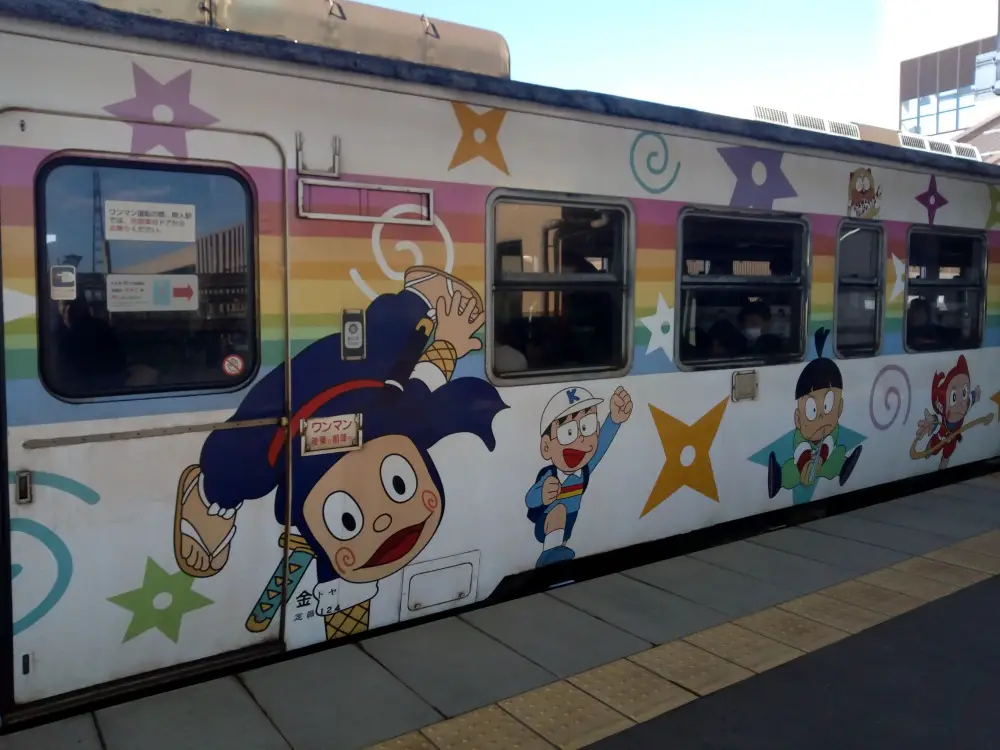
Ainokura can also be reached from Toyama. The shinkansen goes to Toyama and it’s possible to catch a bus from there. It is feasible to visit the village as a day trip from both Takoaka and Toyama but we recommend staying overnight.
Our bus to Ainokura left from Johana station and we embarked on a pleasant journey through the Japanese countryside. A short walk from the main road took us into the village.
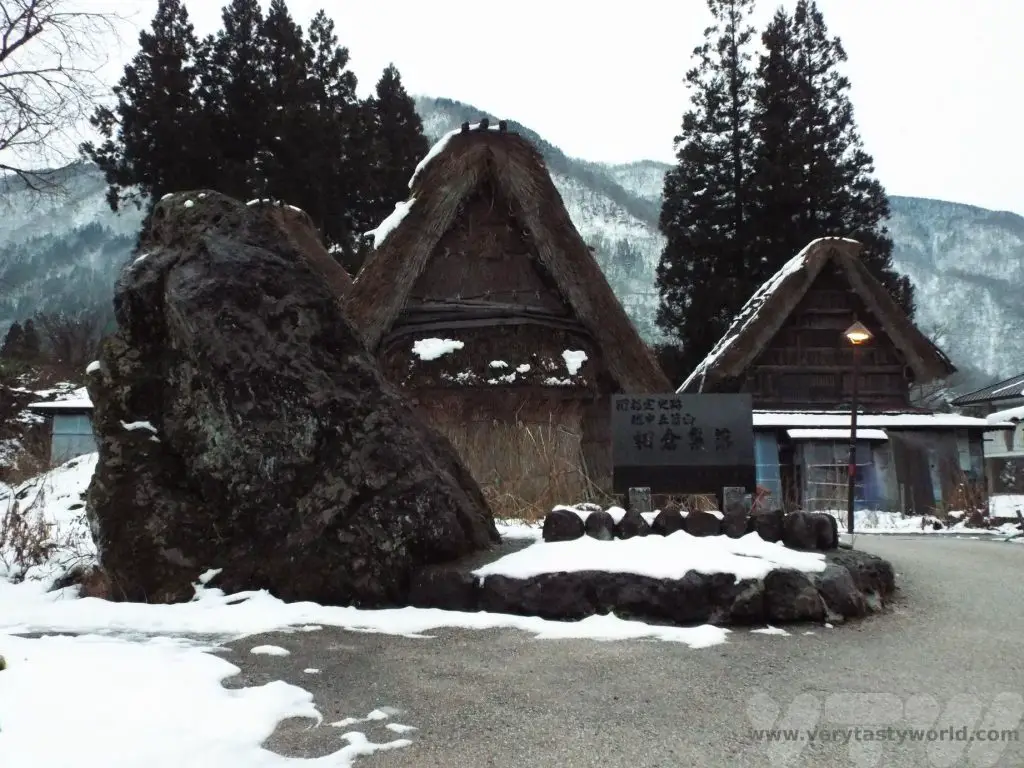
A word of warning: If you are visiting during the winter the area can experience a lot of snowfall – 2-3 metres on occasion. This may mean that occasionally buses can’t get through and are delayed until the roads can be cleared. It’s worth bearing this in mind when planning your onward journey.
Staying in a Gassho Farmhouse
The farmhouses are called ‘gassho’ which means ‘joining hands in prayer’ due to their very steeply pitched thatched roofs. Because the area experiences such heavy snow in winter, the roof design ensures that snow falls off the building quickly and this helps prevent the structure being crushed by its weight.
The houses have three or four levels – the top levels are not living areas but used for various industrial or farming purposes, such as making washi paper or rearing silkworms.
The front and back have a large gable with windows to let the light in.
We booked a room at Yomoshiro ryokan, a delightful family run house.
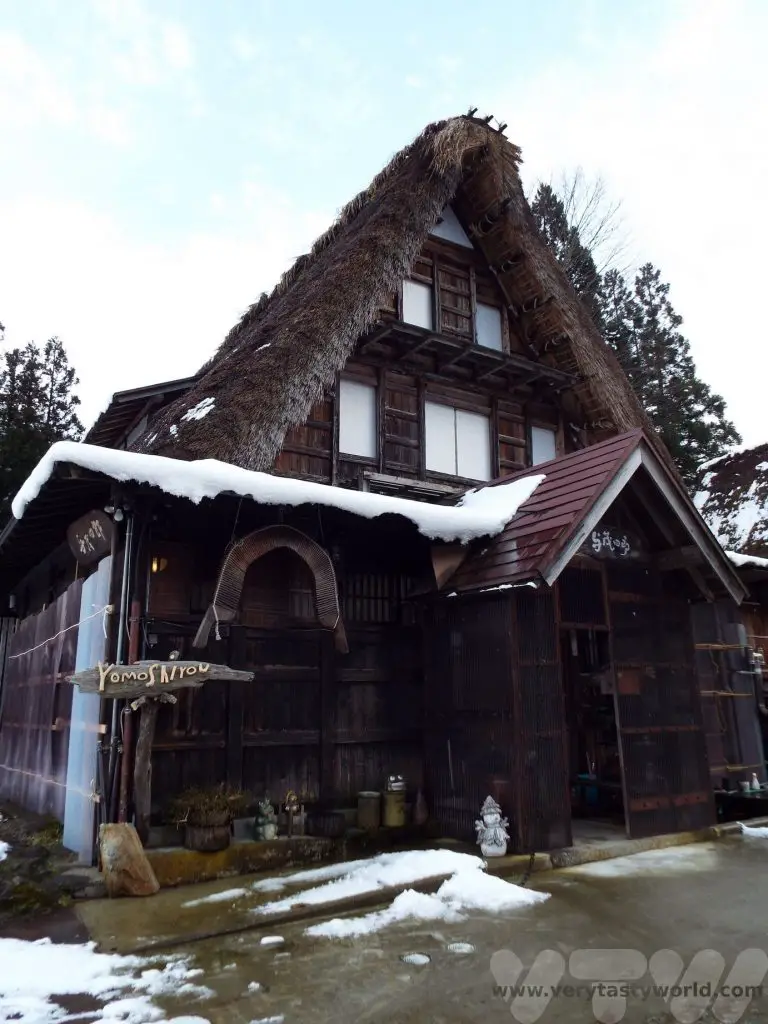
On arrival we took off our shoes and were offered an array of indoor slippers to wear. This is very common in all Japanese households, it’s considered very rude to wear outdoor shoes inside a house.
Our hosts were lovely and very welcoming. We were offered a cup of warm tea and a biscuit in the living area.
The living area has a sunken fire with a kettle suspended above the embers. The room was warm and toasty.
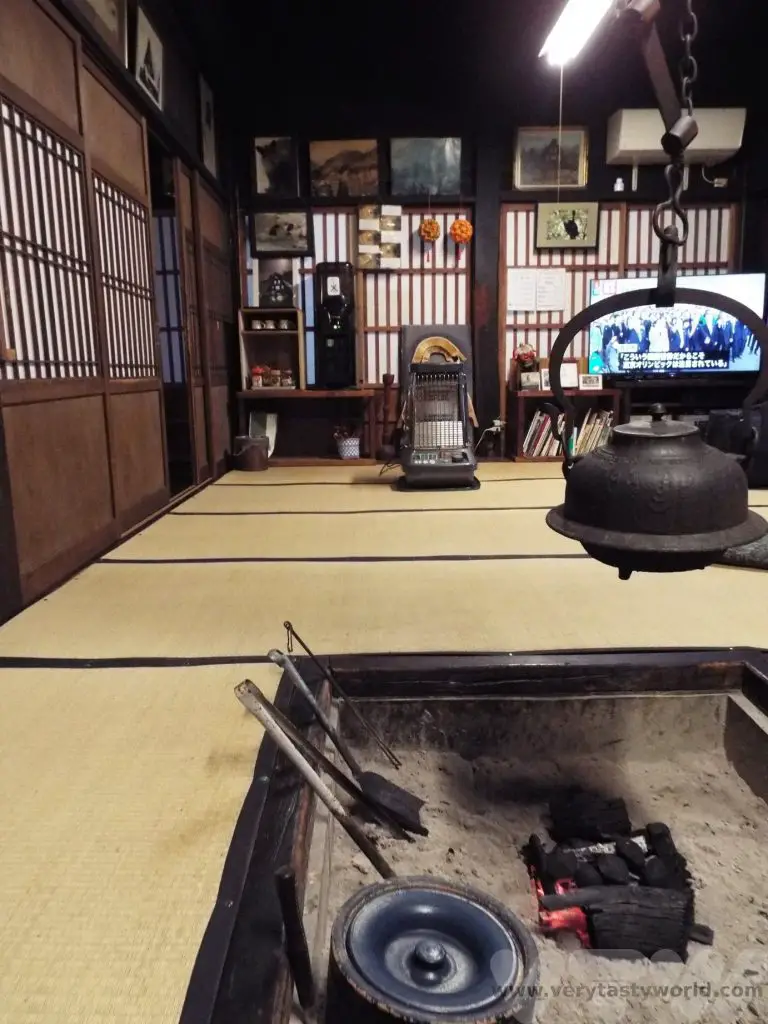
Our room was in traditional style with tatami (reed) mat and futon bedding on the flooring. Usually the bed is laid out while you are enjoying dinner.
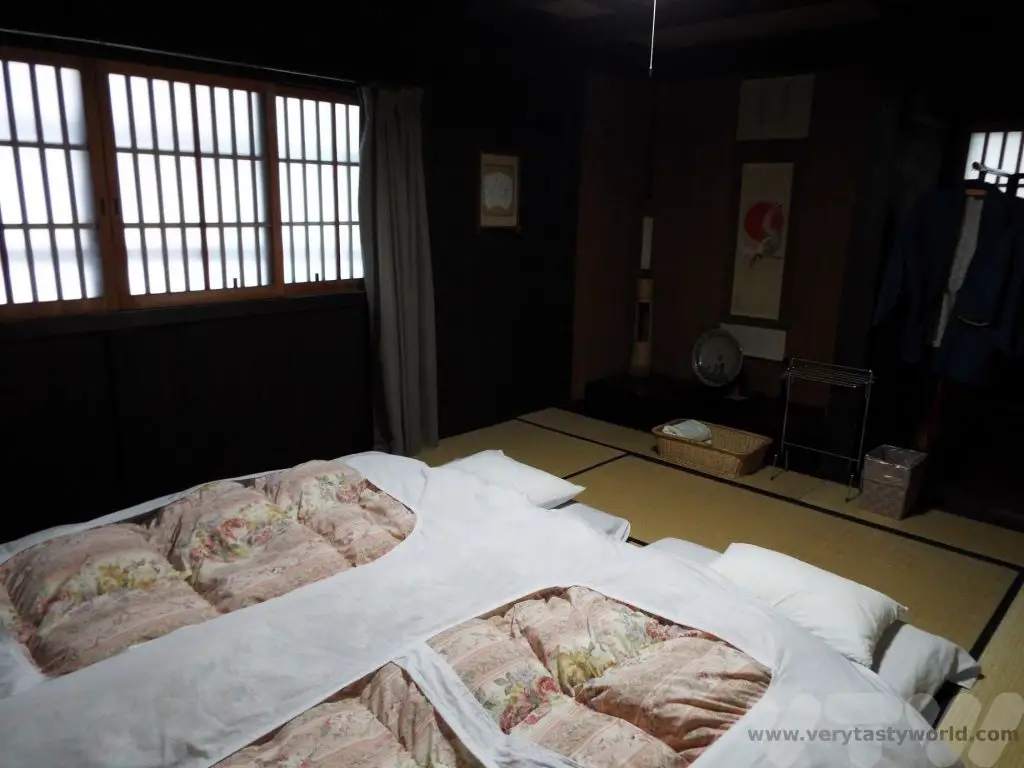
The bathroom and toilet were shared with other guests and one thing that you need to remember in Japan is to change your indoor slippers for bathroom slippers when you use the bathroom or toilet. And change them back – it is really easy to forget to change the slippers back and walking on the tatami in your bathroom slippers is like walking inside in your outdoor shoes.
Exploring the Village
We visited the day that our hosts reopened their accommodation after the new year holiday so unfortunately some of the attractions in the area weren’t yet open. There is a museum of traditional industries which demonstrates the paper making and silk activities of the region.
The village also has a folk museum that showcases traditional utensils, tools and musical instruments from the region.
There are a number of walks in the area. One of these is essential – a viewing area close to the village entrance where you can climb up the hillside to take that perfect shot of the village, nestled amidst the mountains.
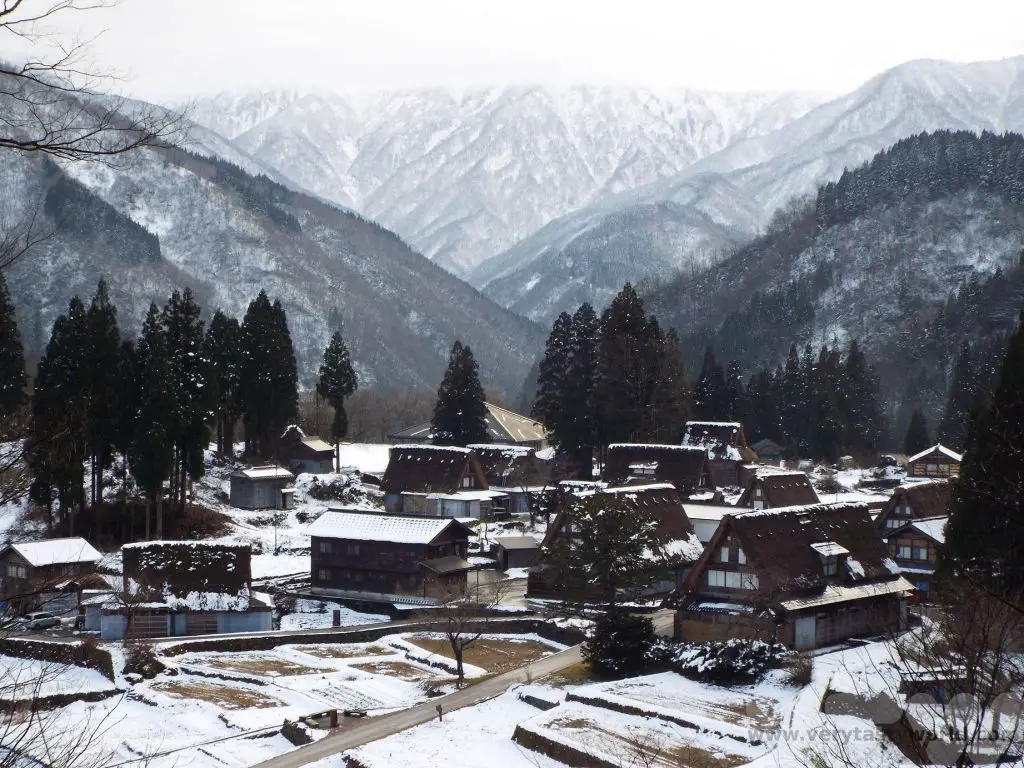
Back to the Gassho for Dinner
The costs of our stay included dinner and breakfast and this was a highlight of the visit as the food on offer was locally sourced, some even grown by our hosts. We dined with the other guests in the living area.
Our home-cooked dinner was utterly delicious. Char, a fish a bit like a trout, was salted and roasted on a spit in the fire.
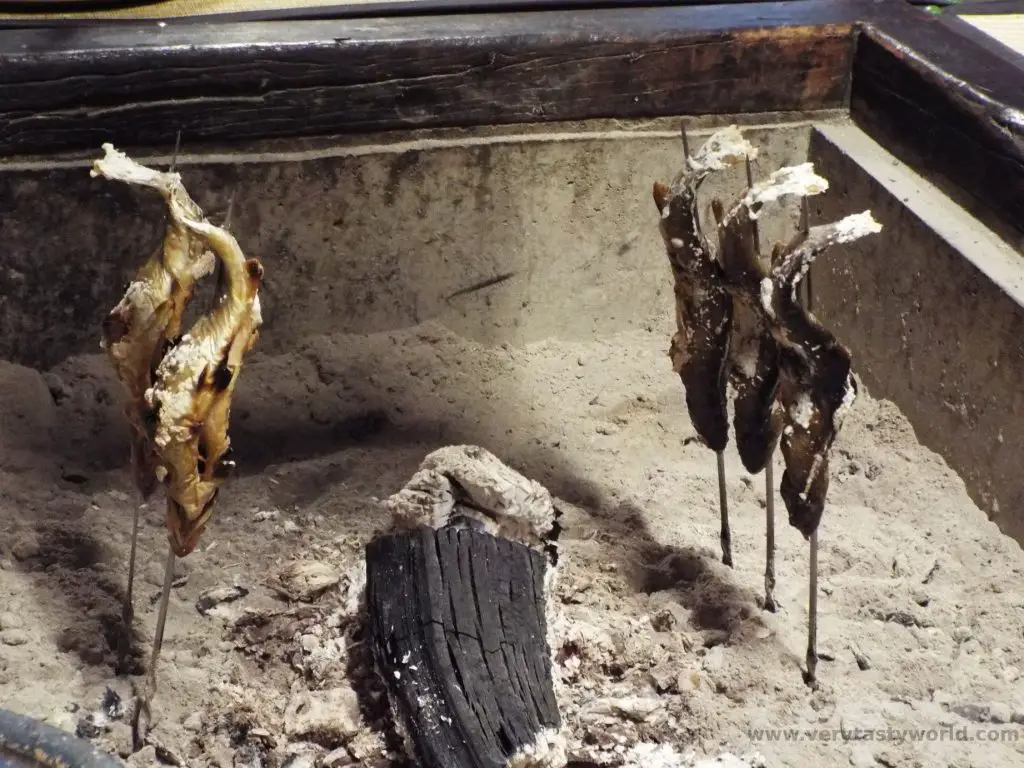
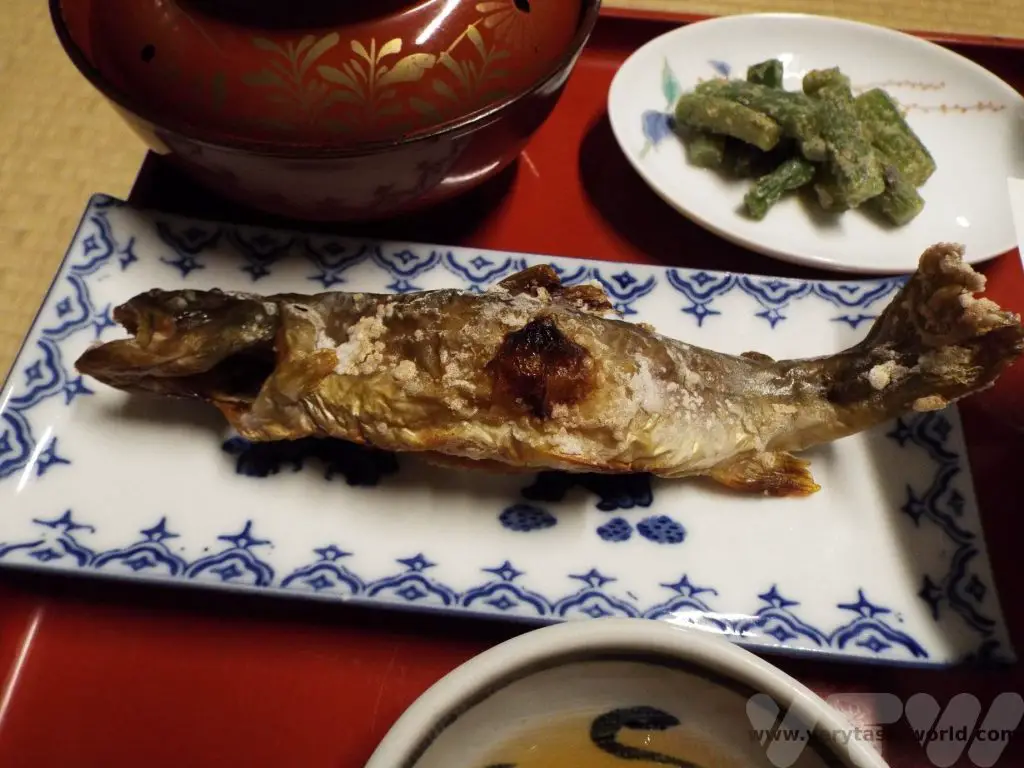
We were also served koi sashimi, vegetable tempura and a home-grown spaghetti squash, mountain greens, and simmered bamboo shoots, mushrooms and sweet potato.
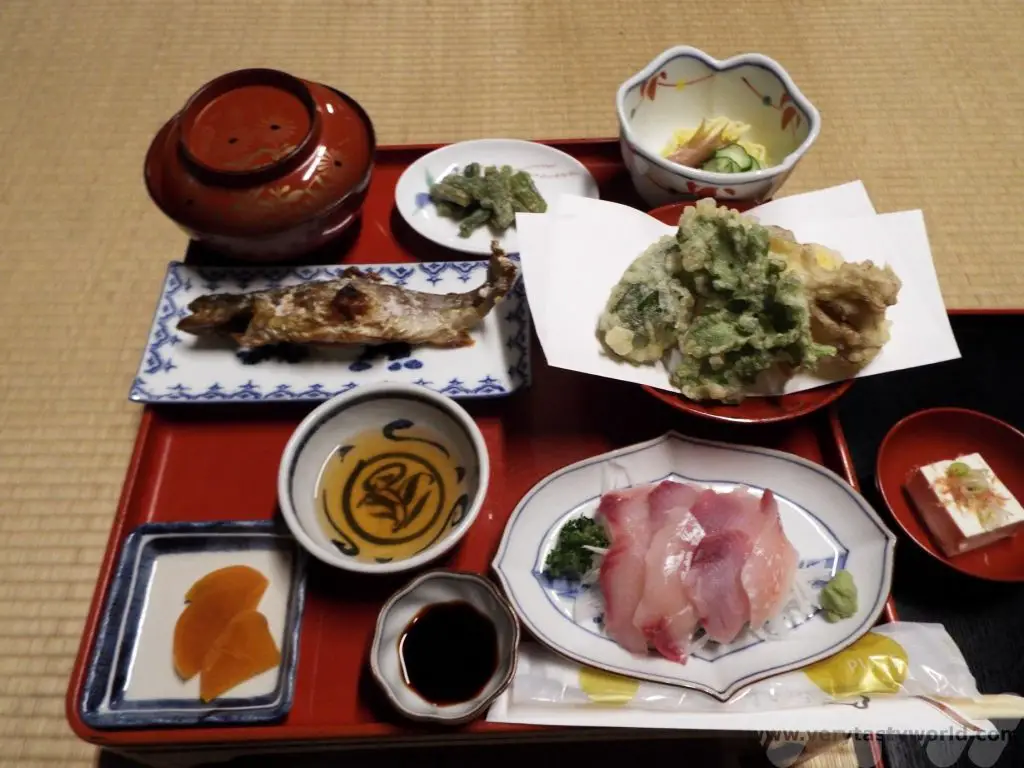
Rice accompanied the meal and we also enjoyed some local sake.
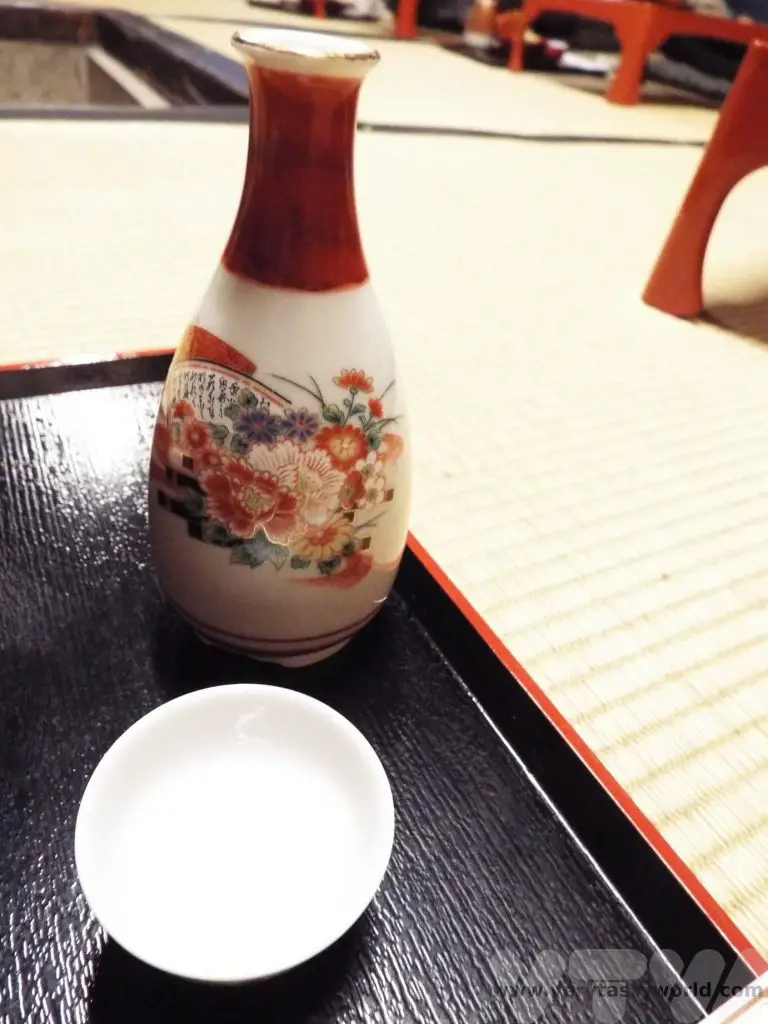
After dinner we were entertained with a documentary about the villages and then our hosts played some music using traditional instruments.
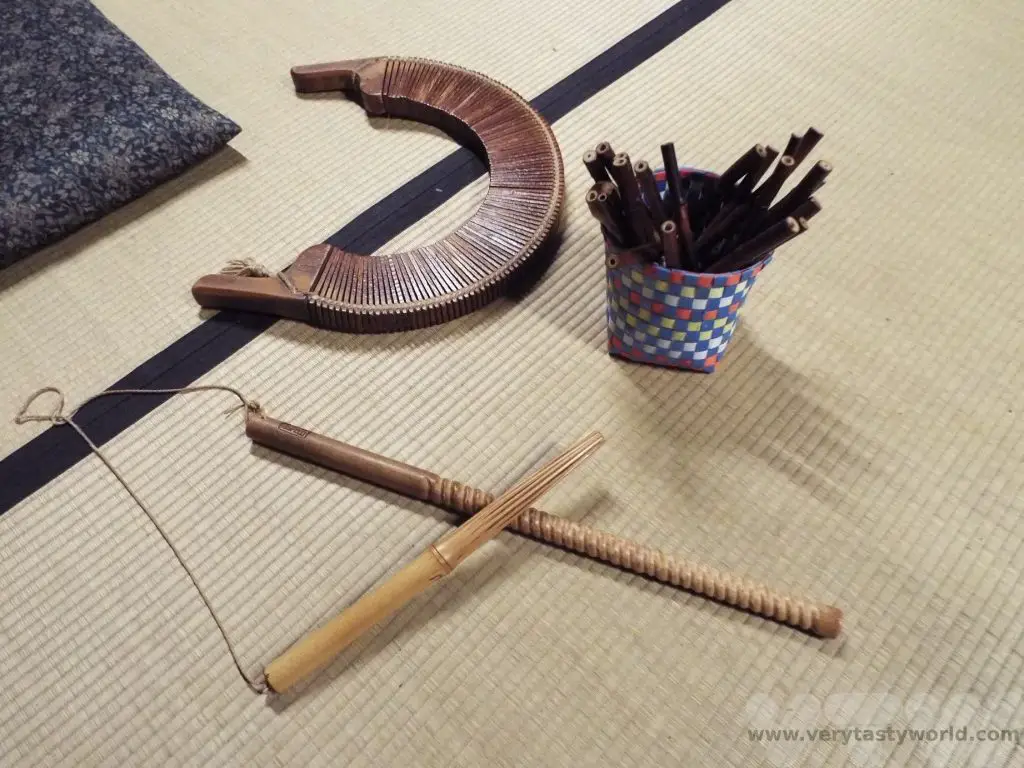
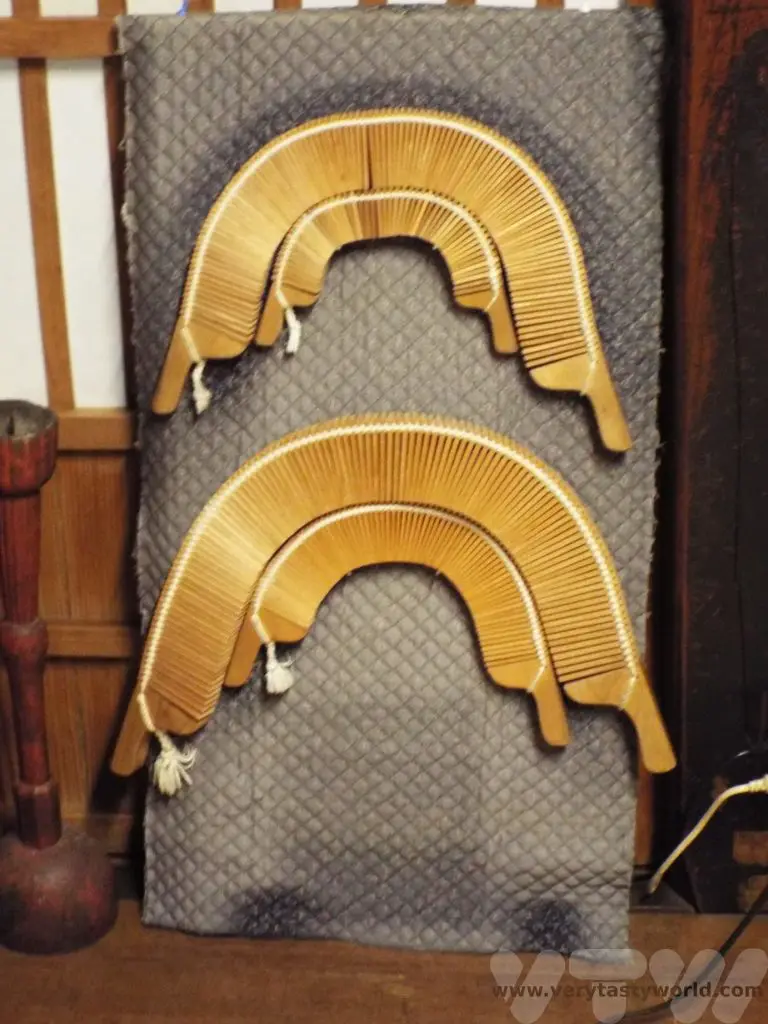
A lot of these are percussion, notably the sasara which comprises many wooden clappers which are strung together.
A Cosy Night’s Sleep
At bedtime we were provided with hot stones to put into our futons.
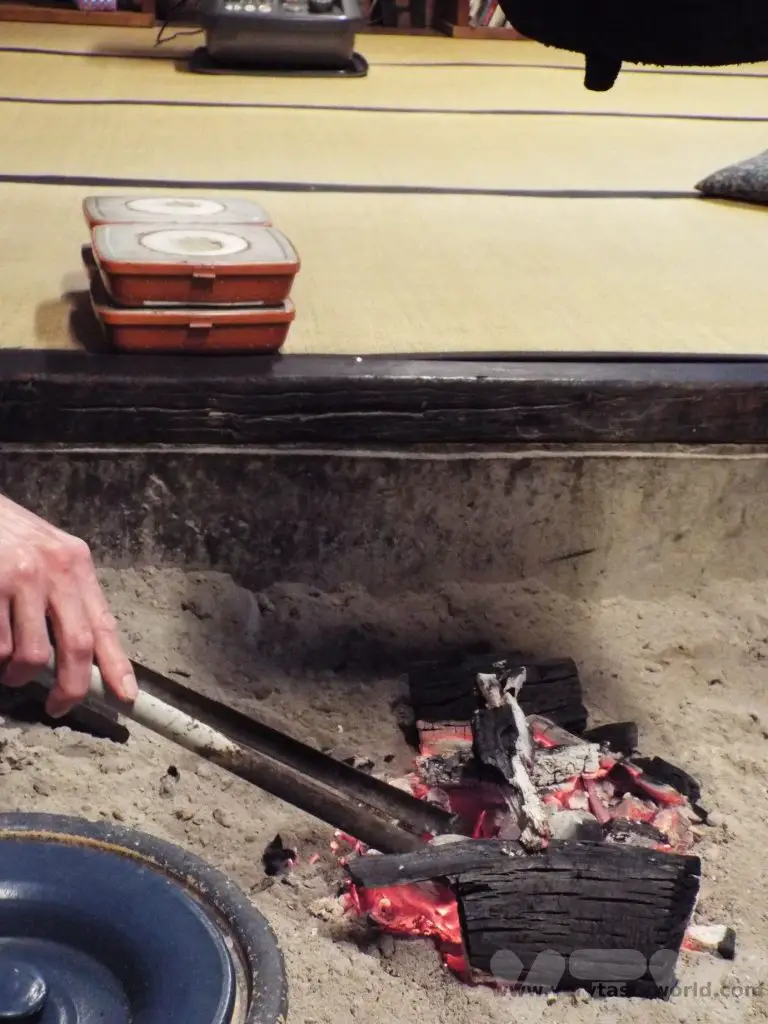
These stones had been heated in the fire and were placed inside ceramic boxes then wrapped in a thick cloth.
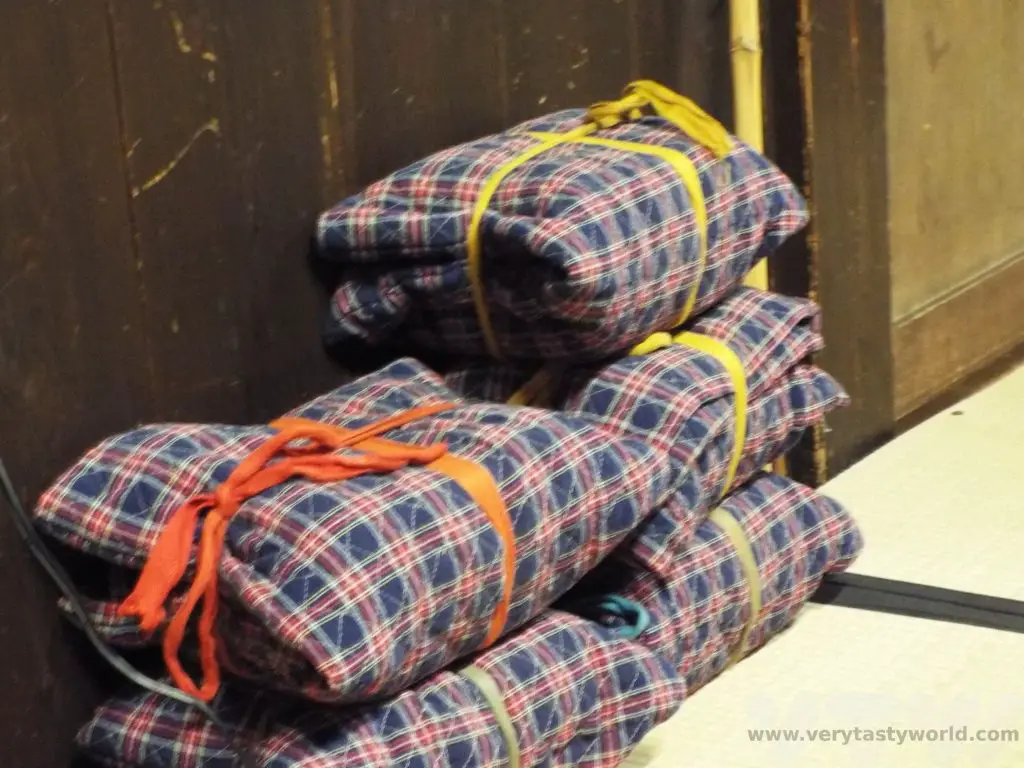
These were better than any hot water bottle we’d ever used, they retained the heat so well – they actually felt as though they were getting warmer through the night.
Breakfast the following morning was a traditional Japanese meal and also delicious. There were lots of fresh vegetable dishes, rice and miso soup.
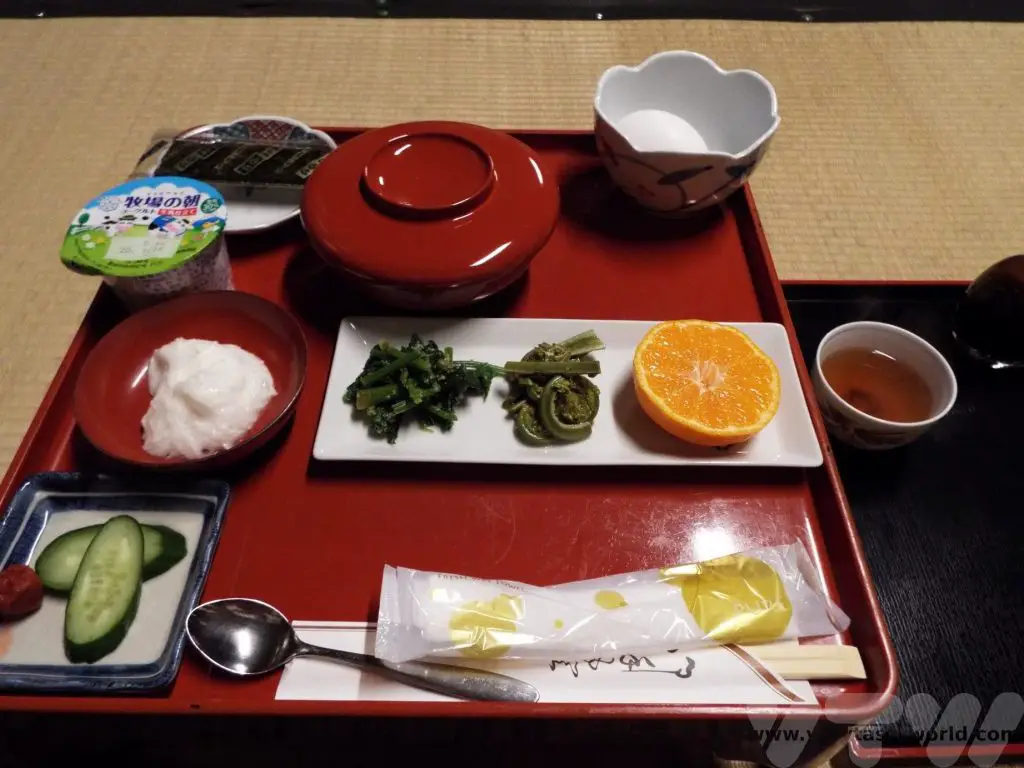
We were given the choice of a raw or boiled egg. We always choose raw egg. You mix it into the rice, which partially cooks the egg, add a bit of soy sauce to your taste and then scoop up the flavourful mixture with a piece of nori seaweed. You usually get a sour and salty umeboshi plum – a real wake-up call!
Staying in a gassho is a delightful way to spend time in rural Japan and is highly recommended. But… make sure you plan your trip and book early!
Related Posts You May Enjoy

- Kobe Beef in Kobe – Is It Worth It?

- World’s Best Breakfasts -Breakfast of Champions!

- Recipe: Simmered Shiitake Mushrooms

- How to Use Public Transport in Japan

- RECIPE Oyakodon Donburi

- Planning a Trip to Japan

- The Makanai: Cooking for the Maiko House

- Setsubun Food – Bean Throwing Day

- The Gassho Farmhouses of Rural Japan


The Food of The Azores
The Azores are a tiny archipelago in the middle of the Atlantic Ocean and an autonomous region of Portugal. Their location means that they are an absolute magnet for marine life viewing because they have resident whales and dolphins, as well as many migratory species, such as the blue whale, which pass close by to the islands each year. We spent a week on Sao Miguel, the largest island, enjoying whale/dolphin watching excursions as well as some activities on the island, such as mountain biking and kayaking. But we didn’t realise what a great foodie destination the islands are. In between the activities we enjoyed some fantastic food of the Azores.
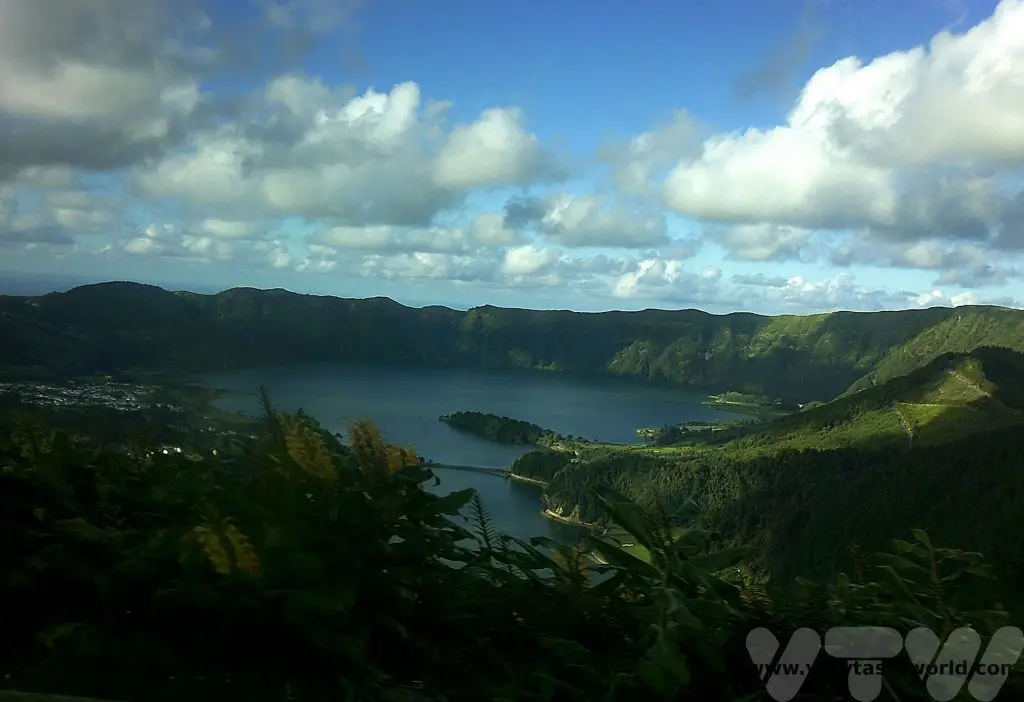
We stayed in the main town of Ponta Delgada. It’s a pretty place and has all amenities within walking distance.
Cheese – Food of the Gods!
One of the things we noticed when travelling through the beautiful green countryside was the number of cows and also fields of ripening corn. The corn is actually more likely to be grown to feed cows than people.
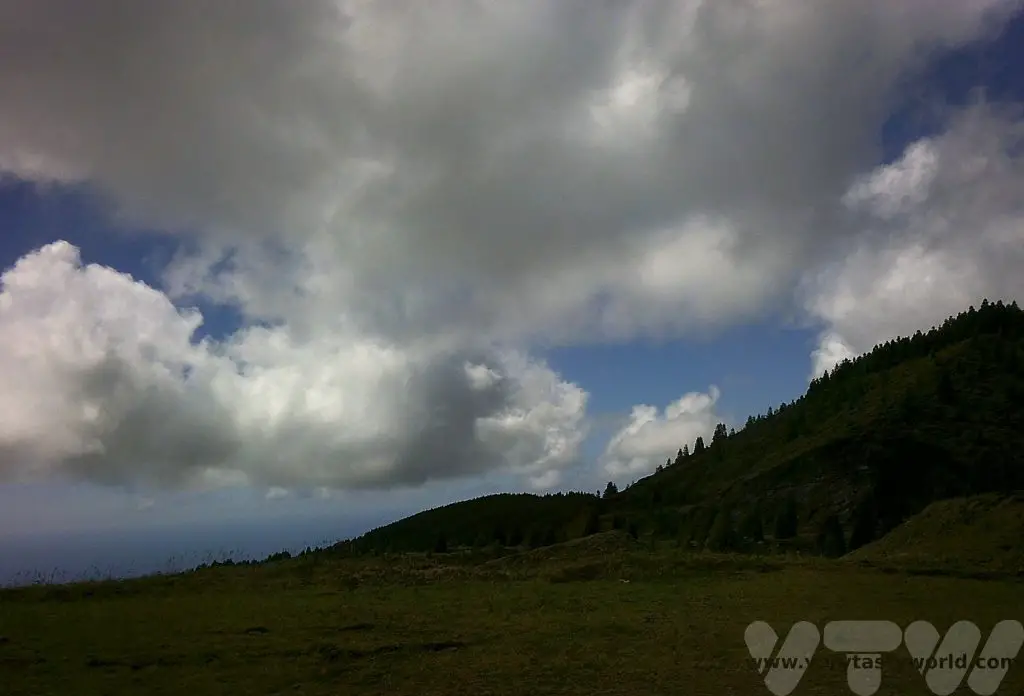
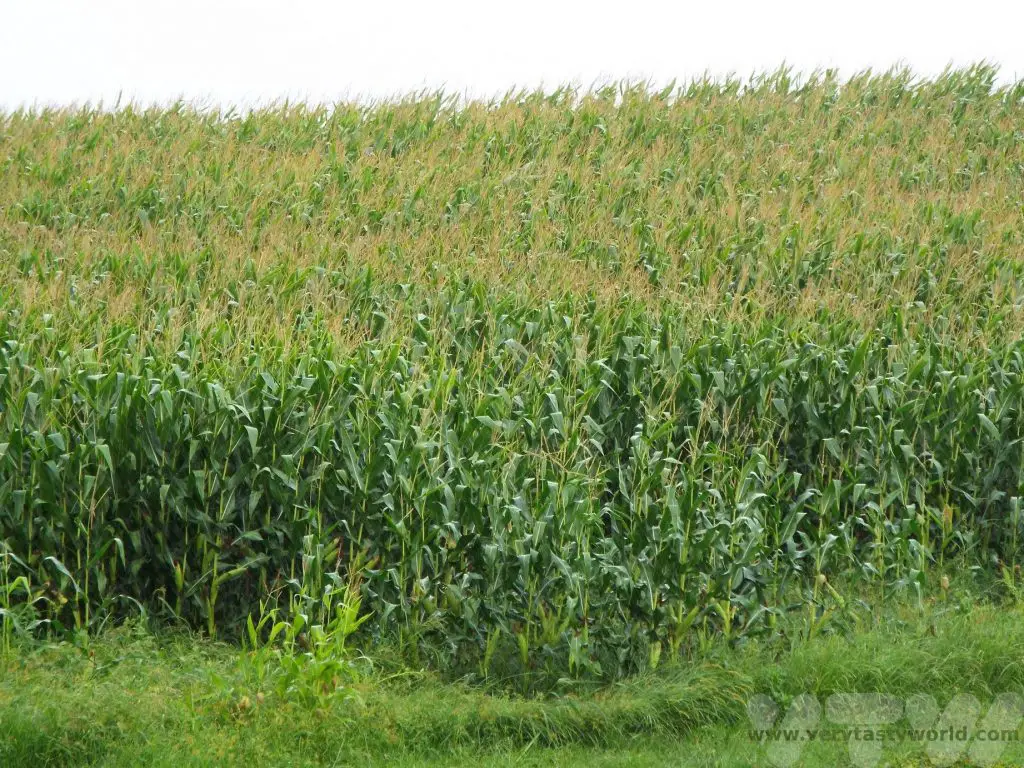
With mild winters and lots of rain the vegetation is lush and that’s perfect for the cows who produce rich milk that is turned into cheese. We were surprised to learn that around 50% of Portugal’s cheese is produced in the Azores.
Another striking feature of the landscape is the plethora of hydrangeas that line the roads. The cows tend to ignore them so they become natural fences that look glorious in the height of summer. We visited just after they were at their best but they still looked very pretty.
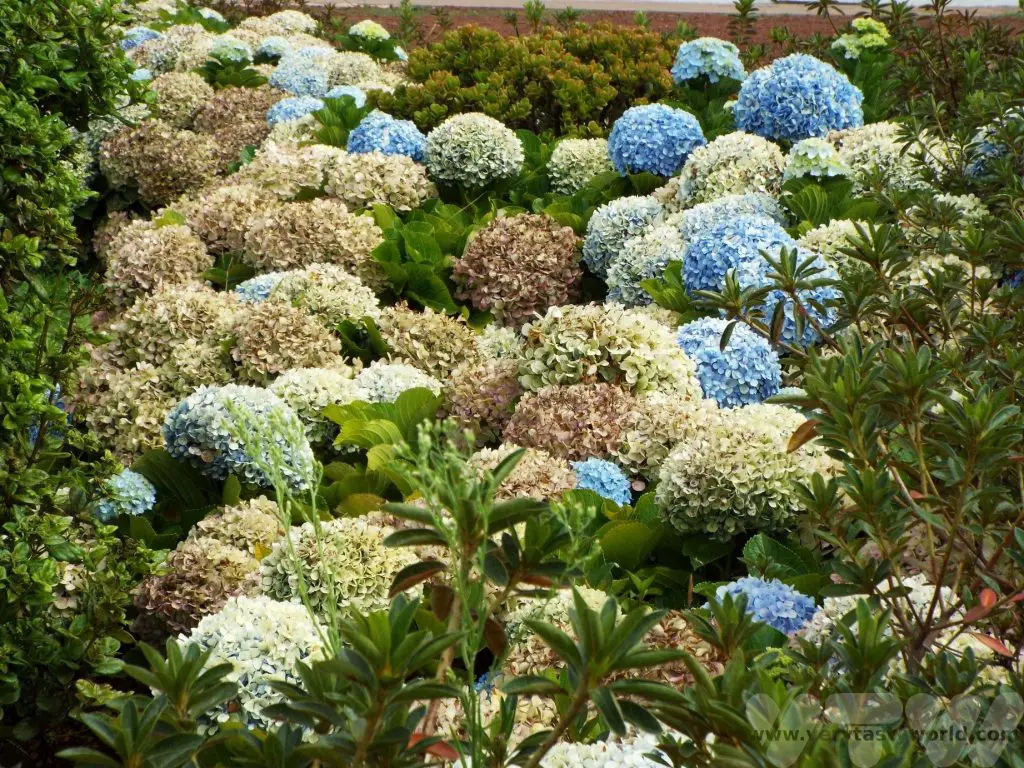
There are various cheese shops in Ponta Delgada – King of Cheese and Prince of Cheese – they aren’t modest about the quality of the product!
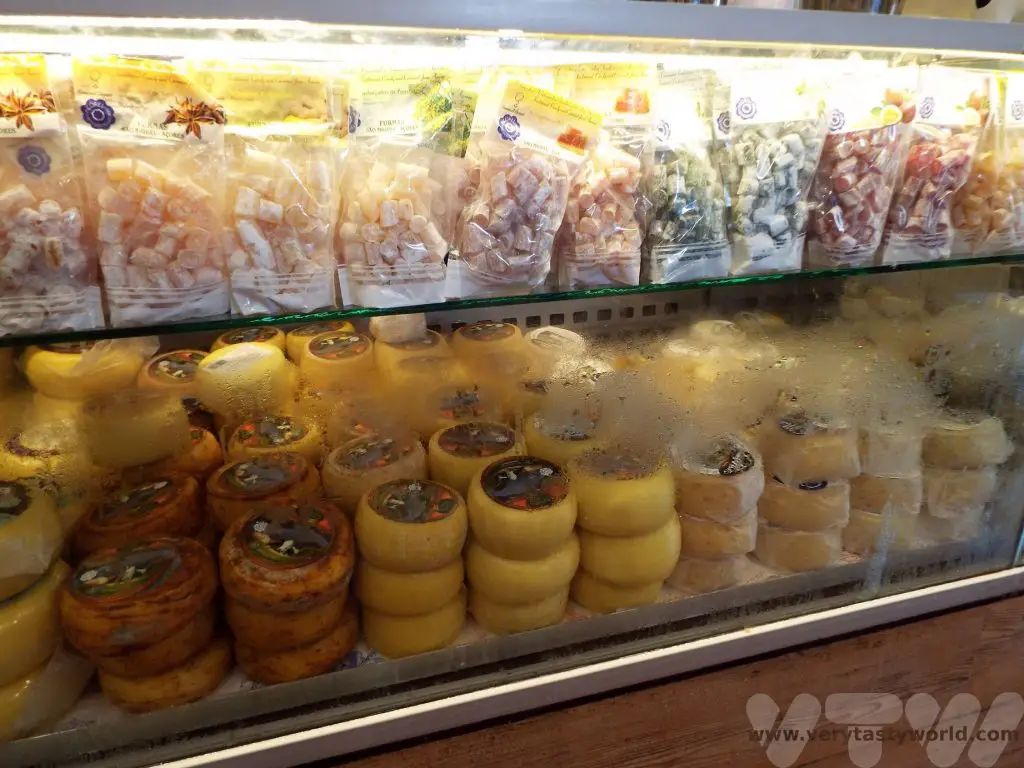
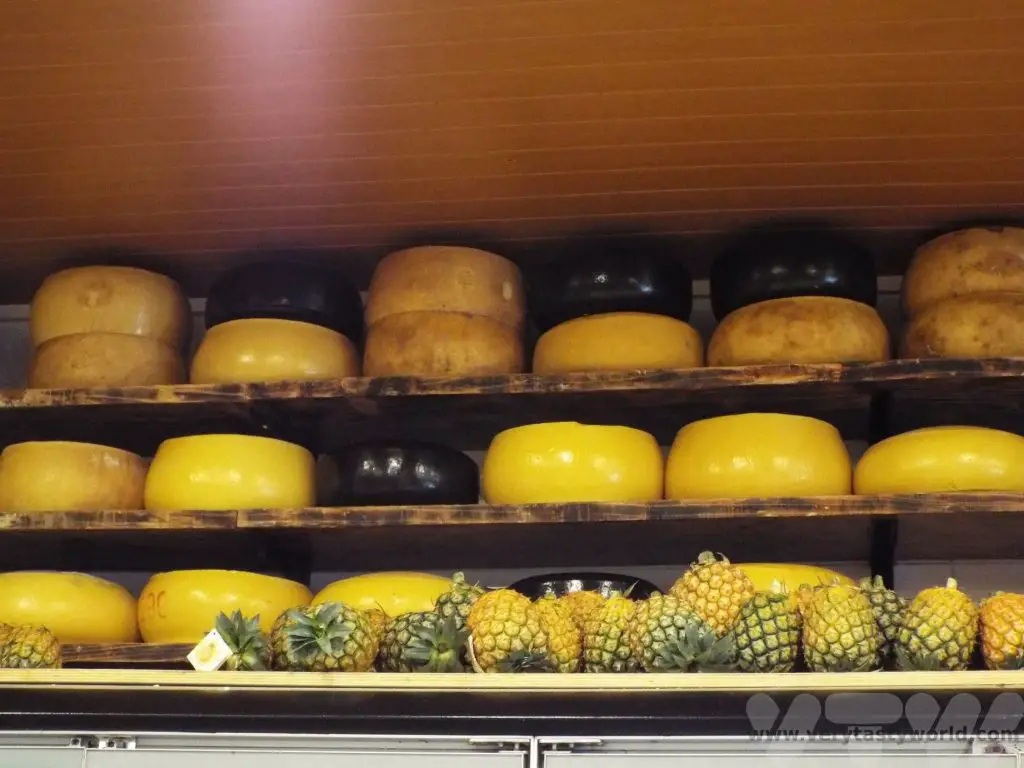
It’s fun visiting the shops – you can let them know about your cheesy preferences and they will recommend particular flavours and offer you a sample. We were keen to bring some cheese home and they were able to vacuum pack some very large slices for us so that we could store them in our hotel fridge and get them on the flight home. They survived very well and made sure that we weren’t going to run out of cheese for several weeks.
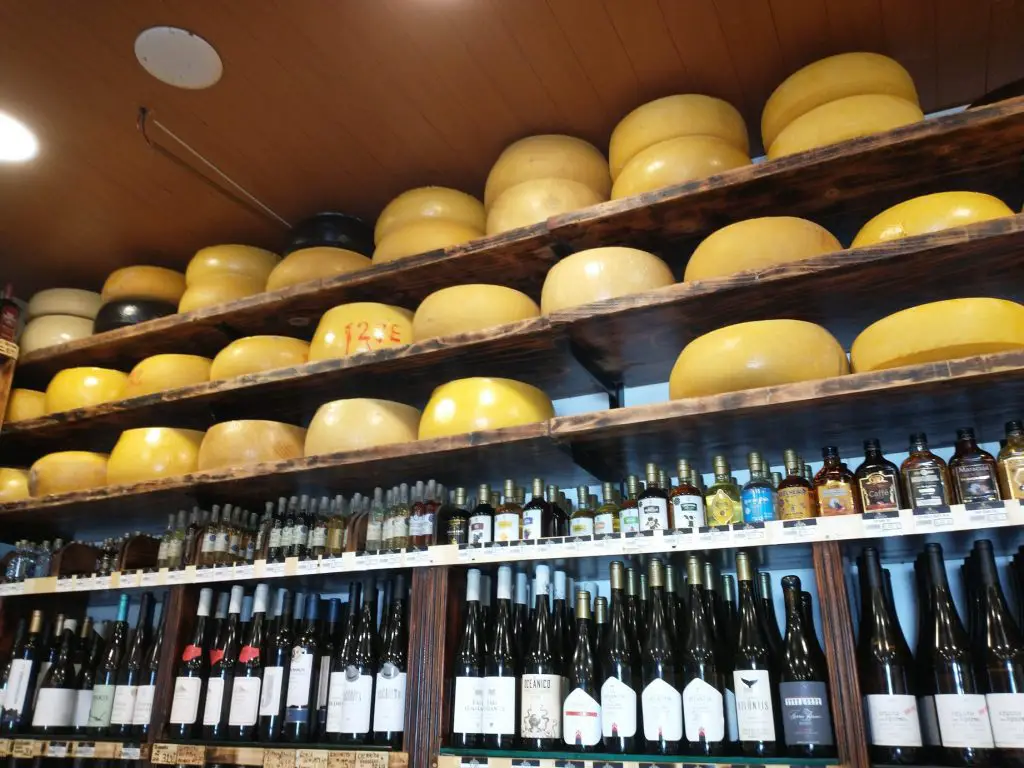
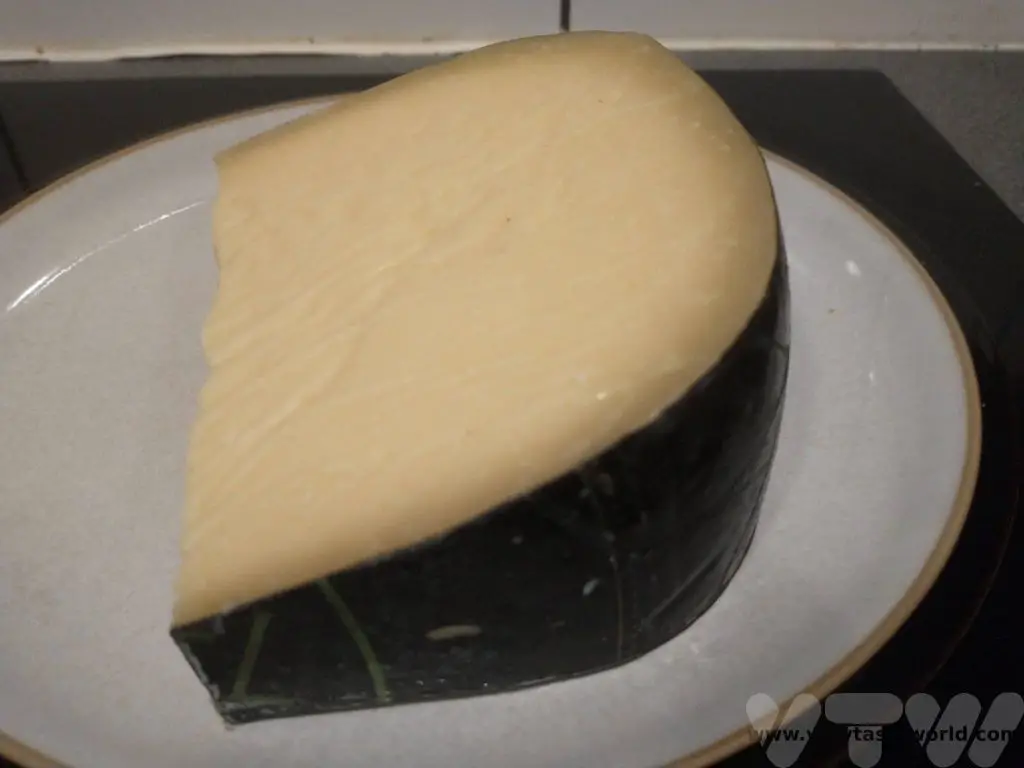
Sao Michel has a black rind and is the premier cheese of the island we were staying on. It’s a hard, very mature cheese with a lovely sharp flavour.
Sao Jorge cheese is produced on the Azorean island of the same name. It is a semi-hard cheese made from unpasteurised milk. It is milder than the other cheeses, with a nutty flavour
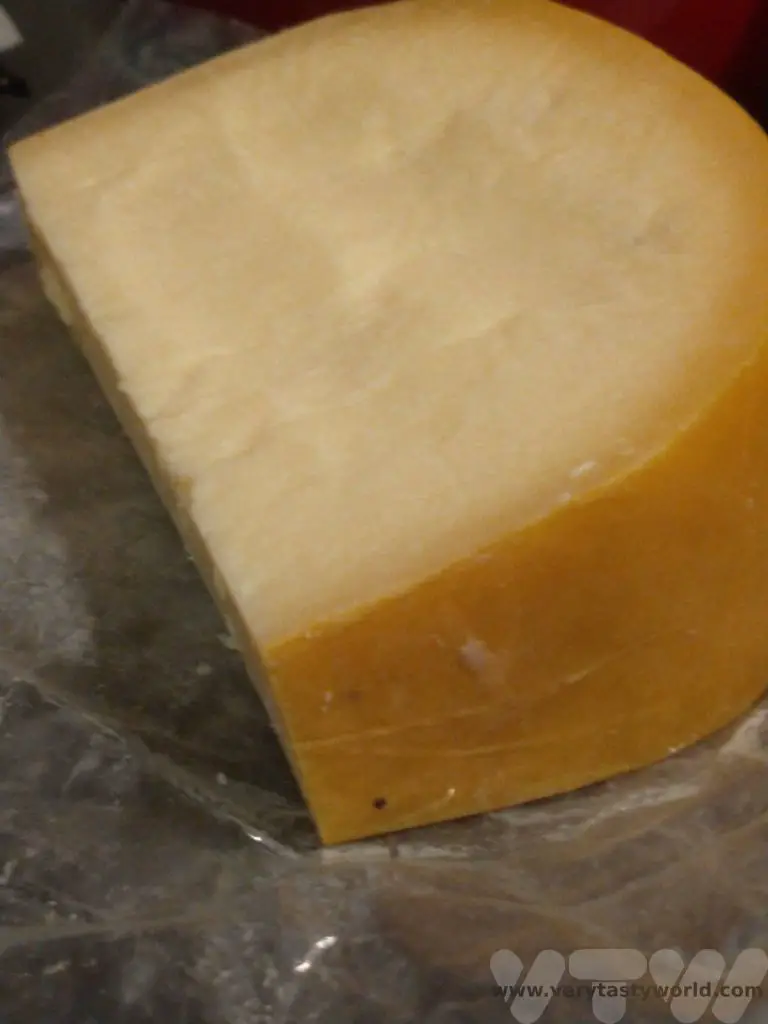
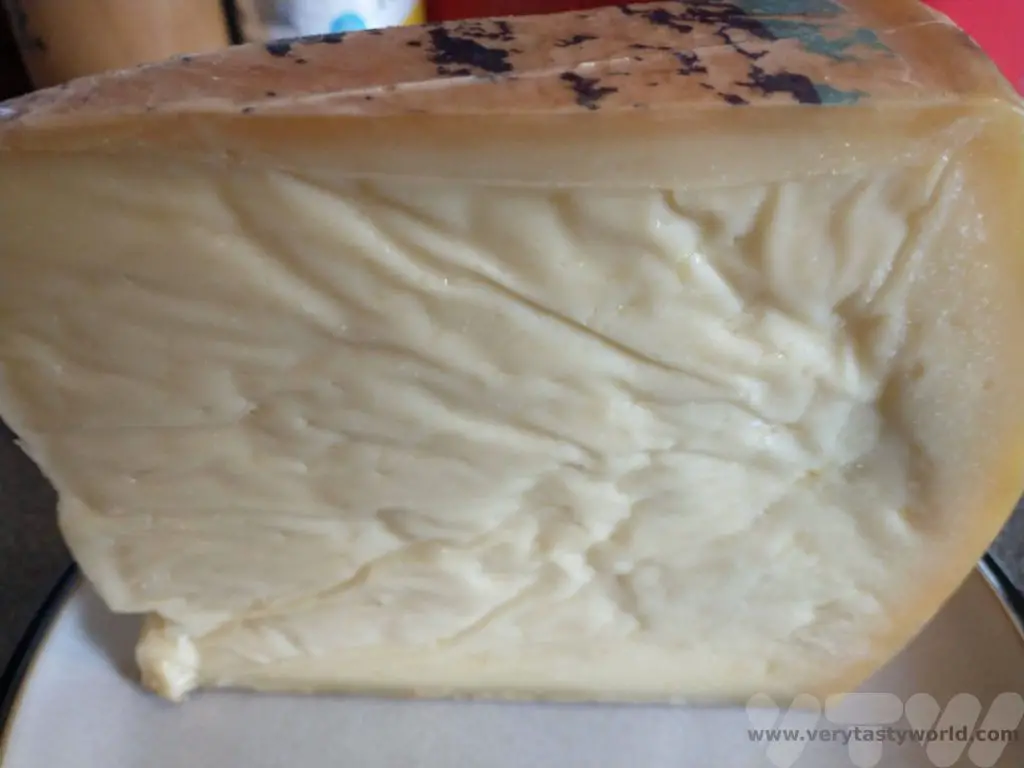
Vaquinha is from the island of Terceira. This one has a surprising initial creaminess for a hard cheese but this eventually flakes slightly. It is very mature, is almost spicy and has a real kick to the flavour!
Cheese is often provided as an appetiser at restaurants but this isn’t matured cheese, it is queijo fresco. It doesn’t have the fullest of flavour, in fact it’s pretty bland, so it is served with pimenta da terra (red pepper paste) which gives it a real pzazz, and it’s eaten with fresh bread. We were able to bring back a bottle of pimento de terra home with us.
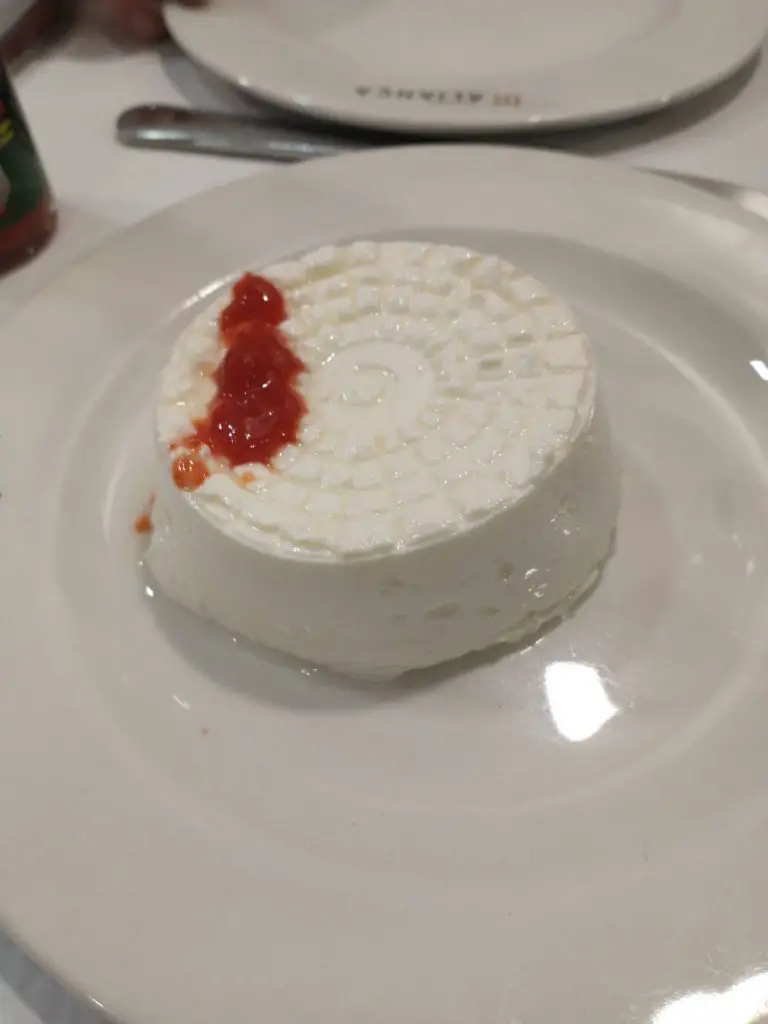
What Goes Well with Cheese? Pineapple of Course!
There is a pineapple plantation, located just outside Ponta Delgada, easily within walking distance of the city centre. You can visit the greenhouses and see the pineapples growing.
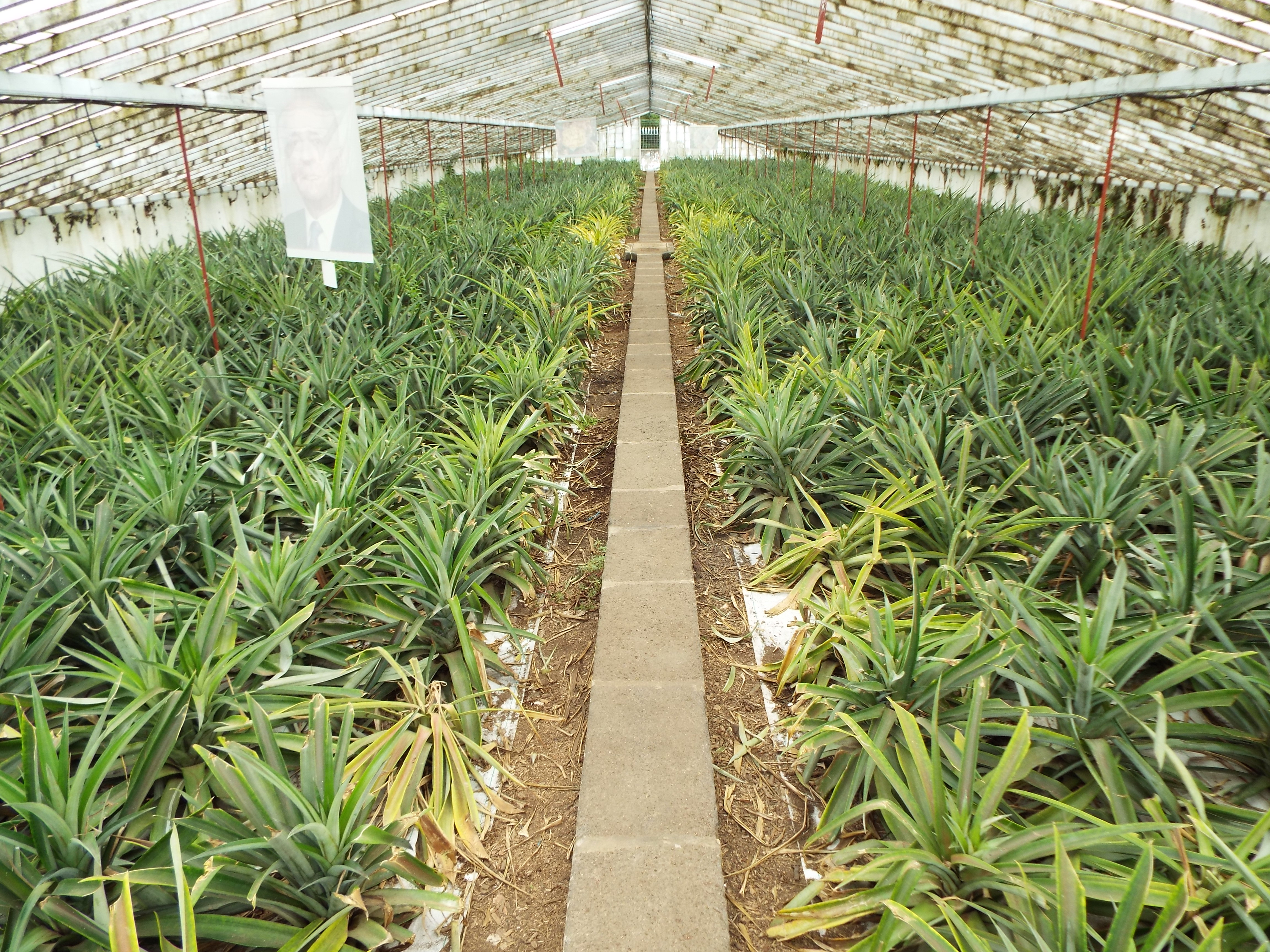
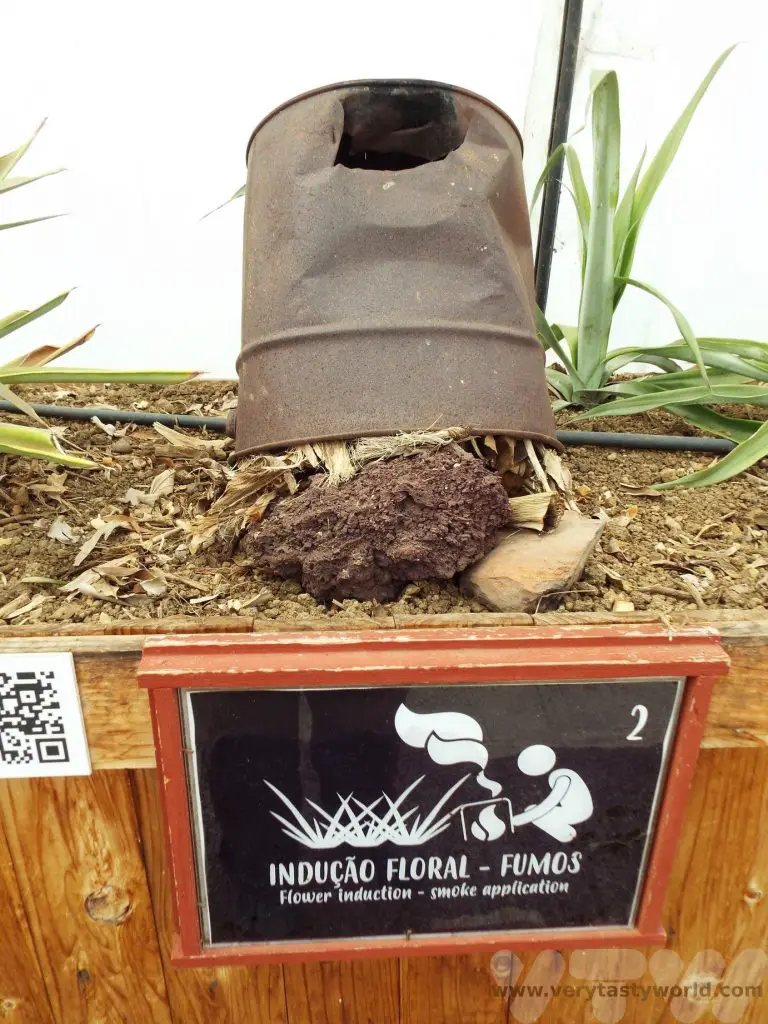
There are also some displays and videos which show the process for growing these fruit. It’s interesting that they use a smoking process to trigger the flowering of the plant.
And there’s a café on site which offers a complimentary shot of pineapple liqueur and a teeny piece of toast with pineapple jam.
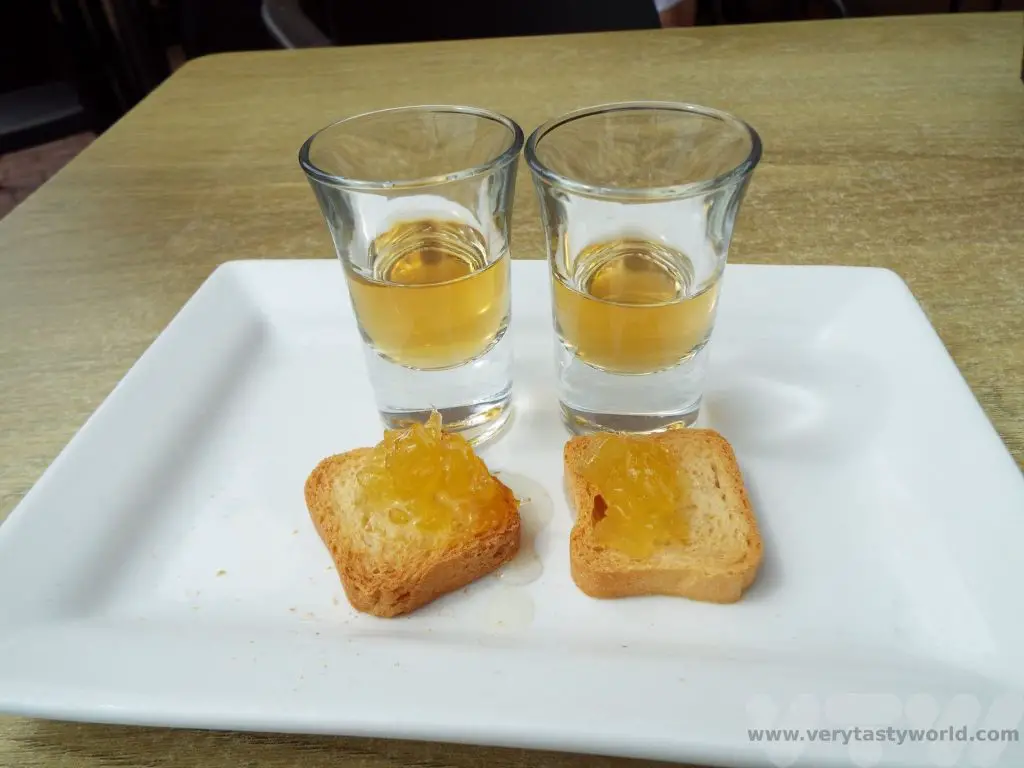
And, as we hadn’t had elevenses or lunch, we thought it would be rude not to enjoy a pineapple gelato, washed down with a caipirinha, a delicious cocktail made with crushed pineapple, lime and rum.
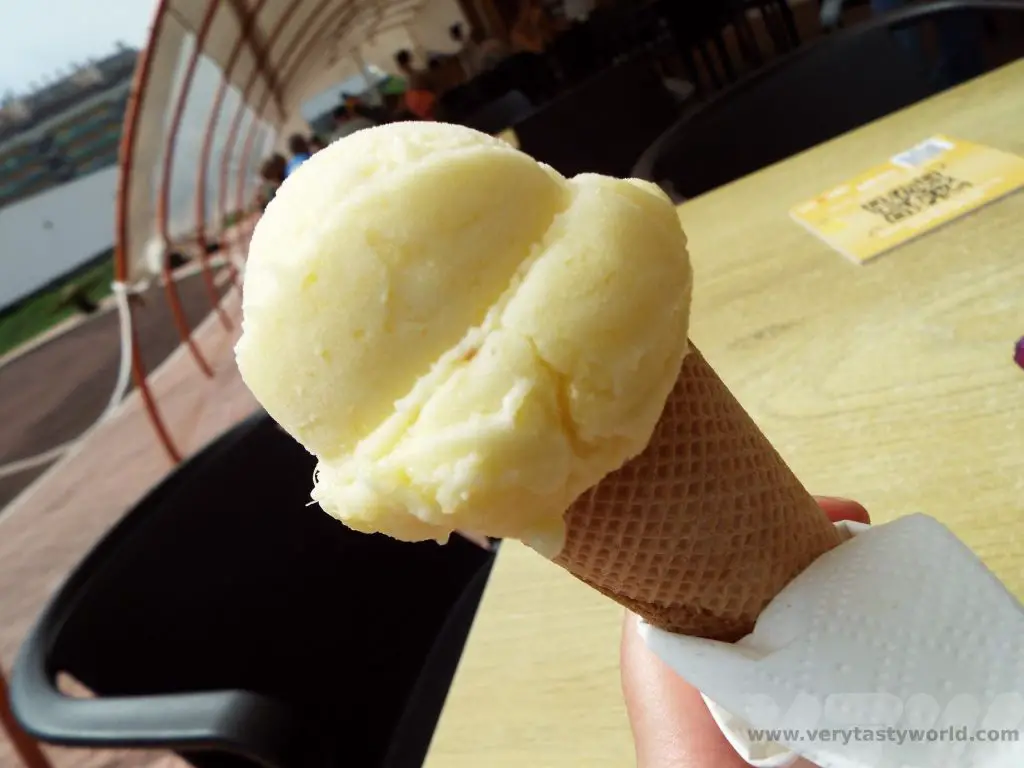
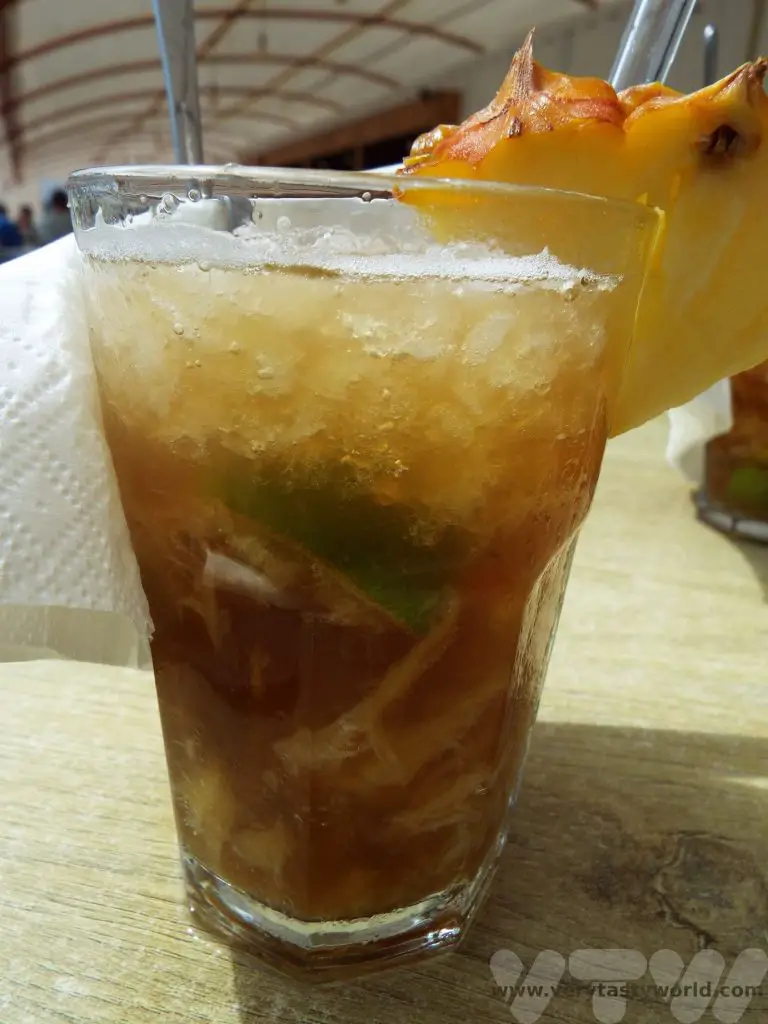
Everything Stops For Tea
The Azores also have a tea plantation, located on the north coast of Sao Miguel. The Gorreana Tea Factory was established in 1883 and is one of only two tea plantations in Europe. It’s possible to visit the factory and do a self guided tour.
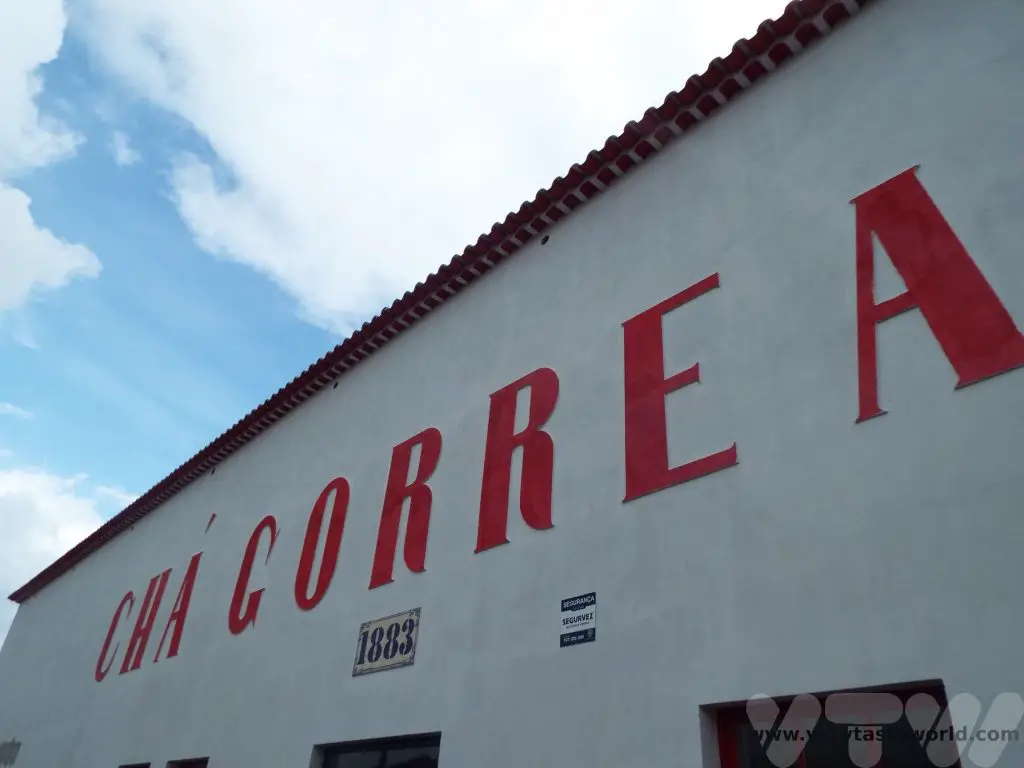
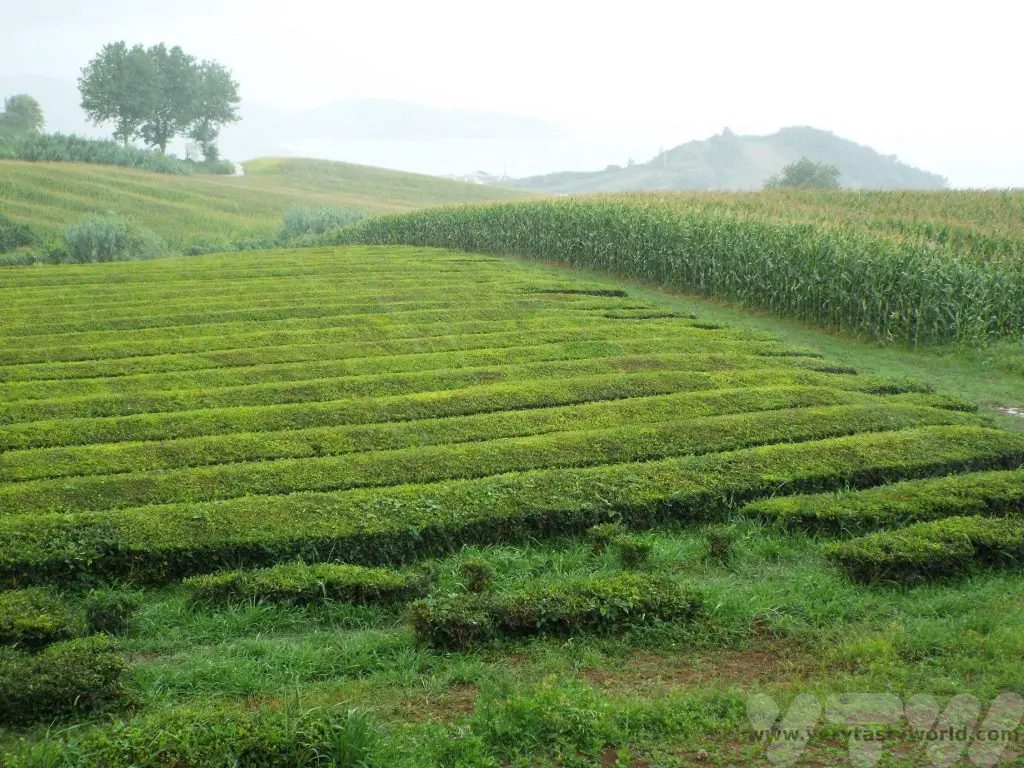
There are infographics showing how the tea is processed and you can enjoy a cup of their tea as well as visit the inevitable shop and café. They produce both green and black tea. Both taste good.
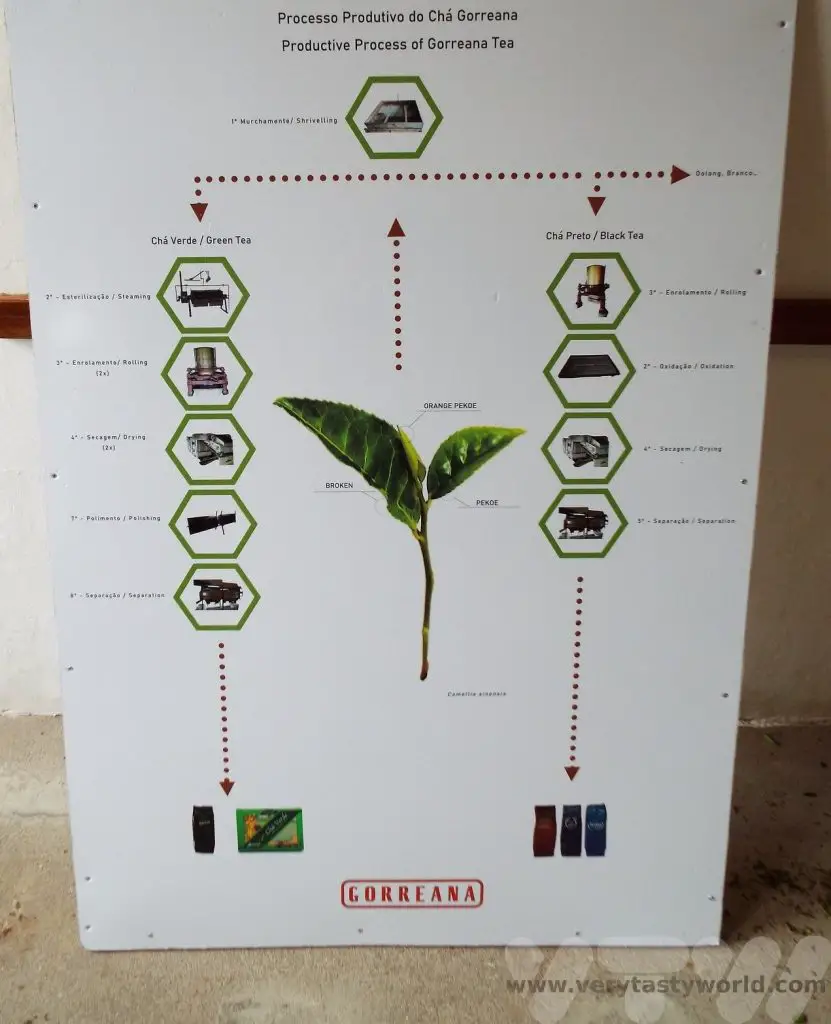
It’s lovely to be able to see the original machinery in action.
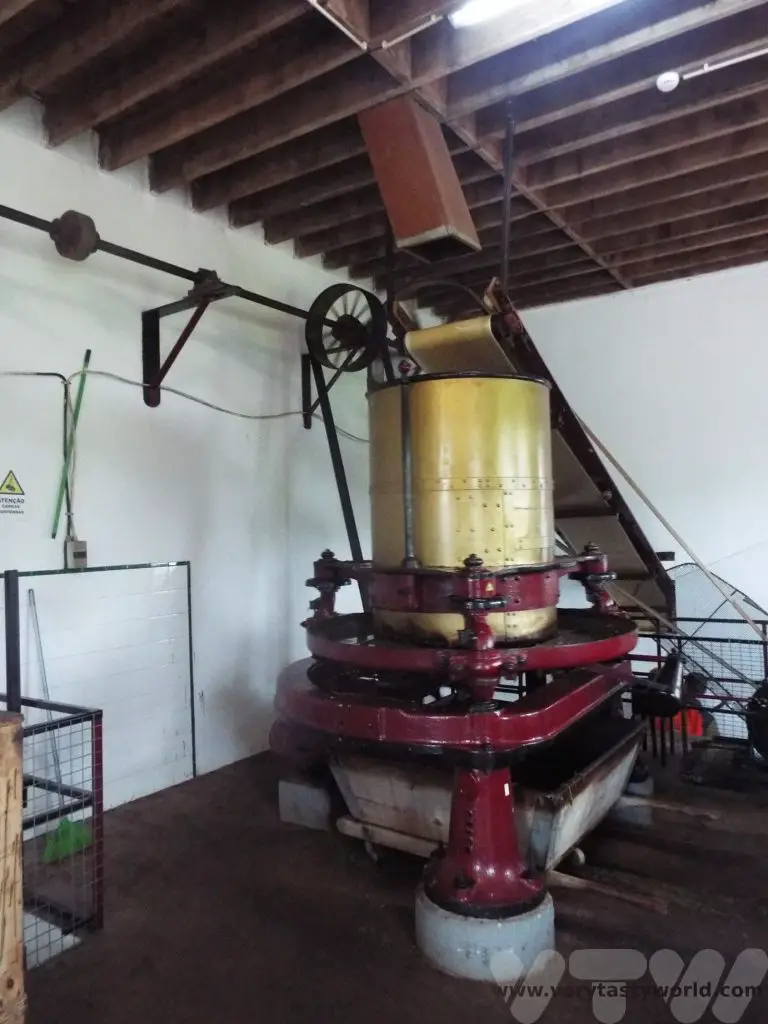
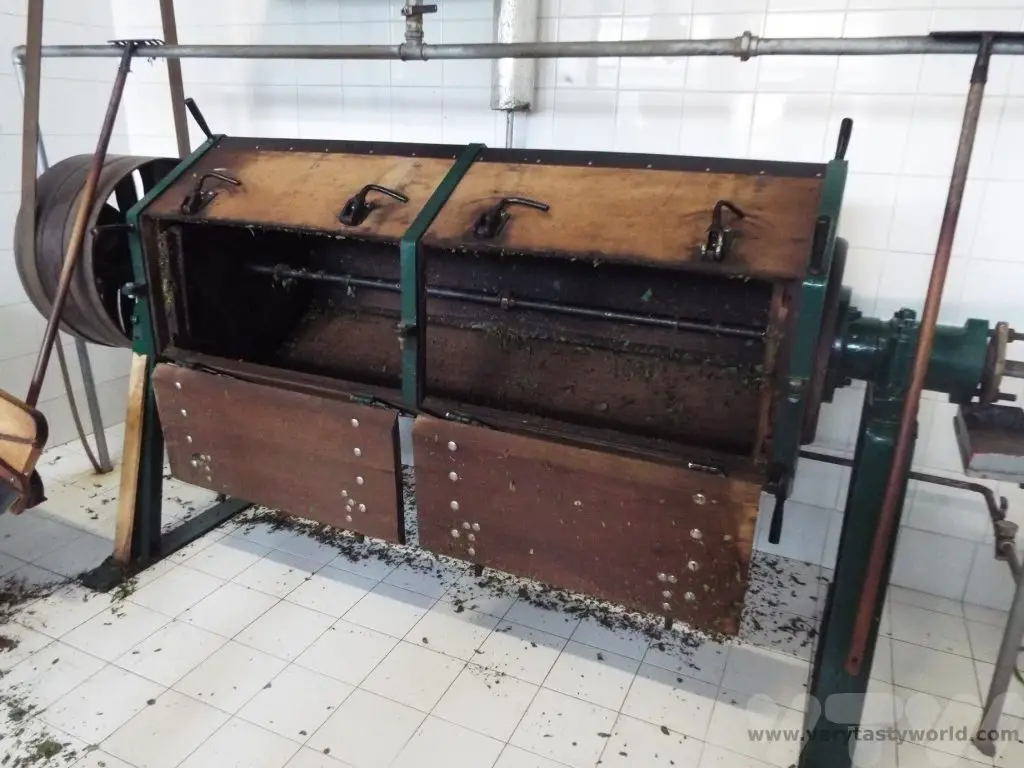
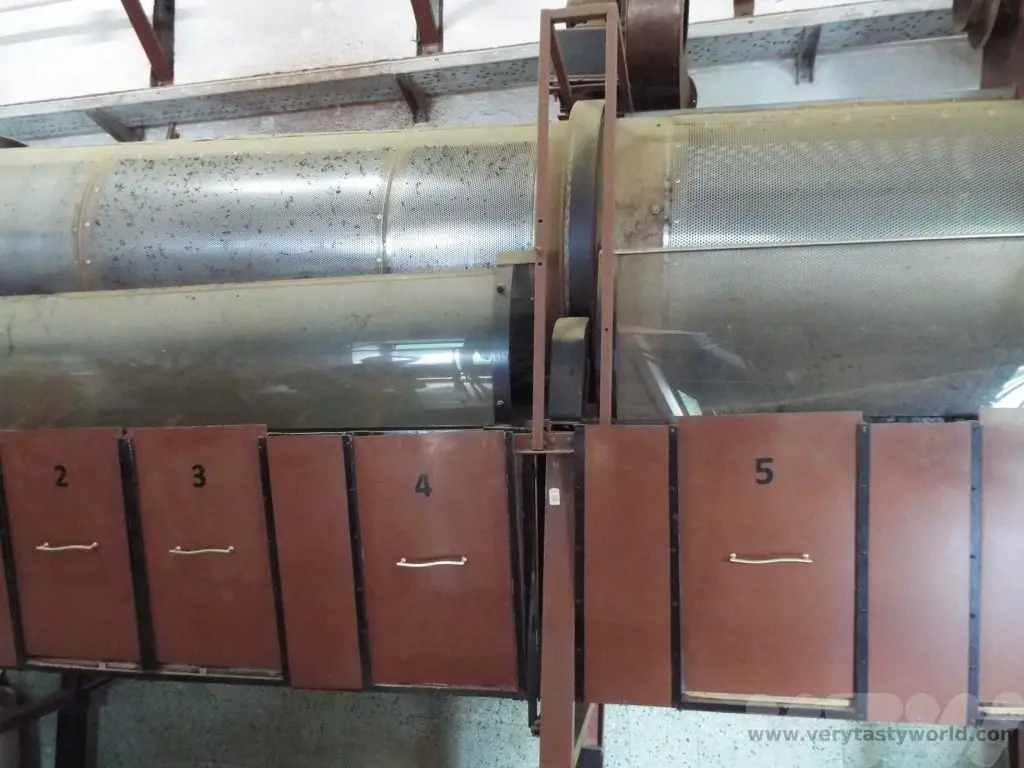
Volcanic Cozido das Furnas
The Azores are volcanic islands and some areas are still very geologically active. We enjoyed a day trip to Furnas towards the eastern end of the island.
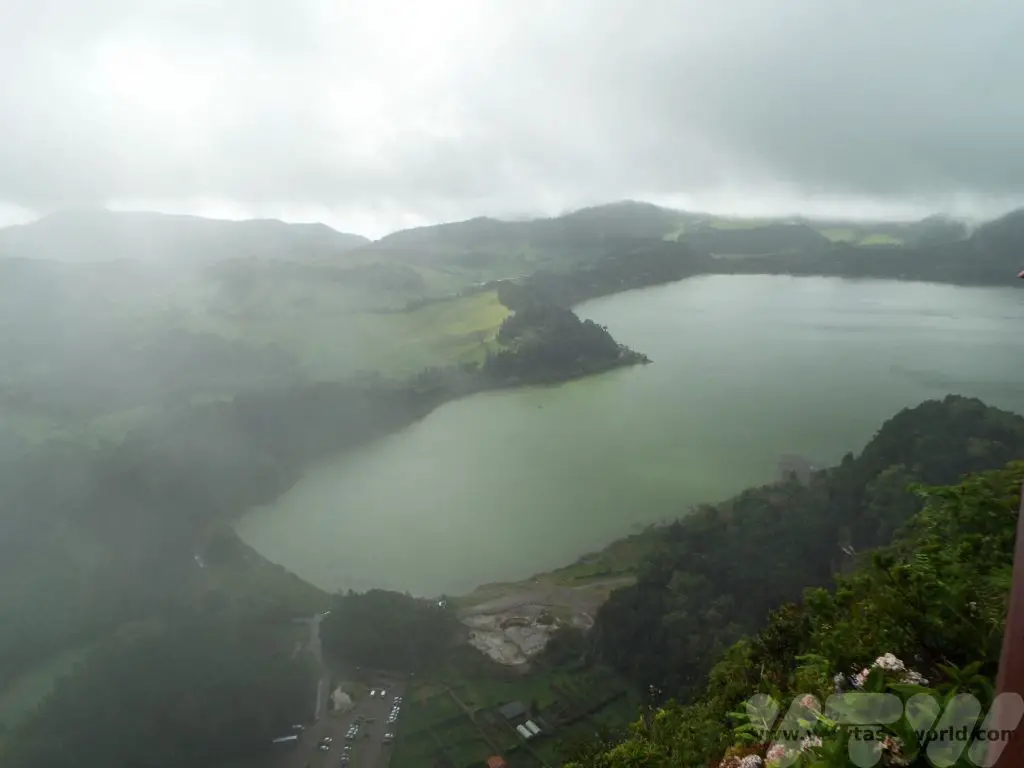
The local town has fumeroles which regularly steam, squirt and belch hot water. The area has a distinct whiff of rotten eggs due to the sulphur. Some of the water has a yellow colour (see the photo below on the right). This is not geological but local people put in bags of corn on the cob to cook.
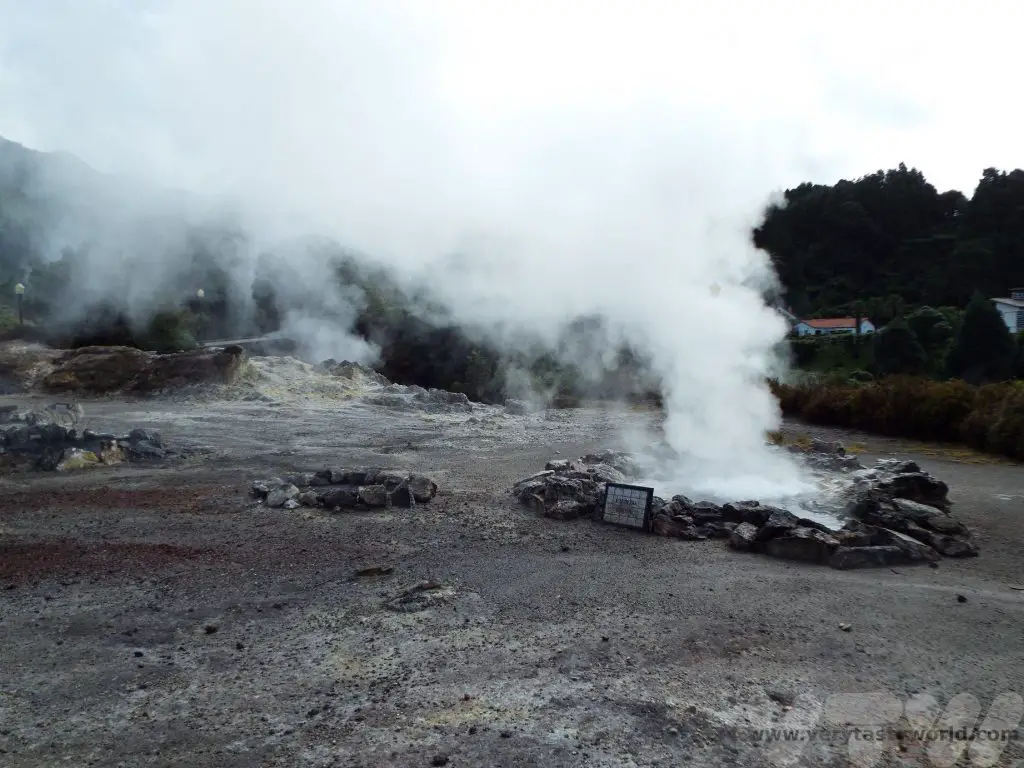
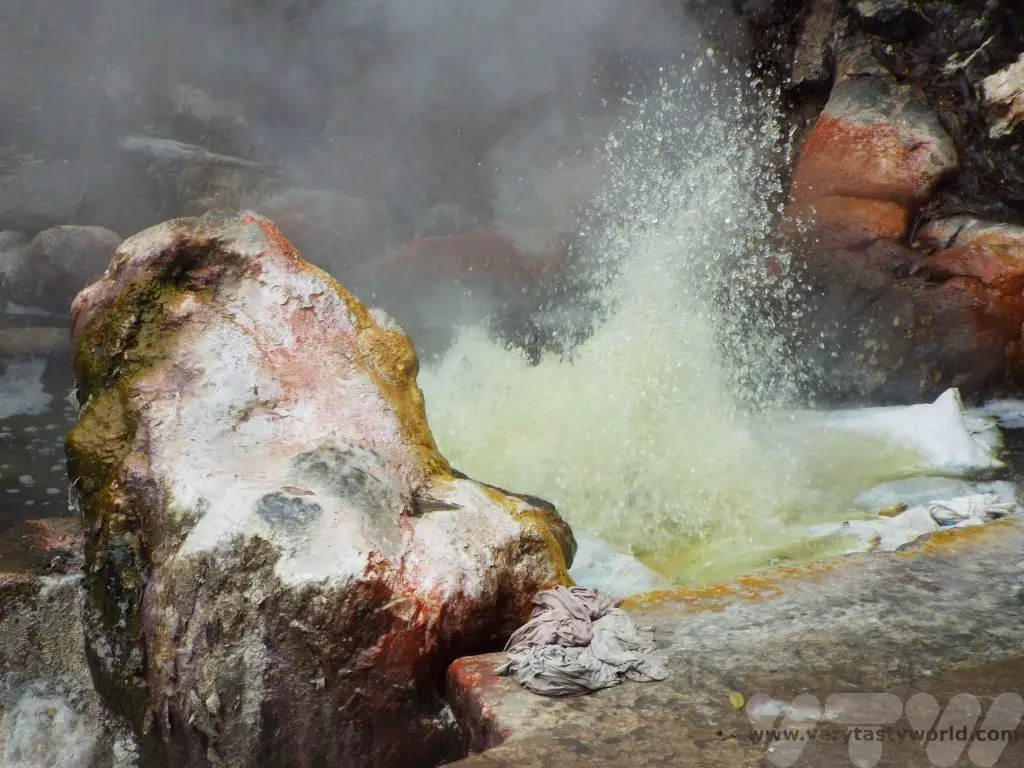
Taro plants, known as elephant ears, grow in the warm water. These have bulbous corms (like a tuber) which are edible and similar to sweet potatoes.
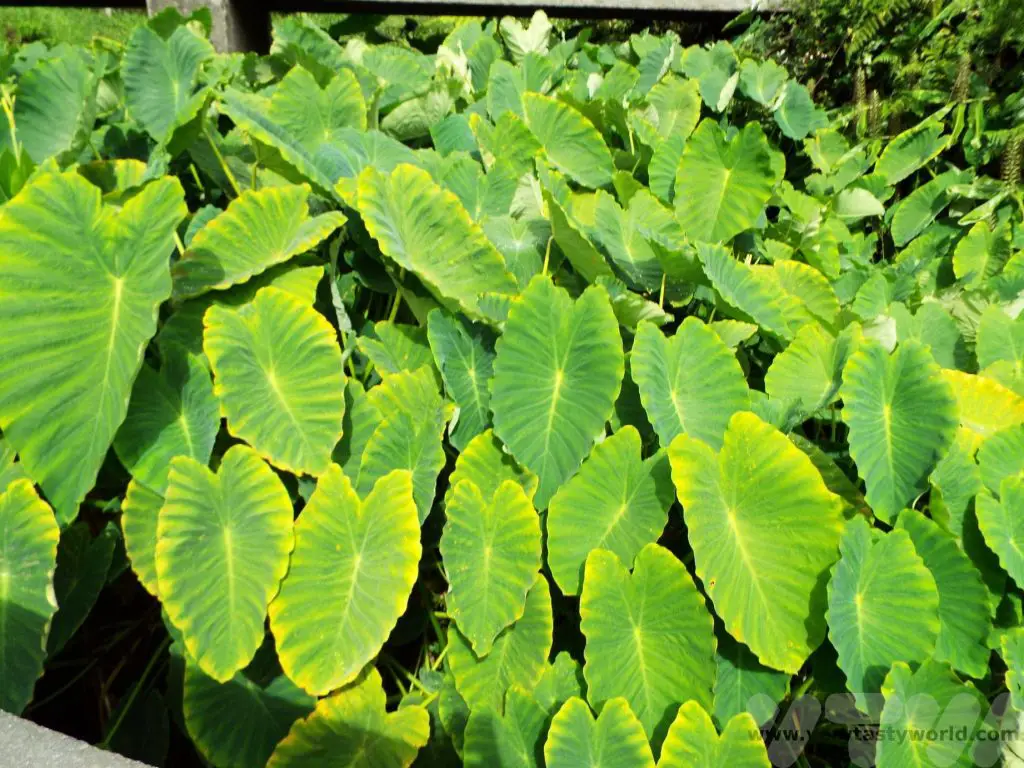
There are also some drinking fountains where you can taste the local water – it tastes very minerally and is an acquired taste for some. It’s also odd drinking warm water. These fountains are located just metres apart but the flavour of the water is surprisingly different!
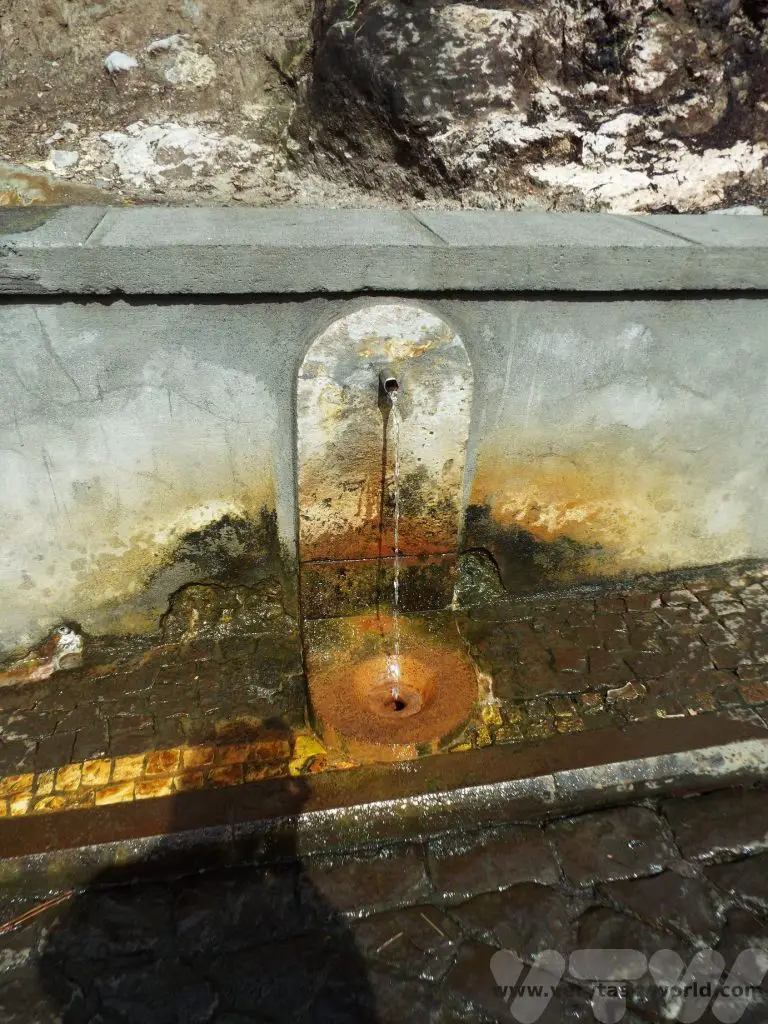
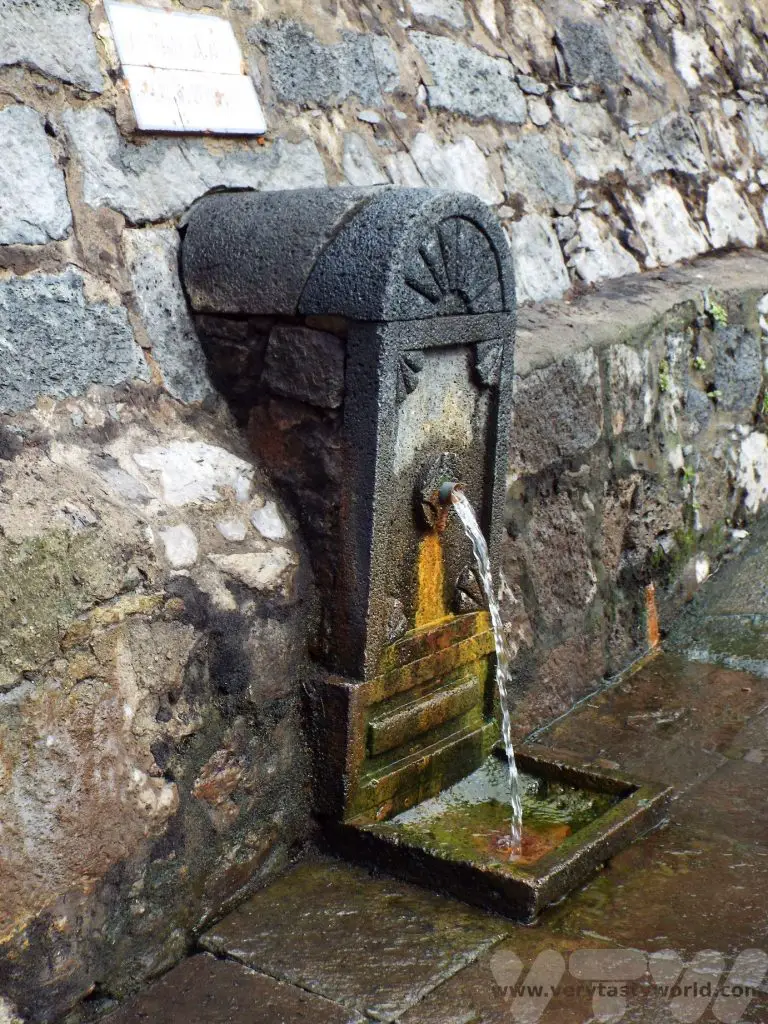
Most trips take you to a viewing point to see Furnas lake, and then you descend to the lake itself. You’re not allowed to swim in the lake but it’s possible to go boating on it. And walking around the area reveals some more of the steaming landscape.
There are a number of fenced off areas containing mounds of soil with name tags. On closer inspection these tags bear the names of various restaurants. Lunch!
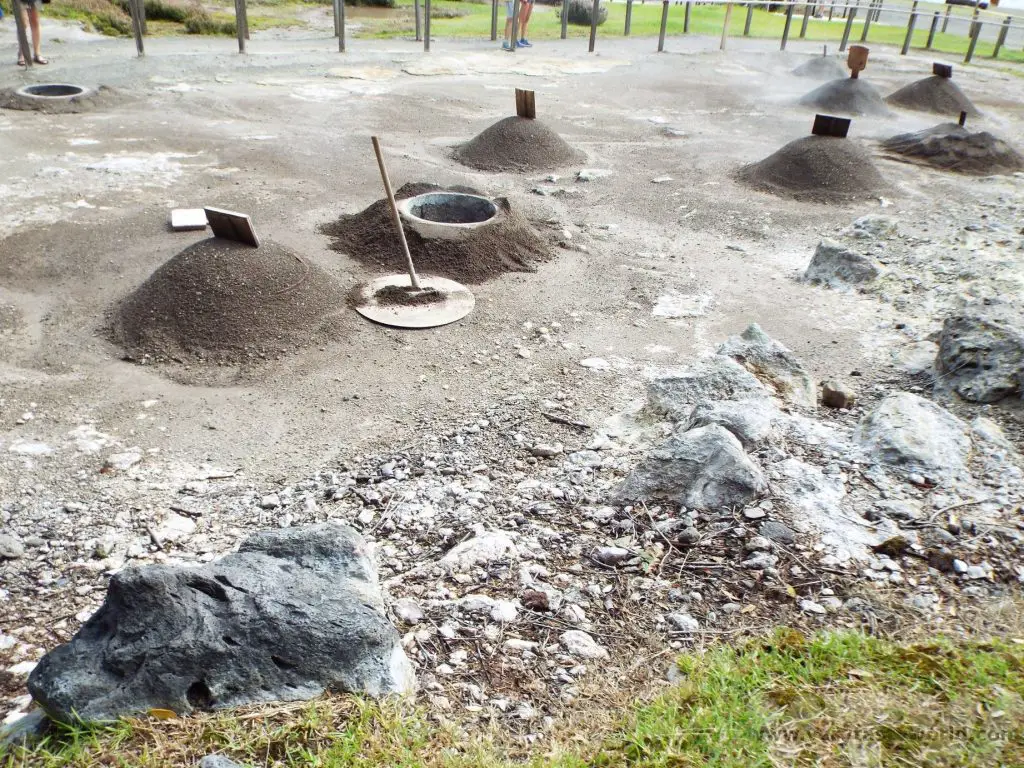
Every morning the restaurants prepare meat and vegetables and place them in a large pot. At 5am these pots are buried in the volcanic soil. Around six hours later a parade of vans arrive (and that’s the cue to grab a place by the fence if you want to take photos) and each restaurant owner will dig out their pots (or invite a hapless tourist to help) from the perfect slow cooker which has been cooking the food using free energy from the ground. It’s a brilliant system. And the site isn’t restricted to restaurants. Local people can hire a hole and bring their own food for a picnic/meal later in the day.
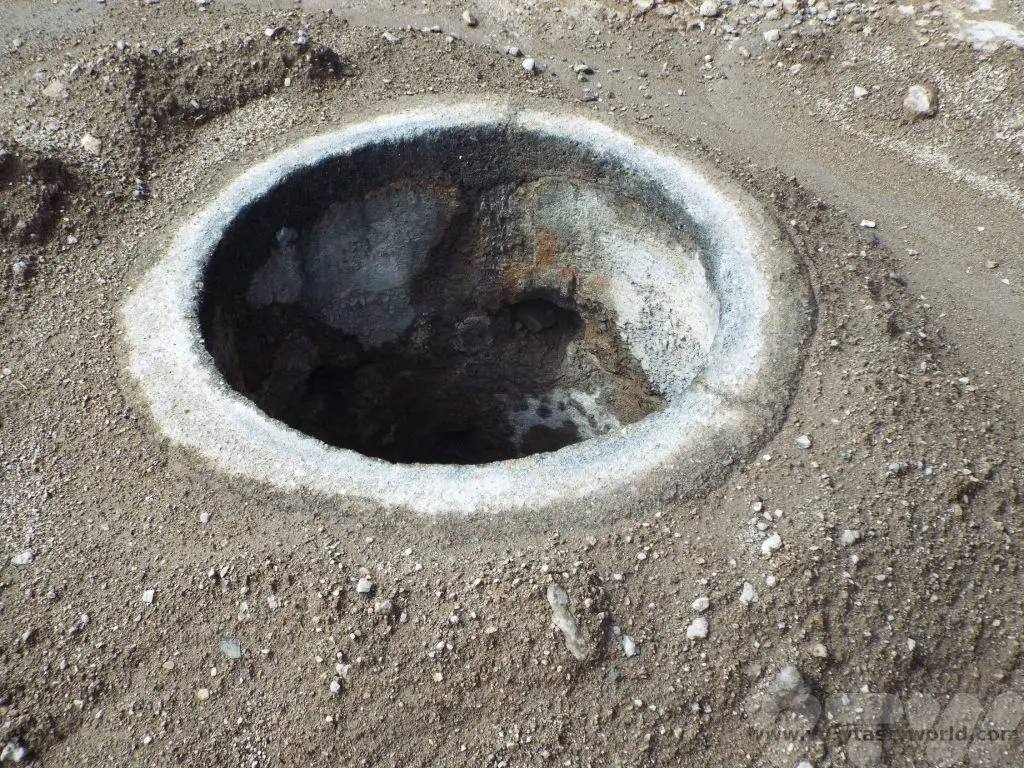
Back in town, the food is then served in the respective restaurants. A platter of meats and a platter of vegetables. (Vegetarians/vegans – the meat and veg will have been cooked together so if you want a veggie cozido, ask in advance and an unadulterated pot of pure veg can be supplied.)
The meats comprised pork, sausage, chicken, beef and blood sausage (Morcela) – all so soft and tender it could be cut with a spoon. It melted in the mouth.
The vegetables were potatoes, carrots, cabbage (which was served in large chunks so that it didn’t disintegrate during the cooking process) and the elephant ear yams.
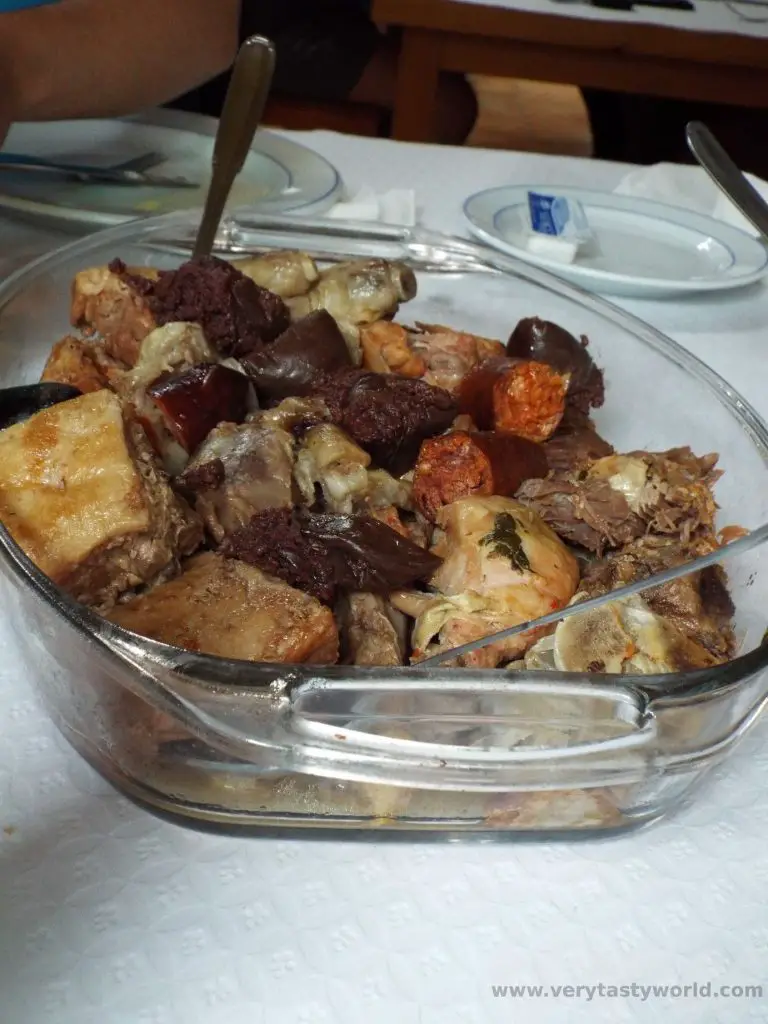
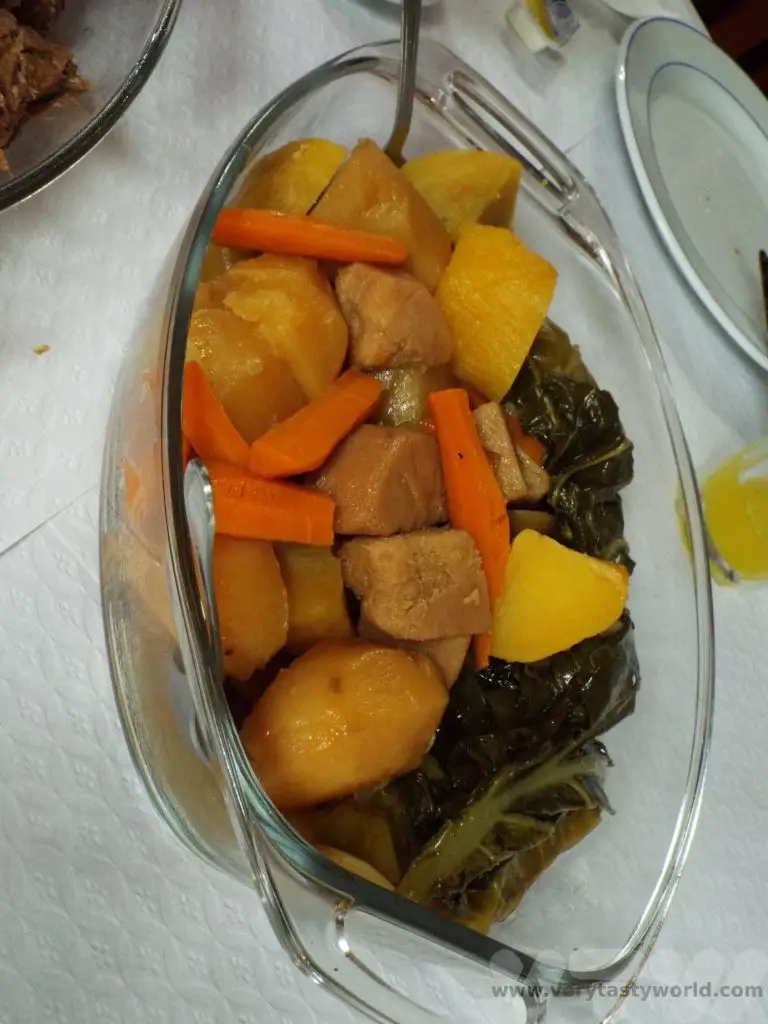
Cozido doesn’t have any additional flavours added – the food is served just as it comes out of the pot. But while it doesn’t offer complexity, the juices of the meat provide lots of flavour and you really get to enjoy the taste of the meat and vegetables. And it really is a feast!
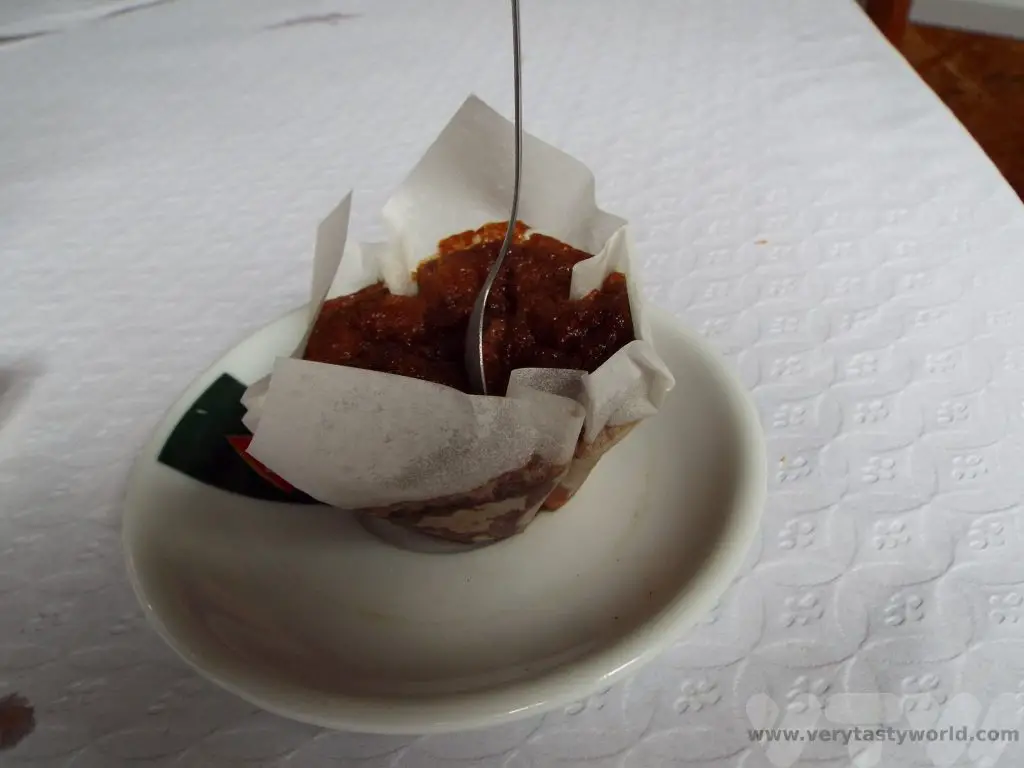
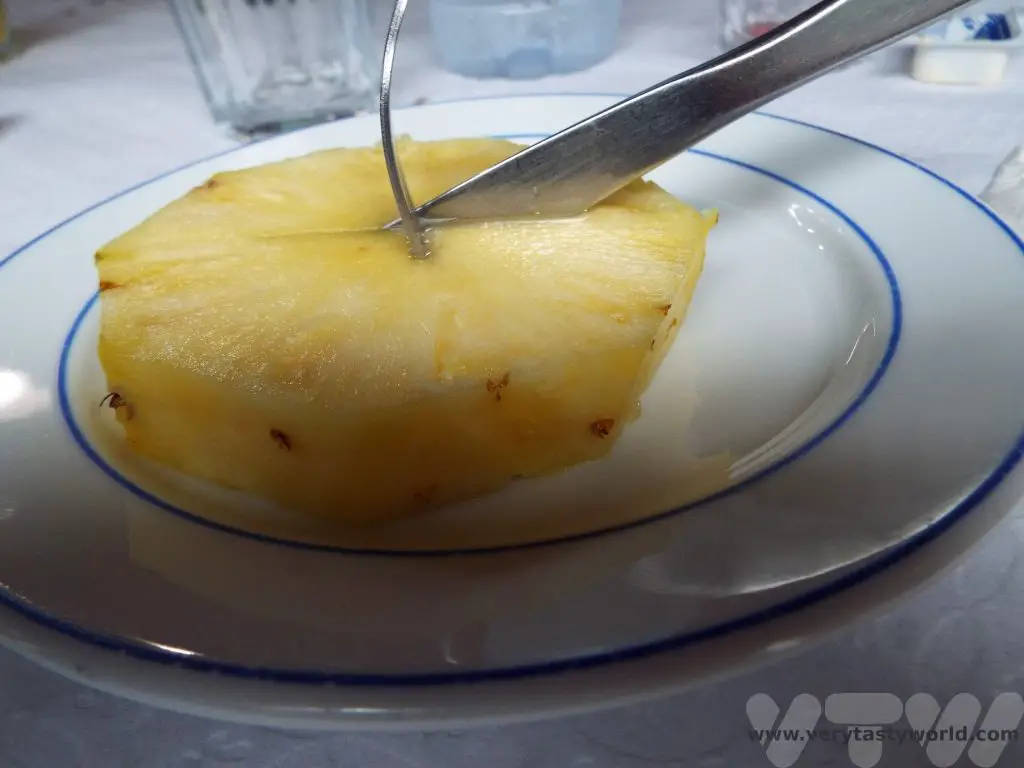
All washed down with local wine and a nice honey cake (if still hungry) or a slice of delicious local pineapple (if that’s all you can manage) for dessert, it filled us up for the rest of the day.
A Little Bit of Foraging
While the hydrangeas add glorious hues to the countryside and are very much welcomed, Sao Miguel has a more invasive plant – the yellow wild ginger – which is far less popular. It spreads quickly and does take over the landscape very quickly.
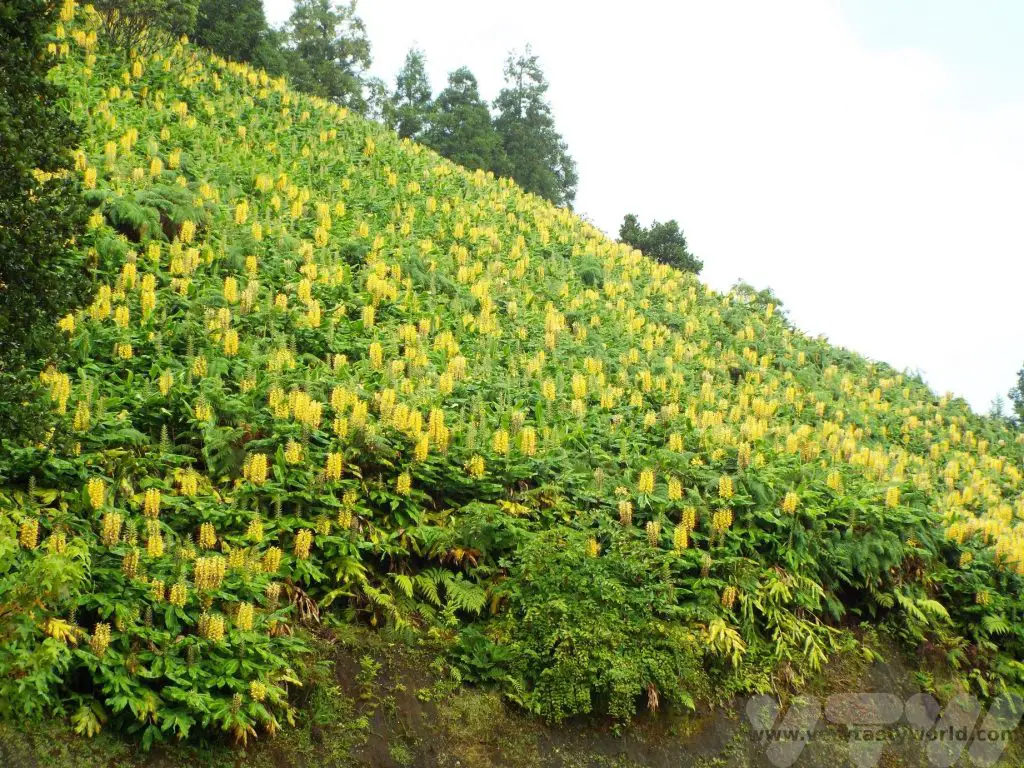
The local university is looking into uses for the plant and it’s looking hopeful that the fibrous leaves may be a useful material to replace use of some plastics in future. It is a good pollinator and inside the long yellow flowers is a drop of nectar. You can pick the flower, bite off the end – by a couple of centimetres – and spit that out. Then suck on the flower and you can taste the sweetness.
Dining on San Miguel – Ponta Delgada
First of all, if you want to dine at a particular restaurant, book! We visited at the end of the busy season and struggled to get a table at the best restaurants for an evening meal. At one of the restaurants we pretty much bagged the last table. We arrived five minutes before opening and people were already queuing for a walk-in but were politely turned away. Another option is to visit the restaurants at lunchtime when it should be easier to get a table.
Our favourites were Gastronomo and Michel. Both are deservedly popular and offered foods of the Azores that were local specialities. We received a very warm welcome in each place.
Gastronomo, R. da Boa Nova
Their queijo fresco and pimenta da terra were freshly made (some restaurants provide you with the cheese on a plate and a bottle of sauce) and served on a ginger plant leaf (one of the uses for the invasive plant) accompanied by home-made bread, including a sweet bread (a bit like a brioche) which was a wonderful contrast to the cheese and chilli.
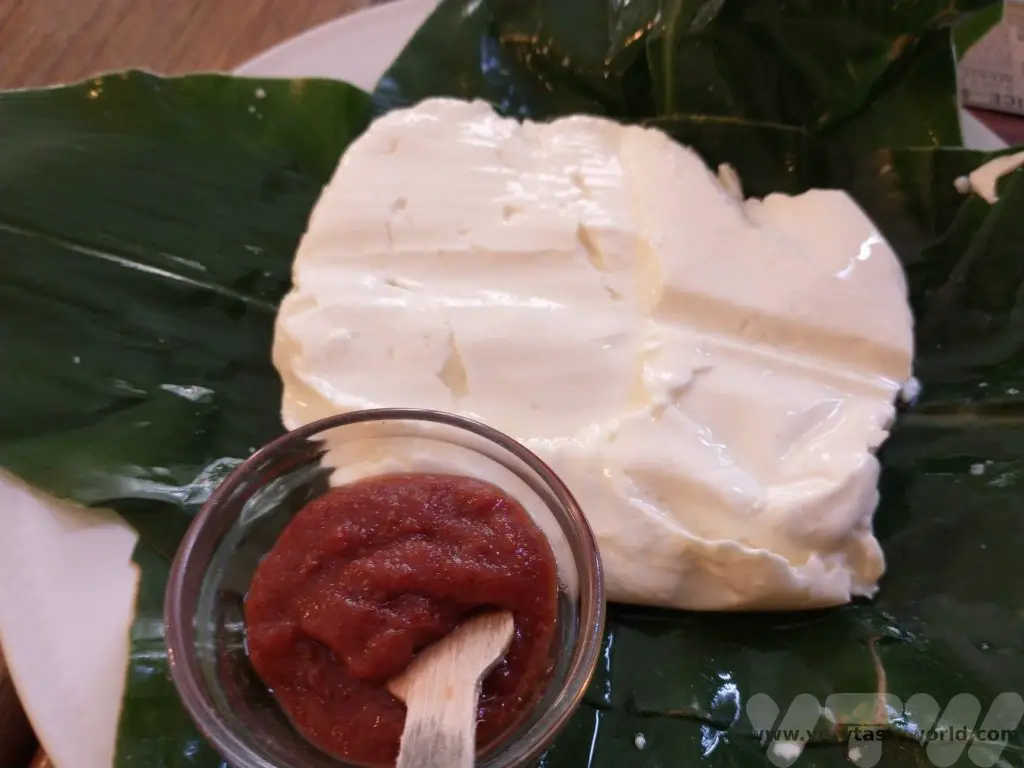
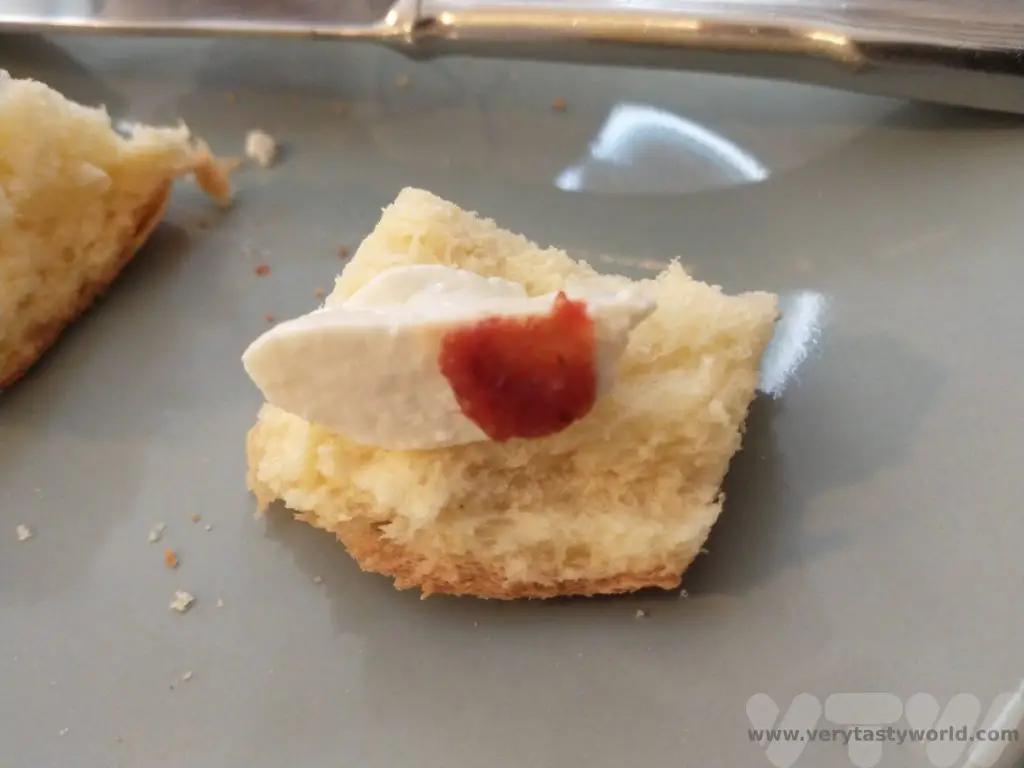
We shared a starter of black pudding and local pineapple which was an absolutely delicious combination of sweet and savoury flavours. The black pudding – a blood sausage – was one of the best we have eaten.
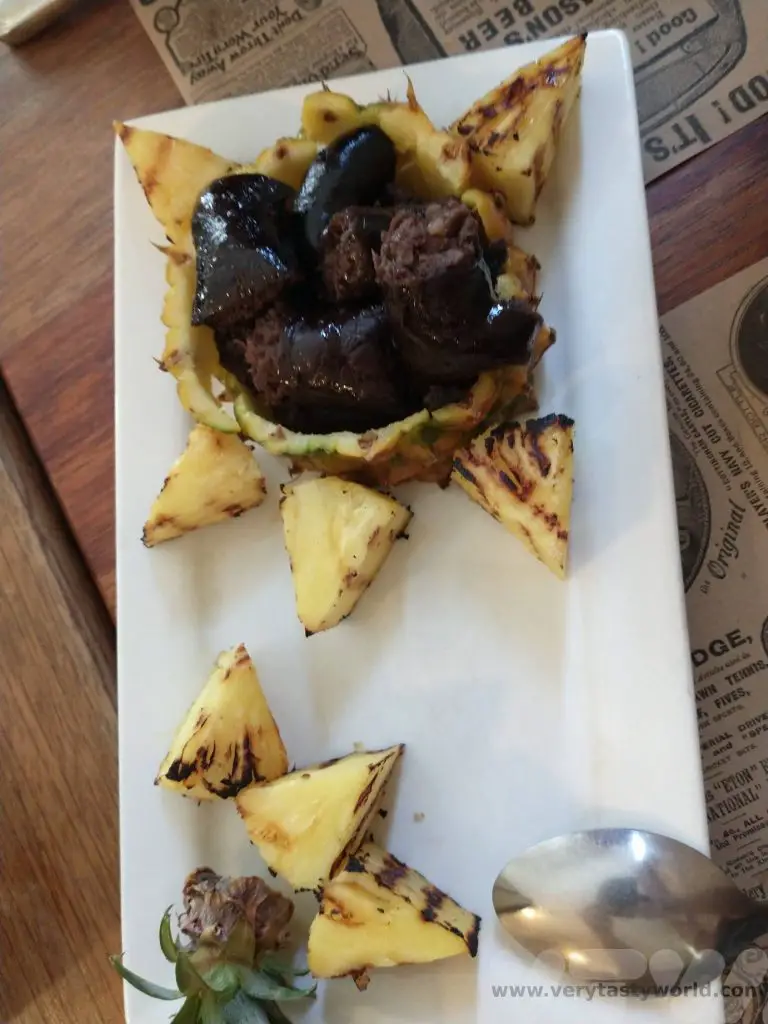
The Azoreans have a particular way of cooking steak. Bife steak with garlic and pimento and a fried egg.
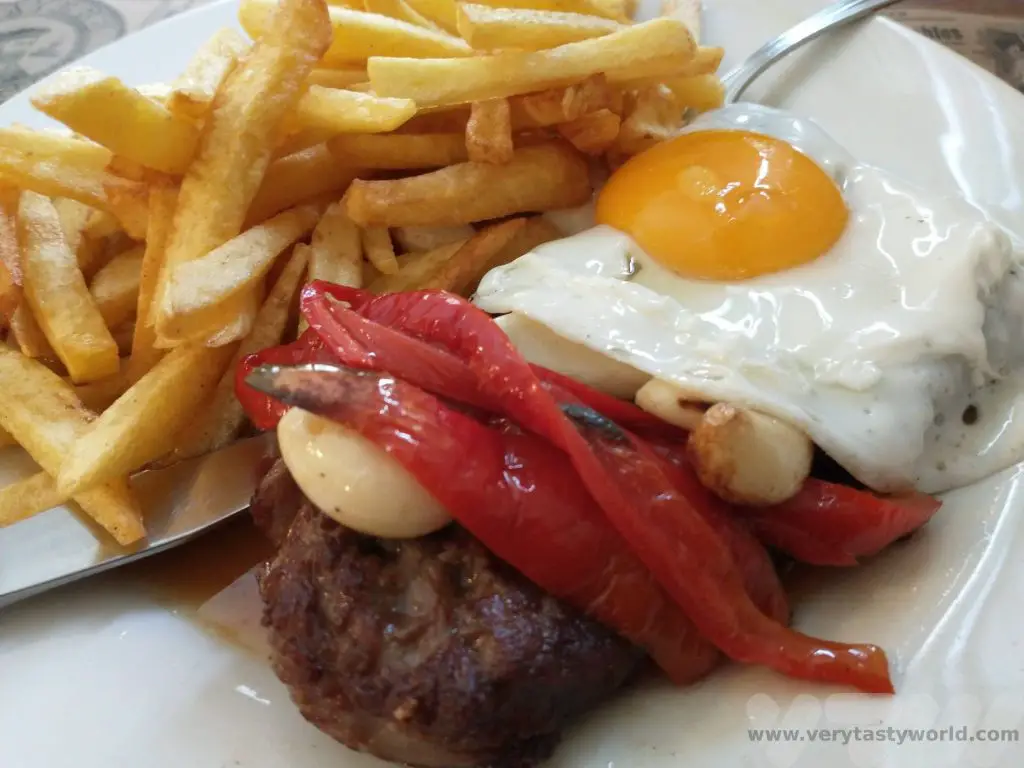
Bacalhau is not specifically Azorean but is a hugely well known Portuguese dish. It comprises salt cod, cooked with eggs and olives and served on fries.

Michel, Rua Engº José Cordeiro Antiga da Calheta
We tried Azorean limpets and local shrimp to start with. Limpets are shellfish that are incredibly common all over Europe and, although we knew they were edible, had never seen them on a menu before. They have a tougher texture than a lot of shellfish but they were tasty.
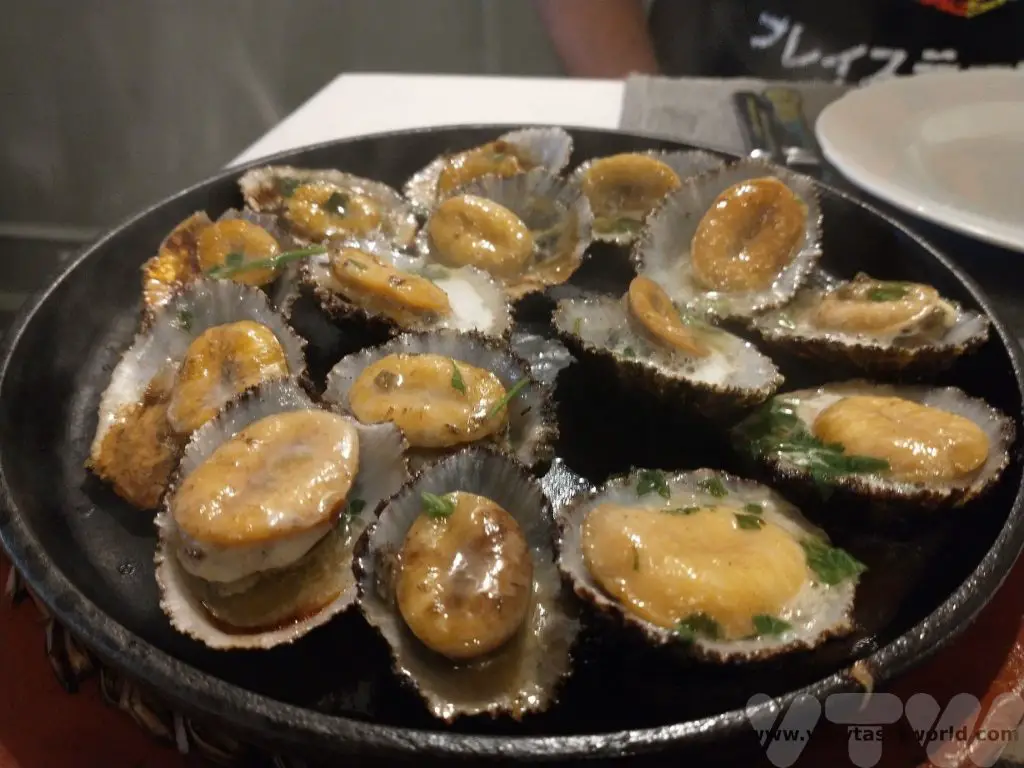
Pork and mashed yam (the elephant ears) and vegetables was utterly delicious.

As was the oven roast lamb.



